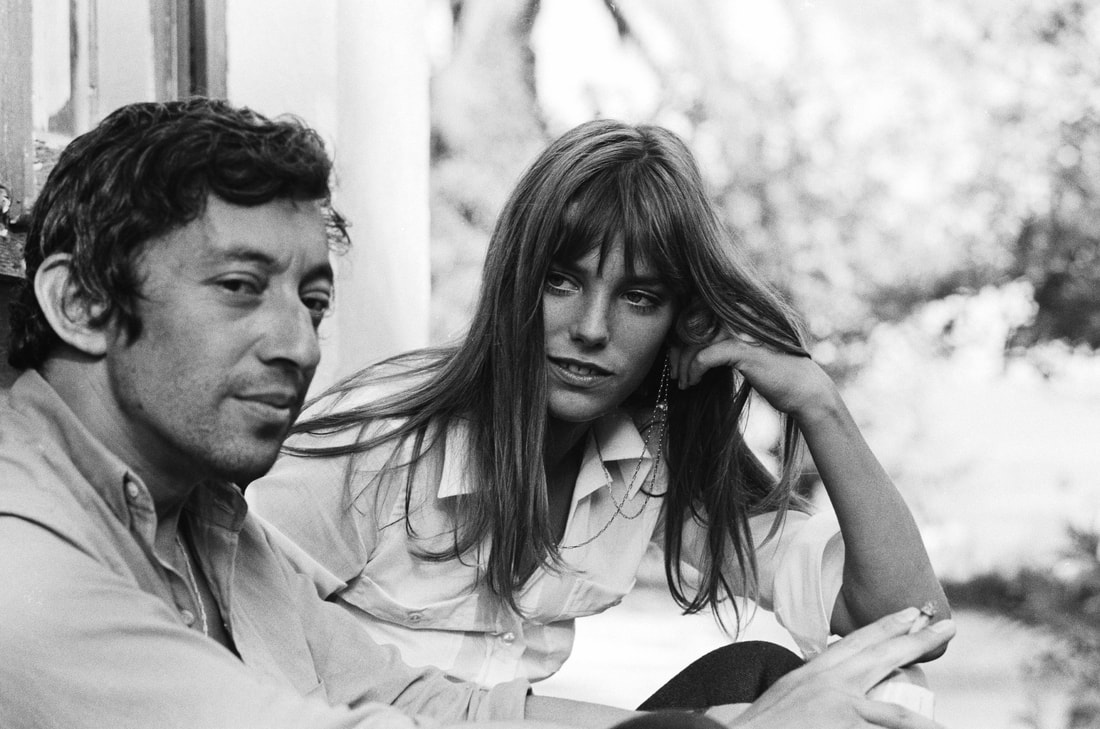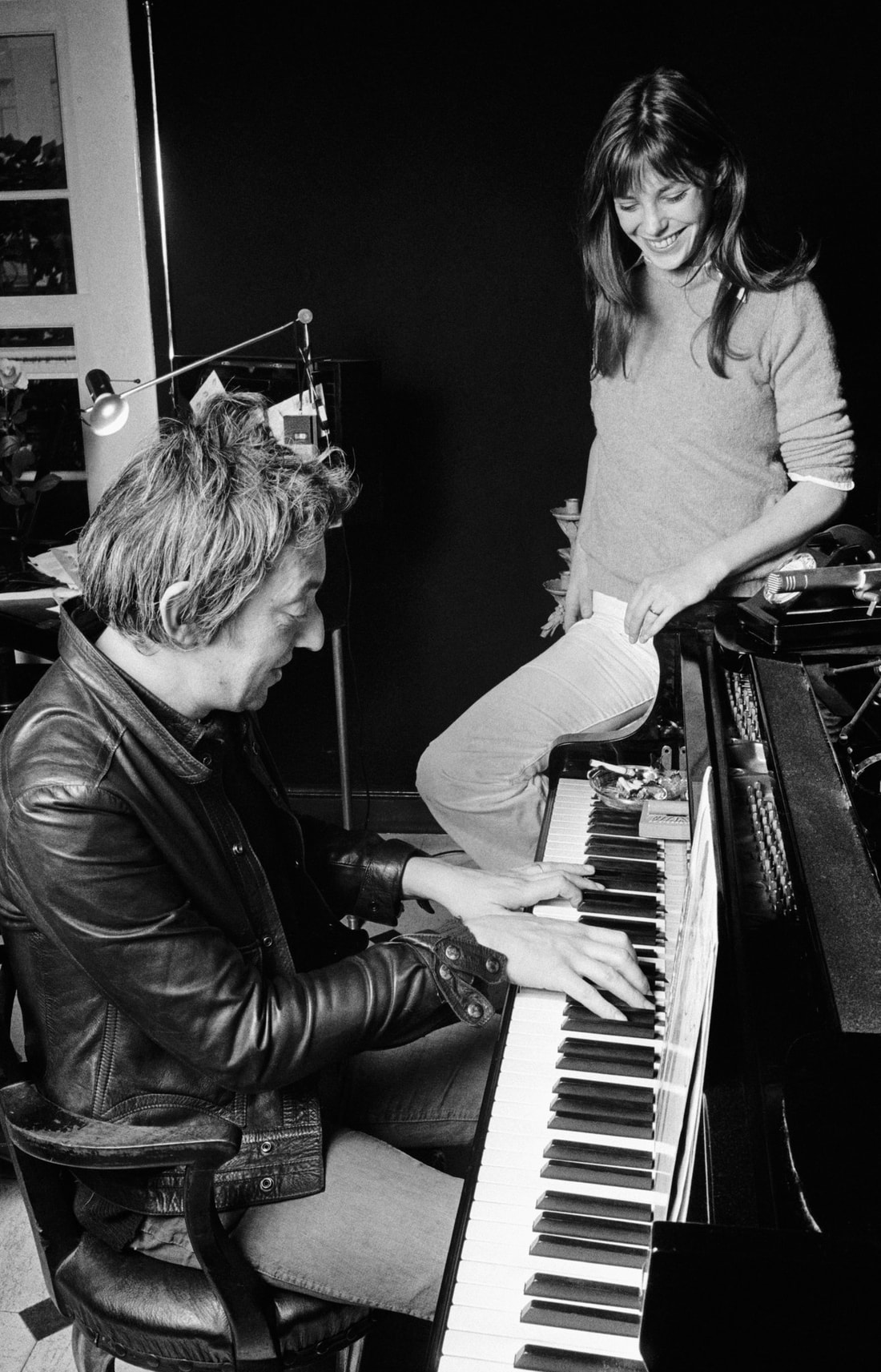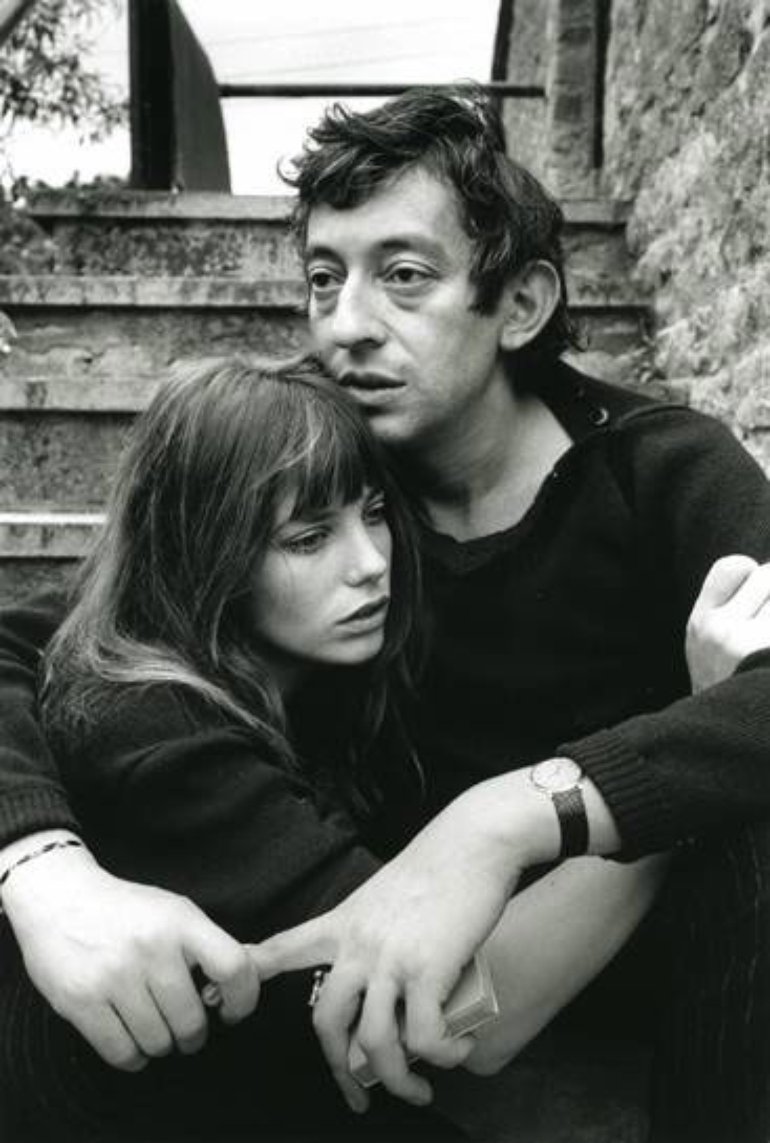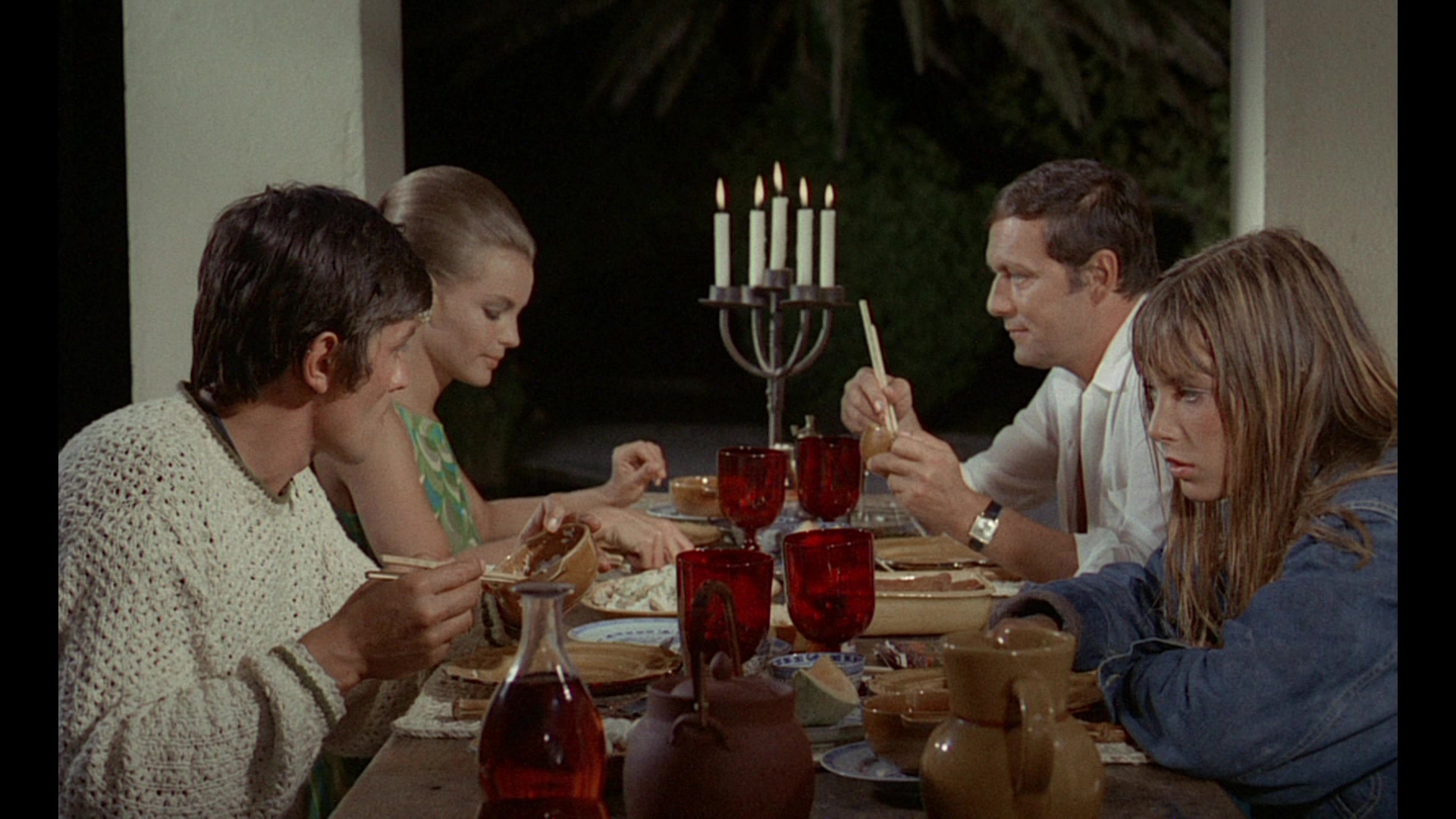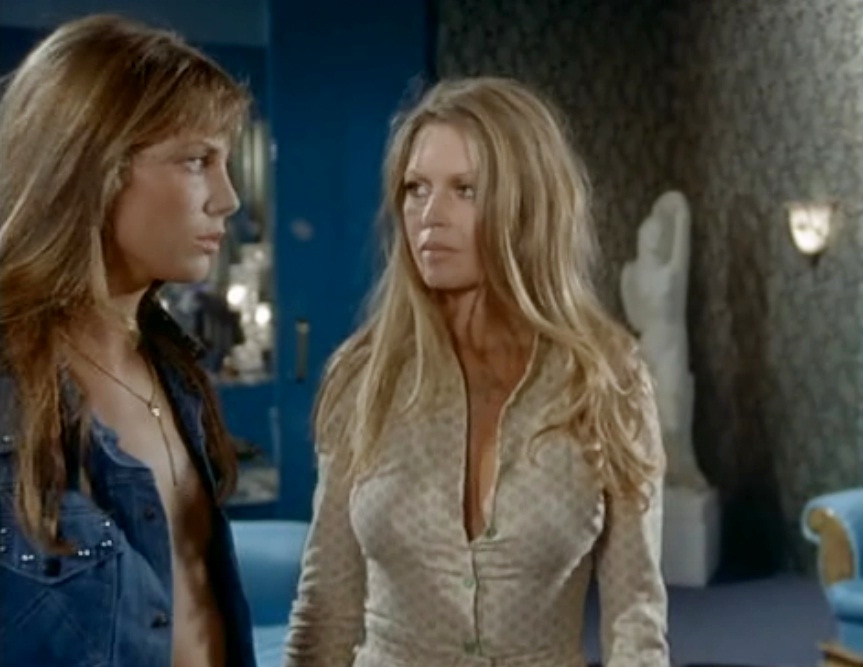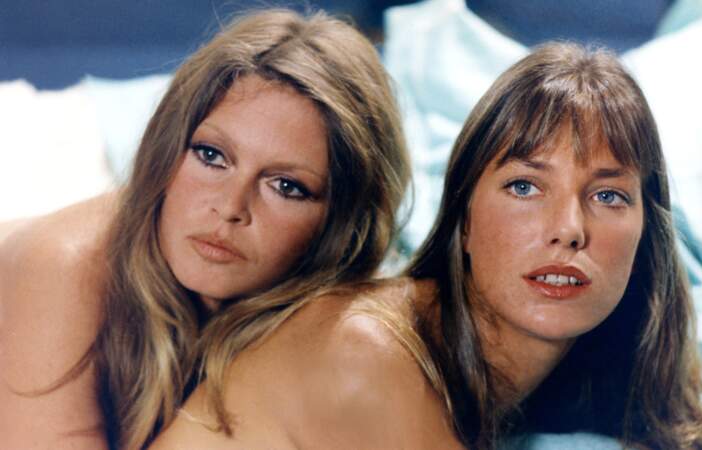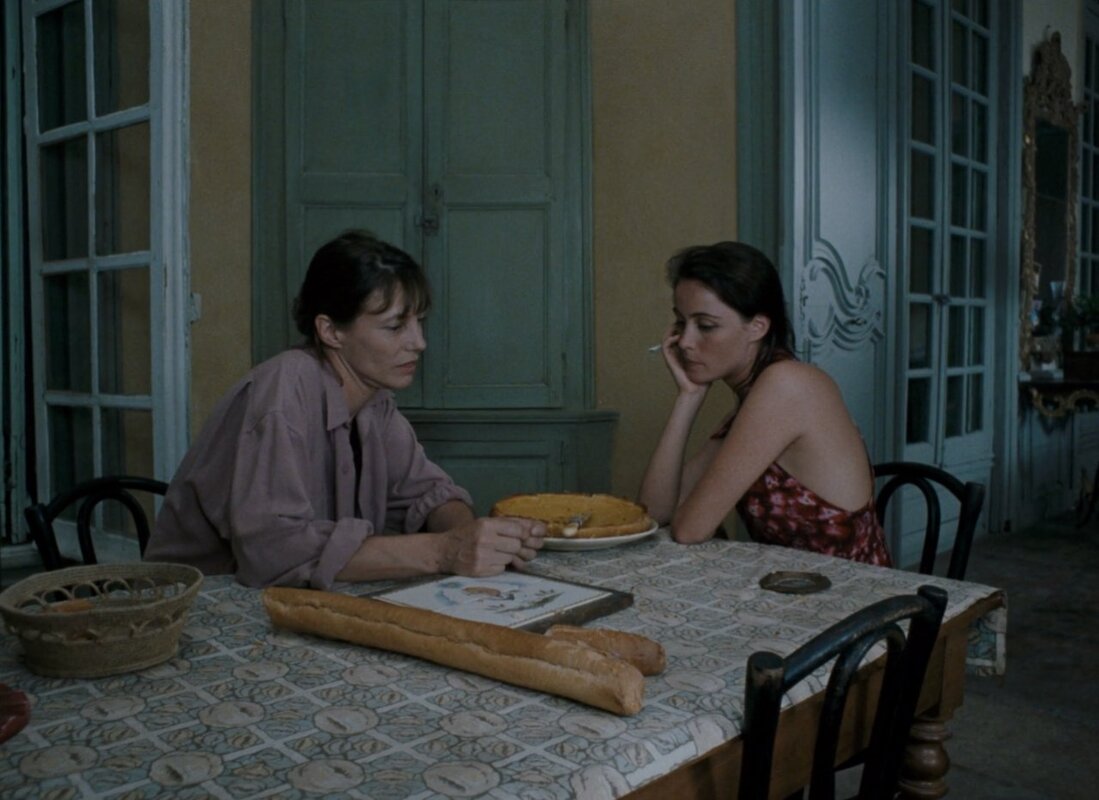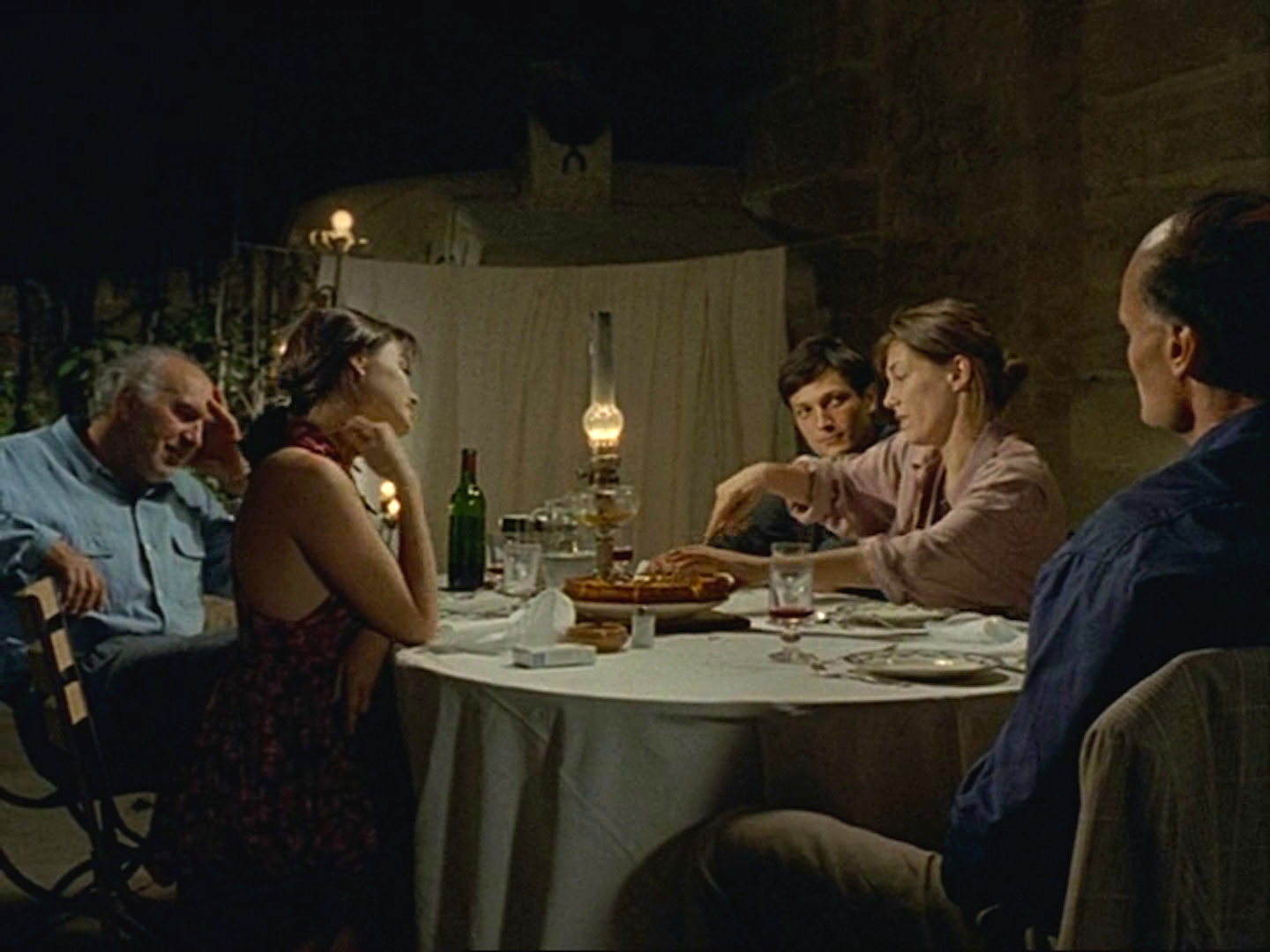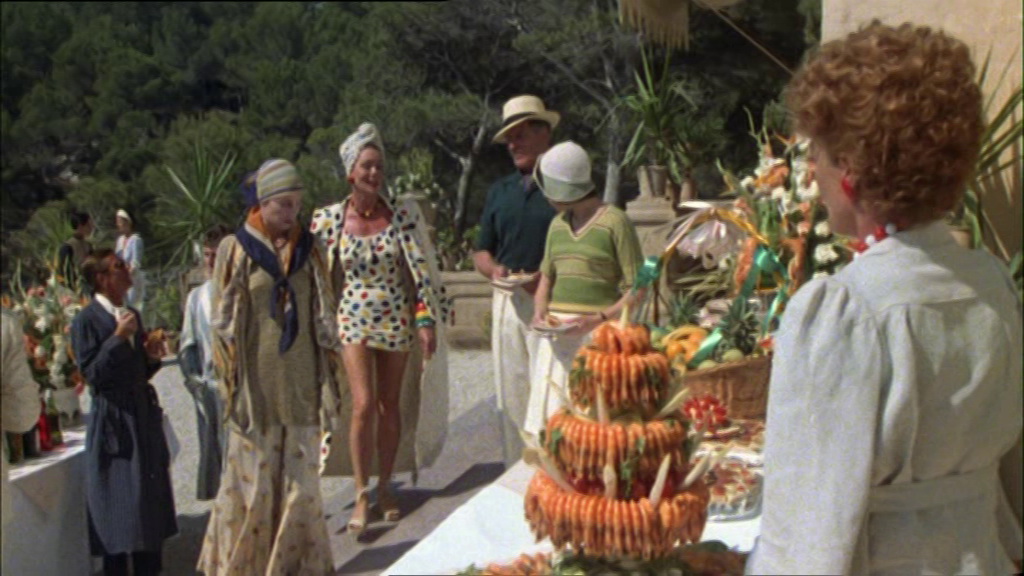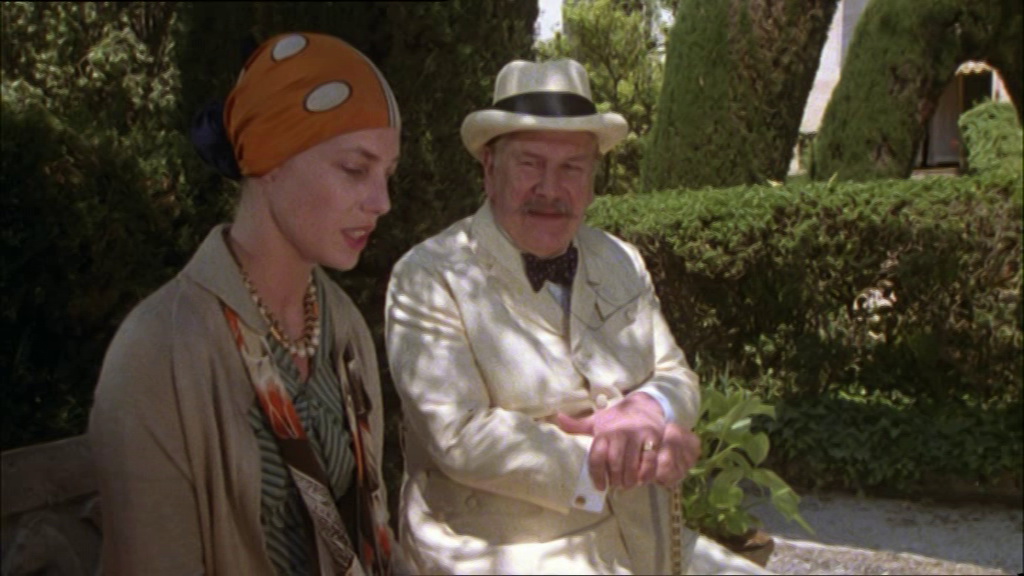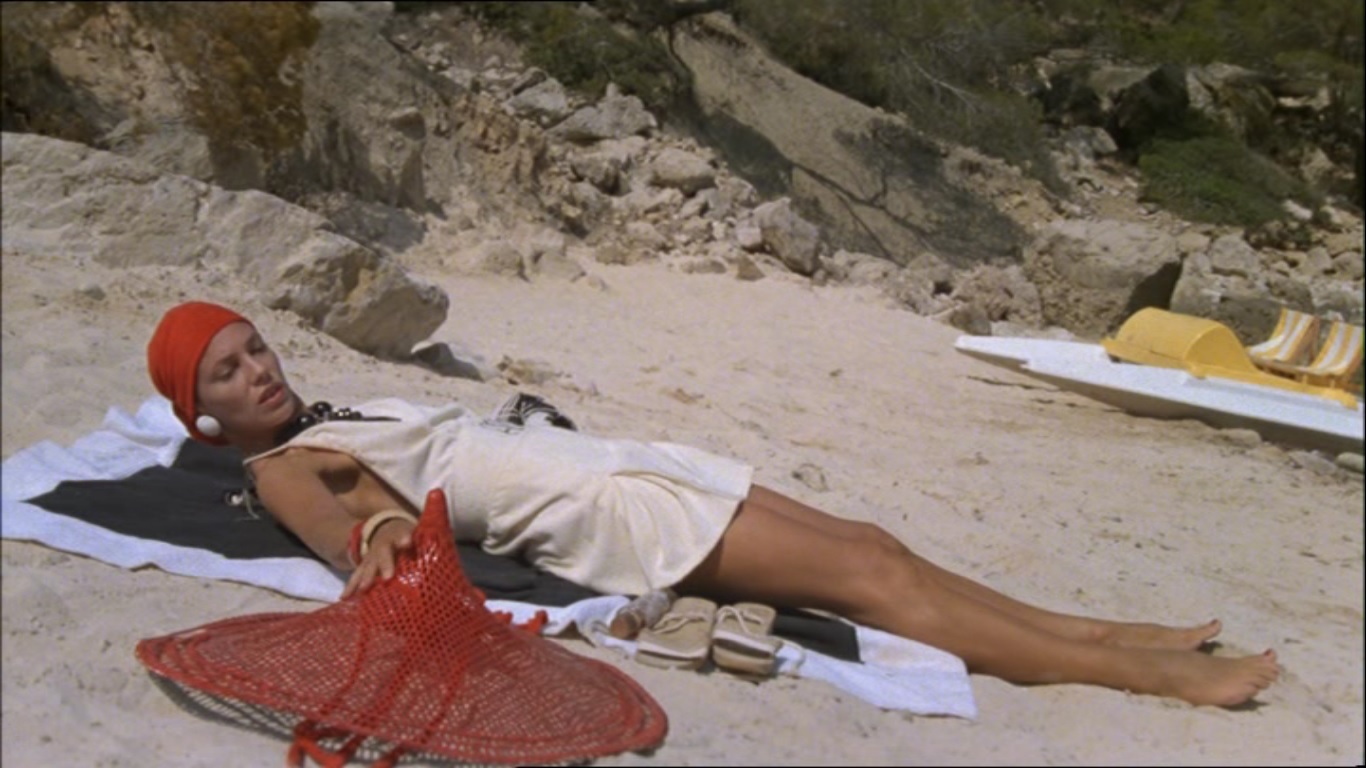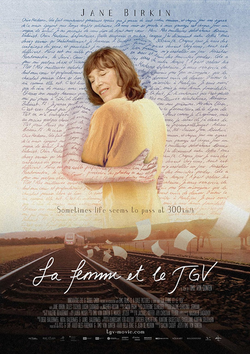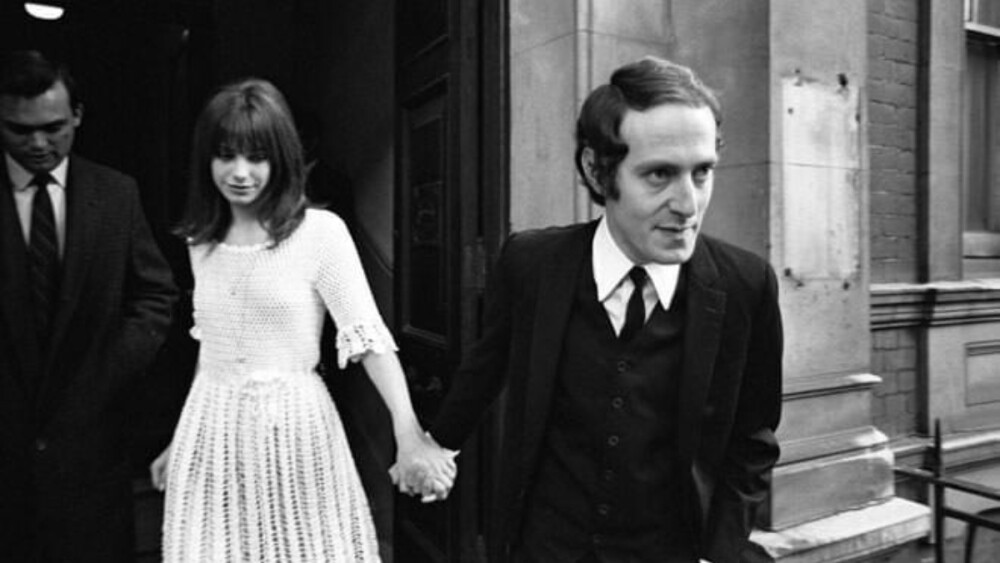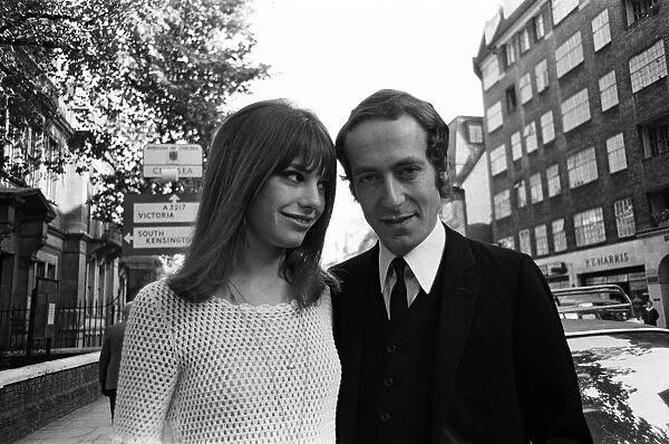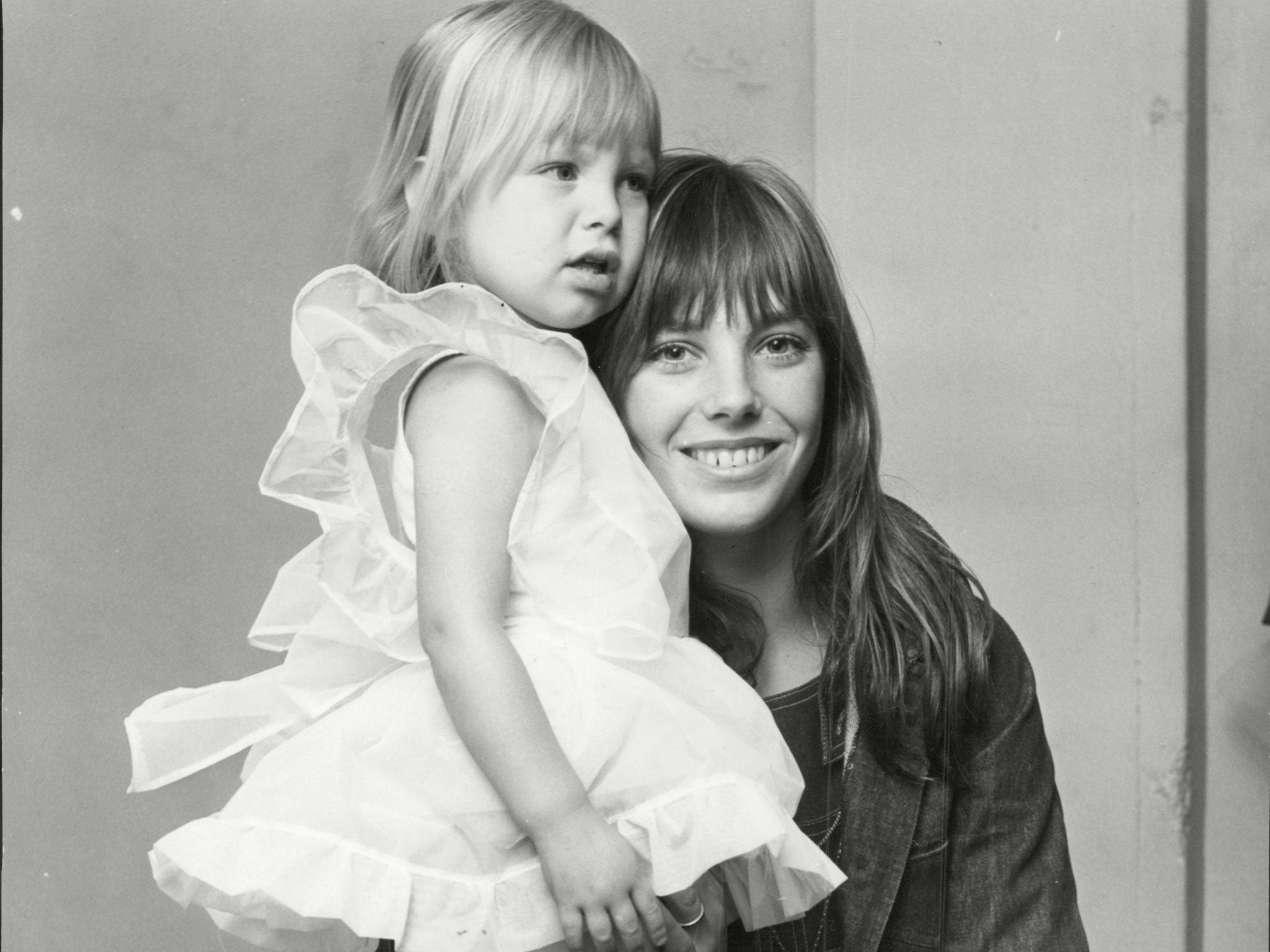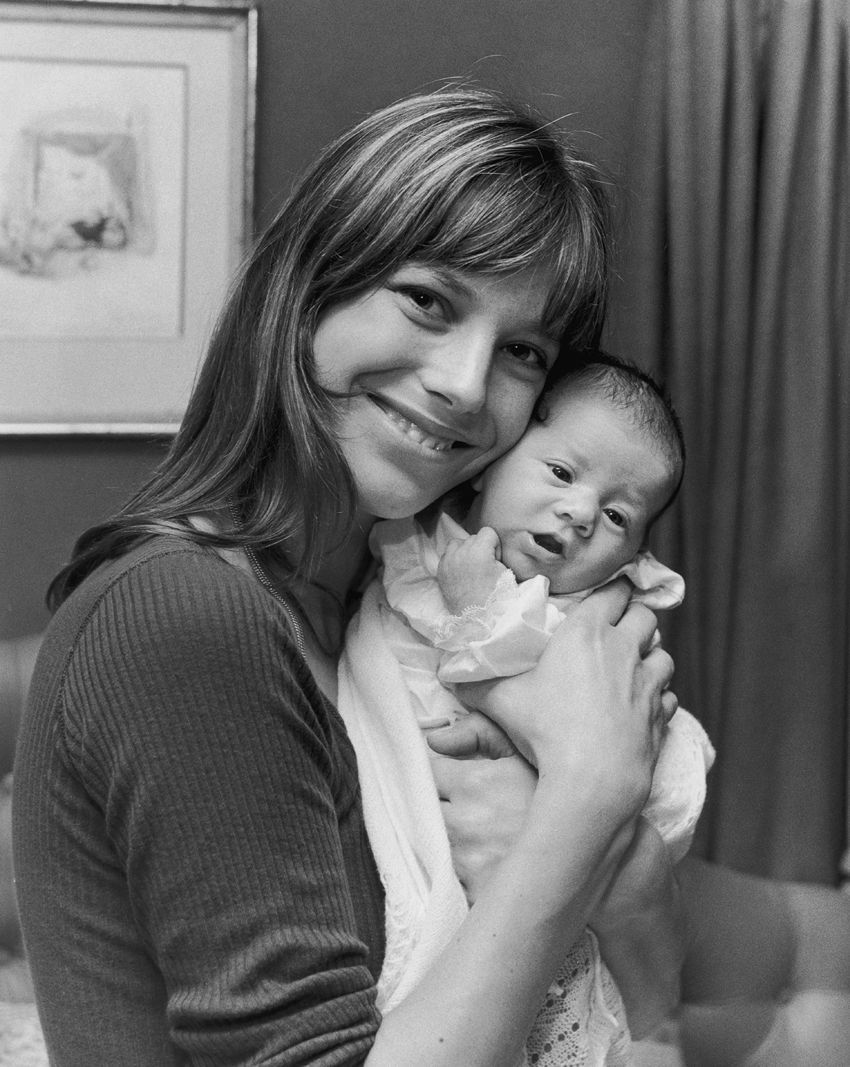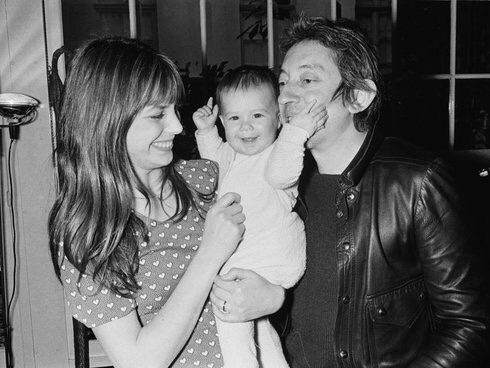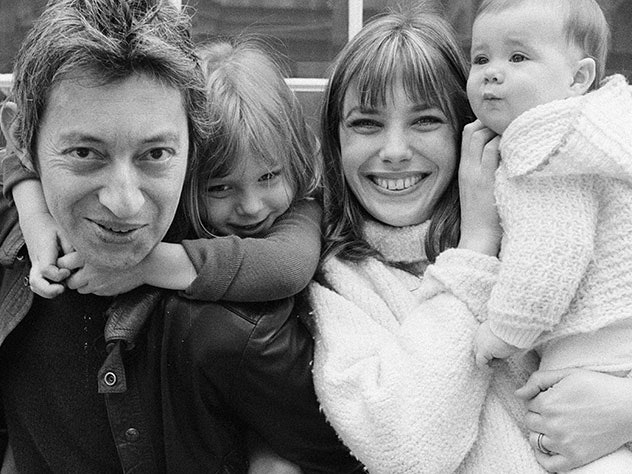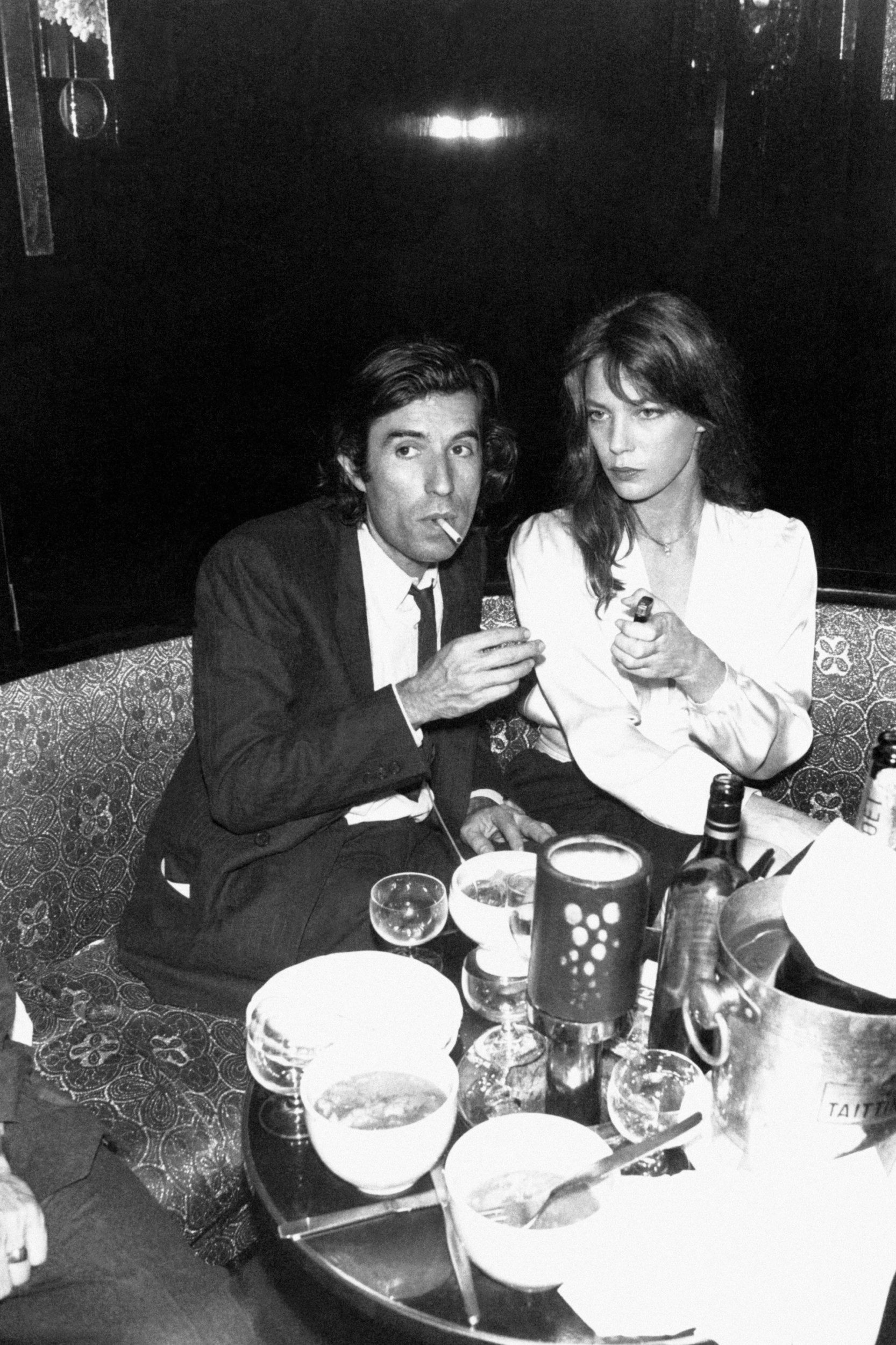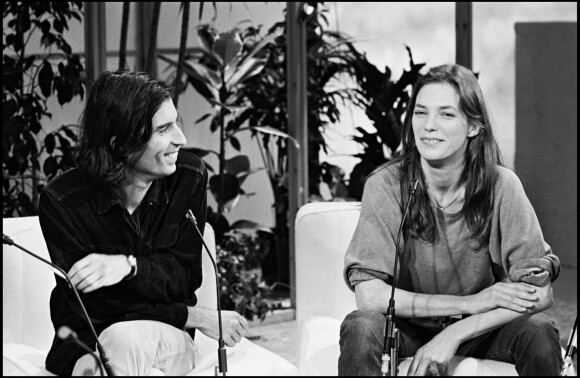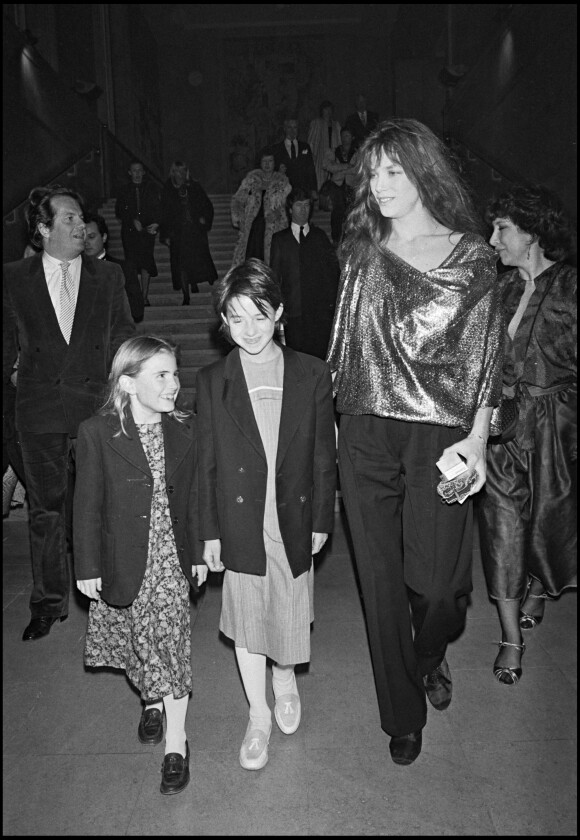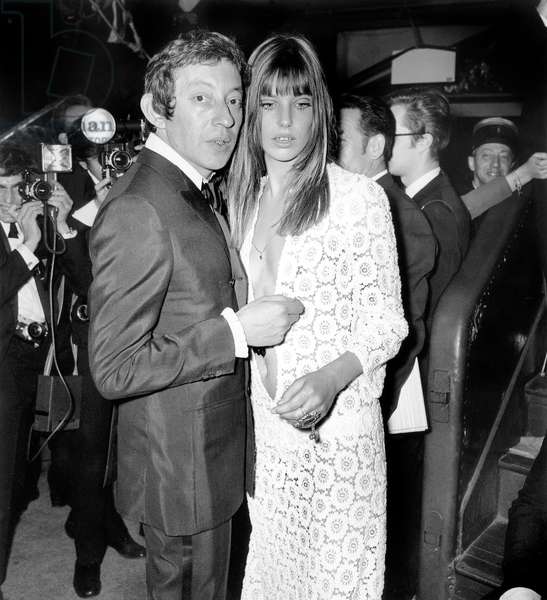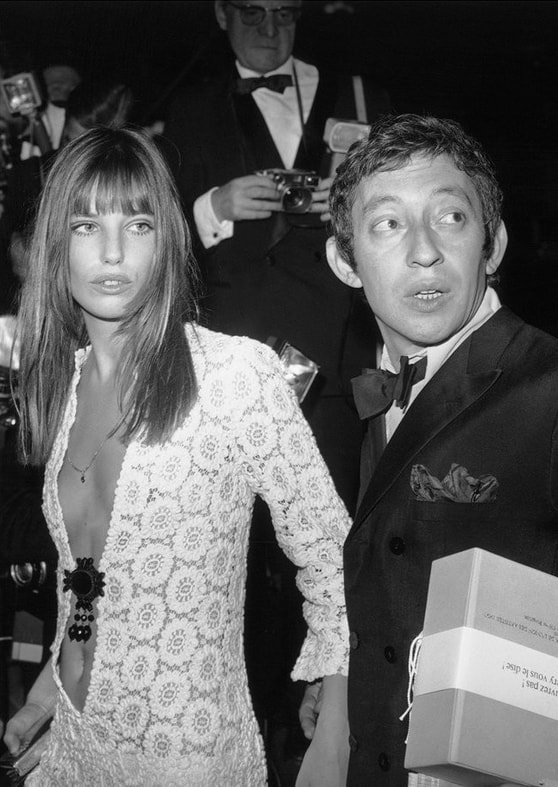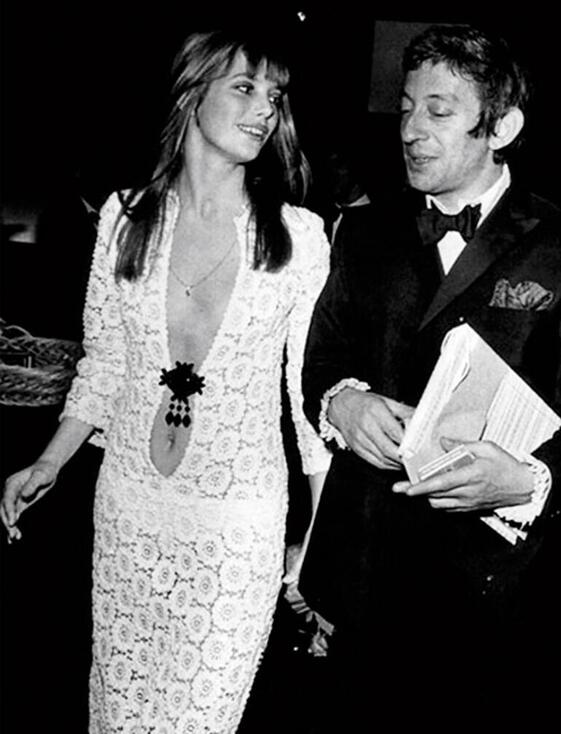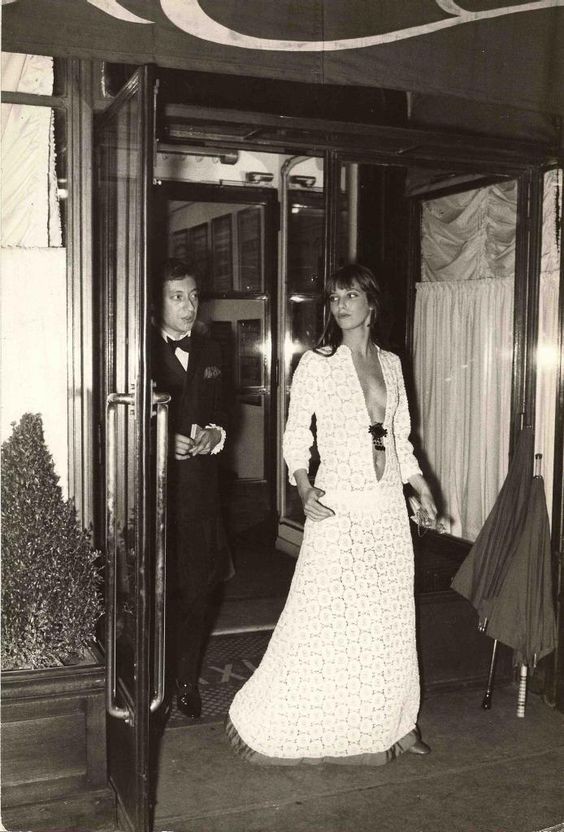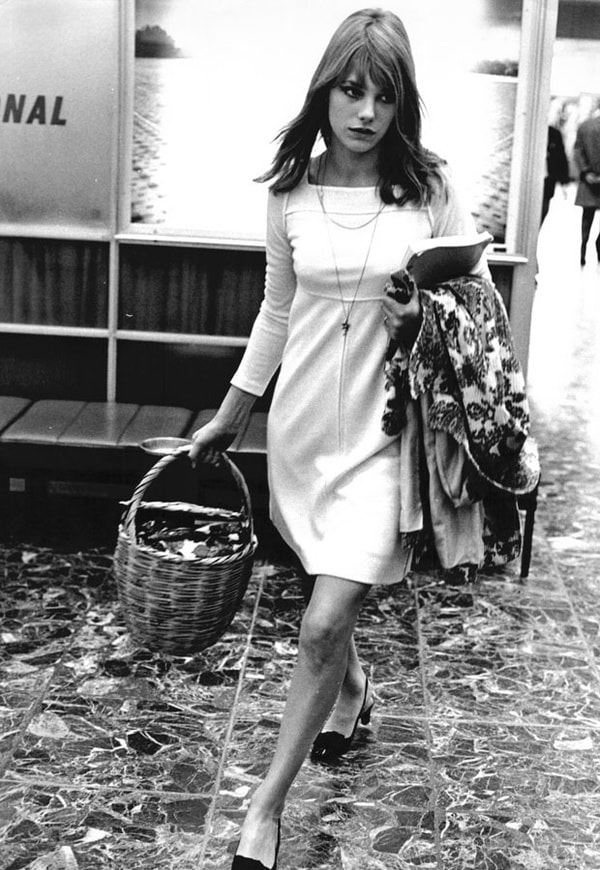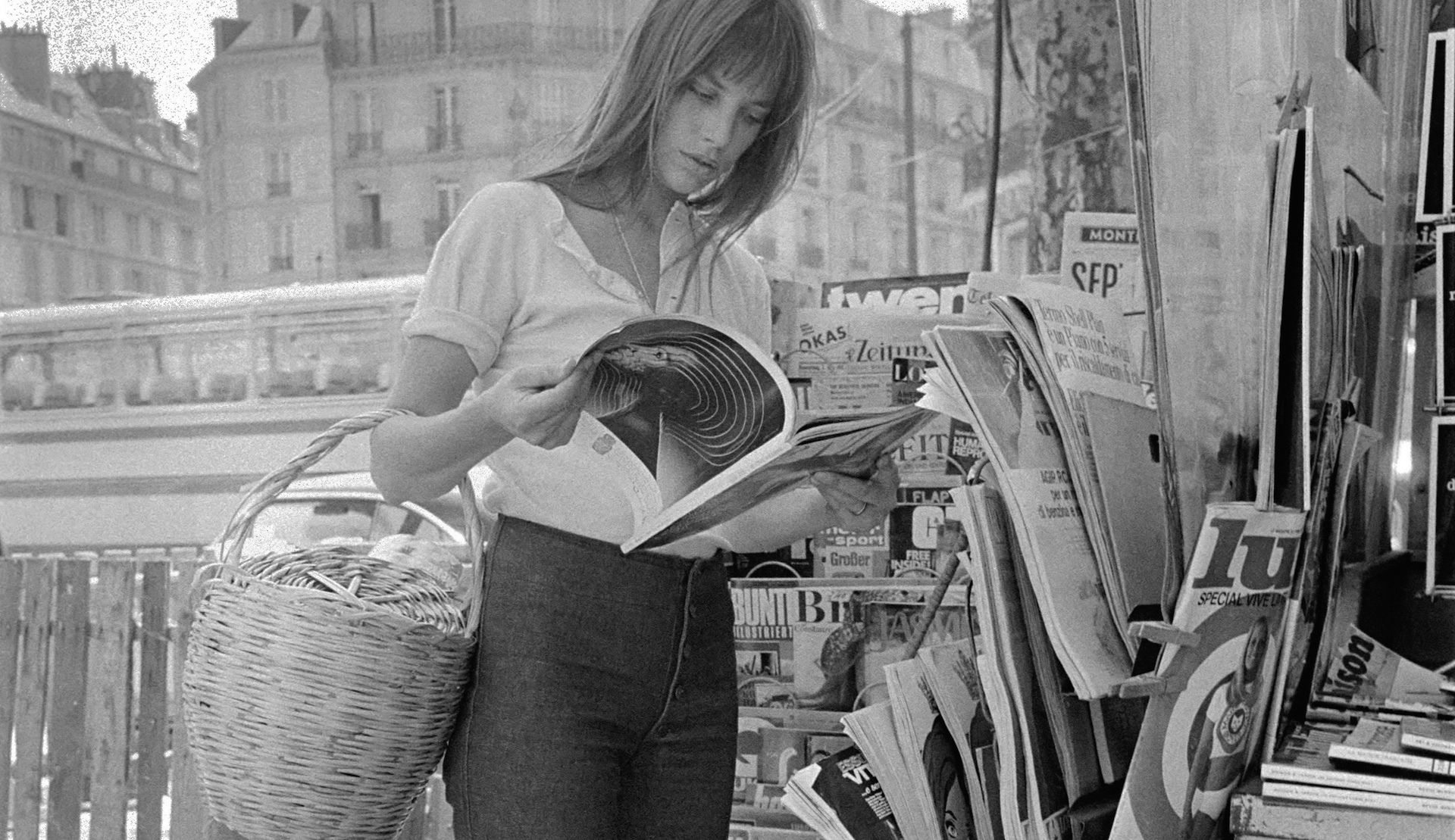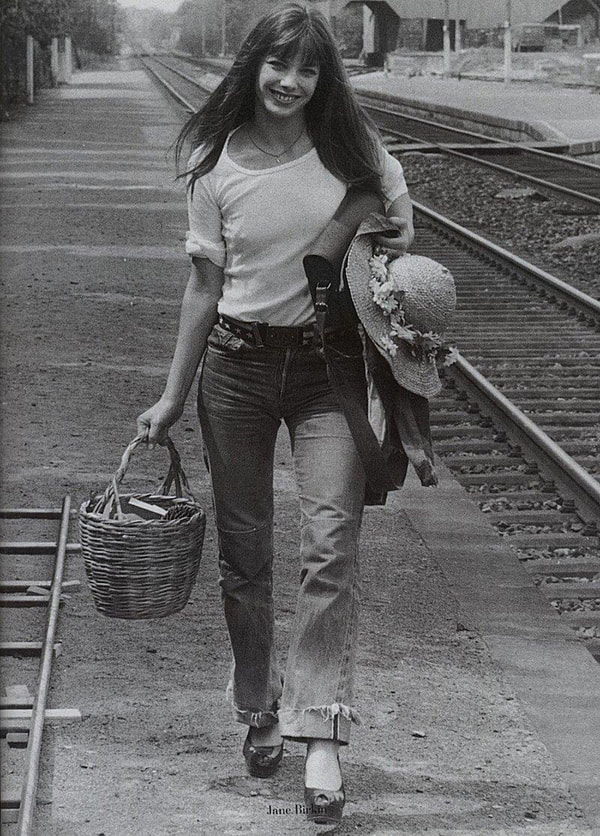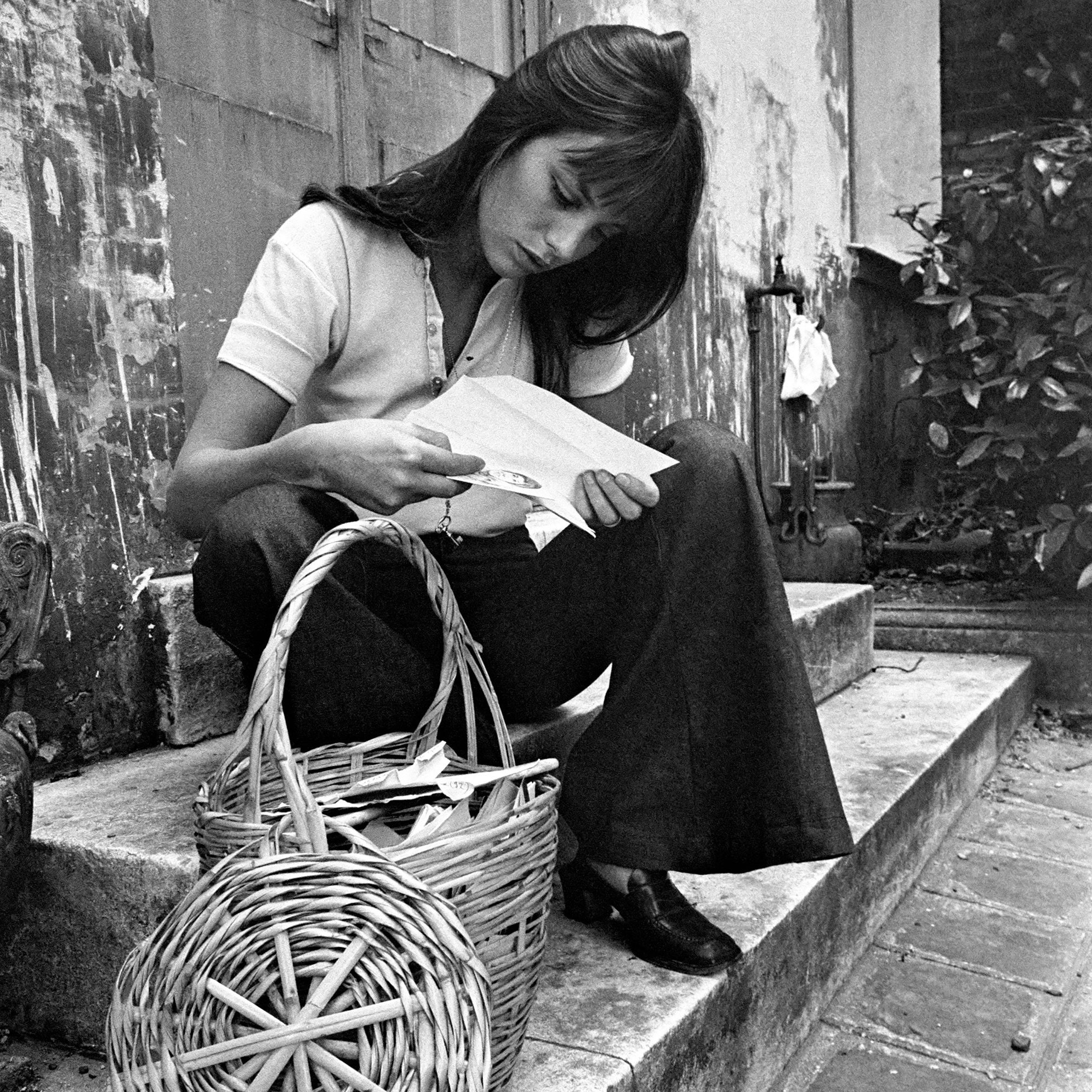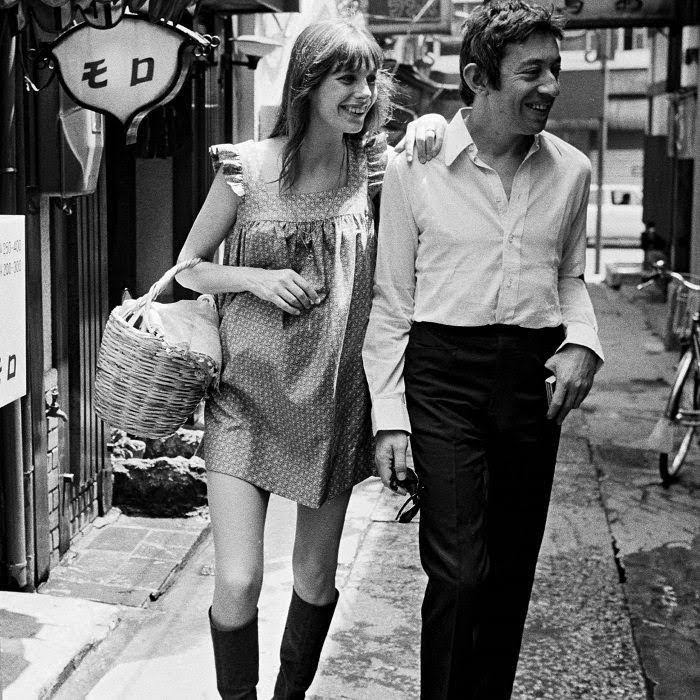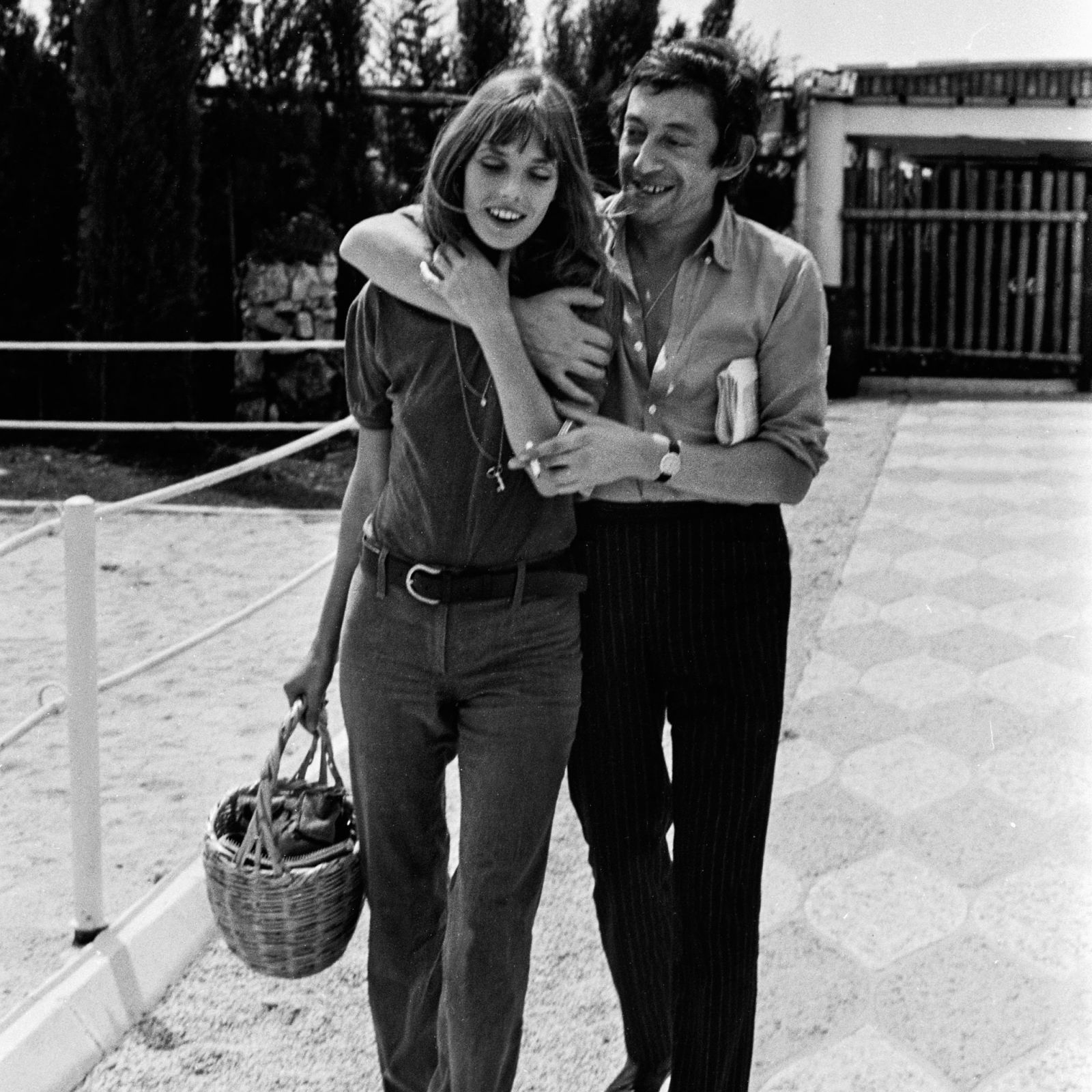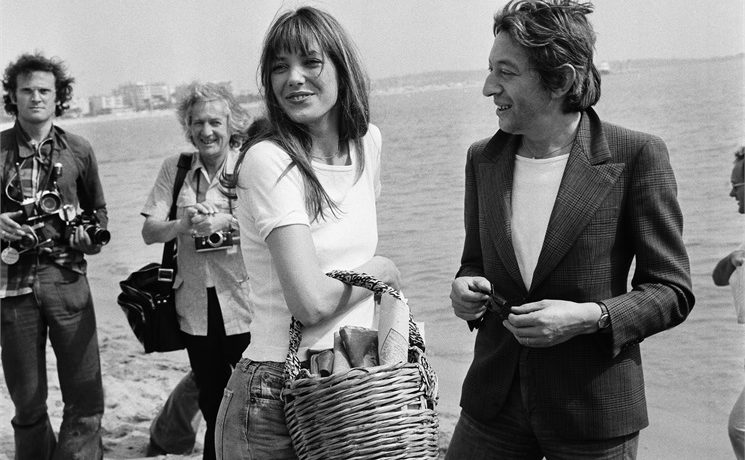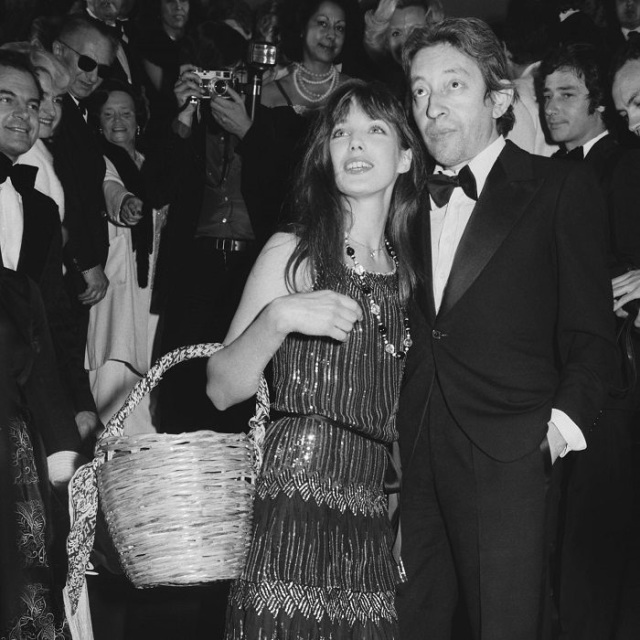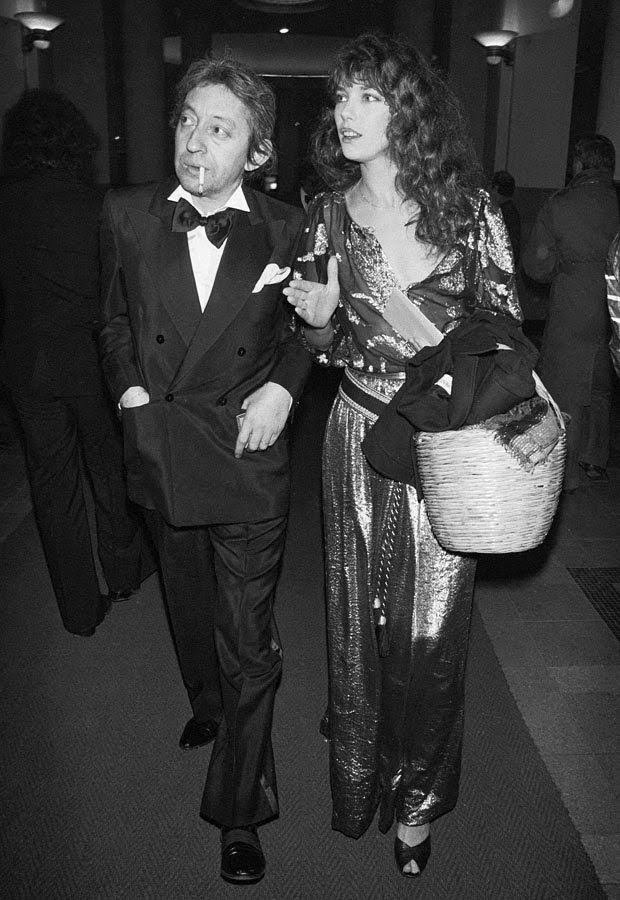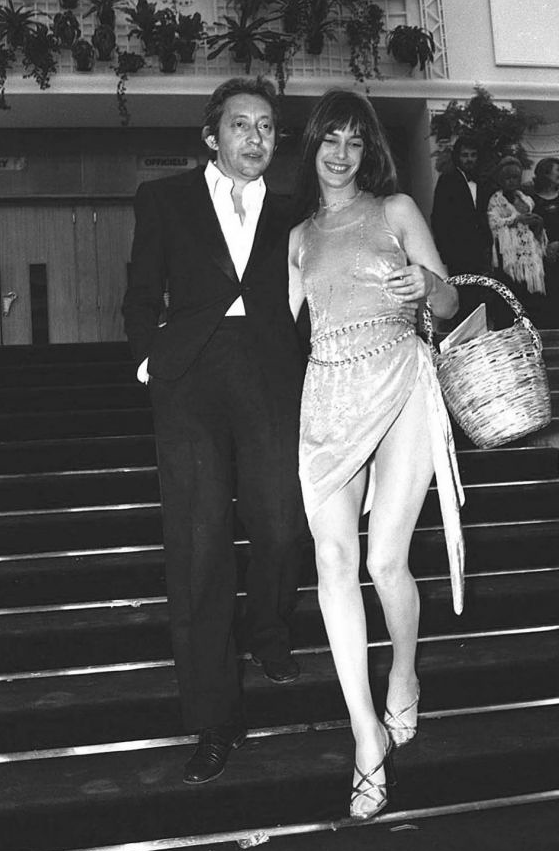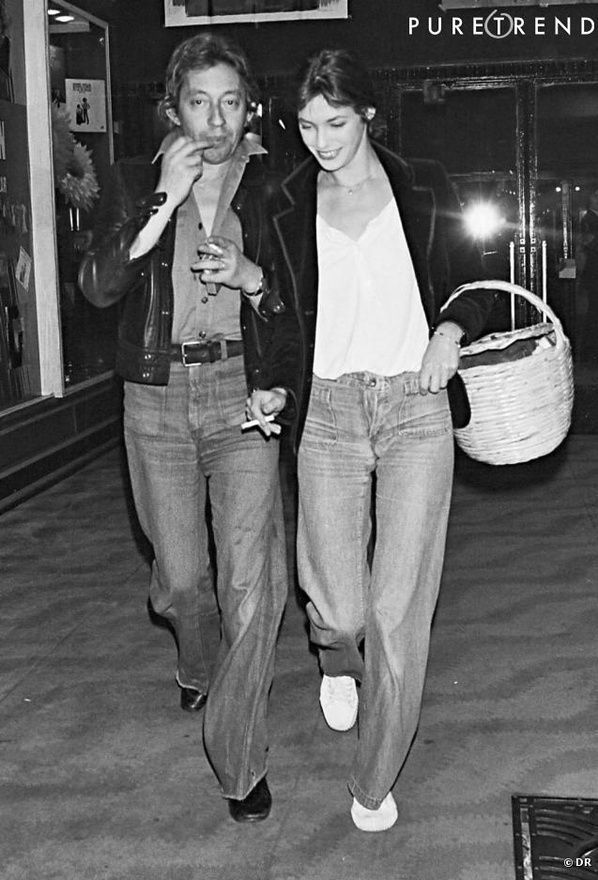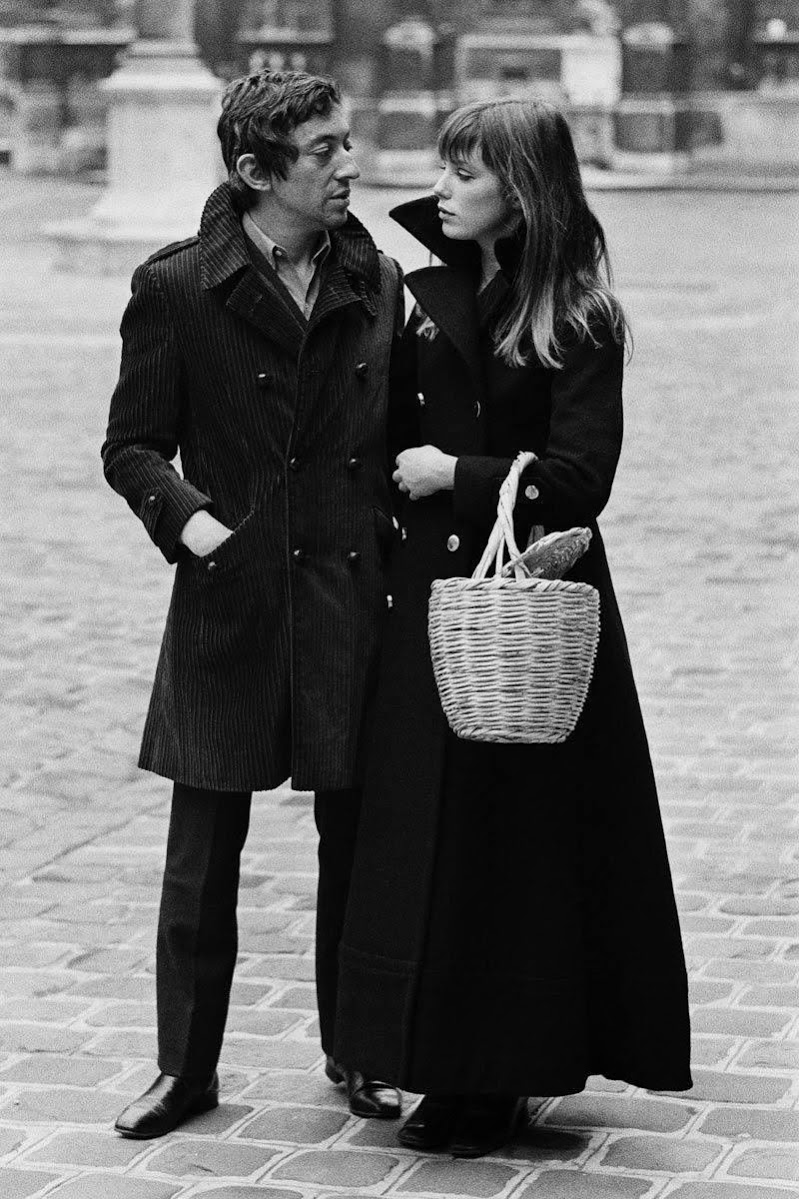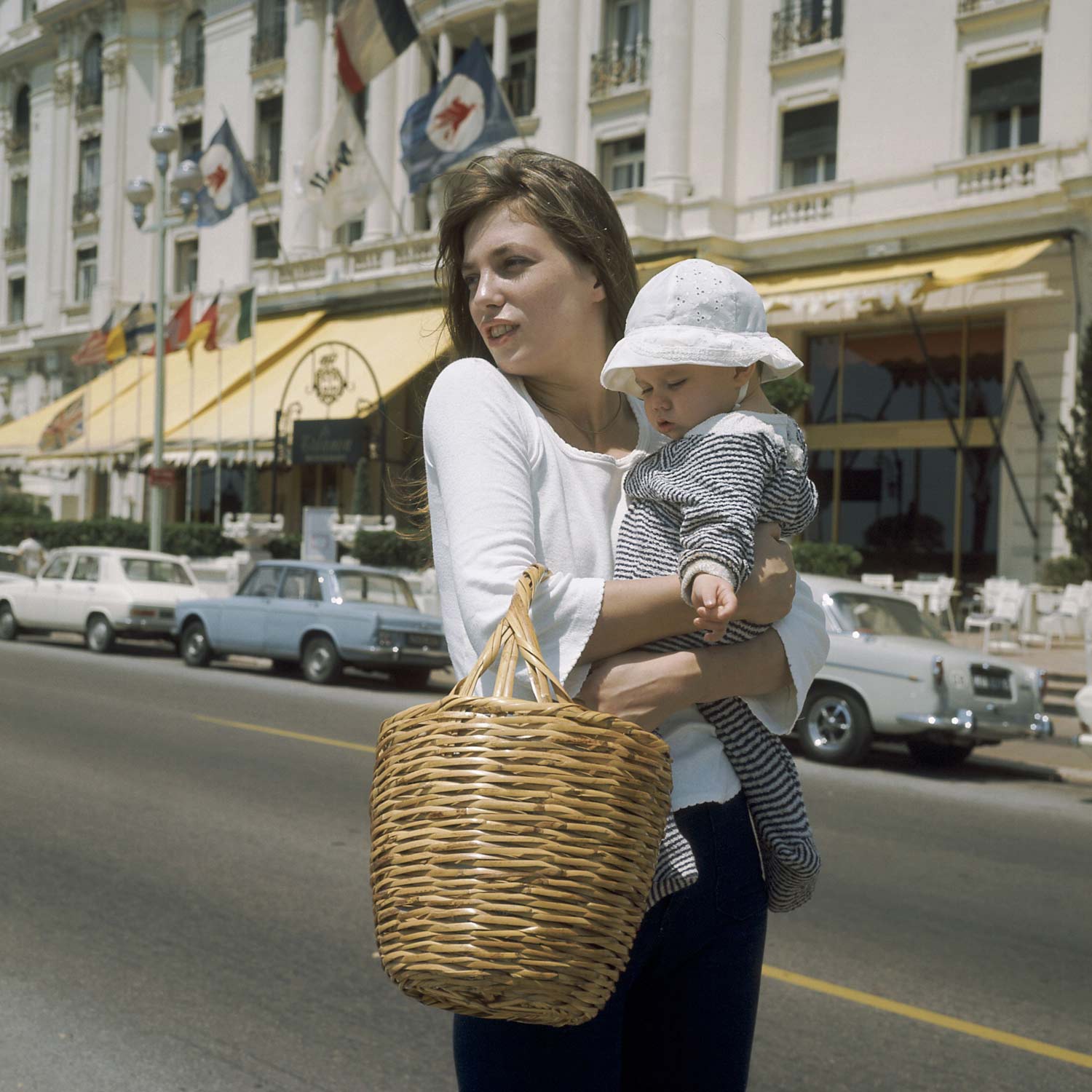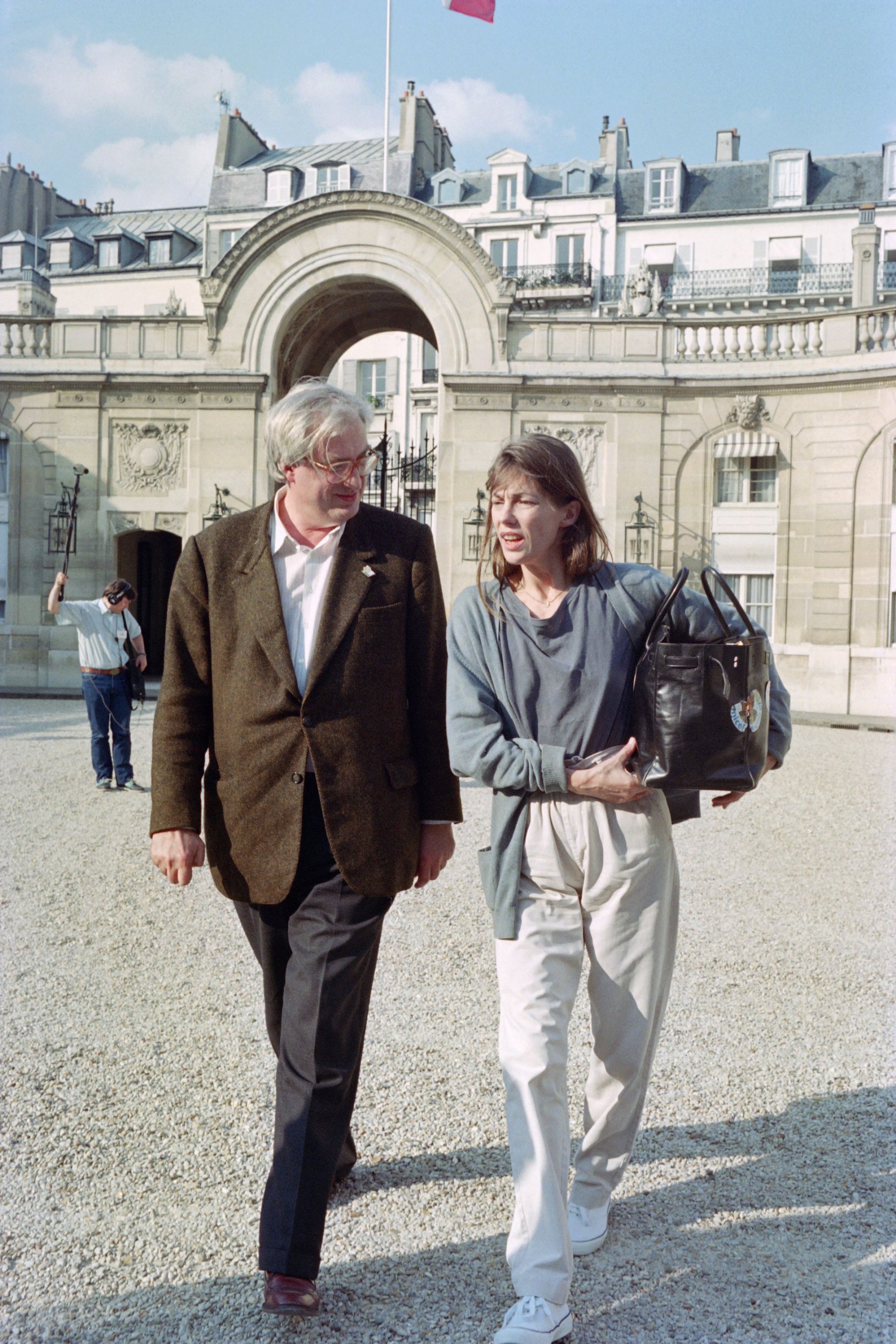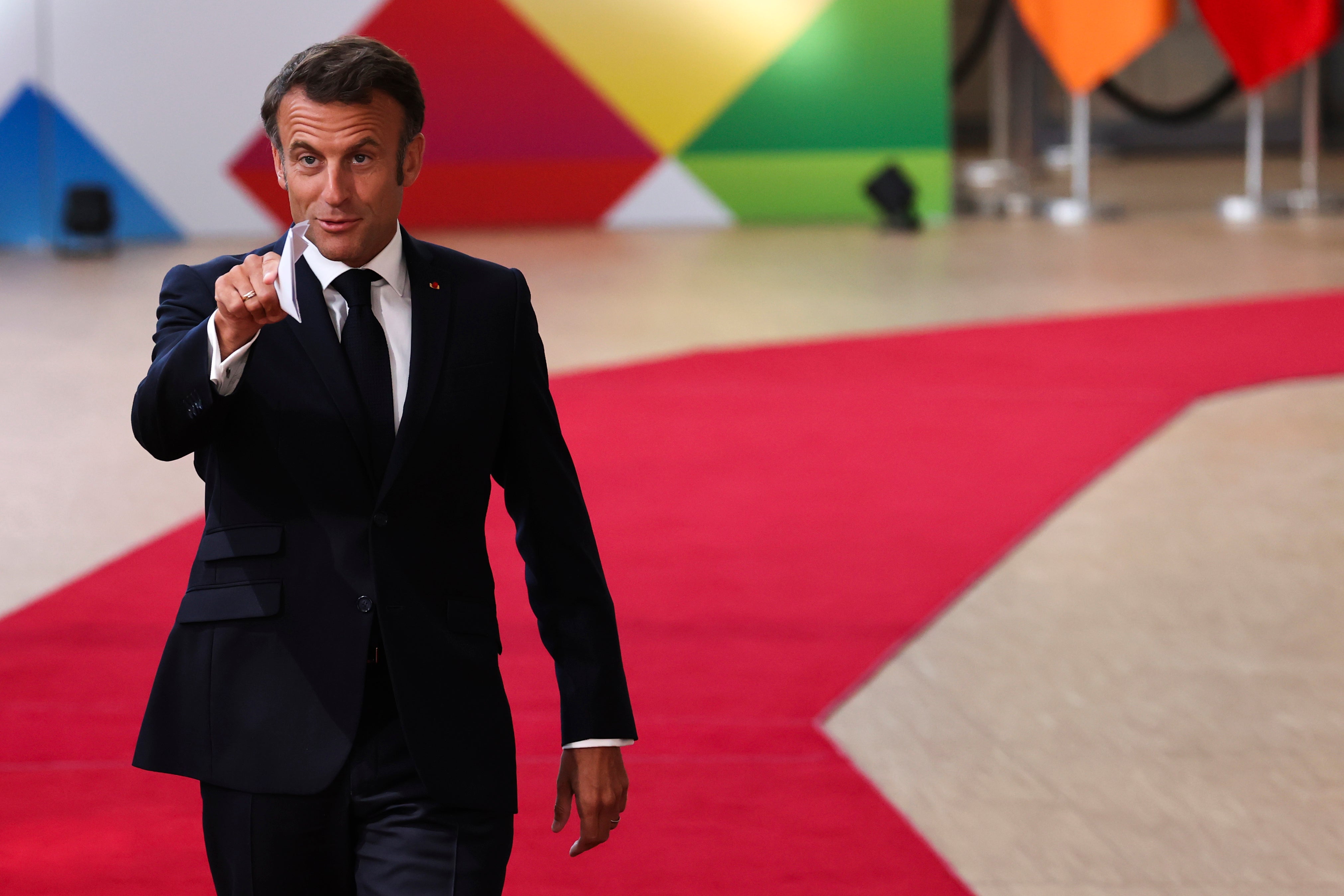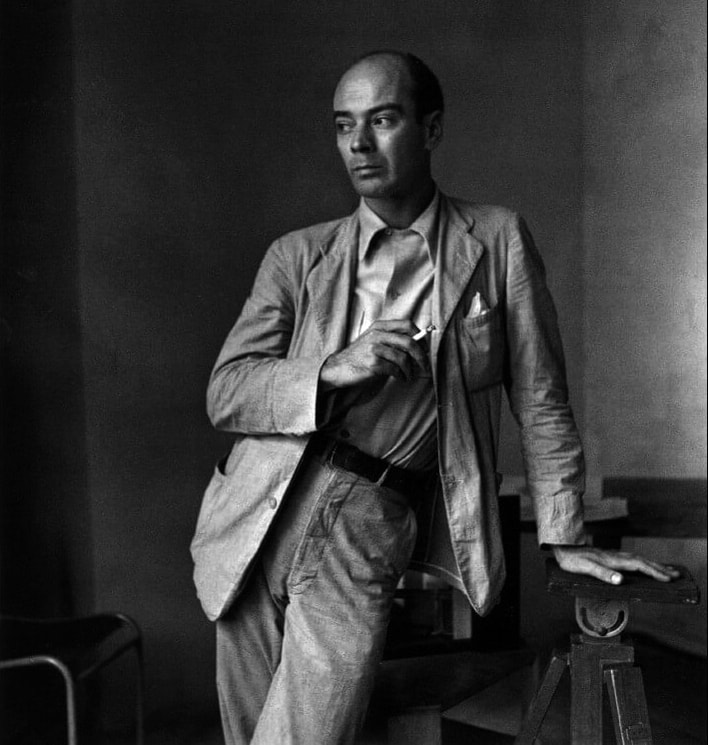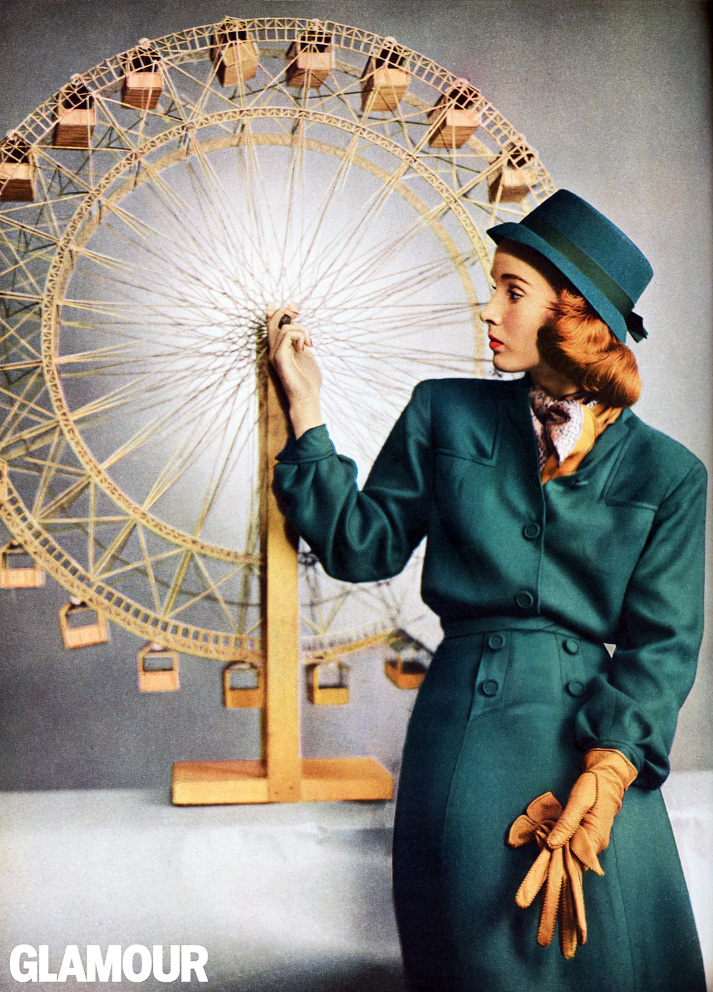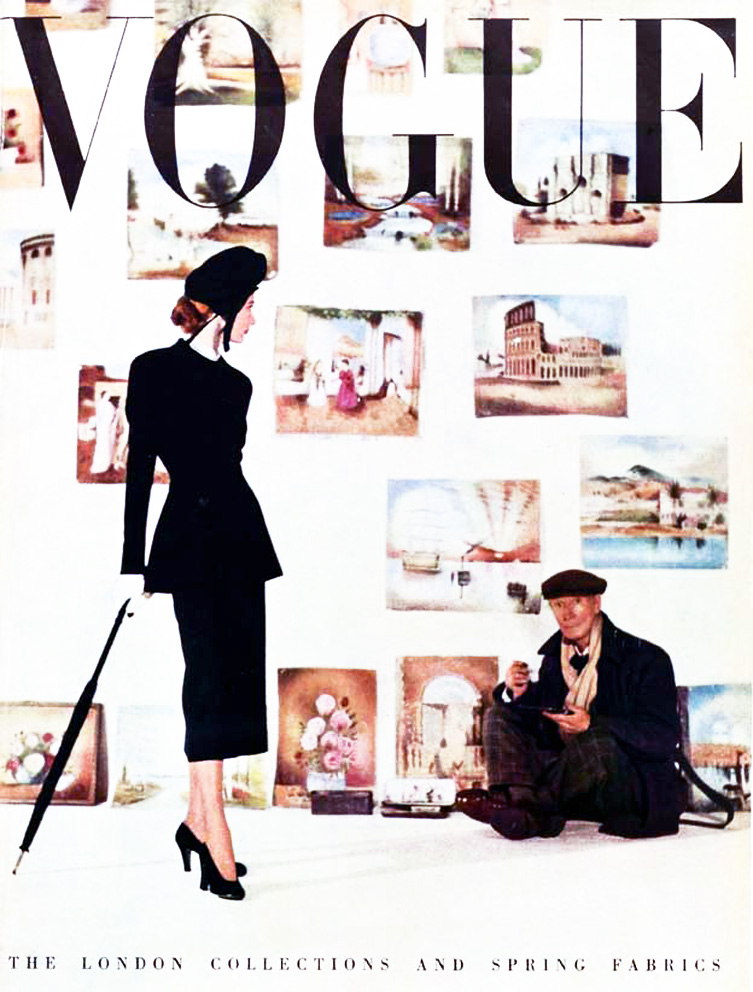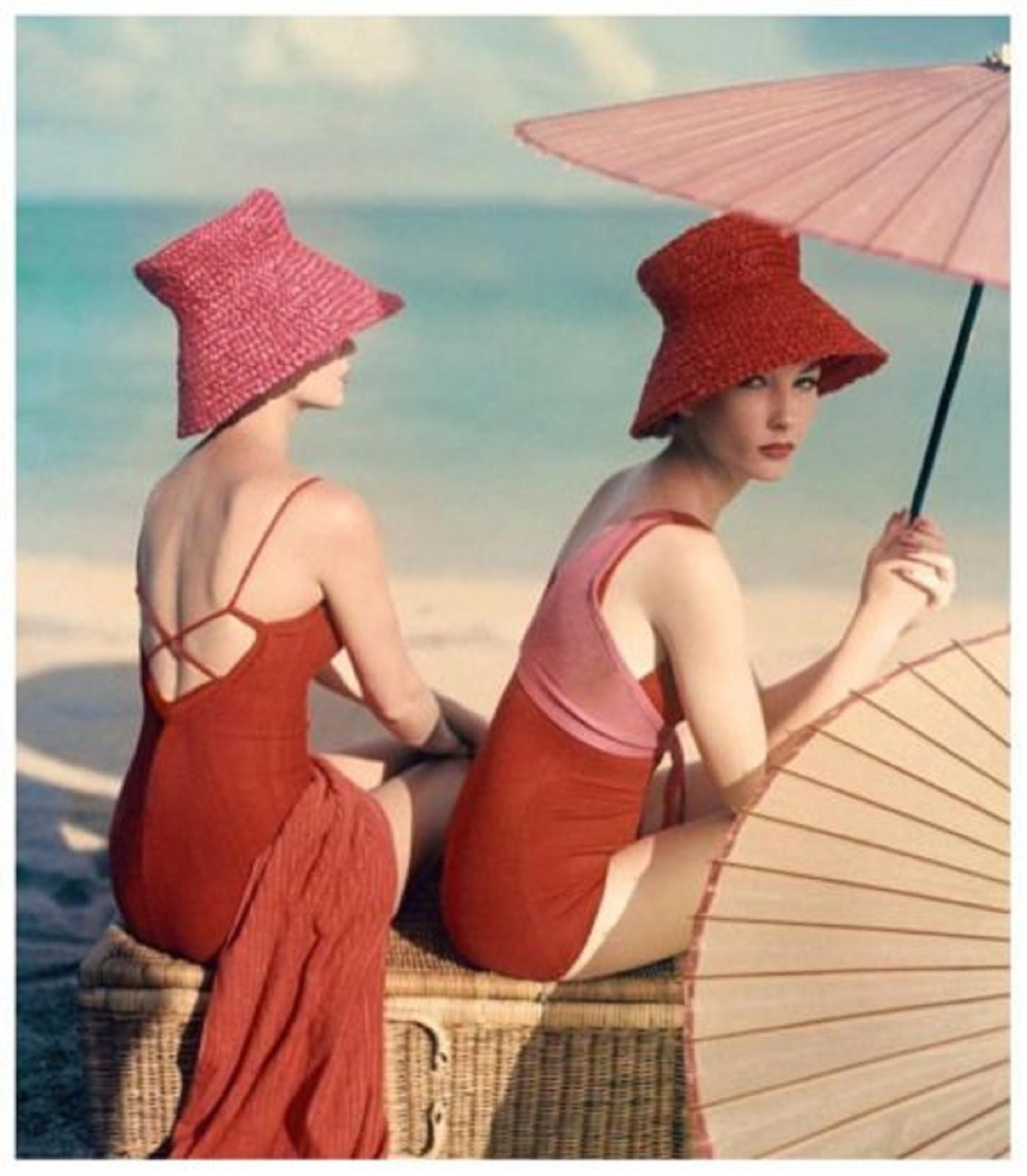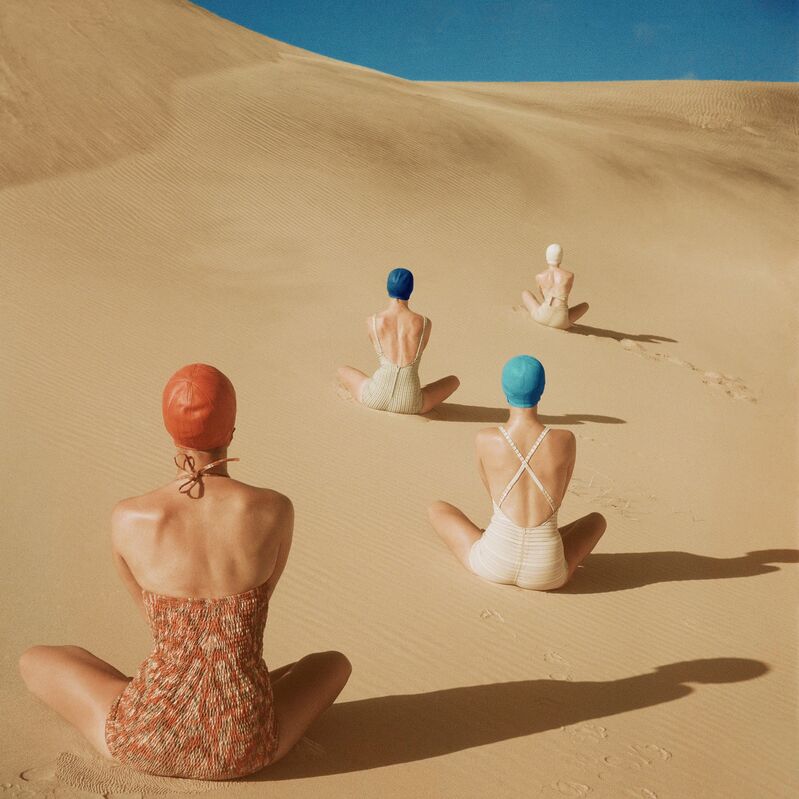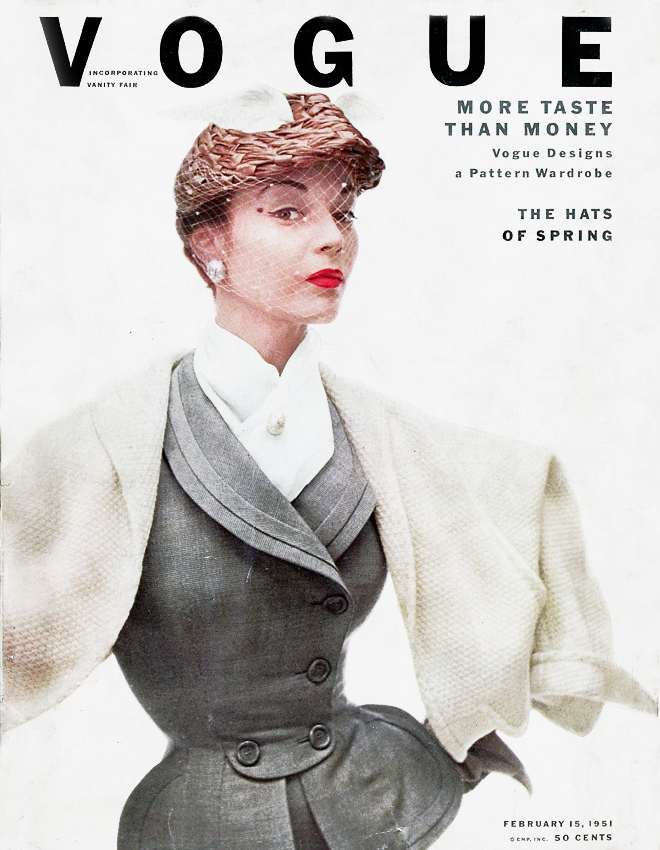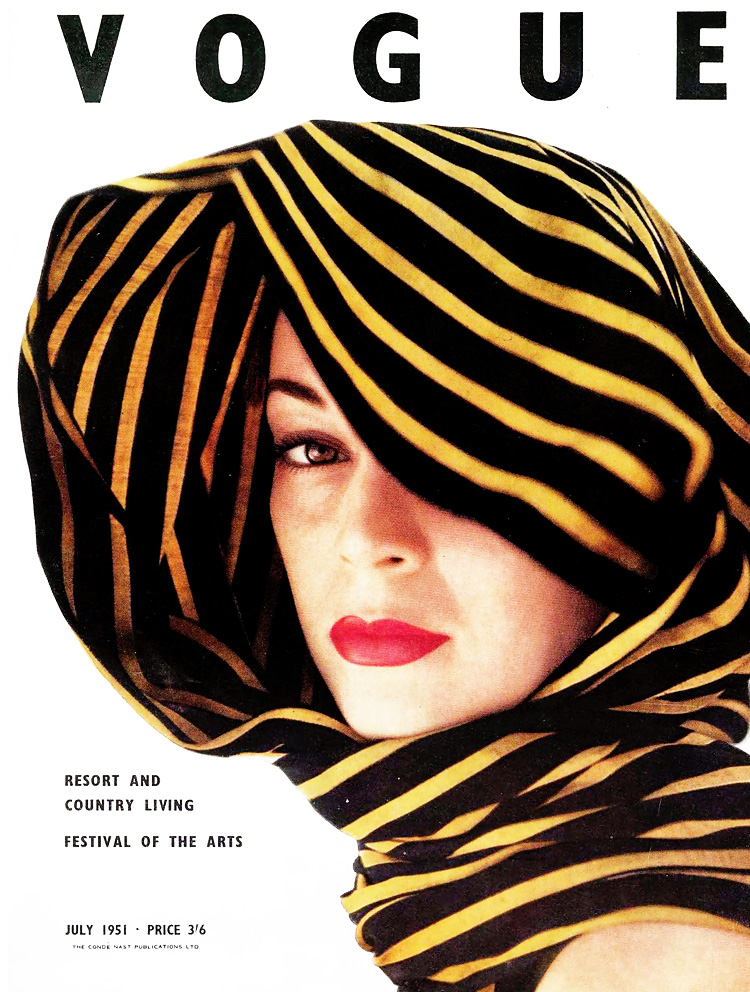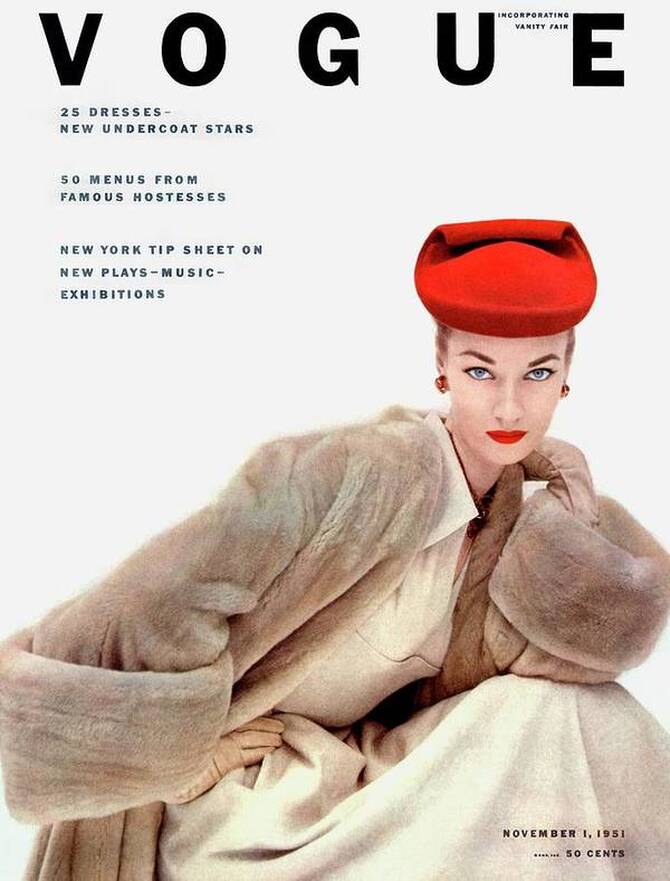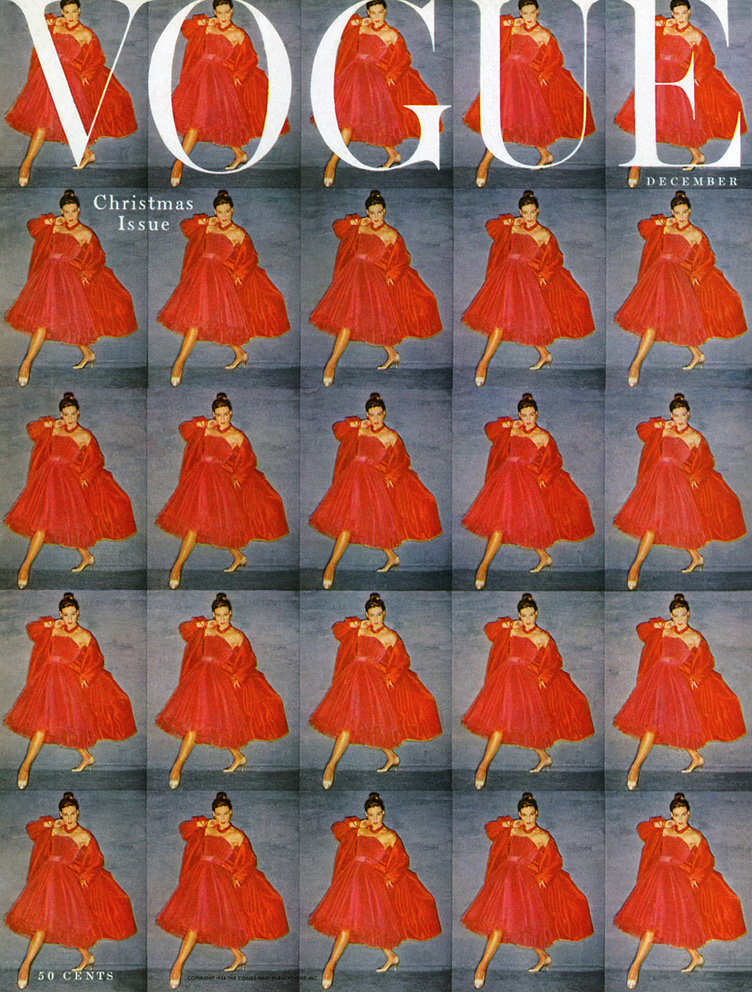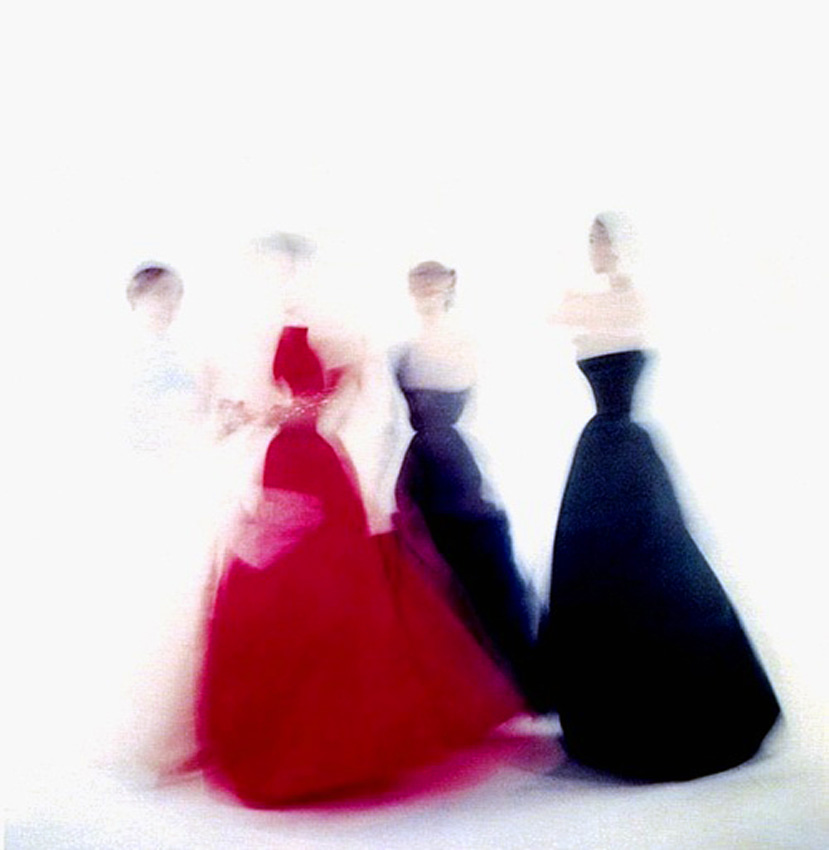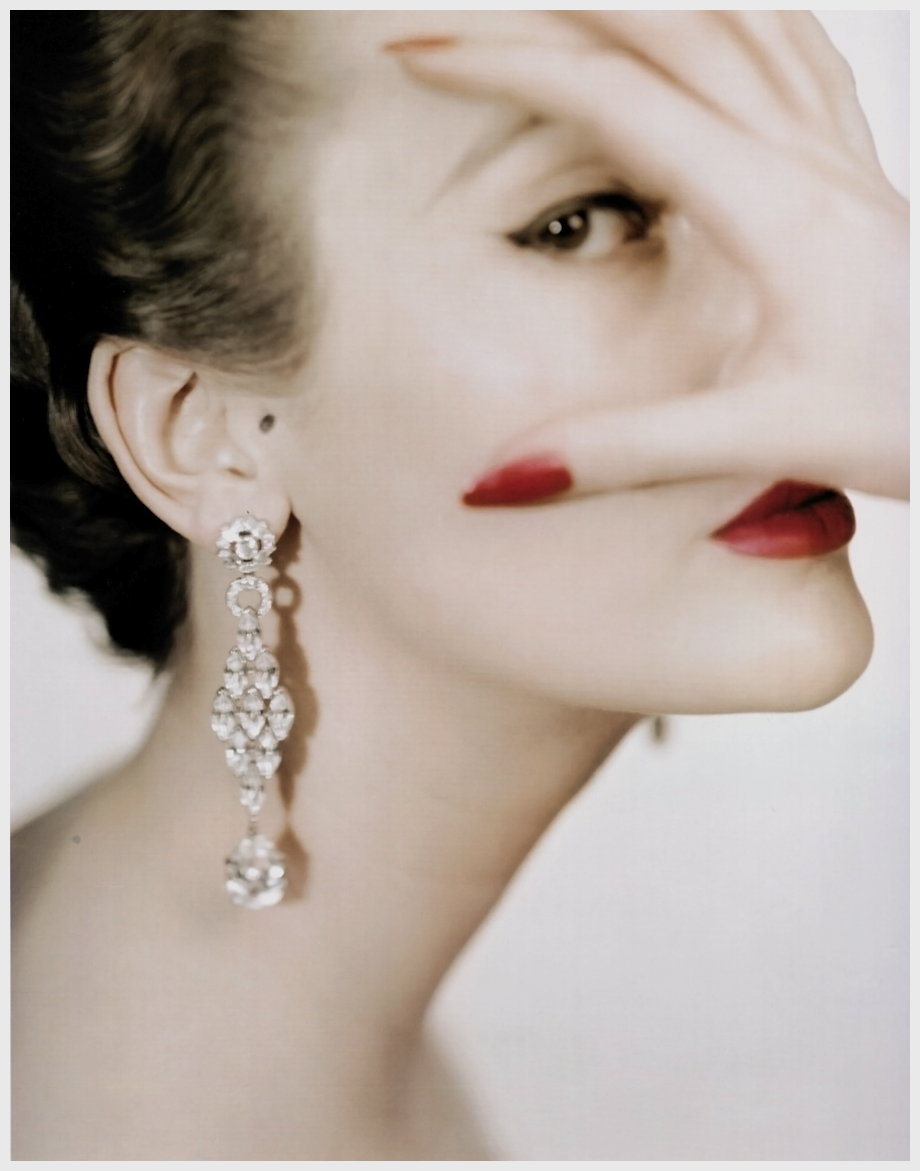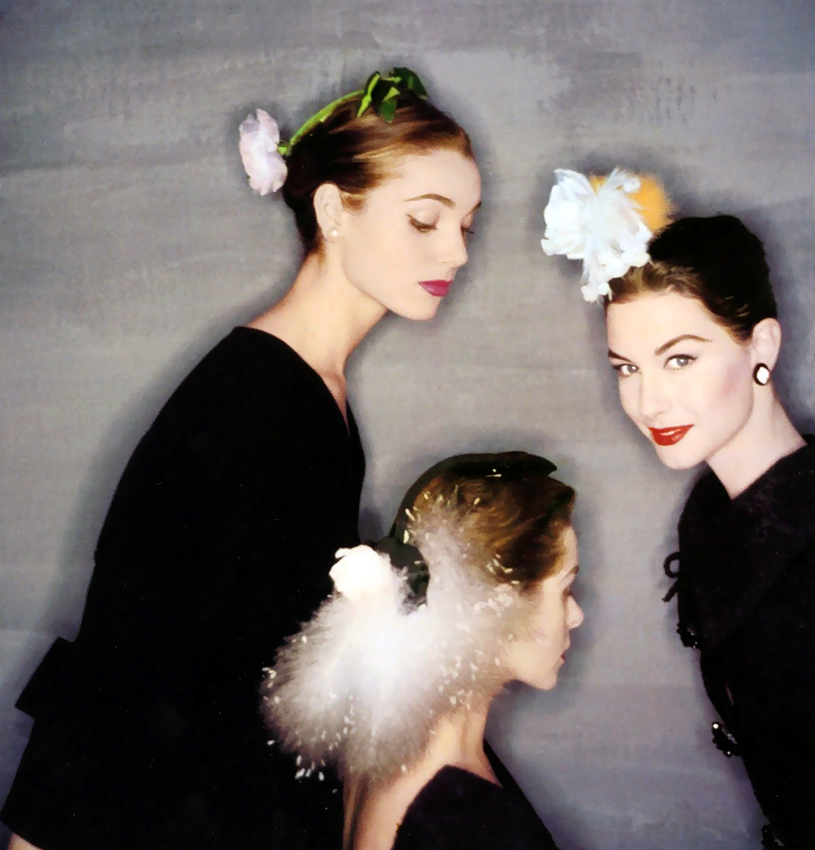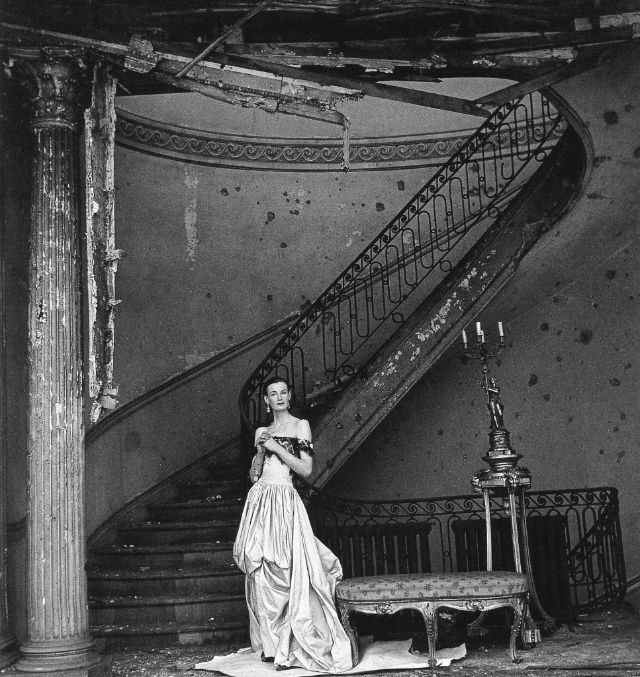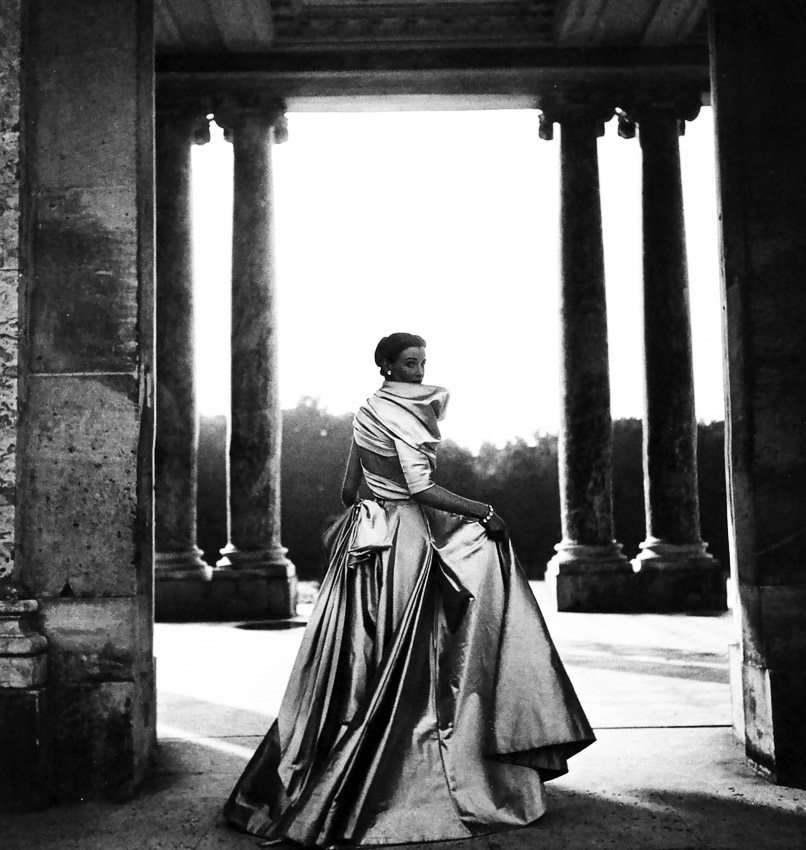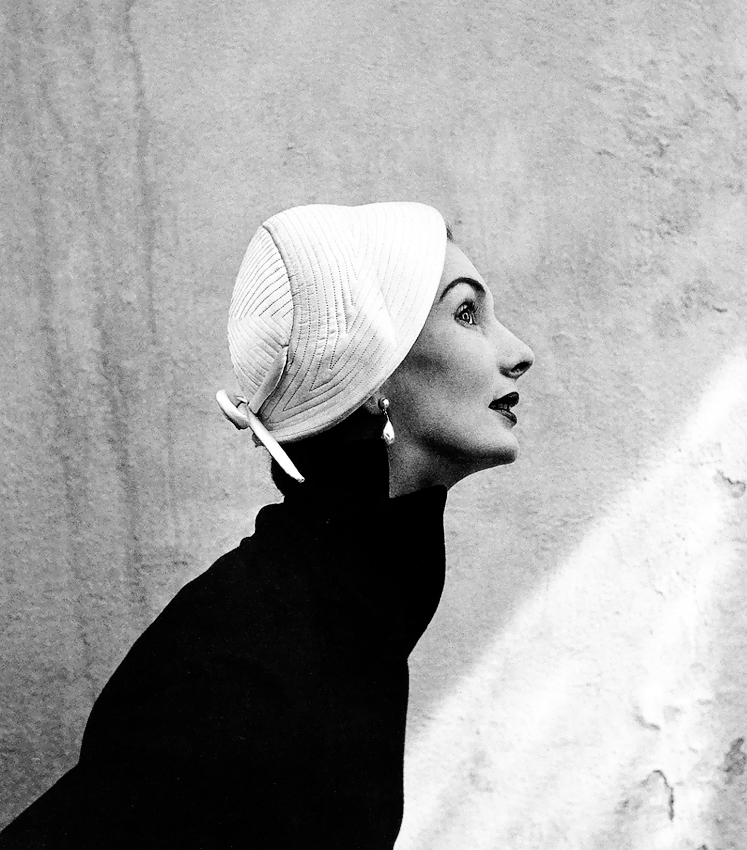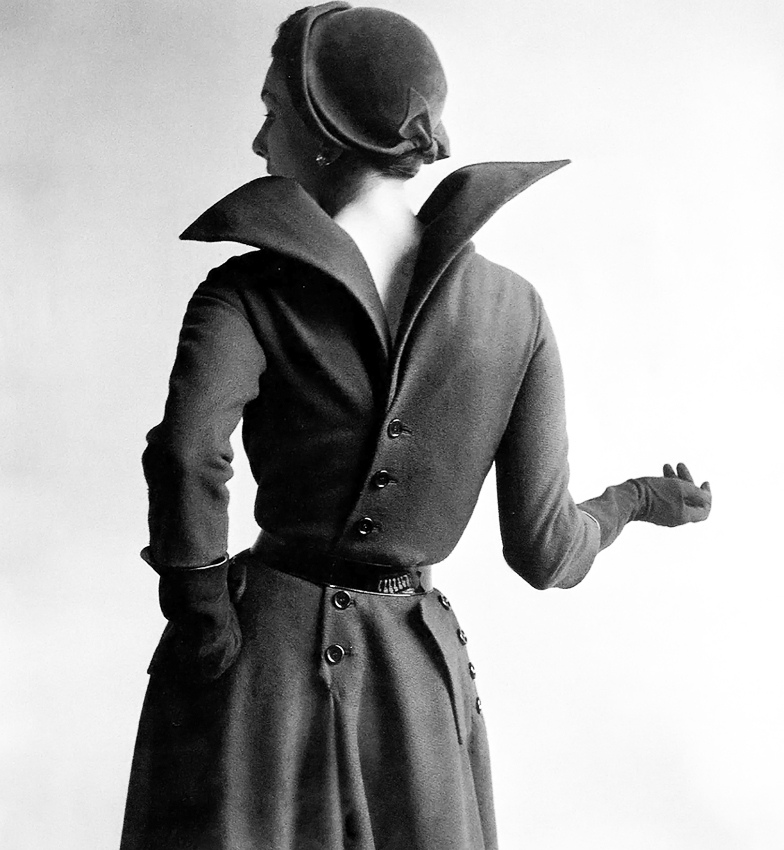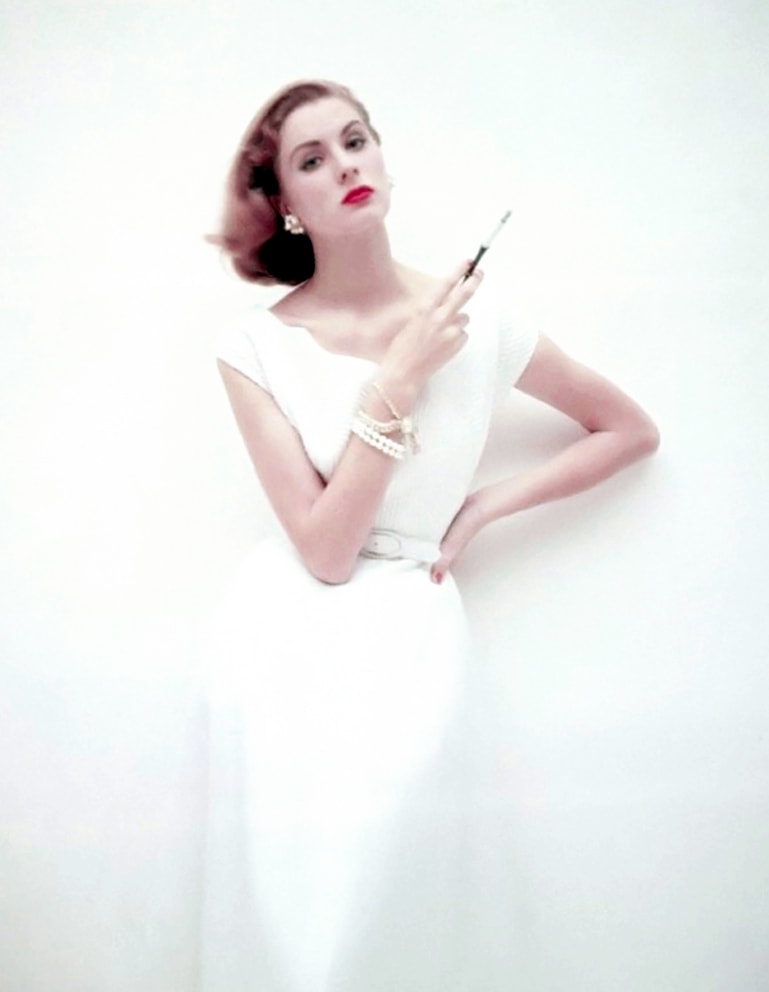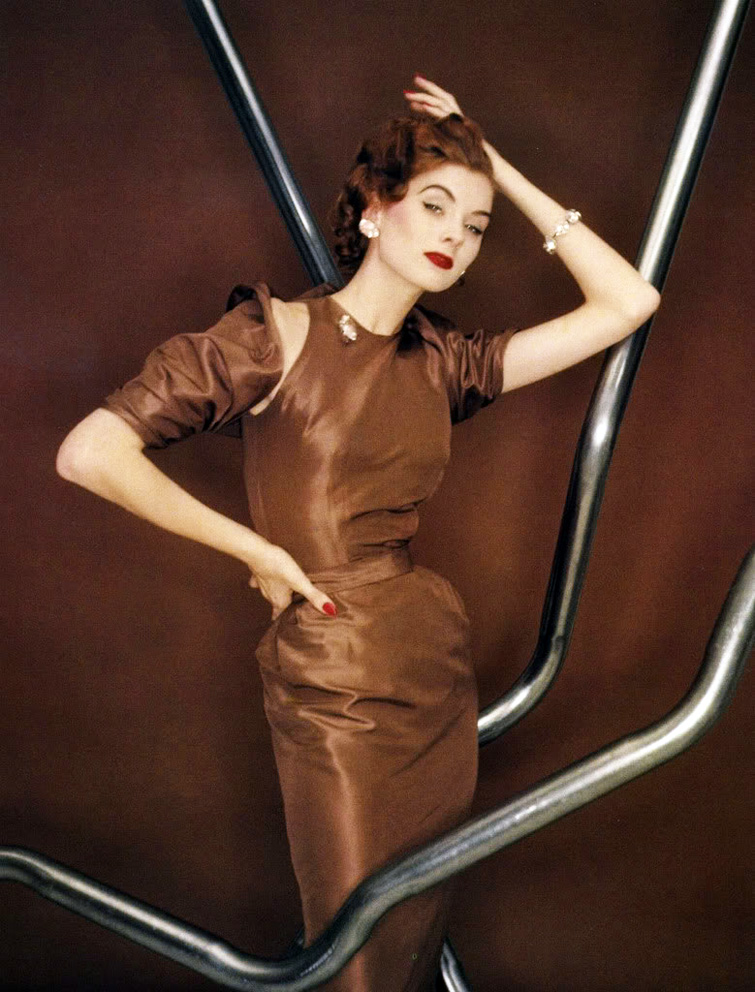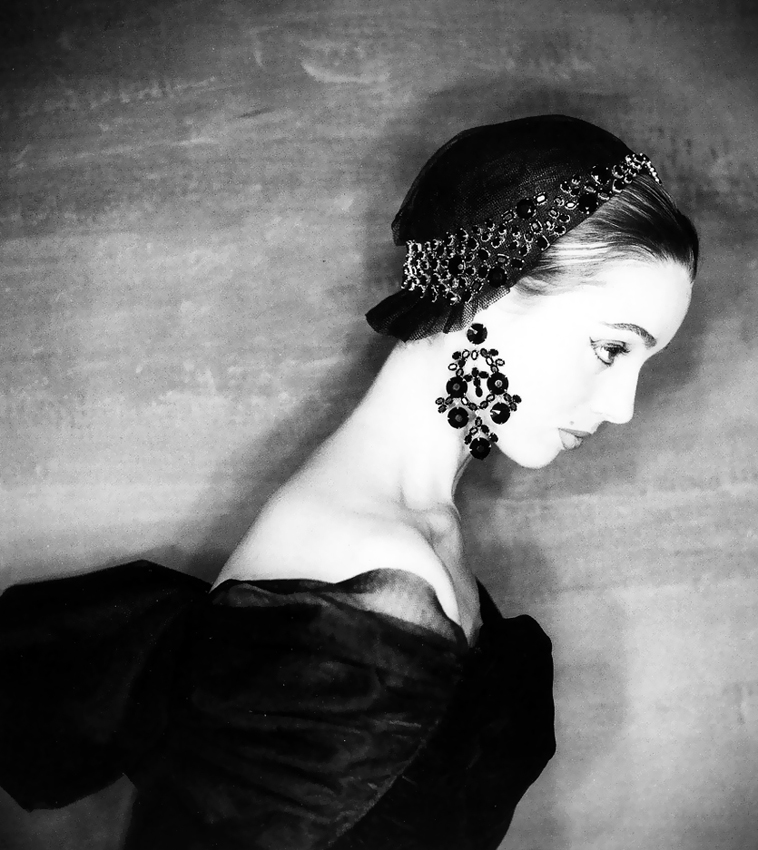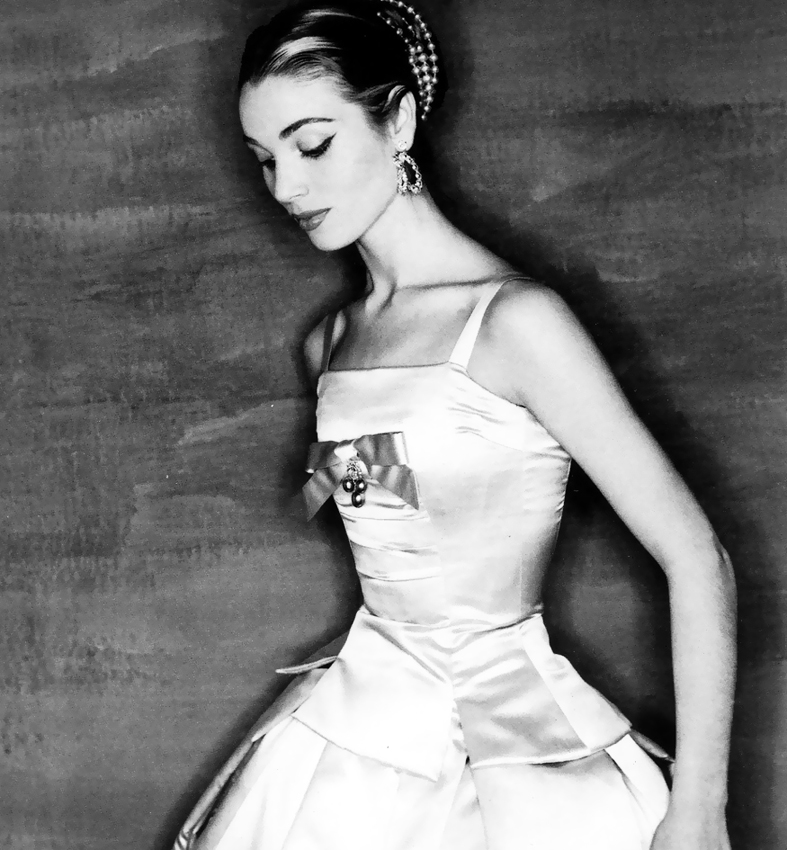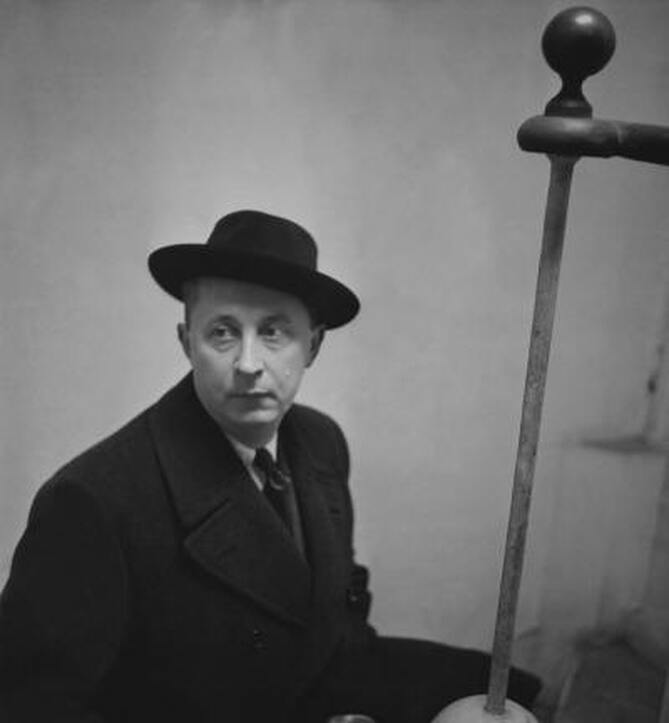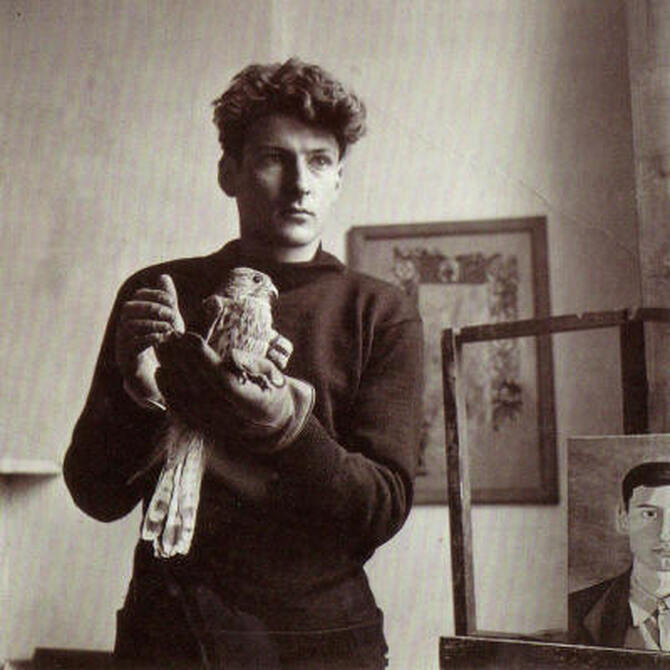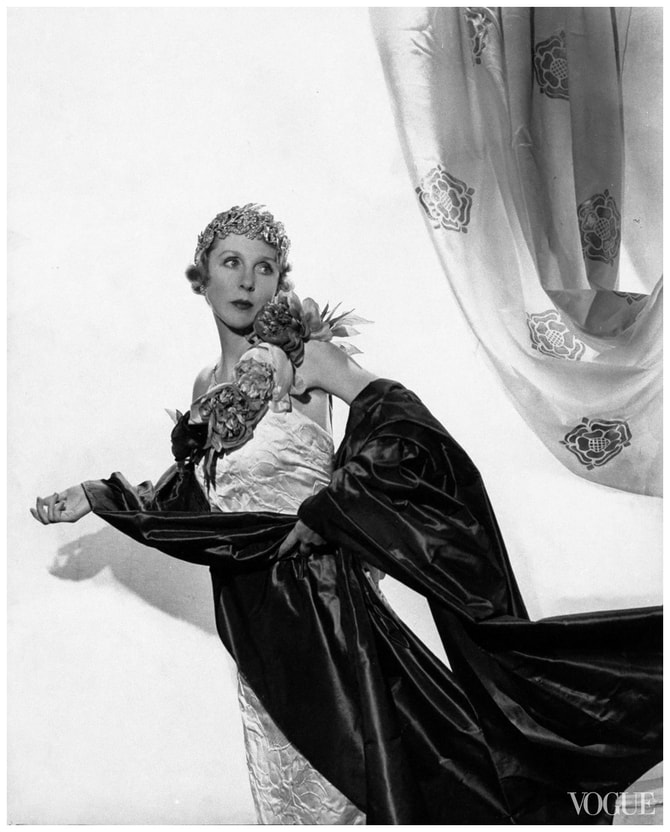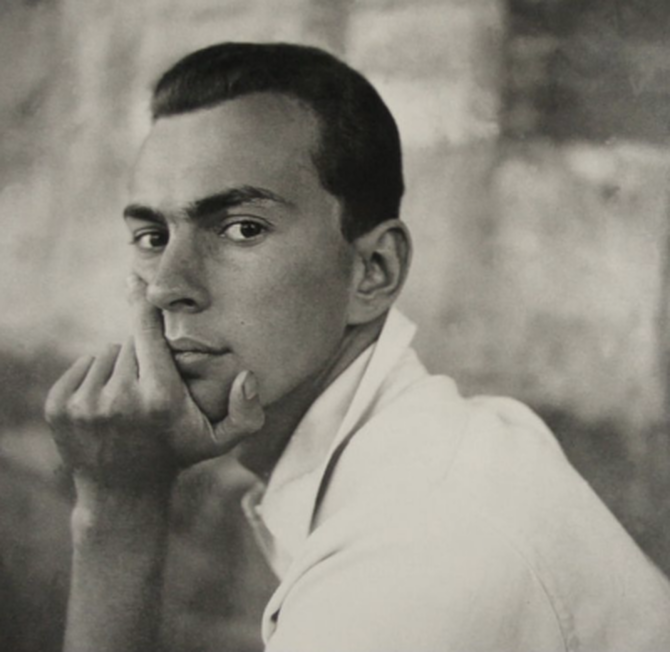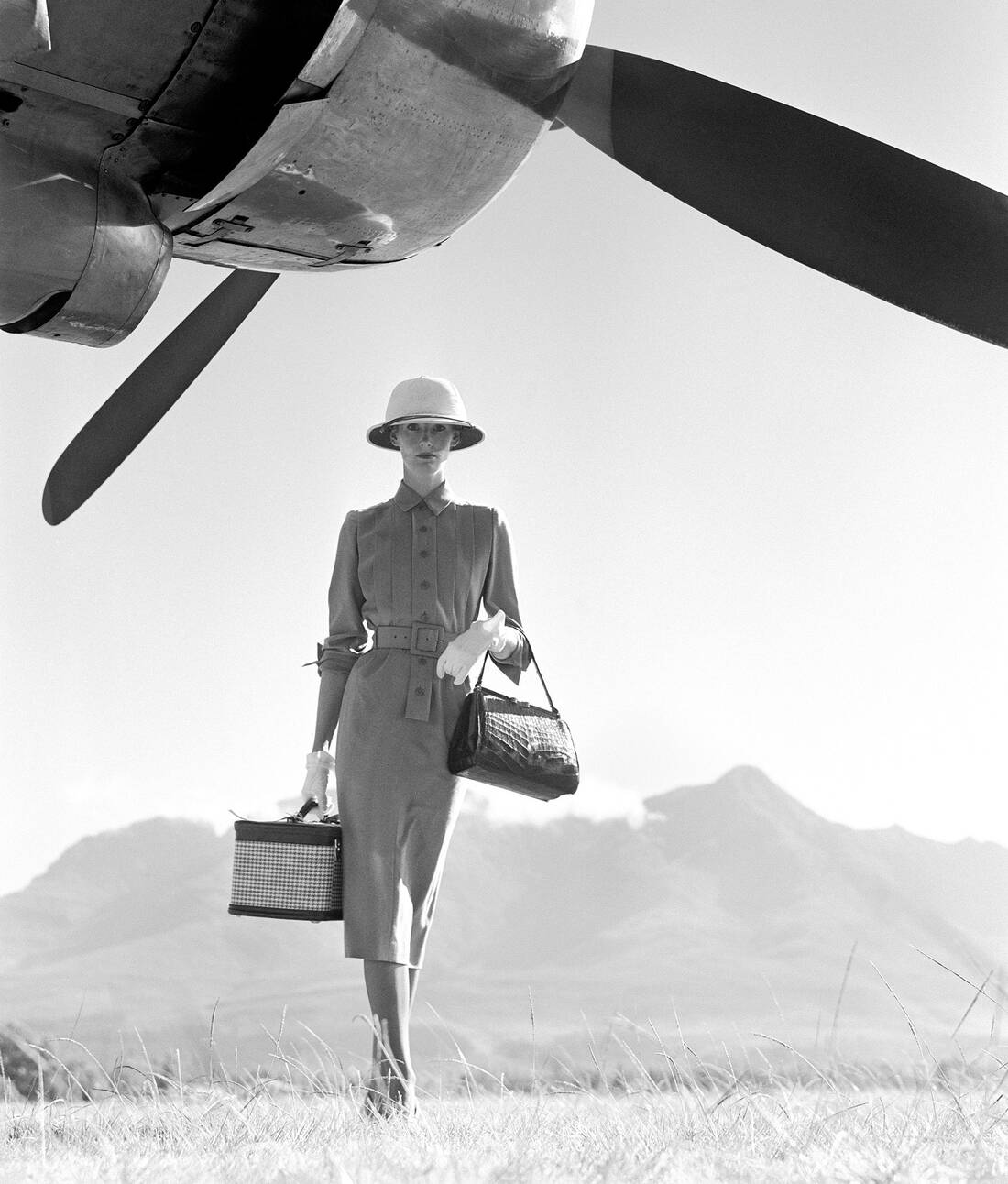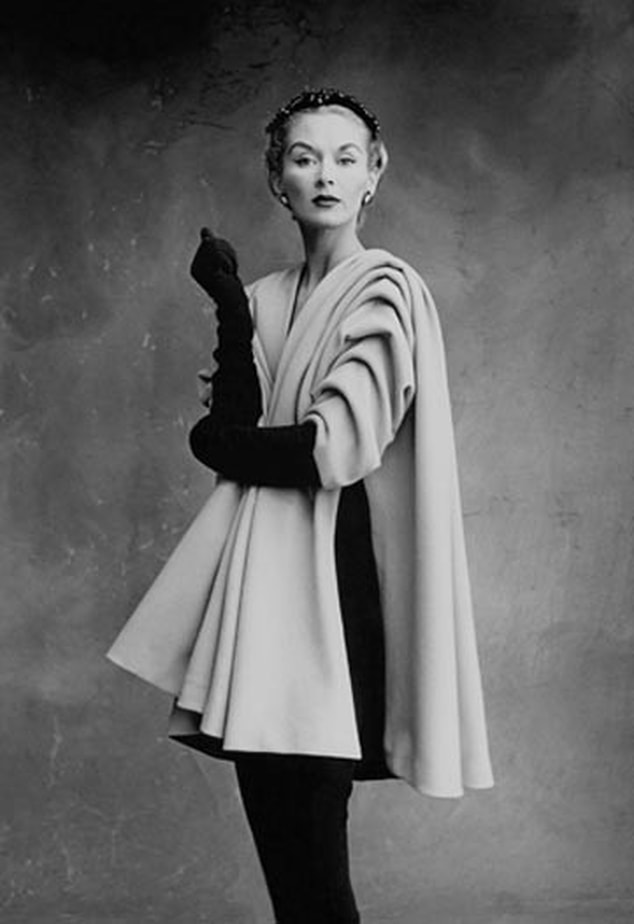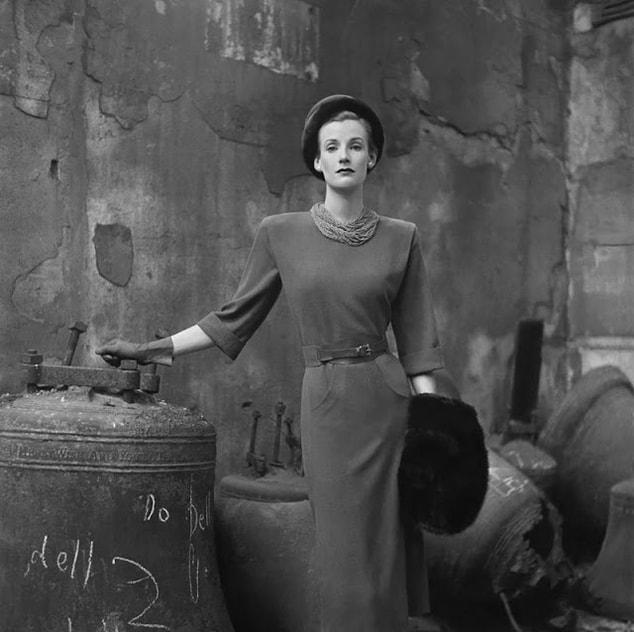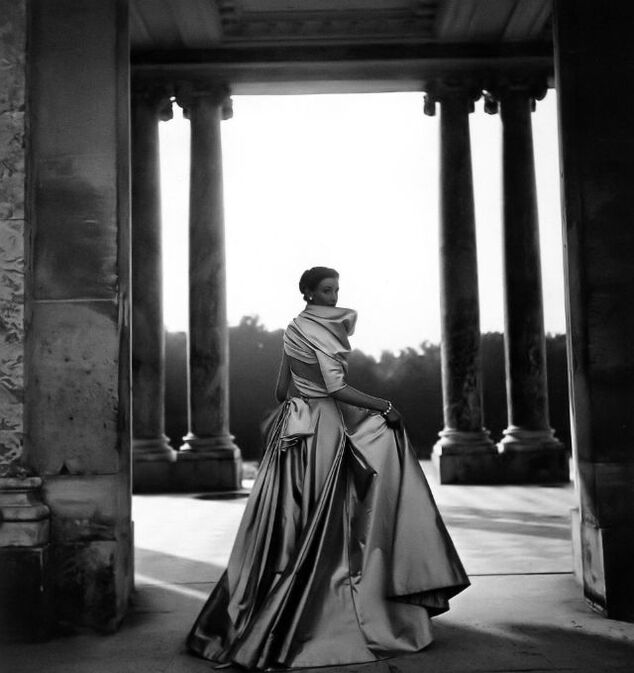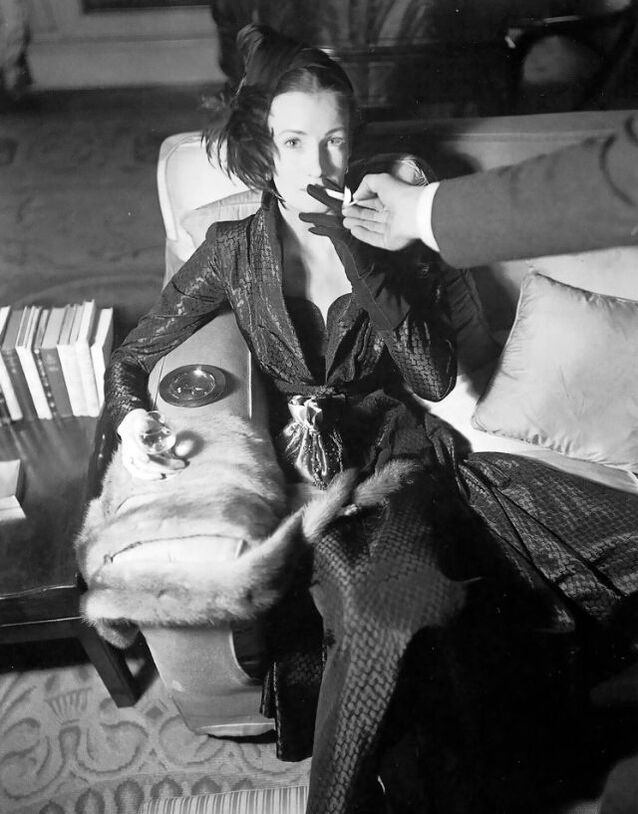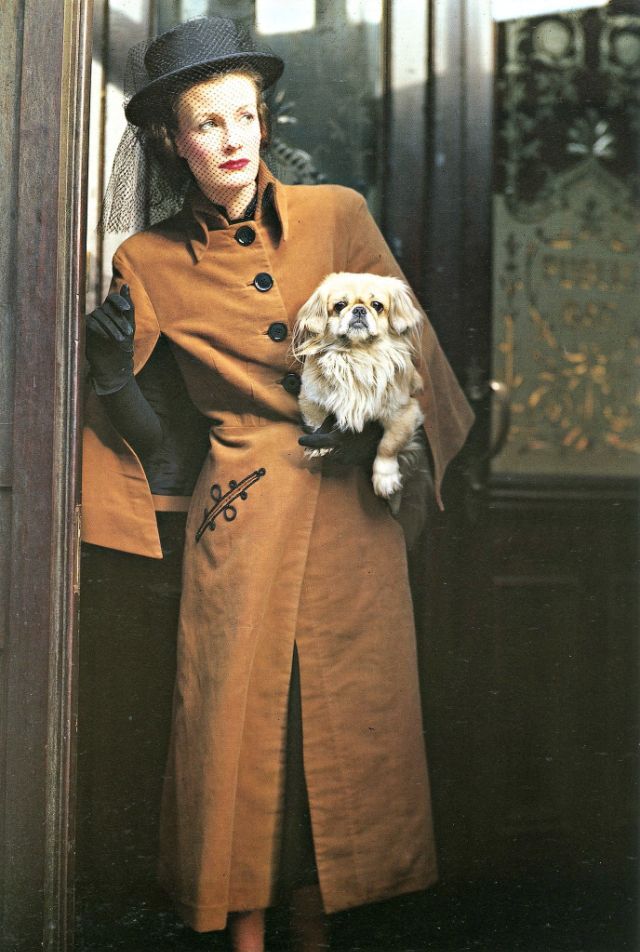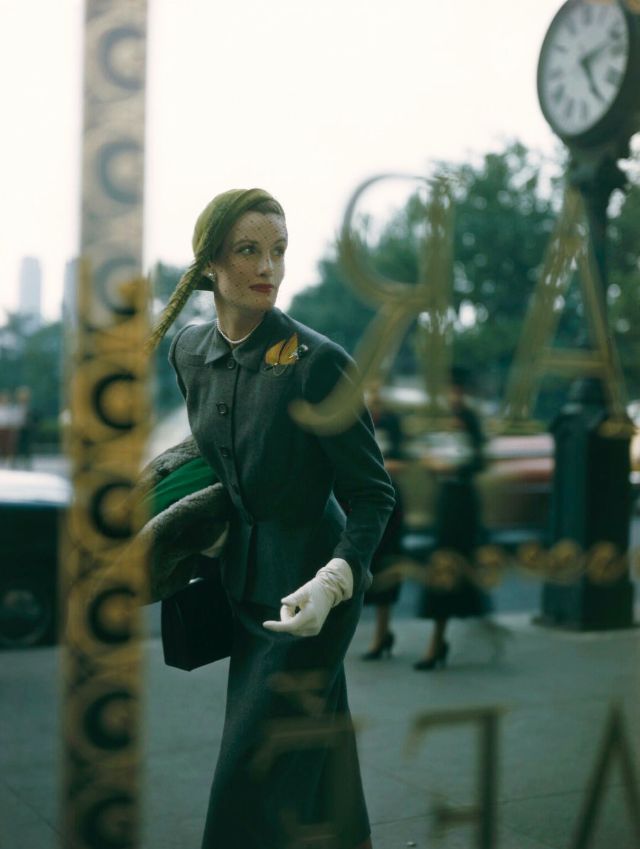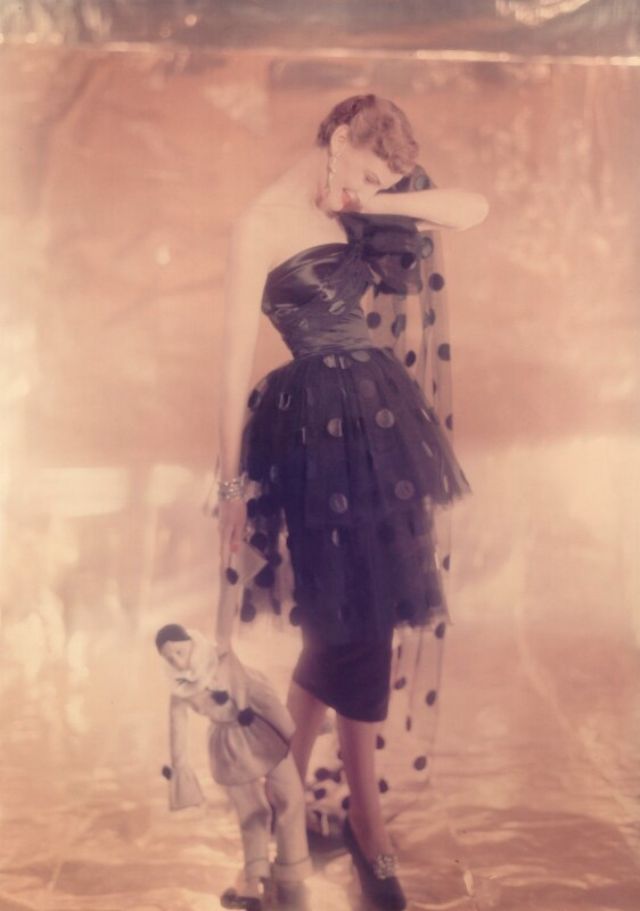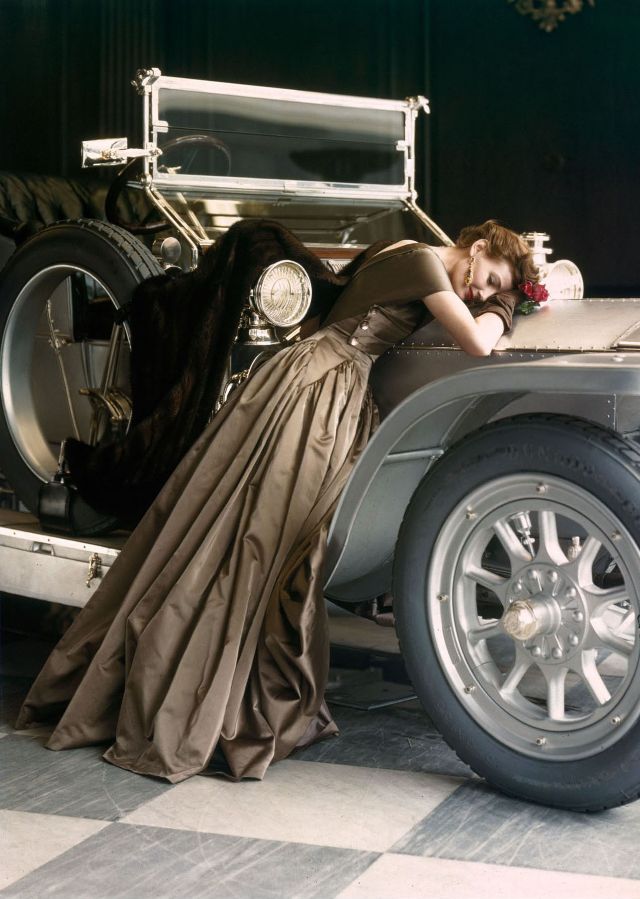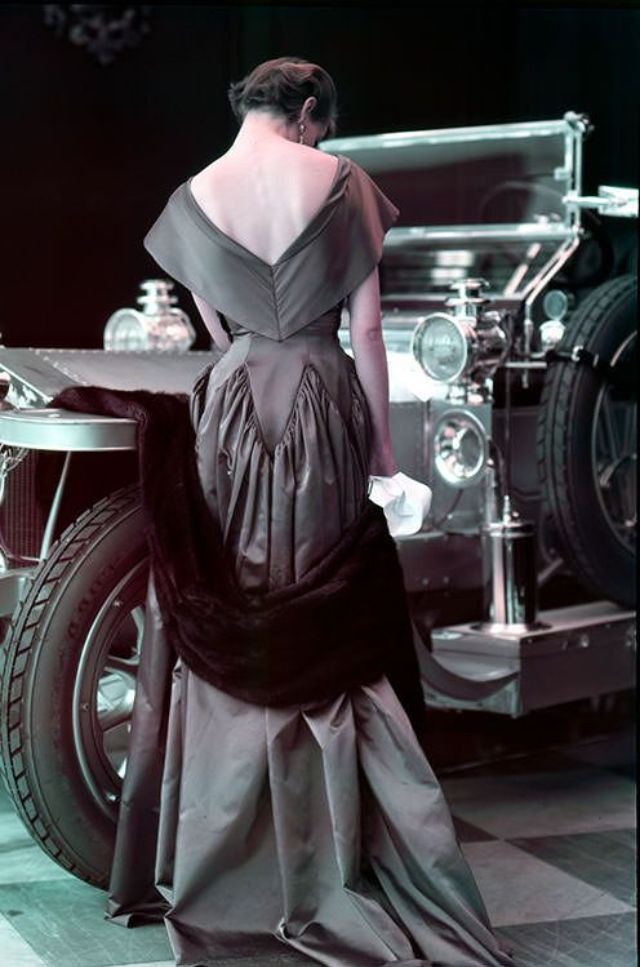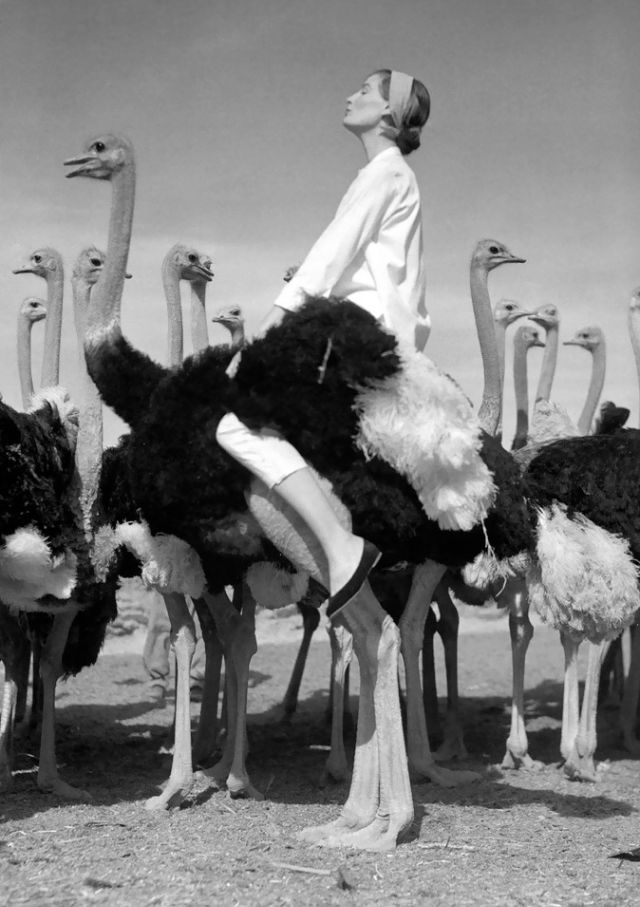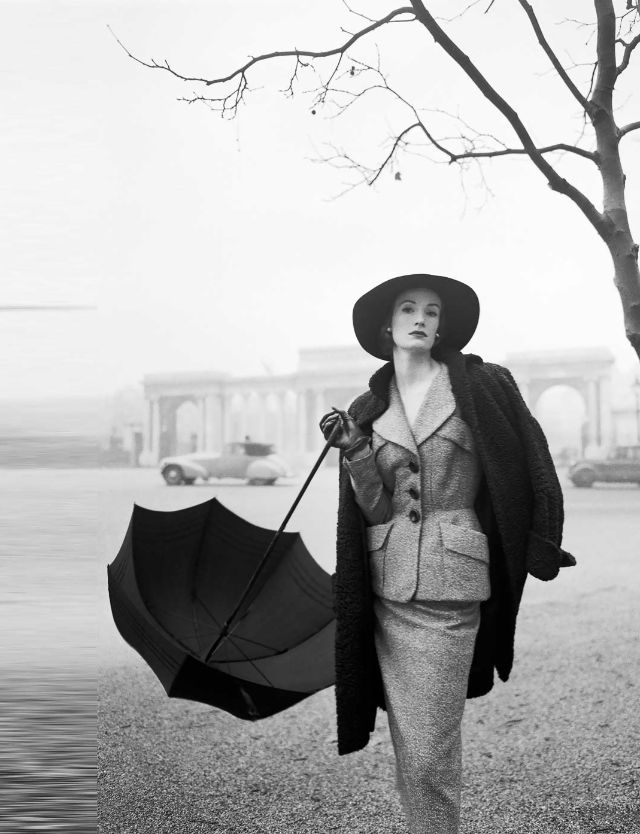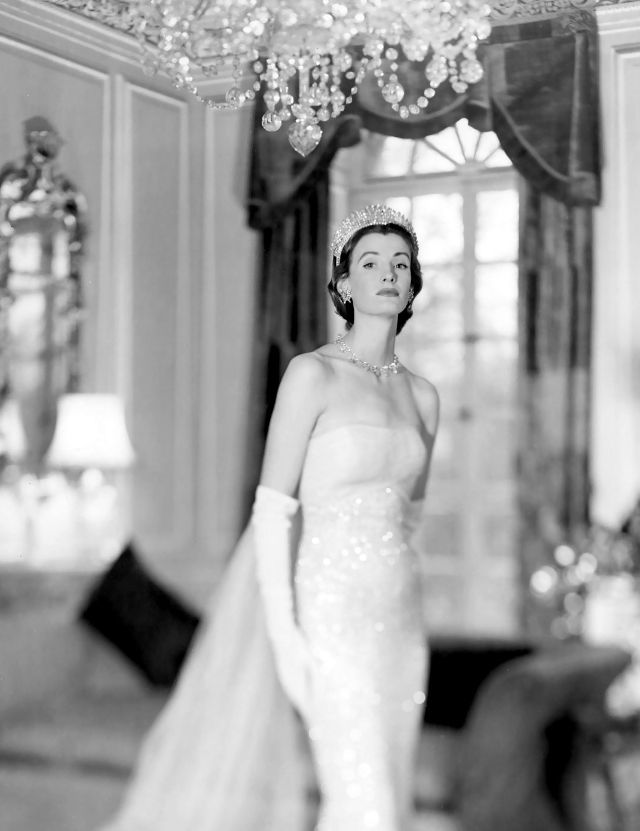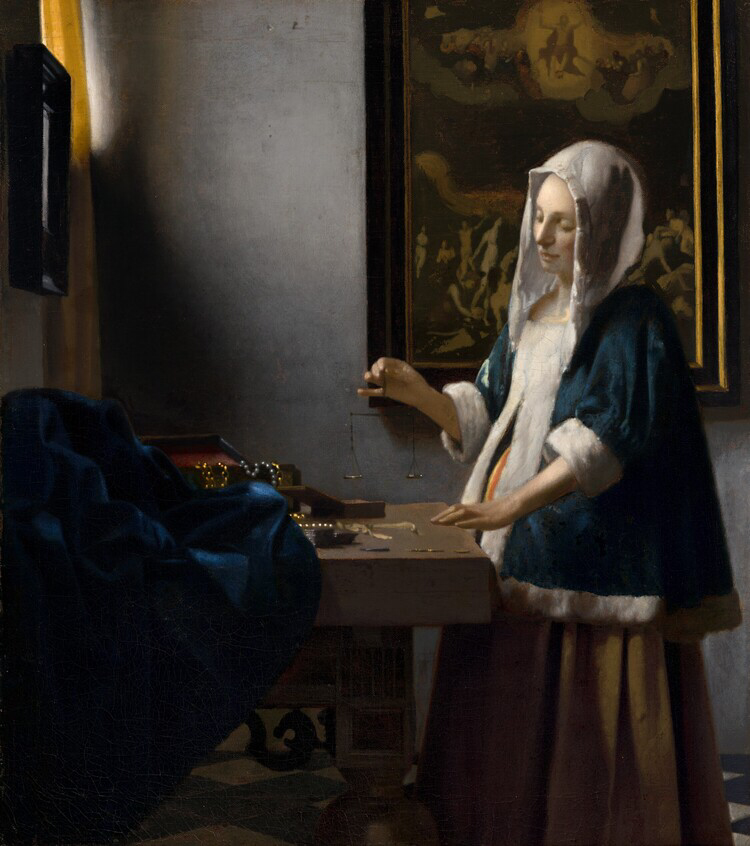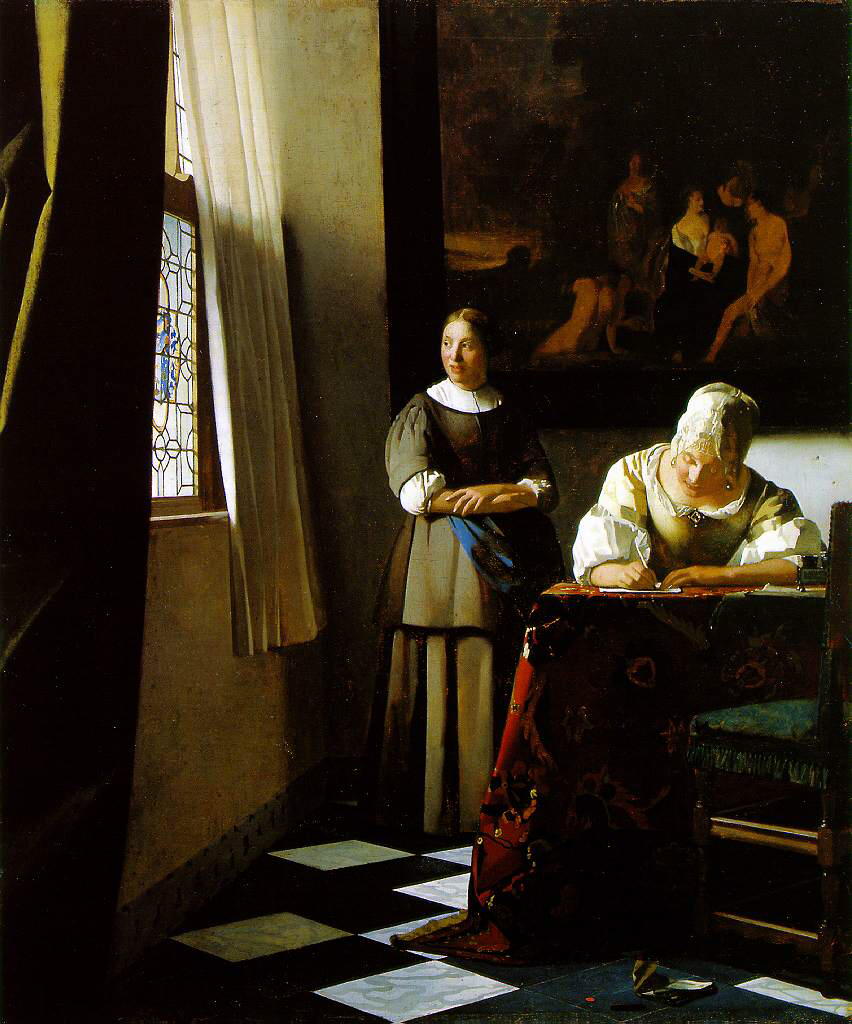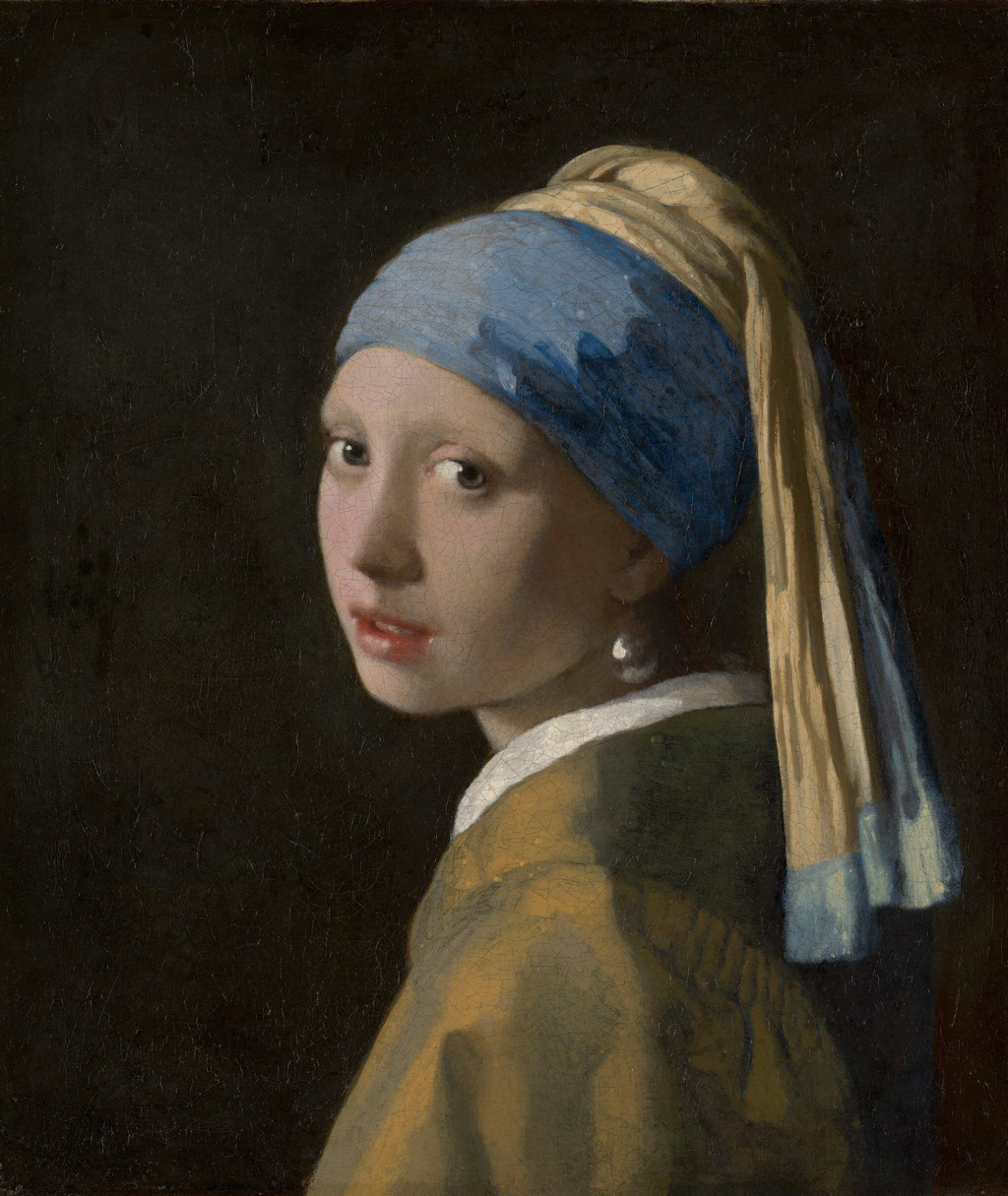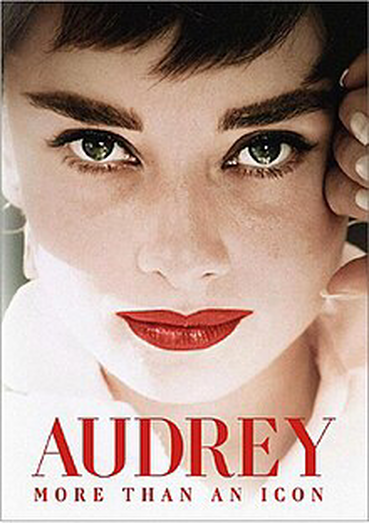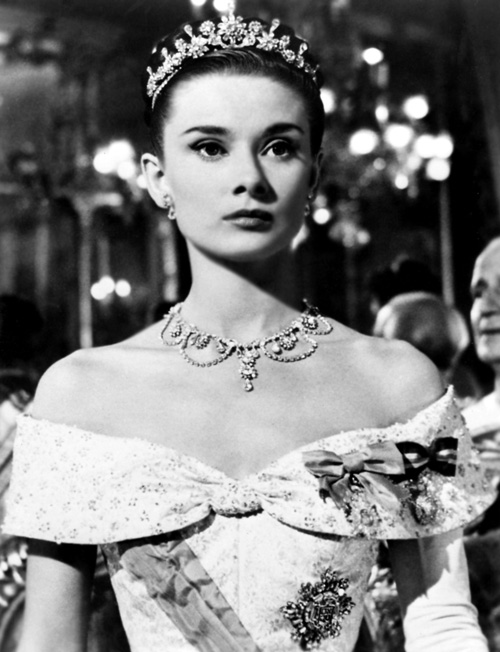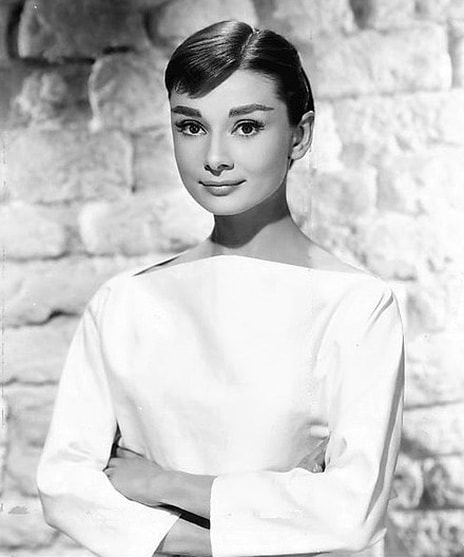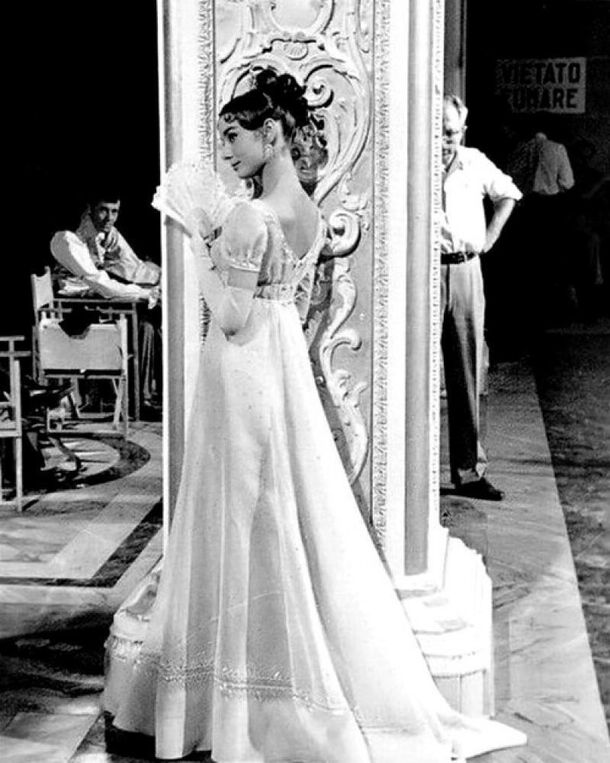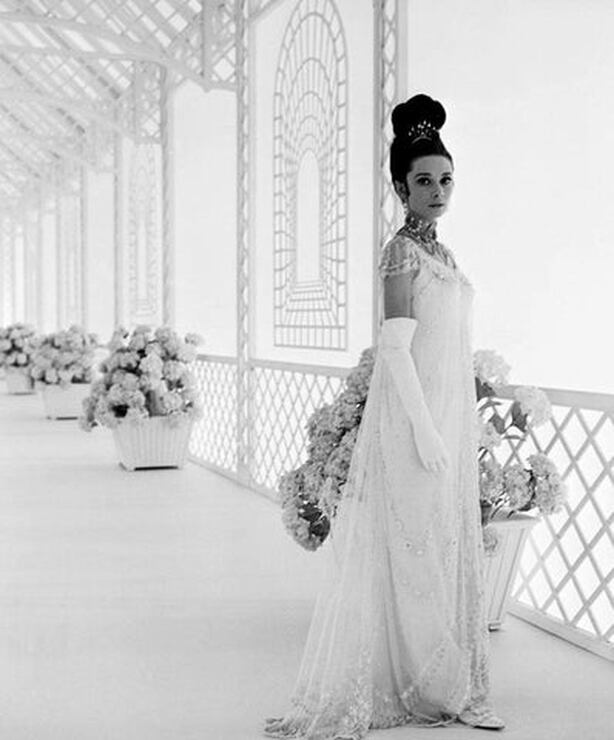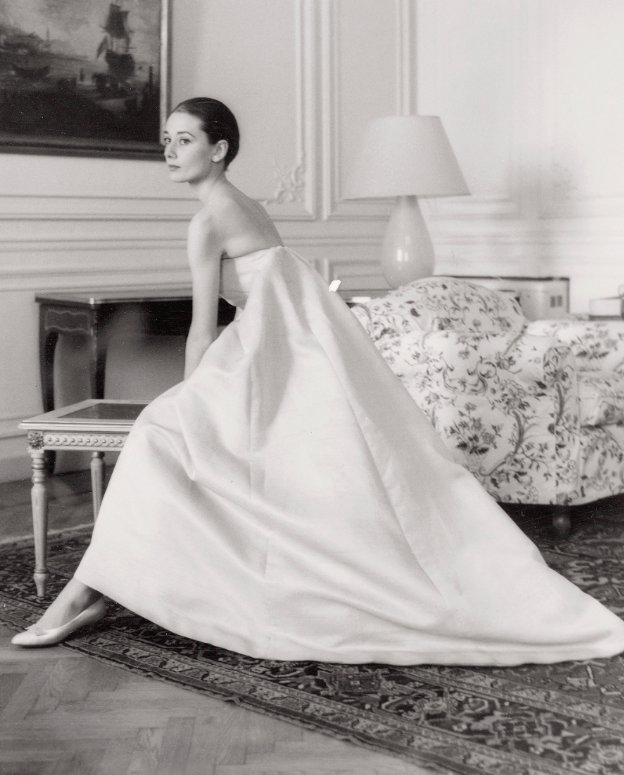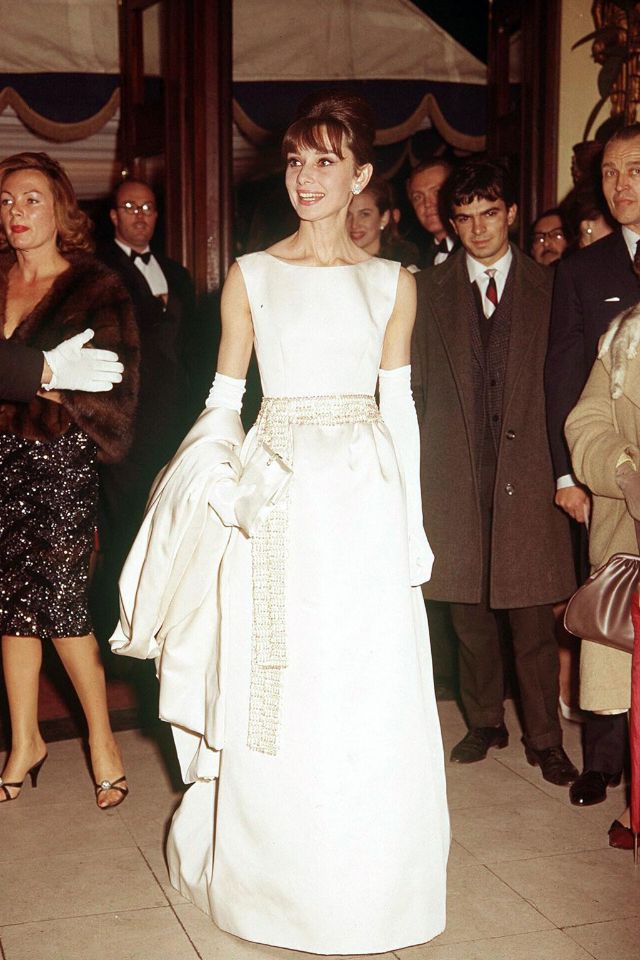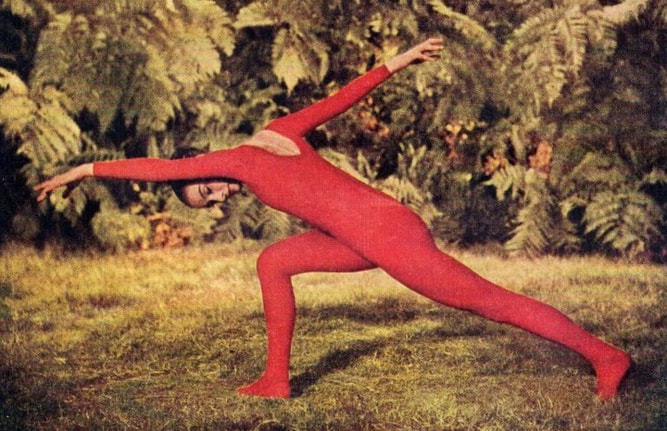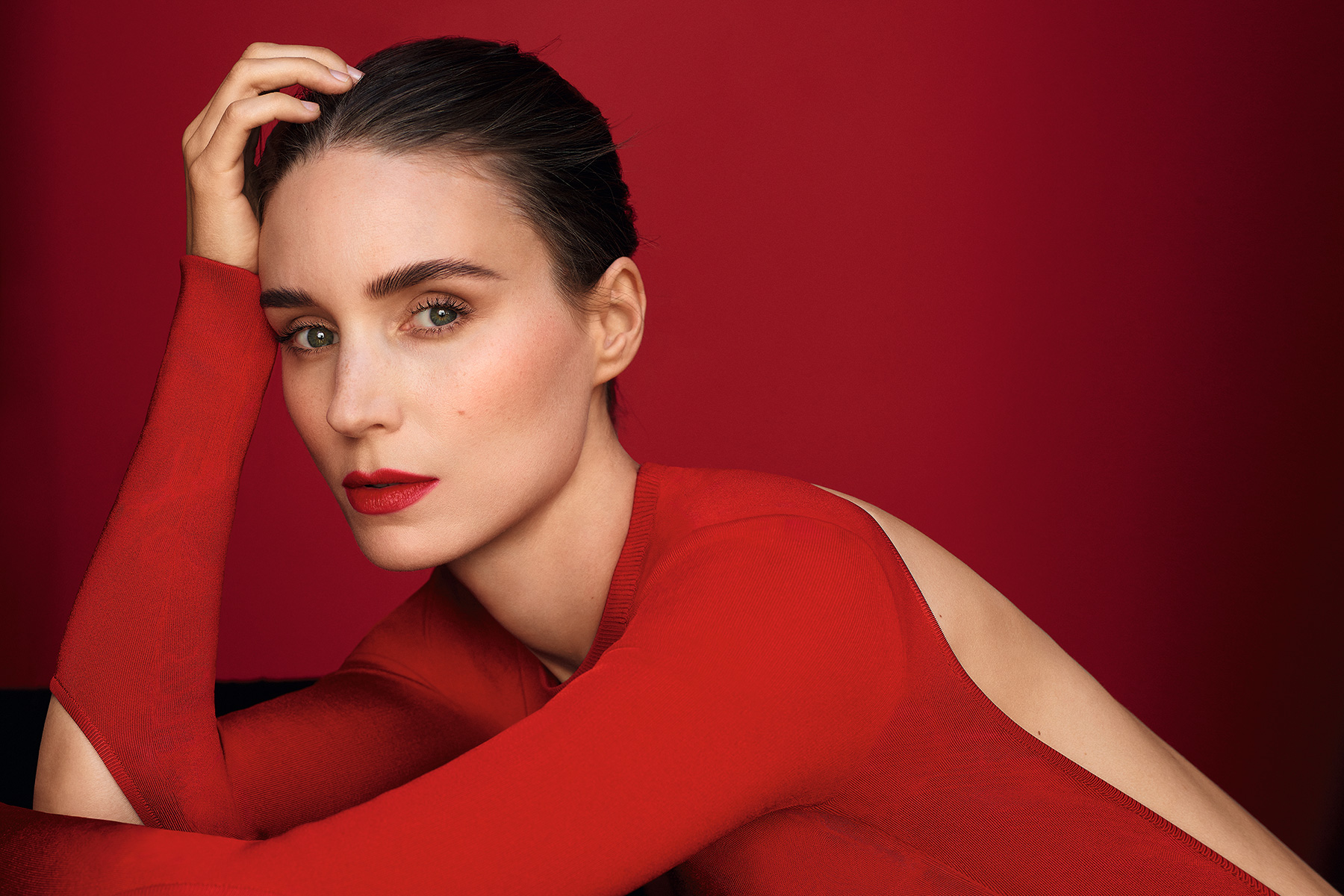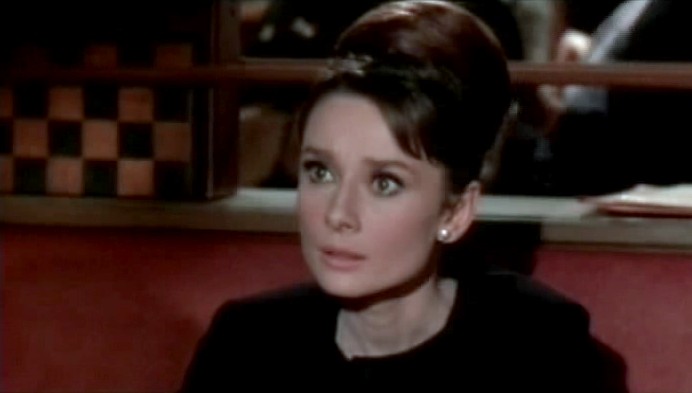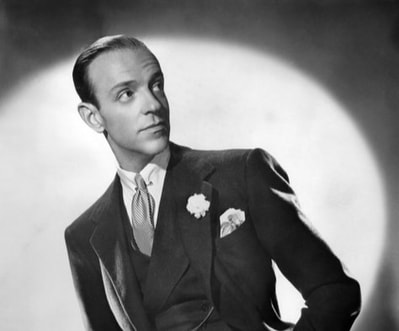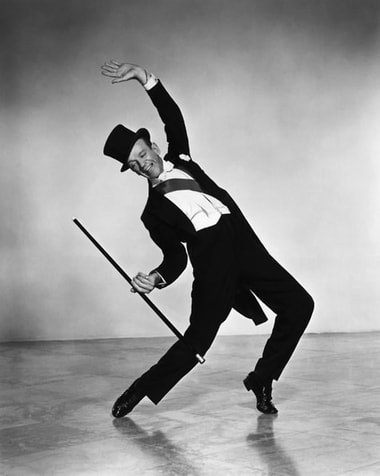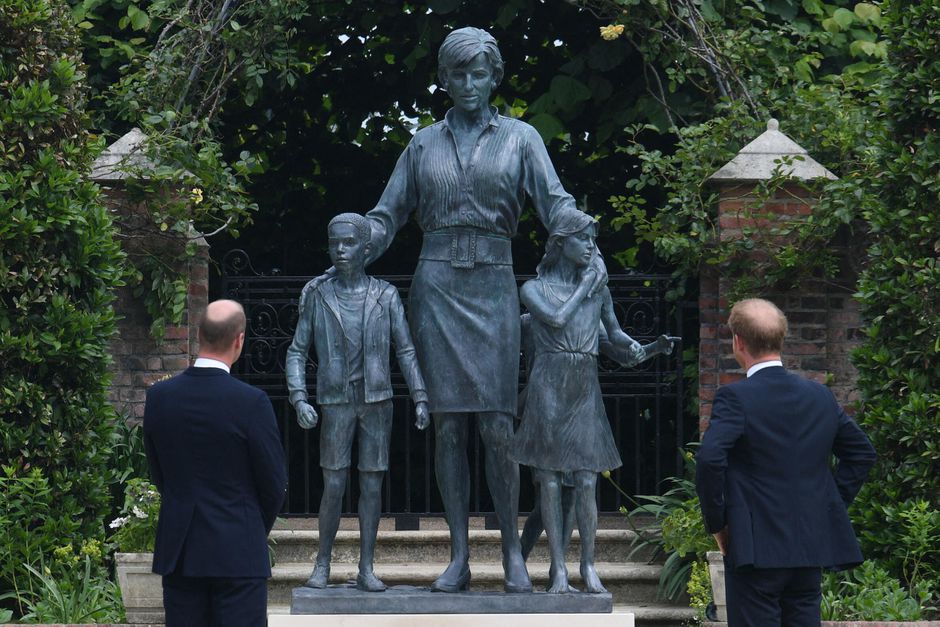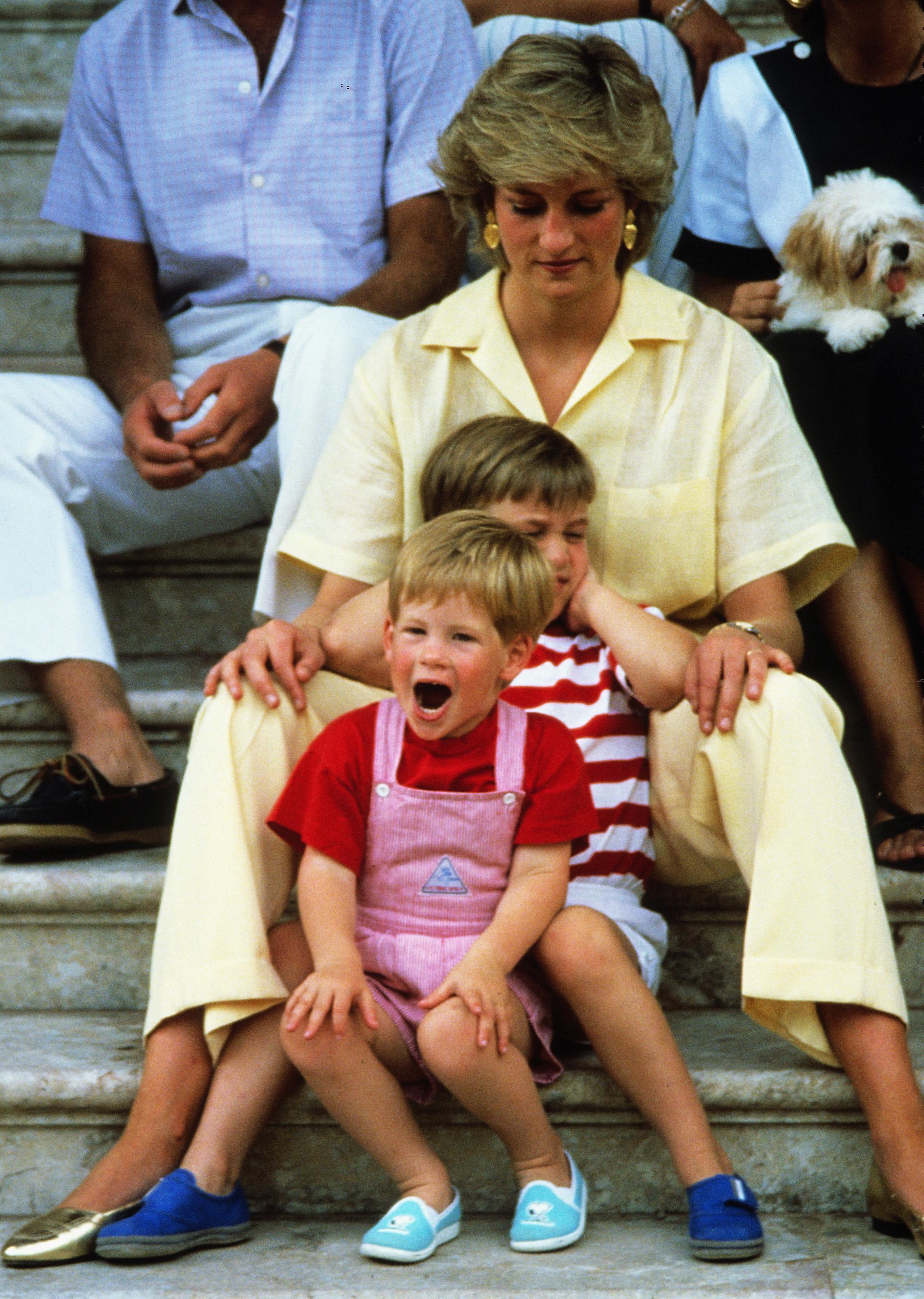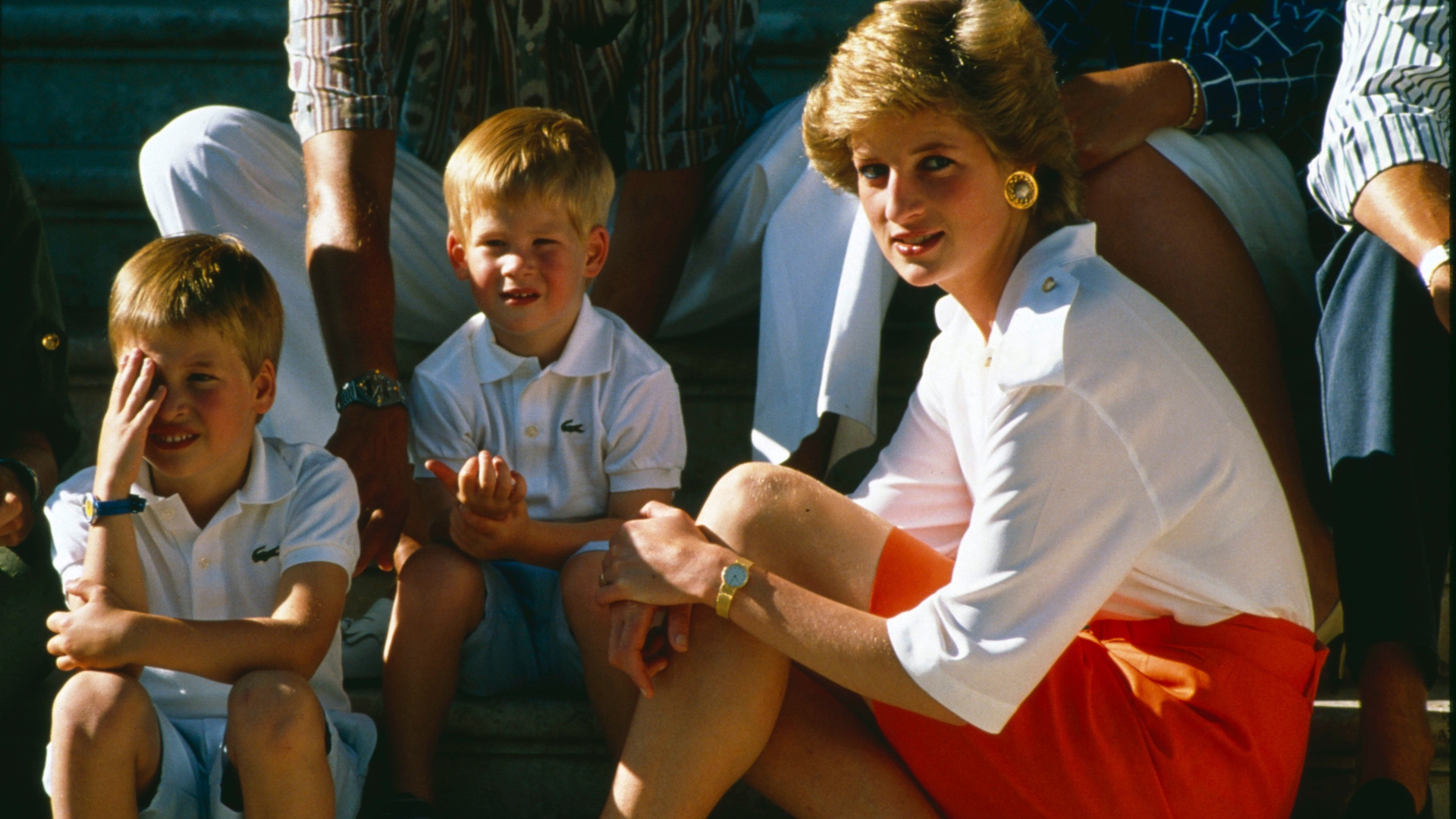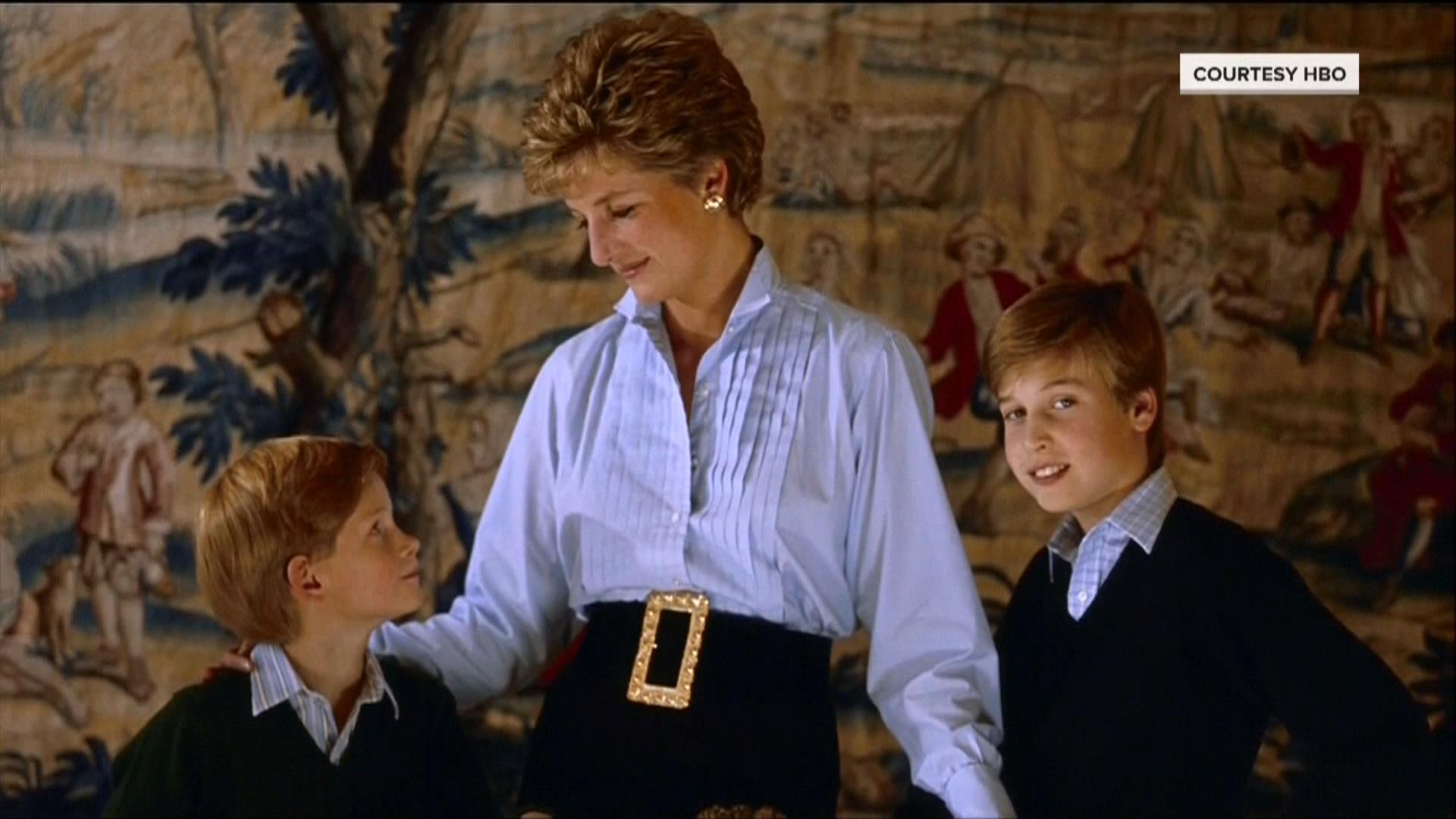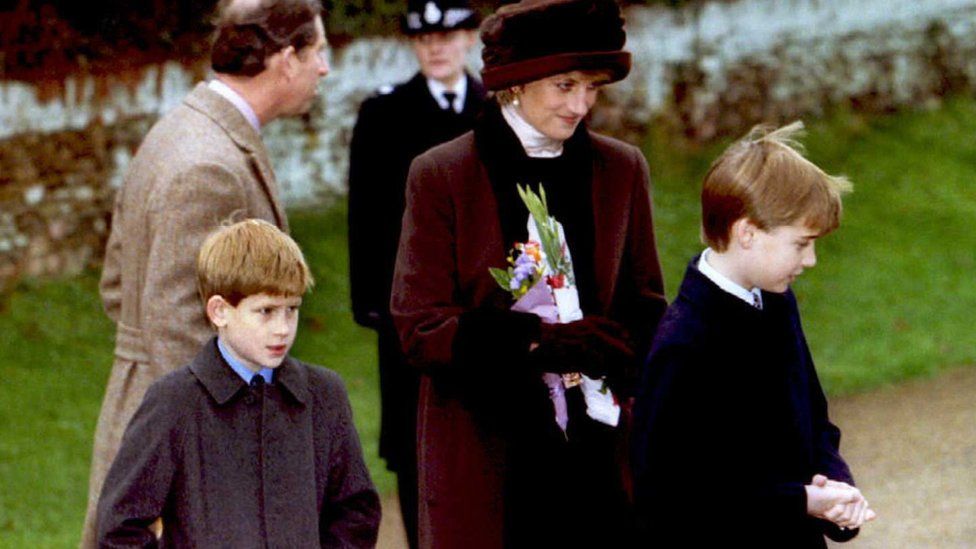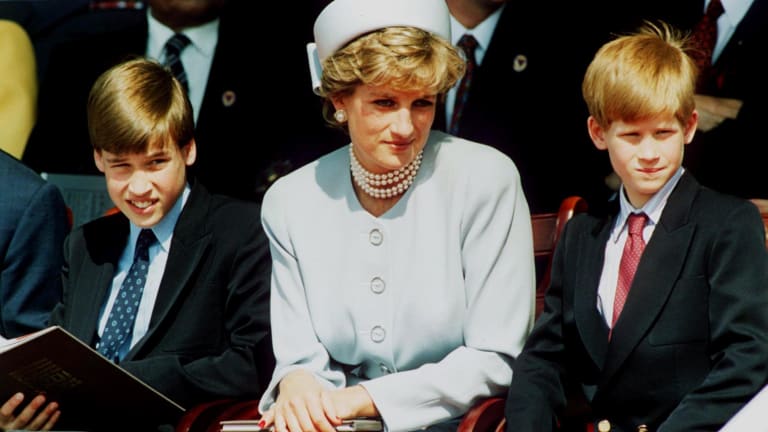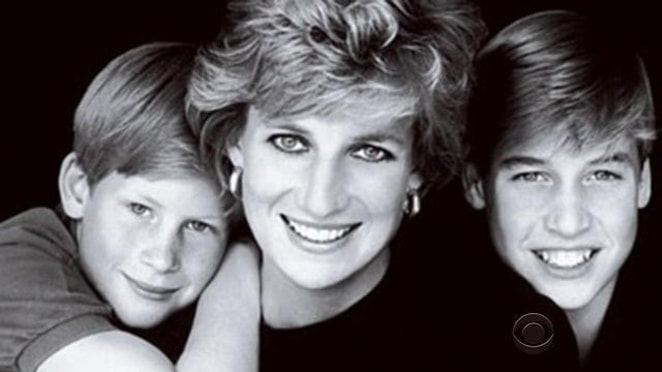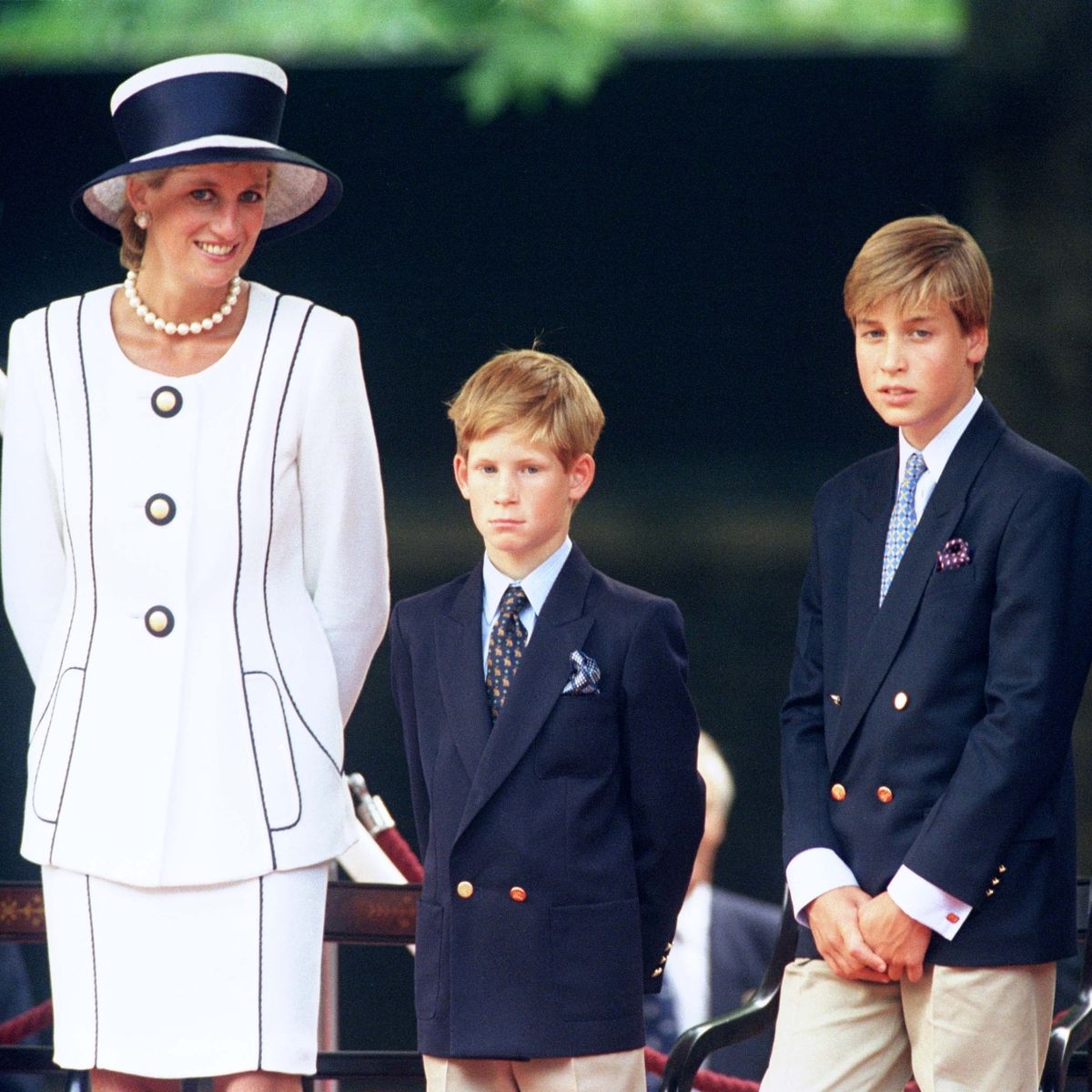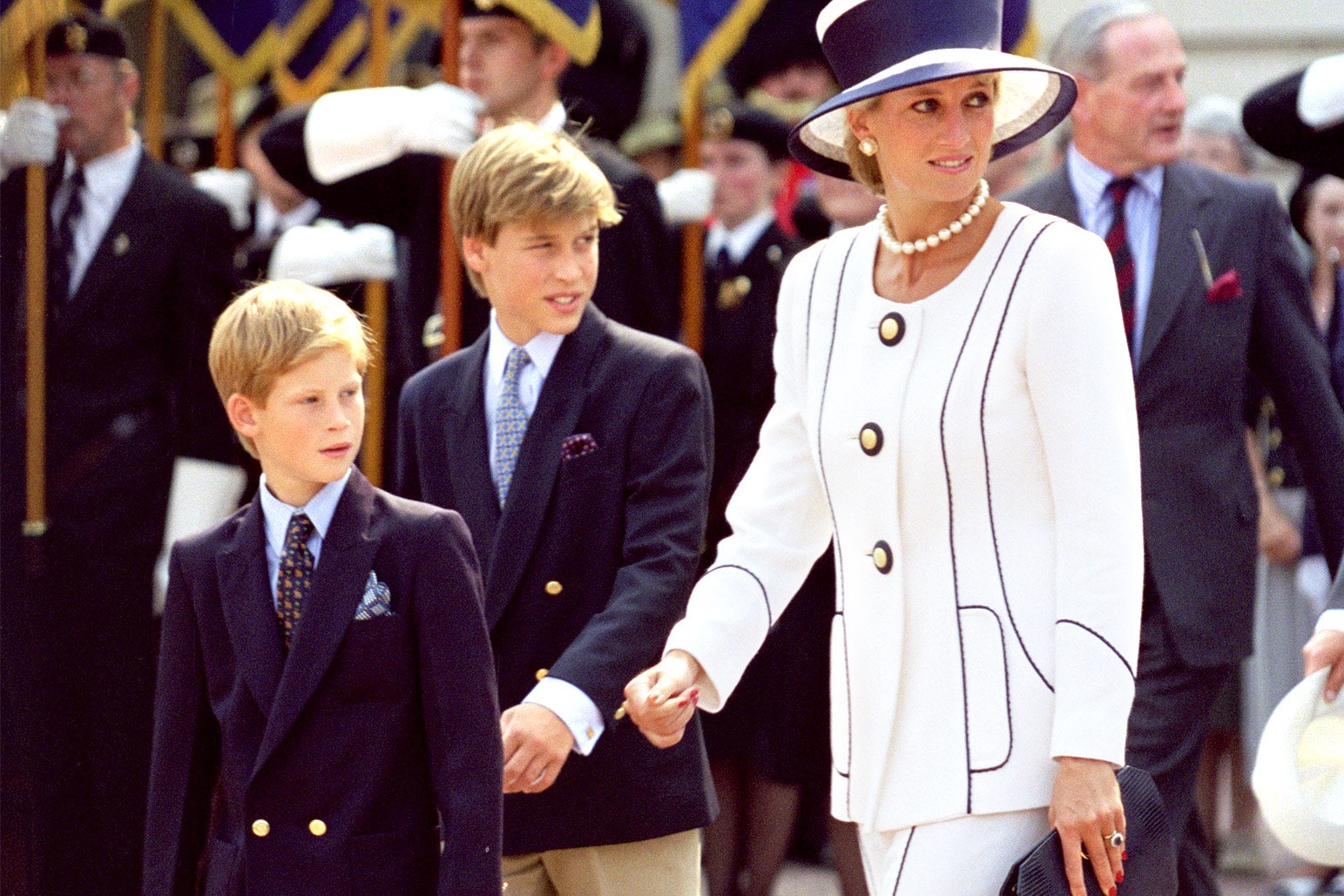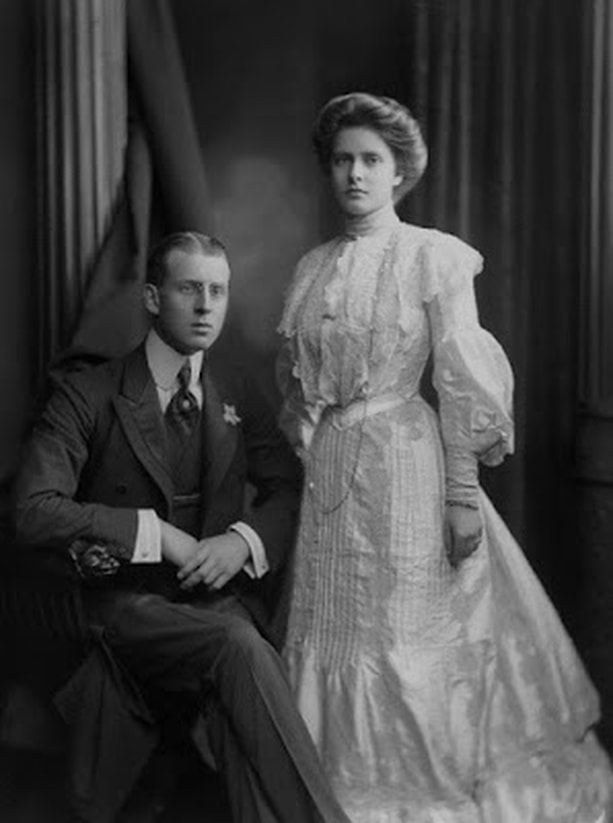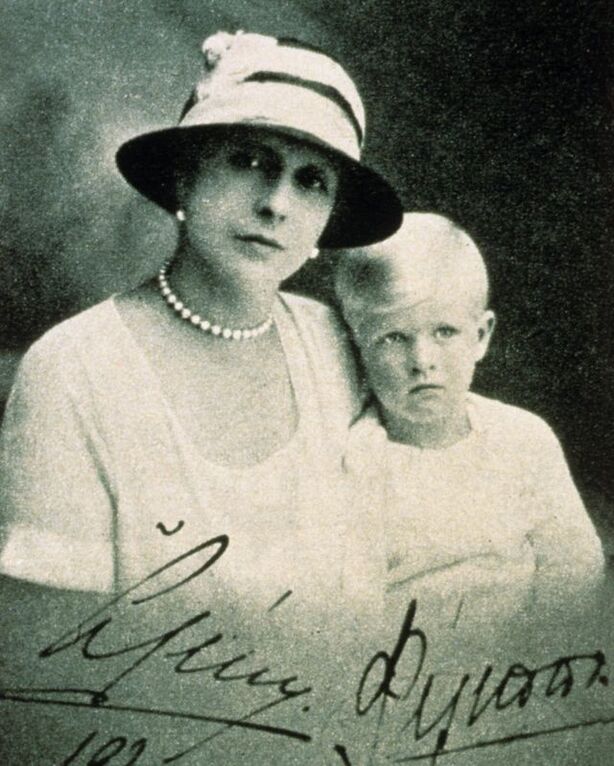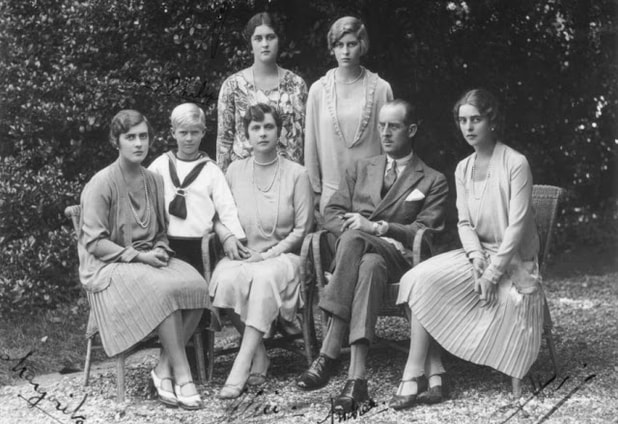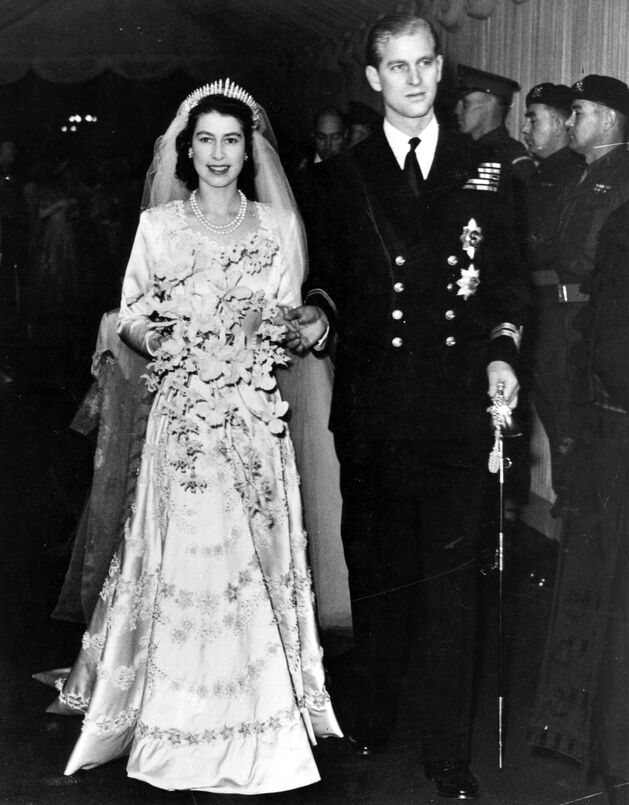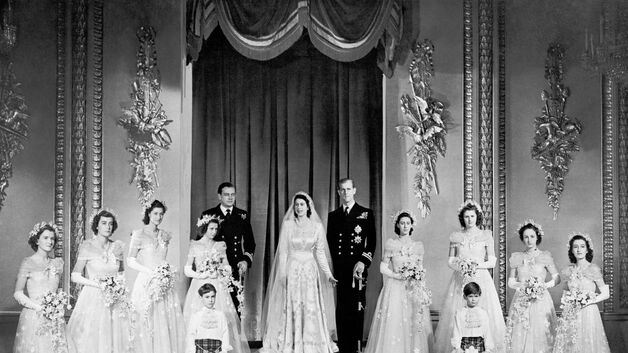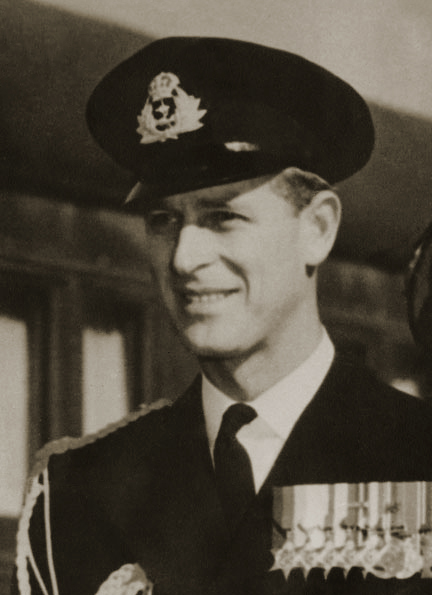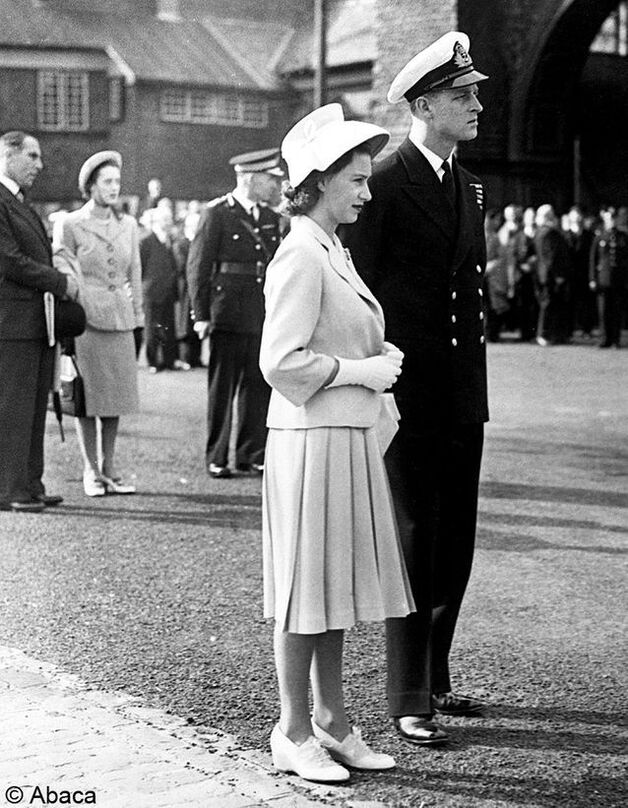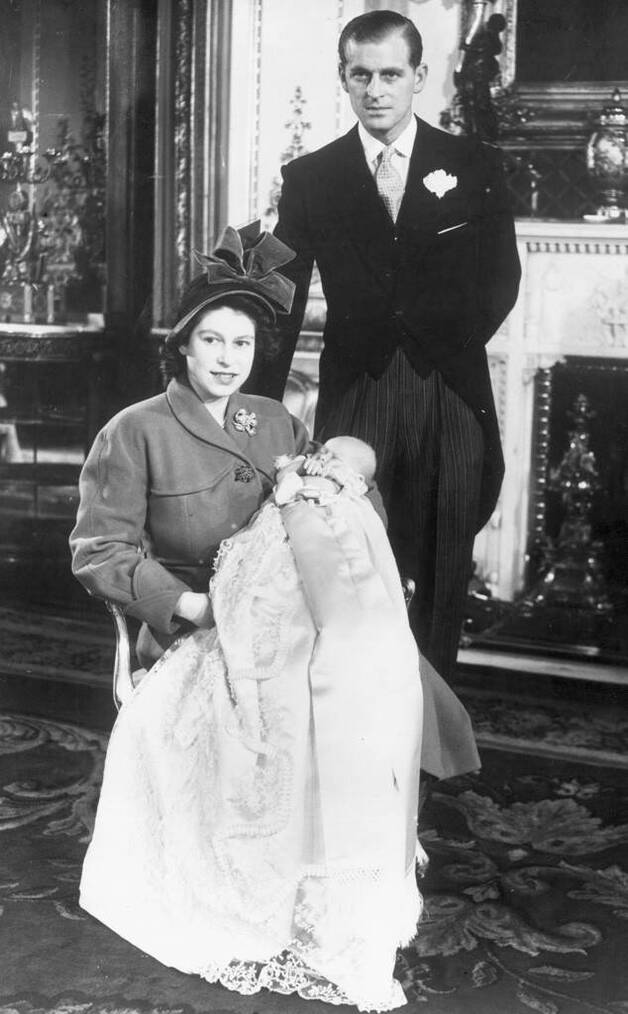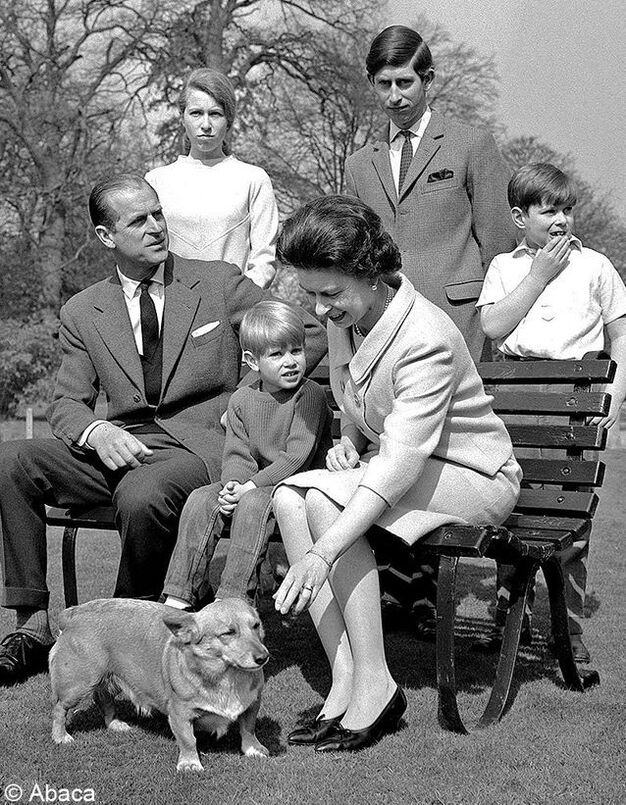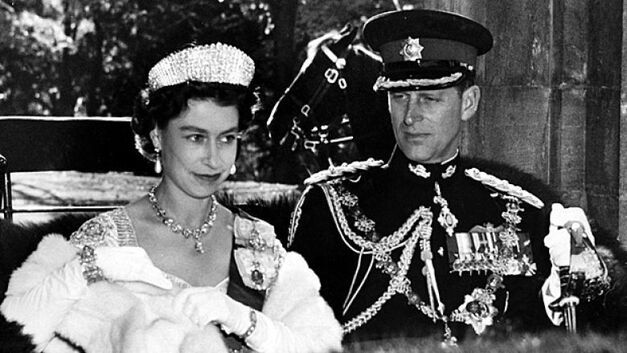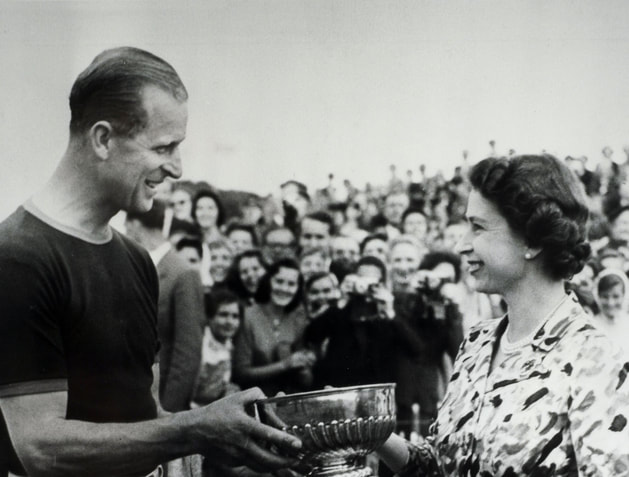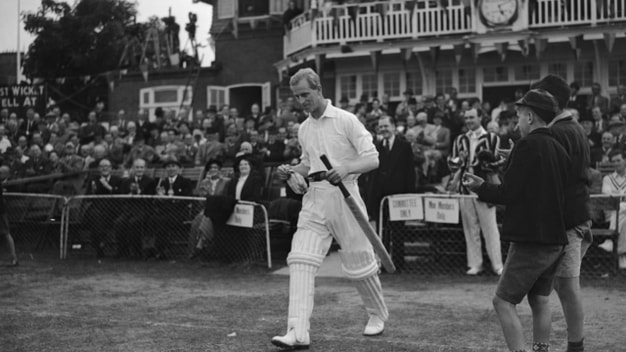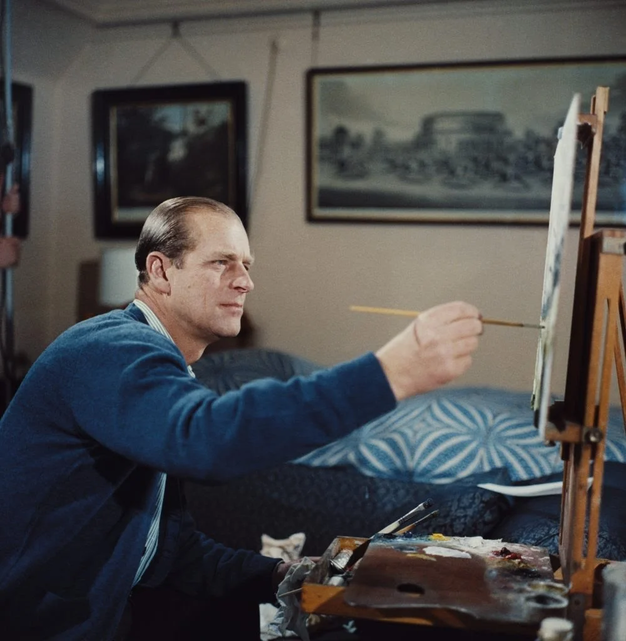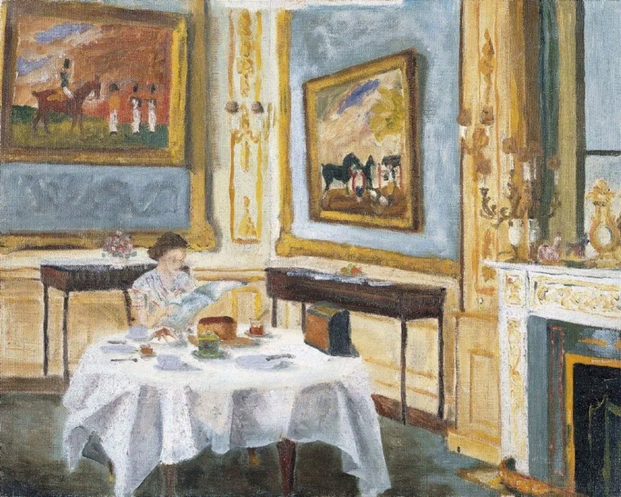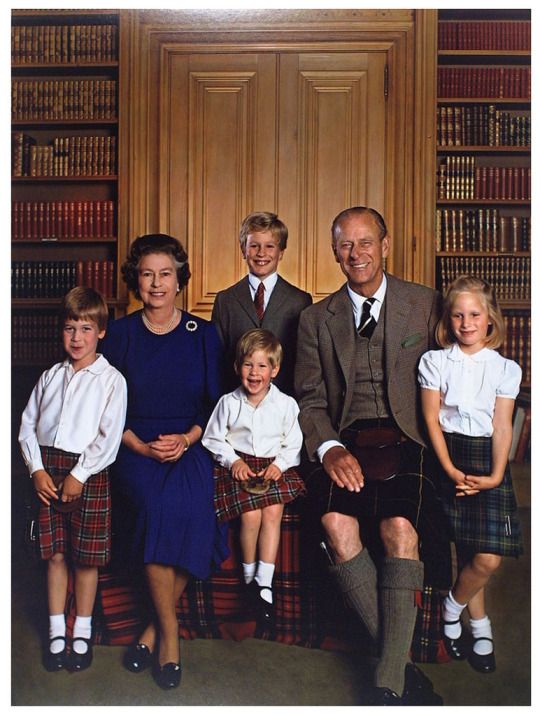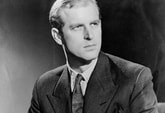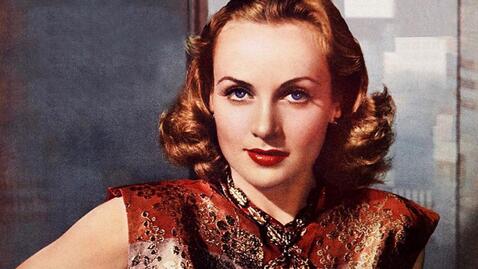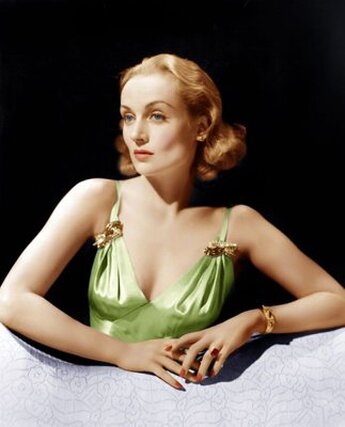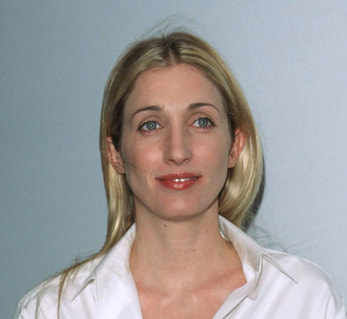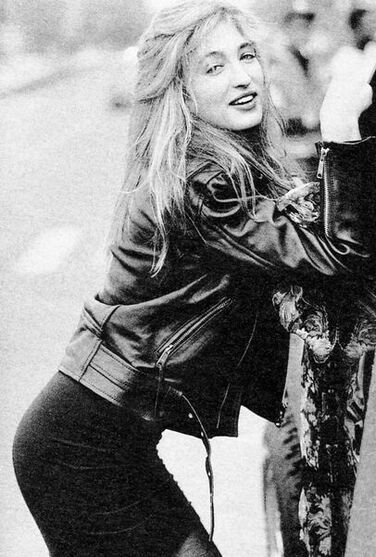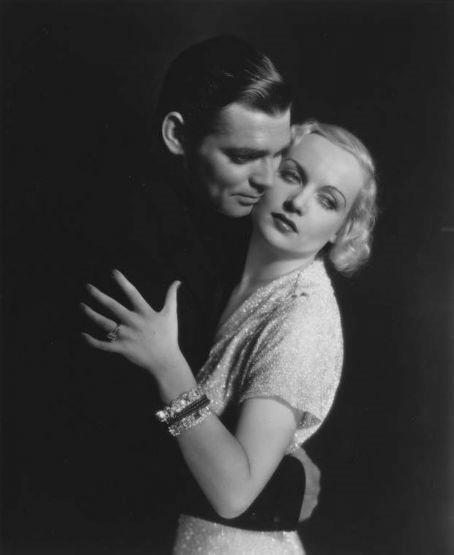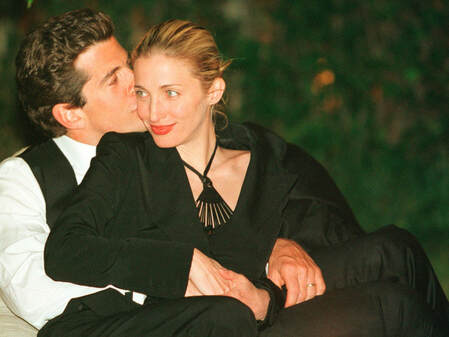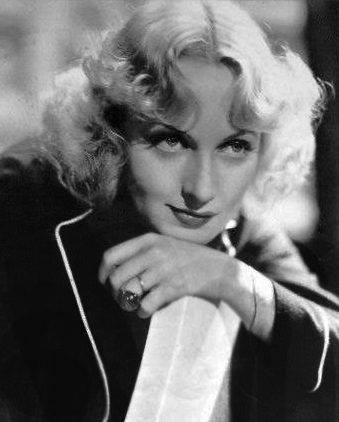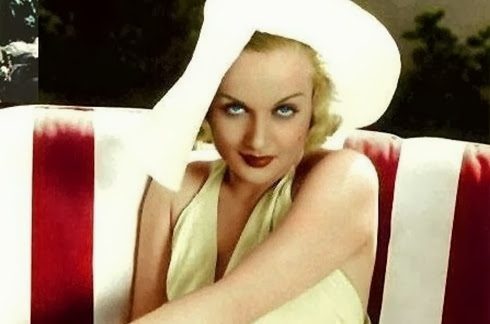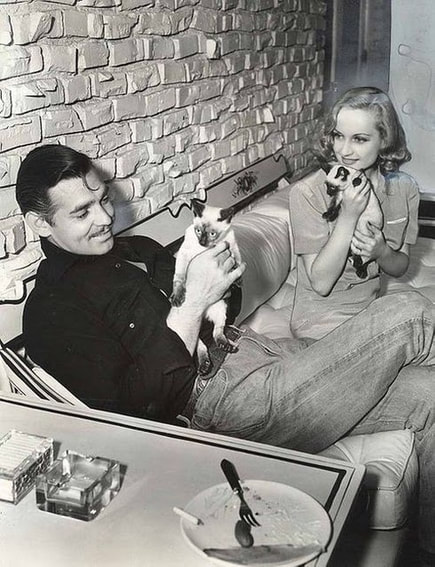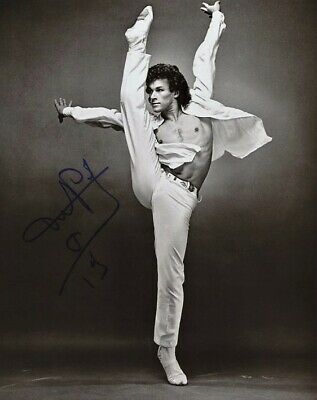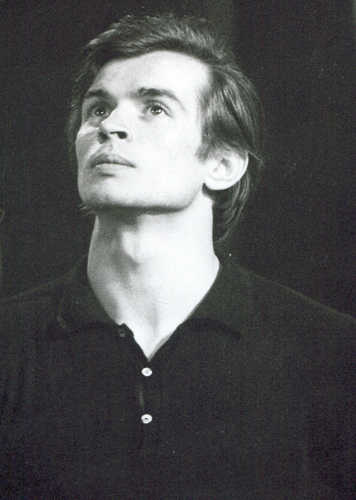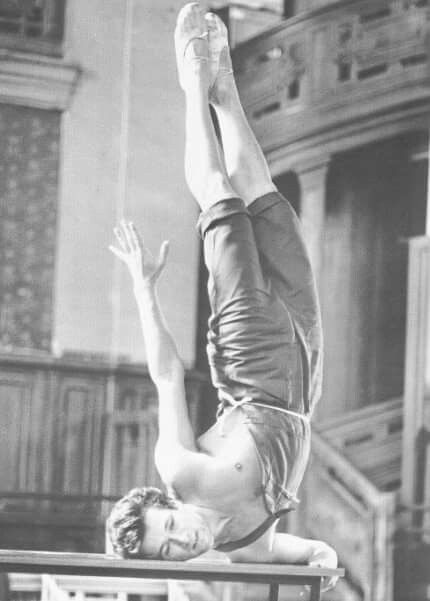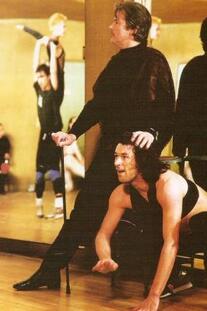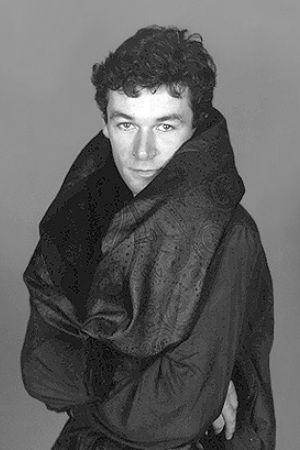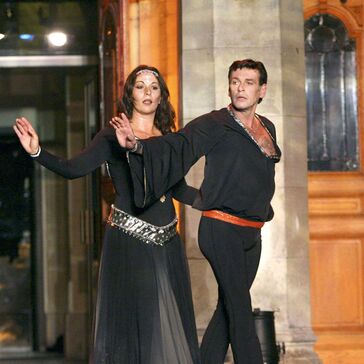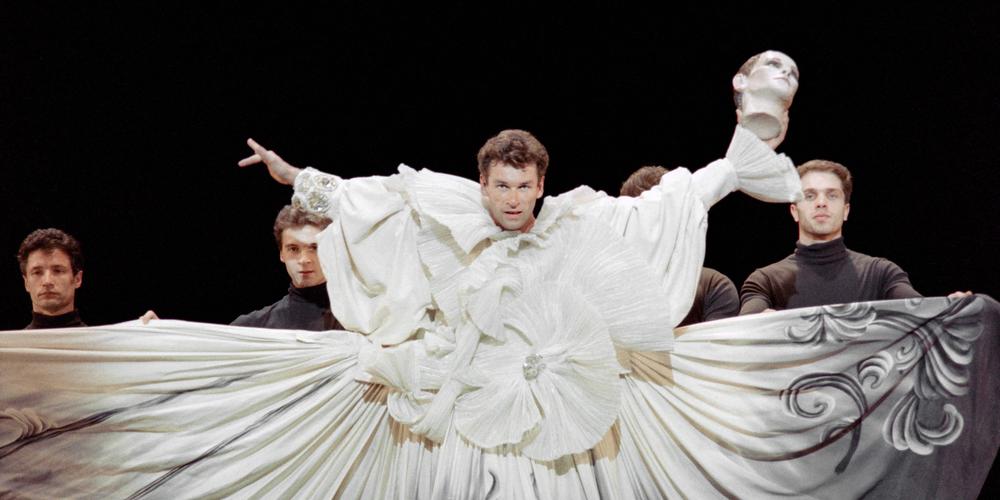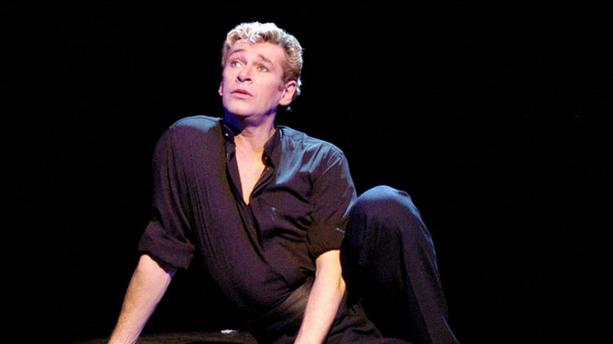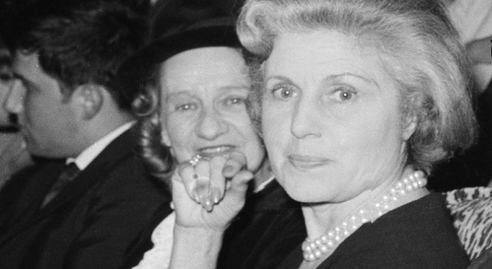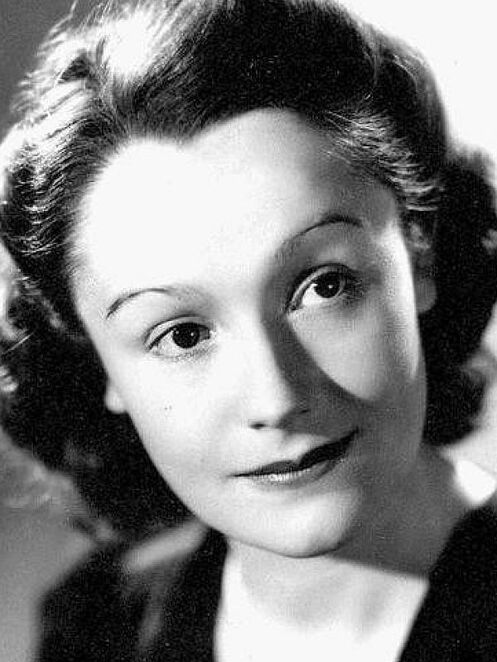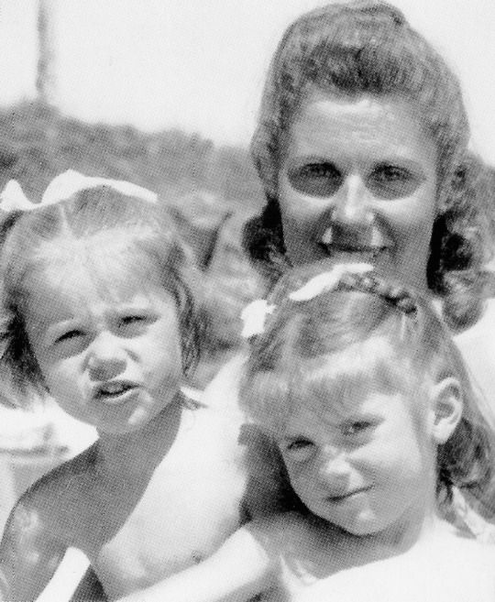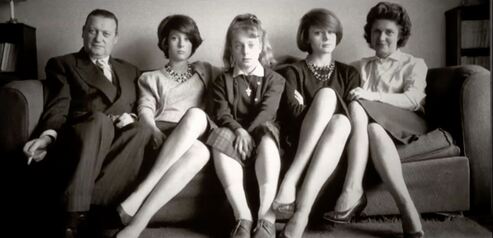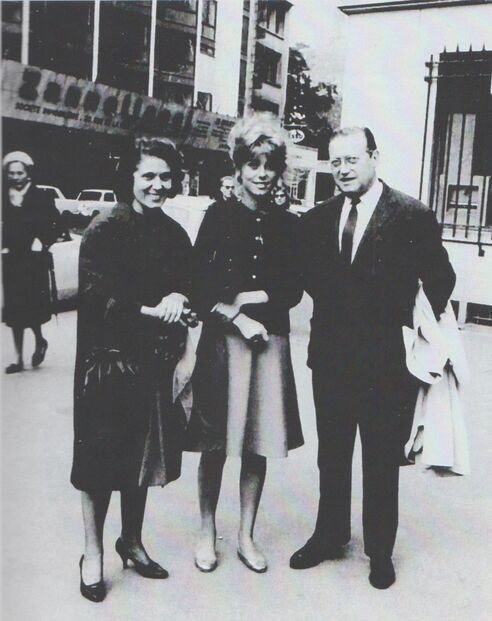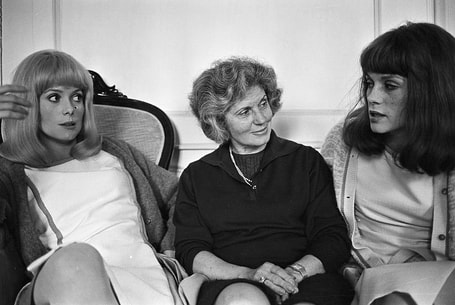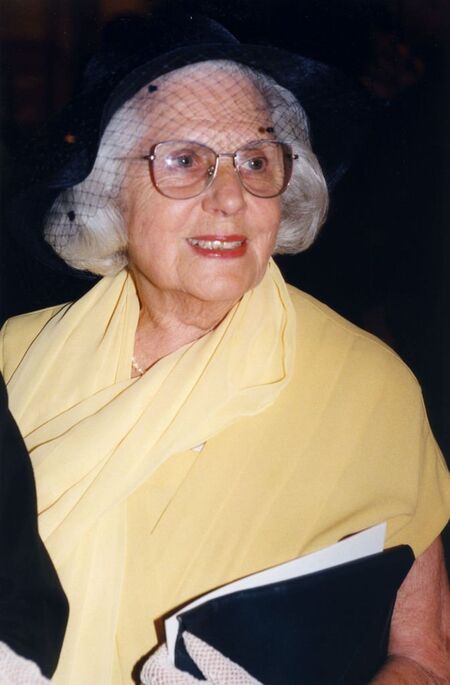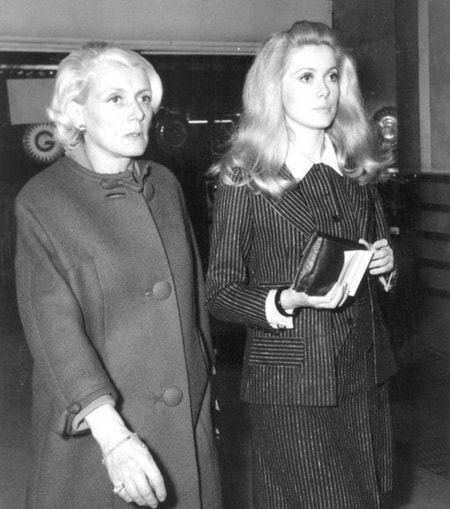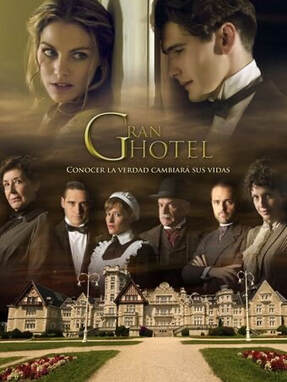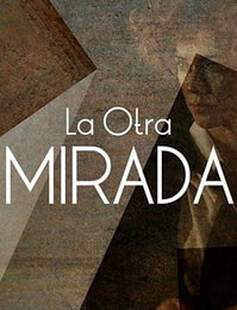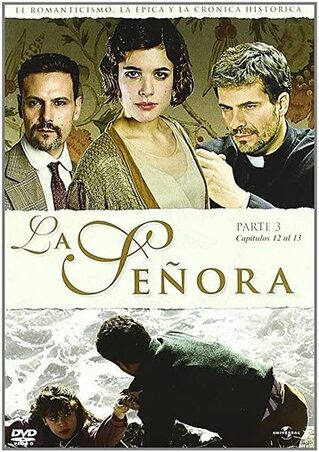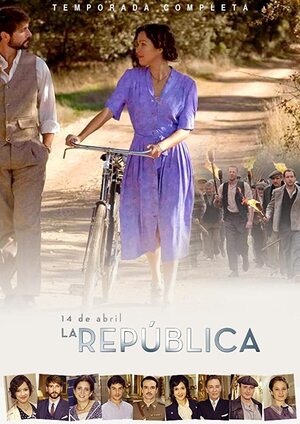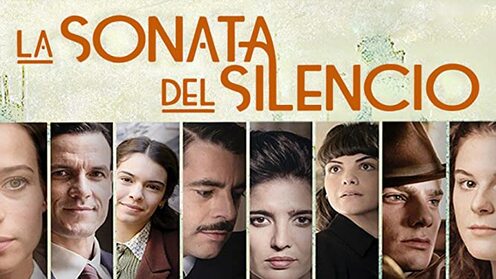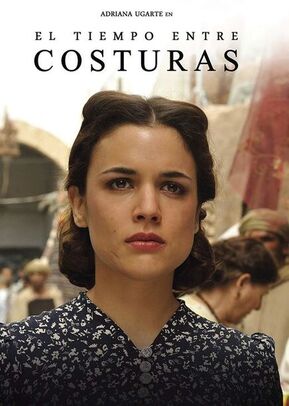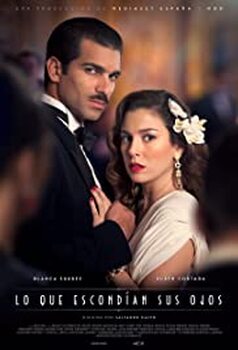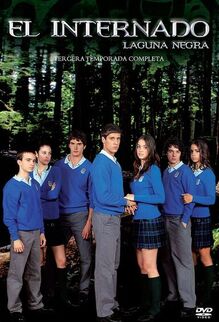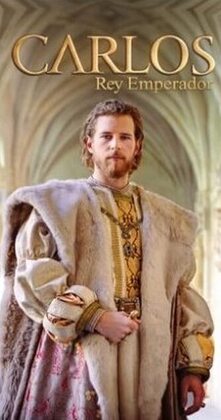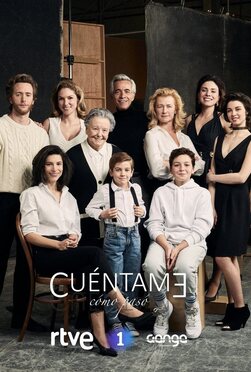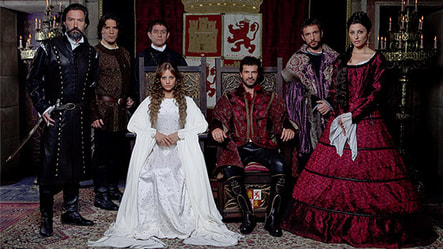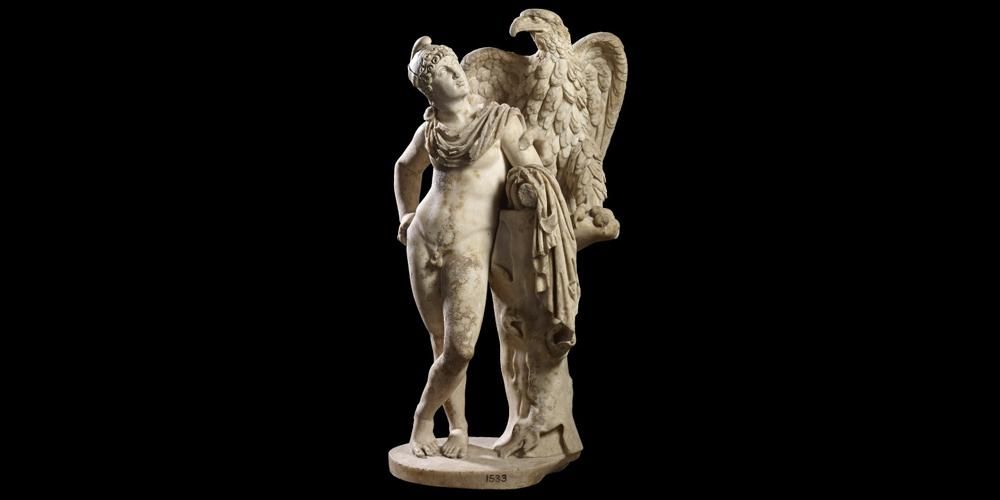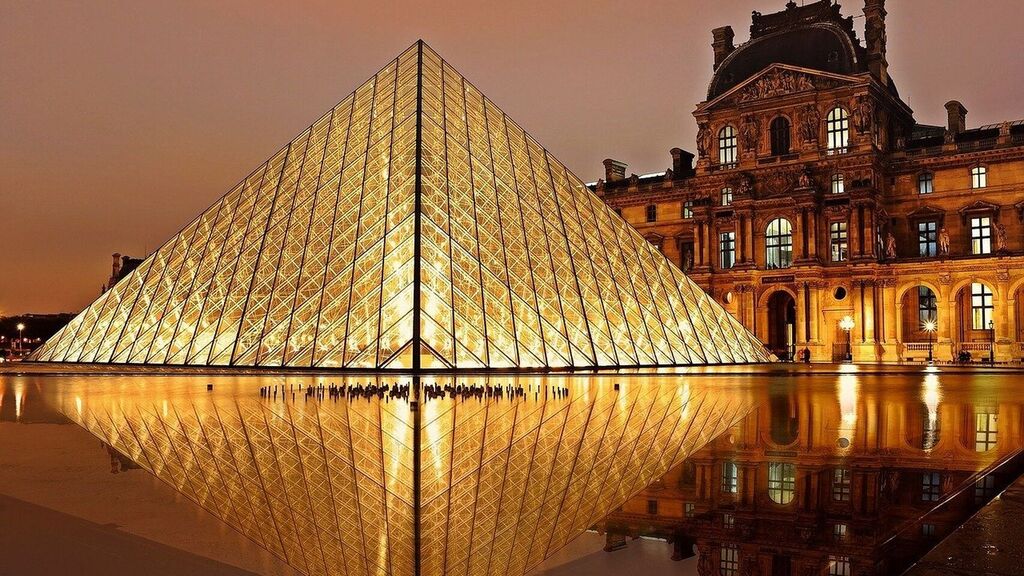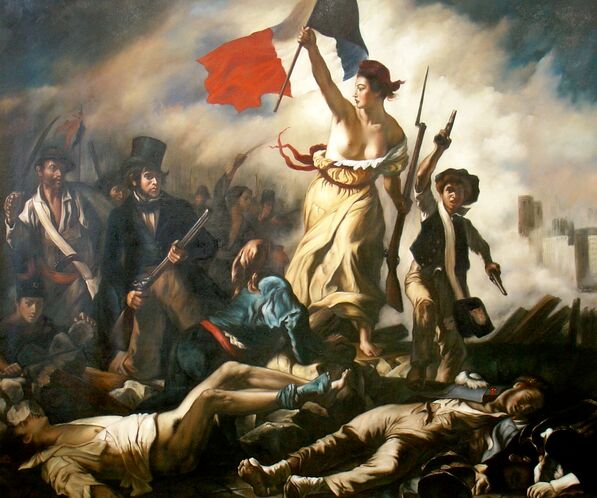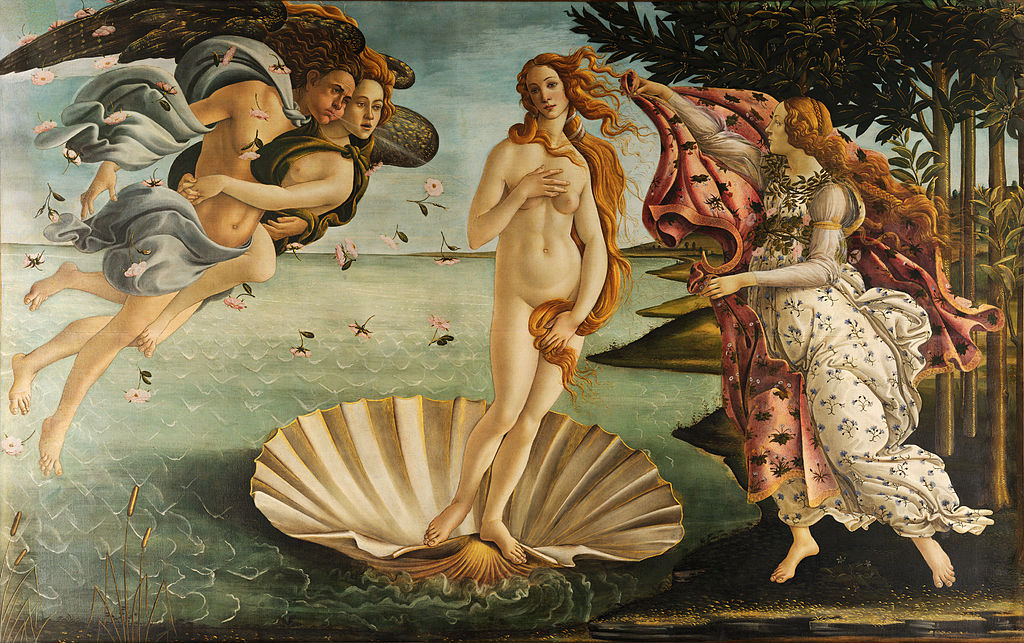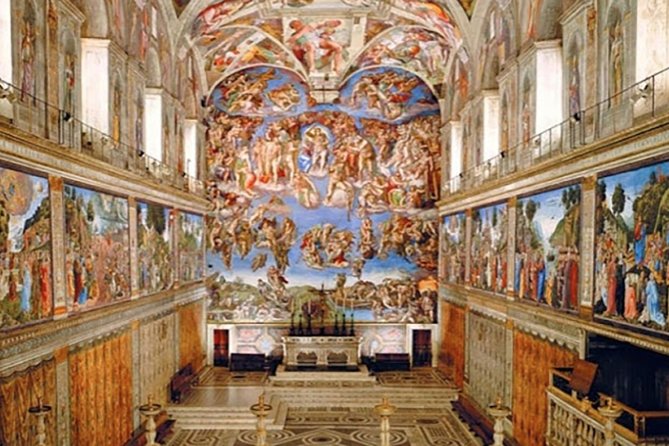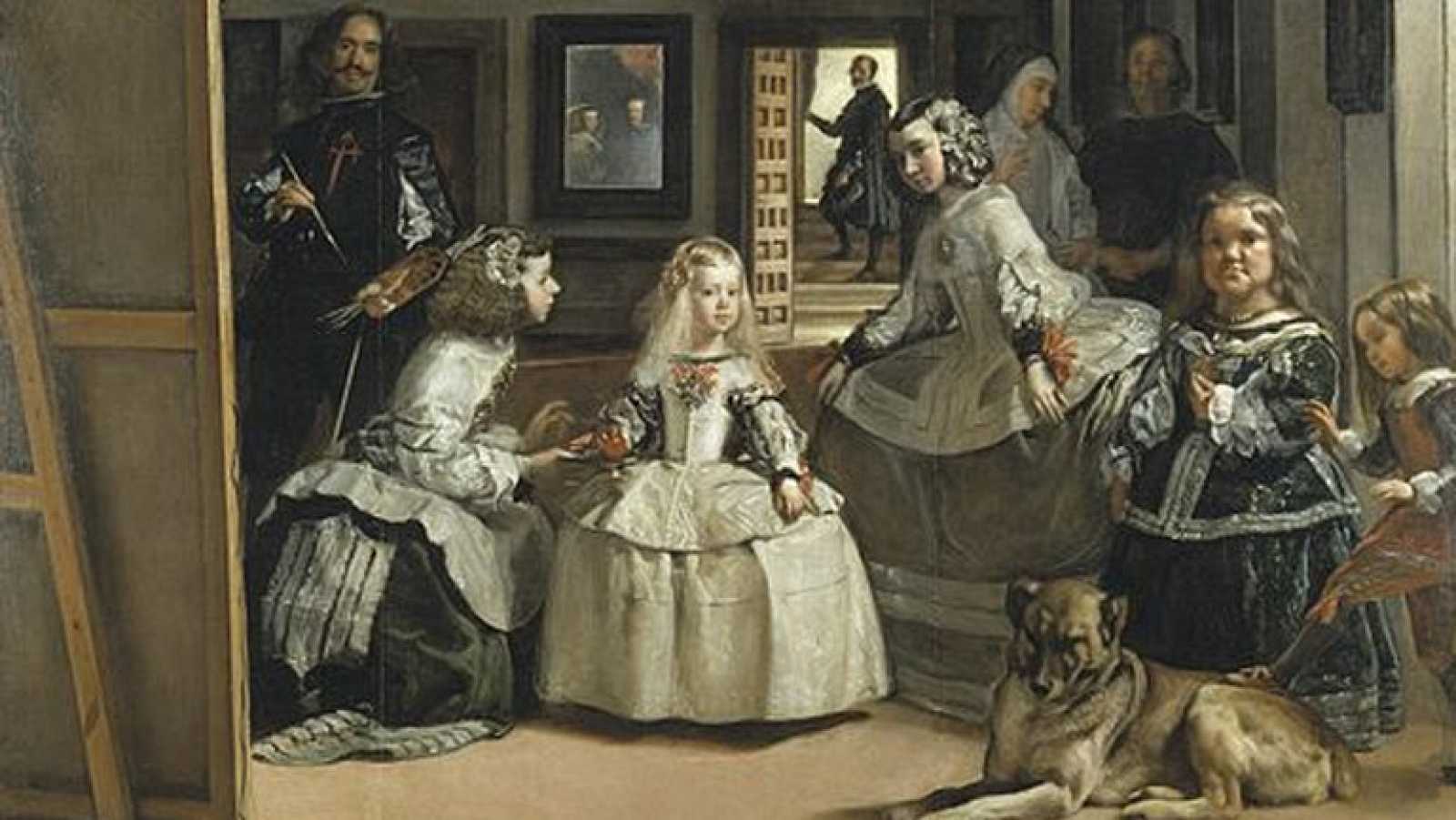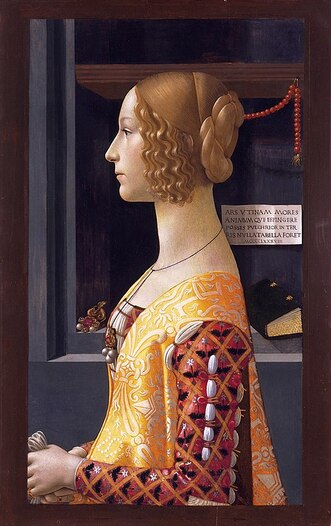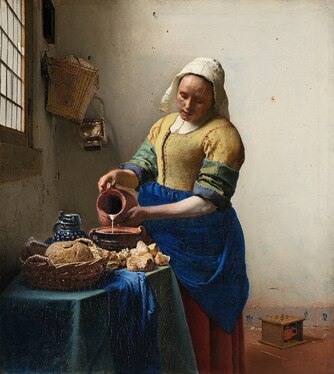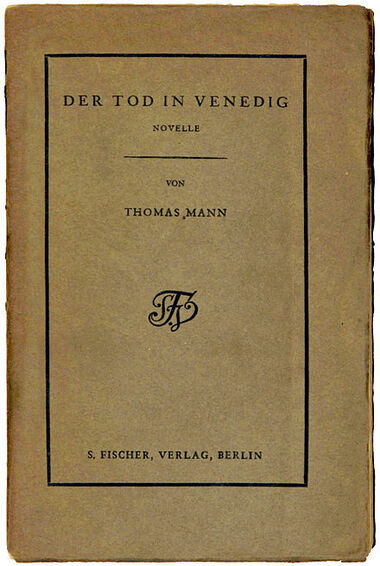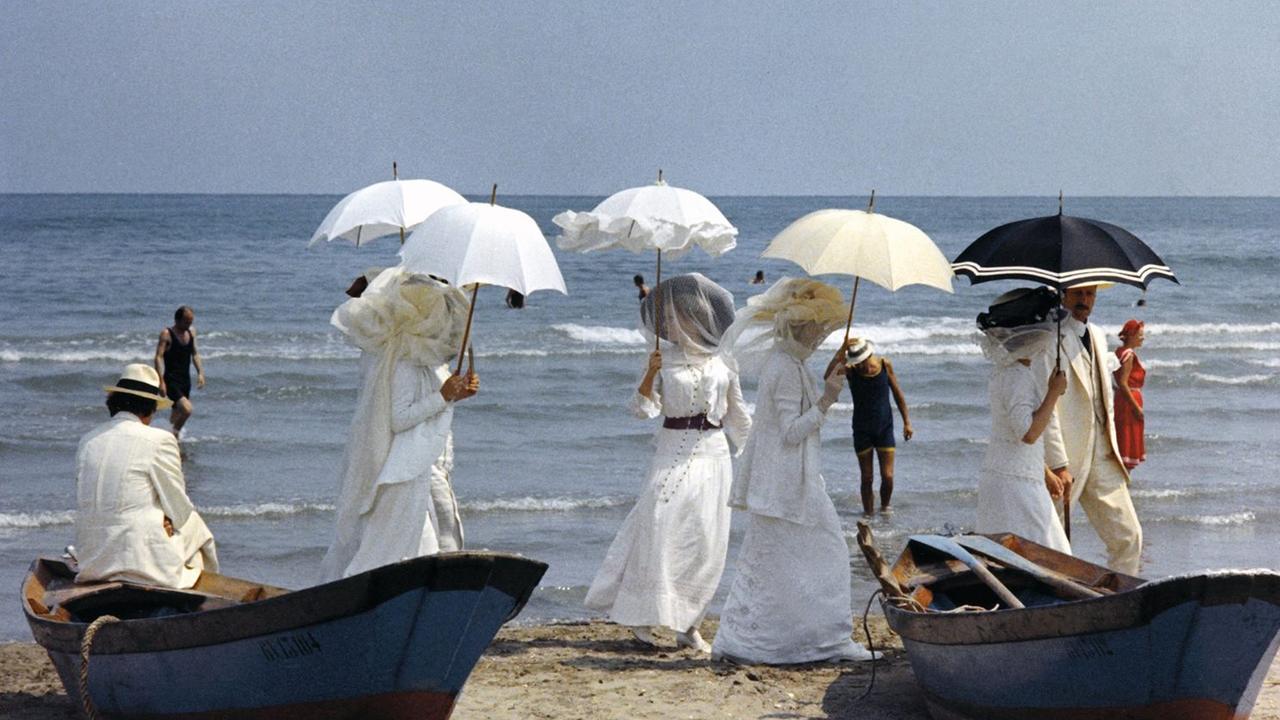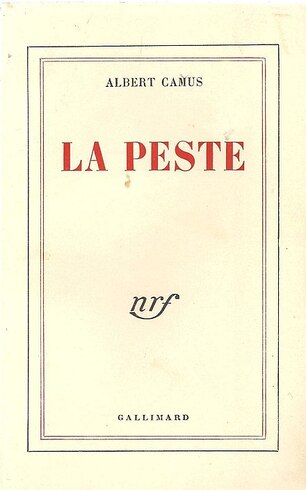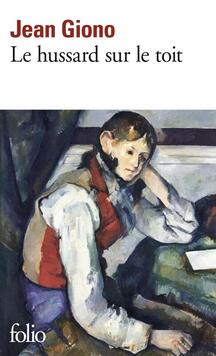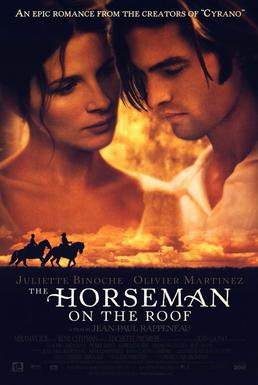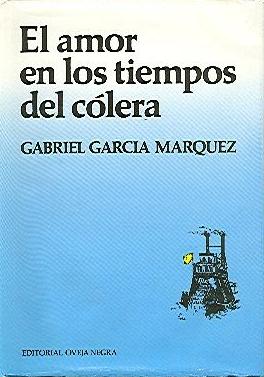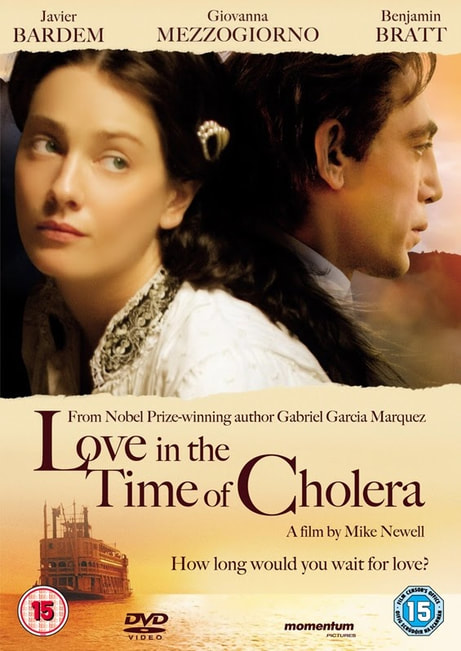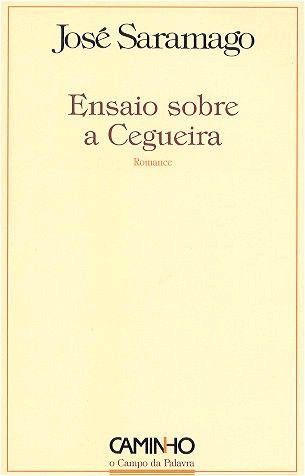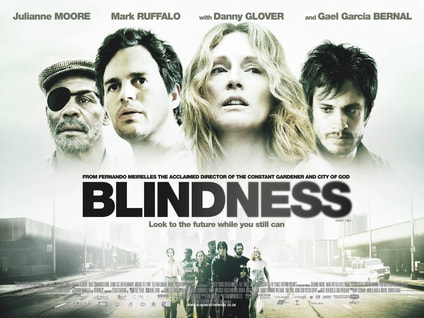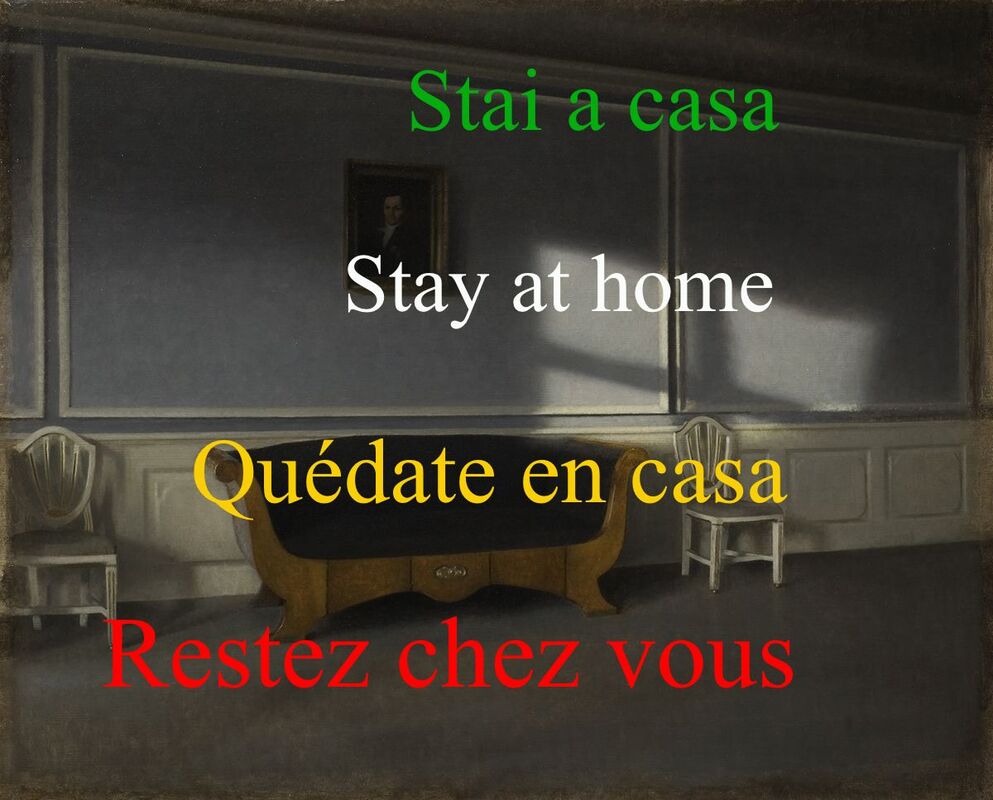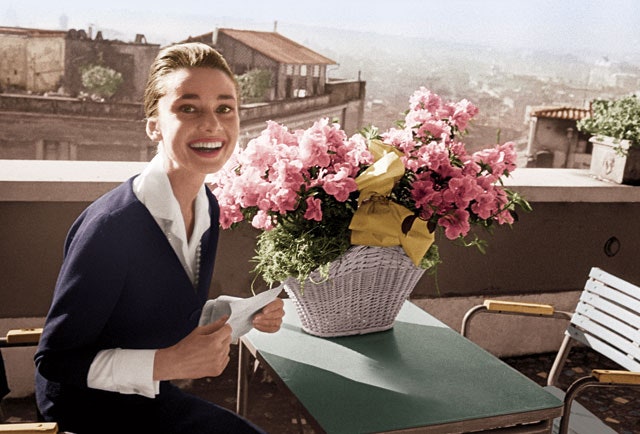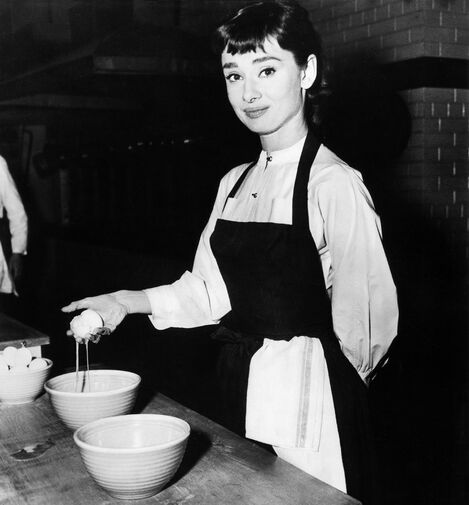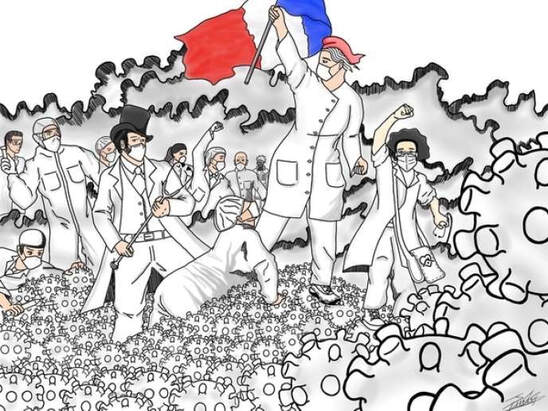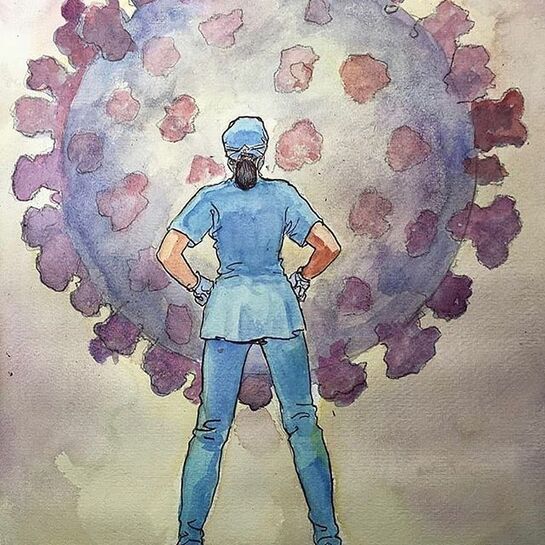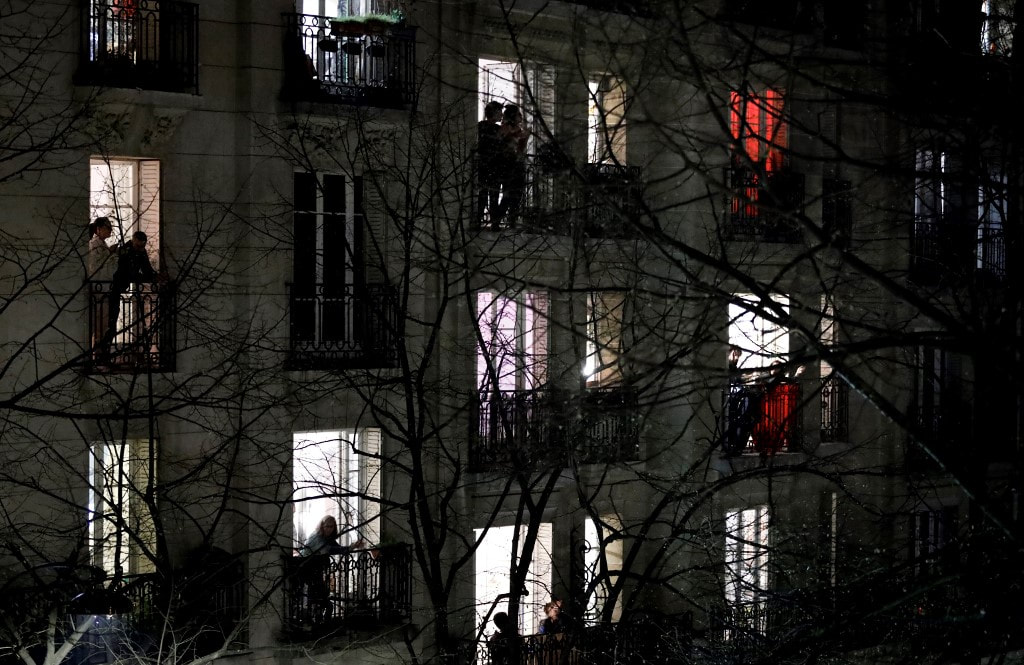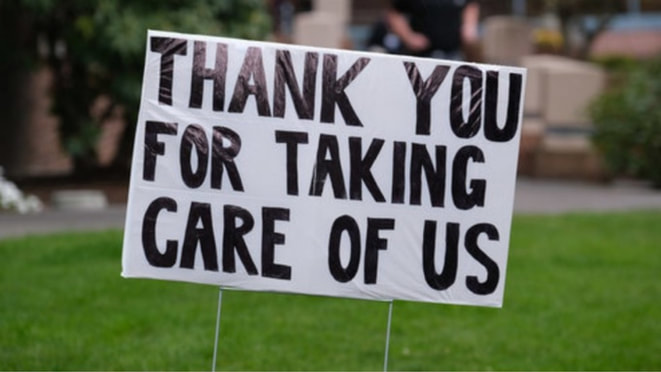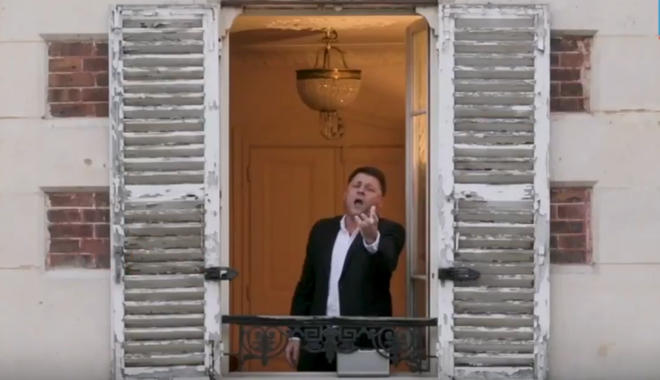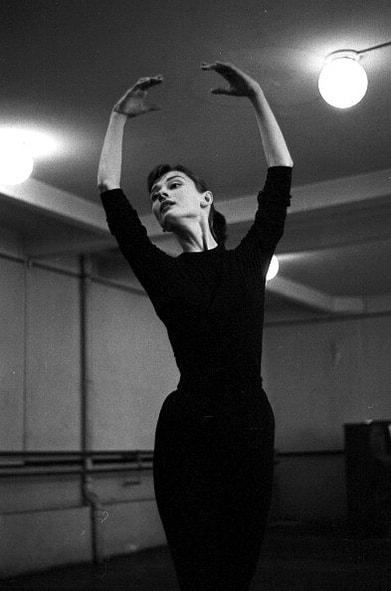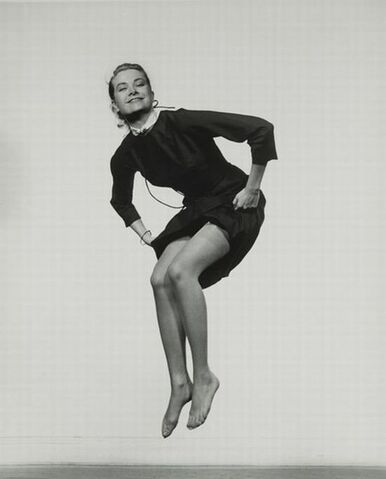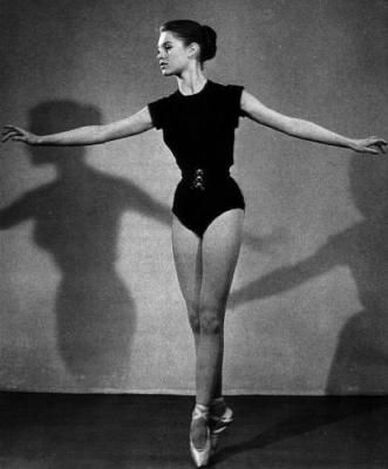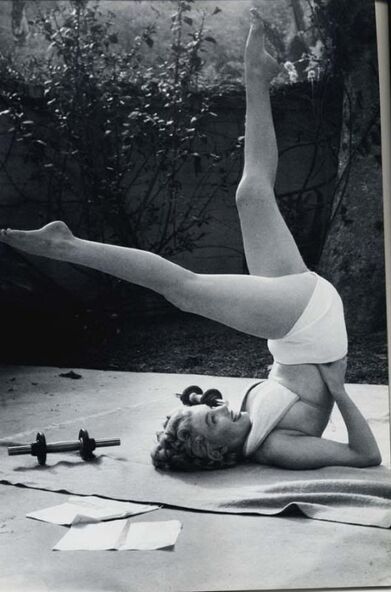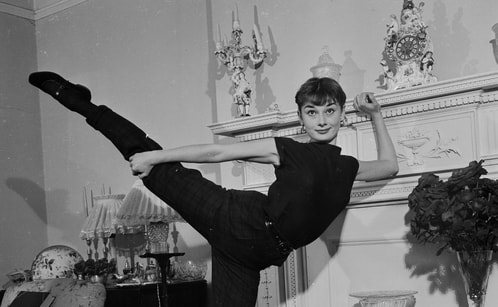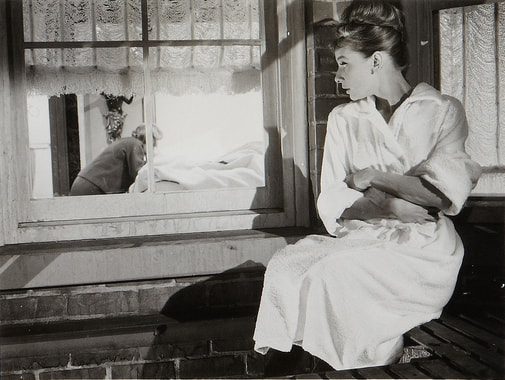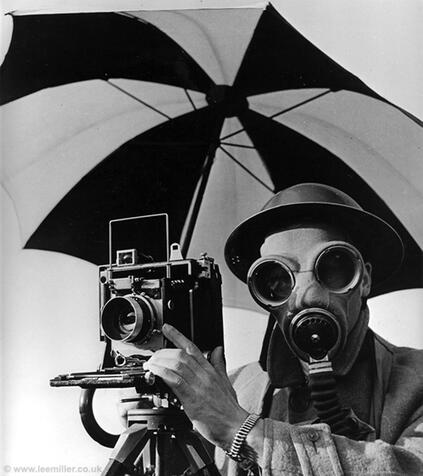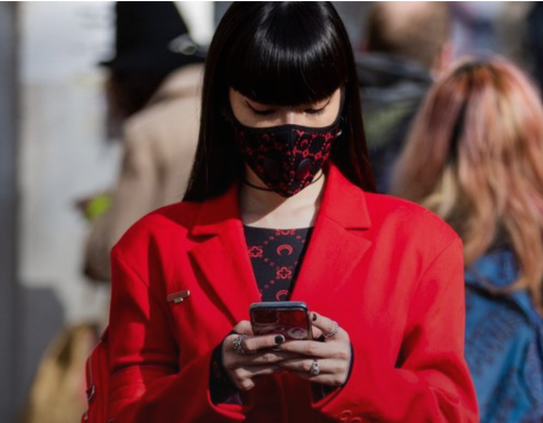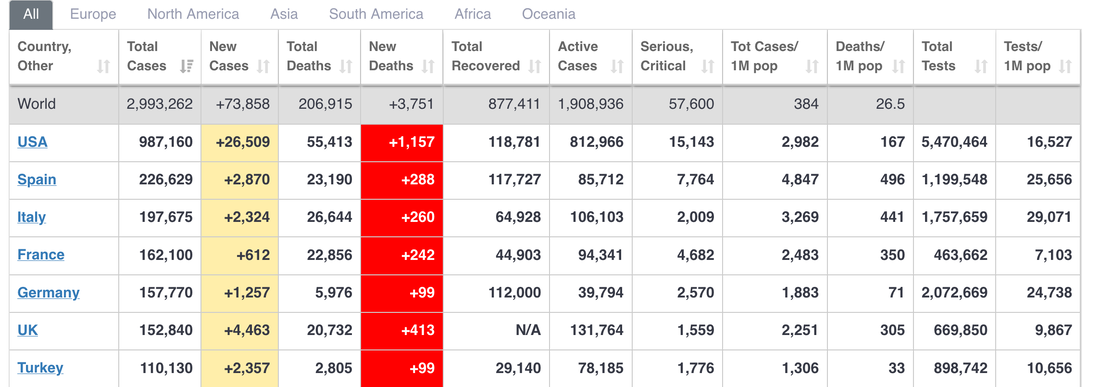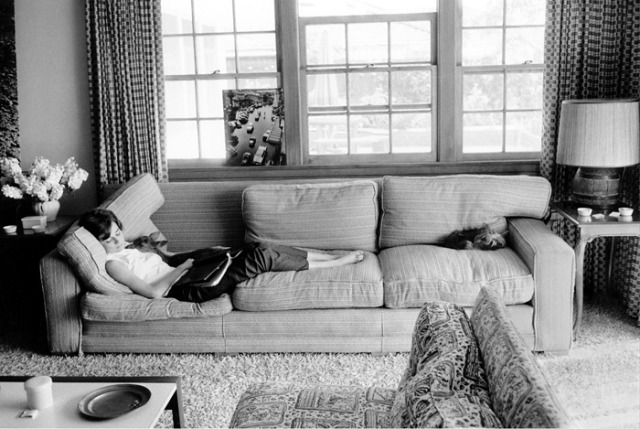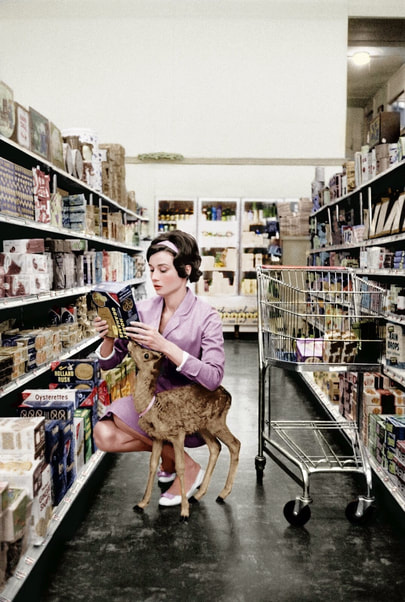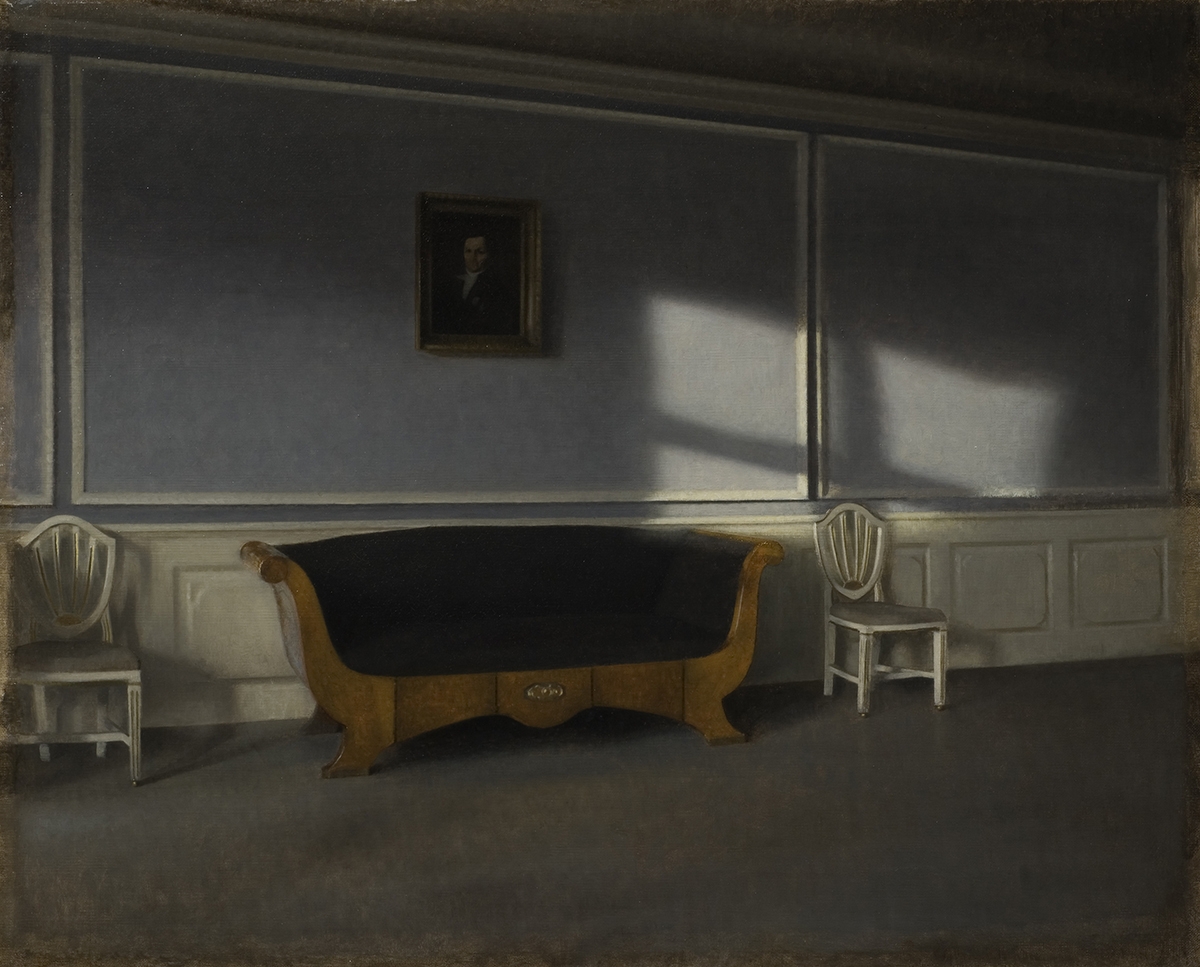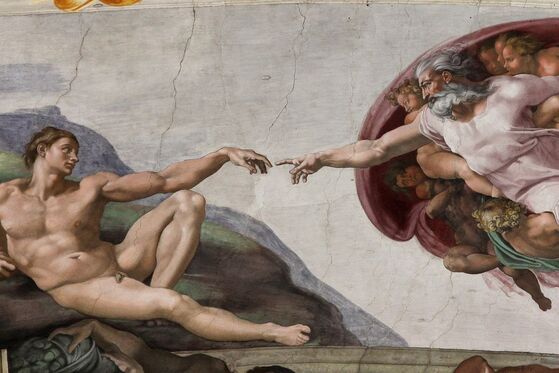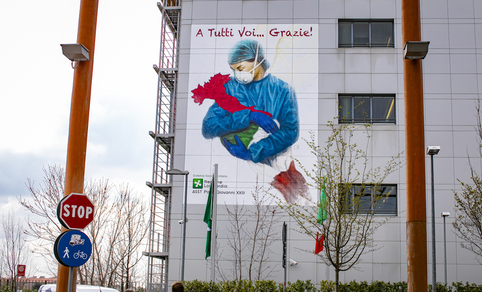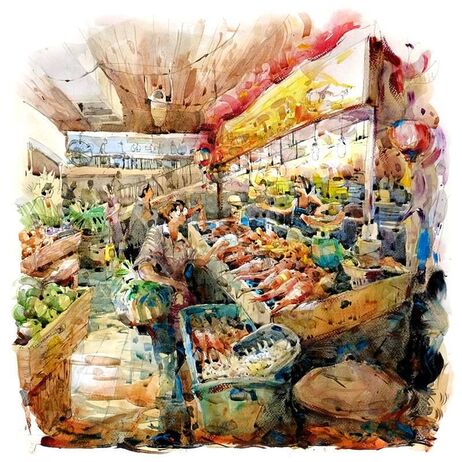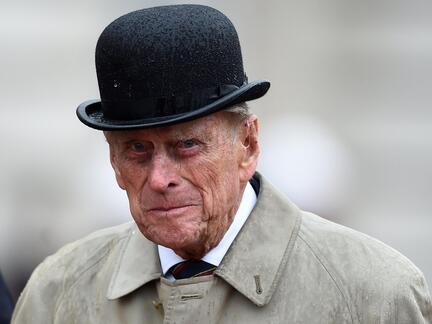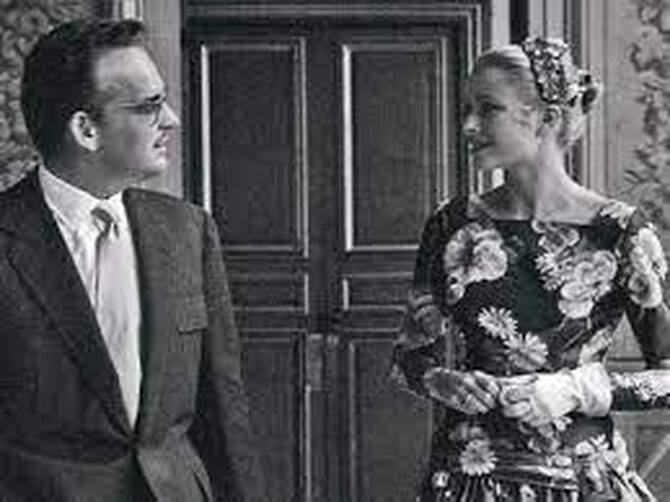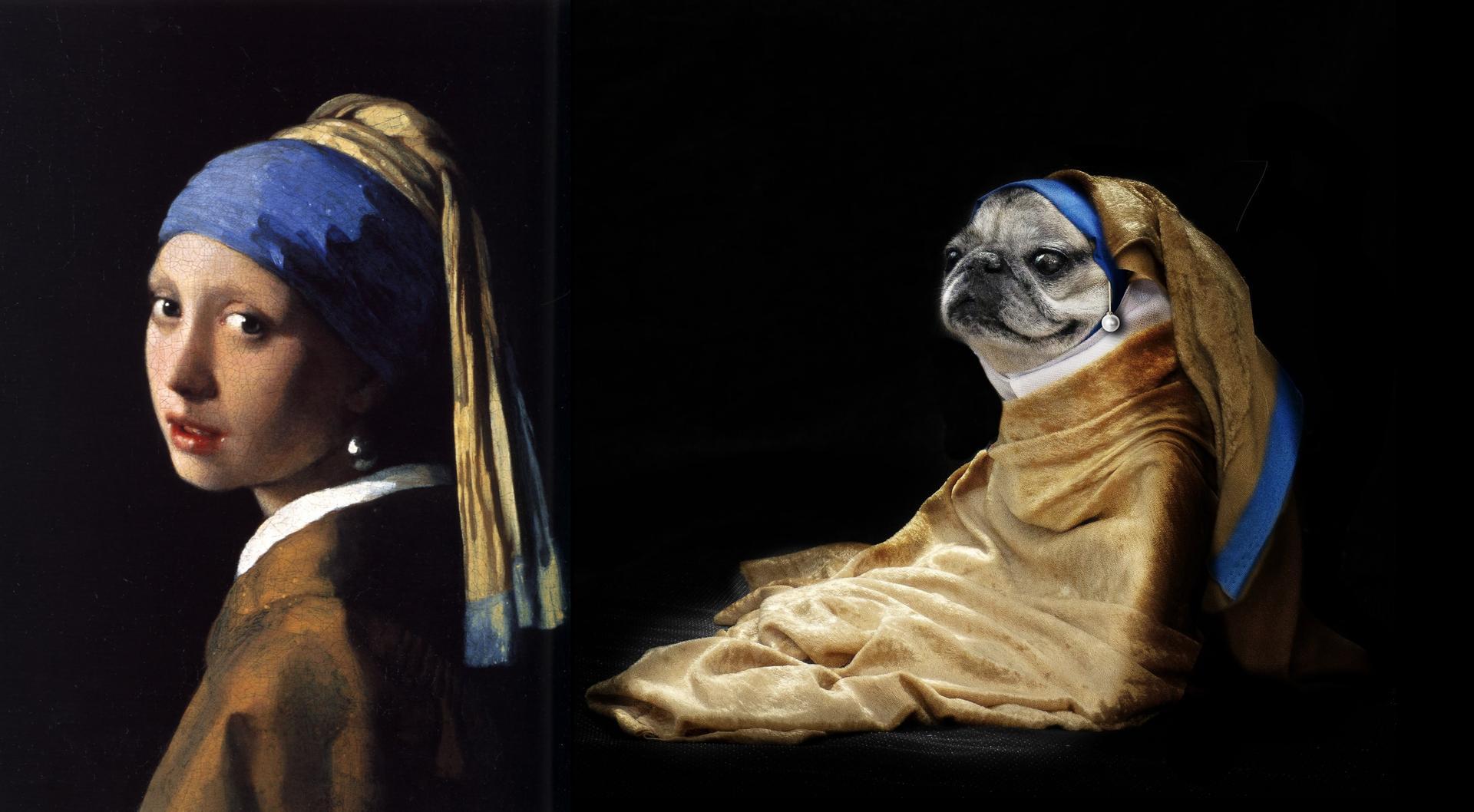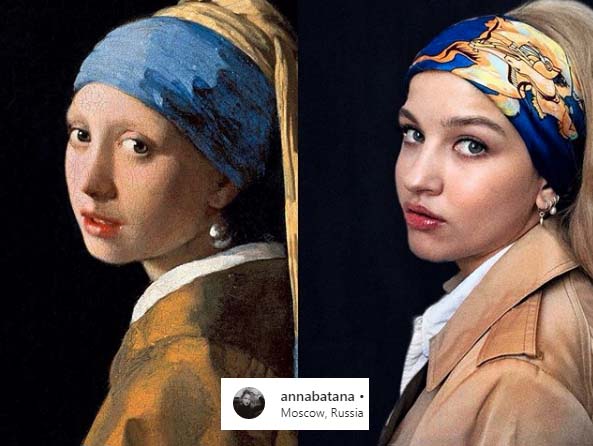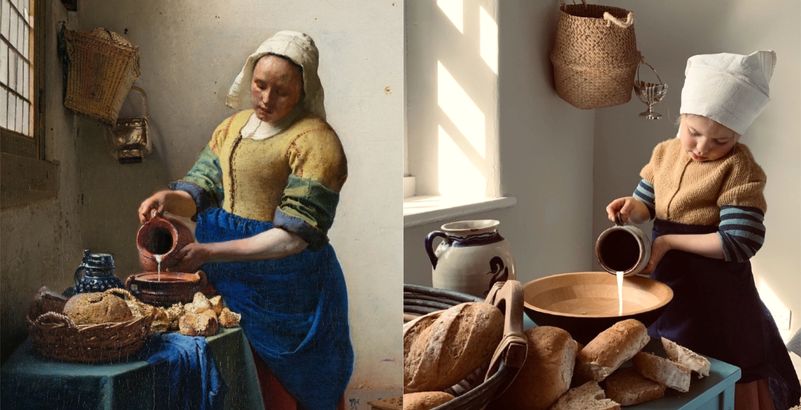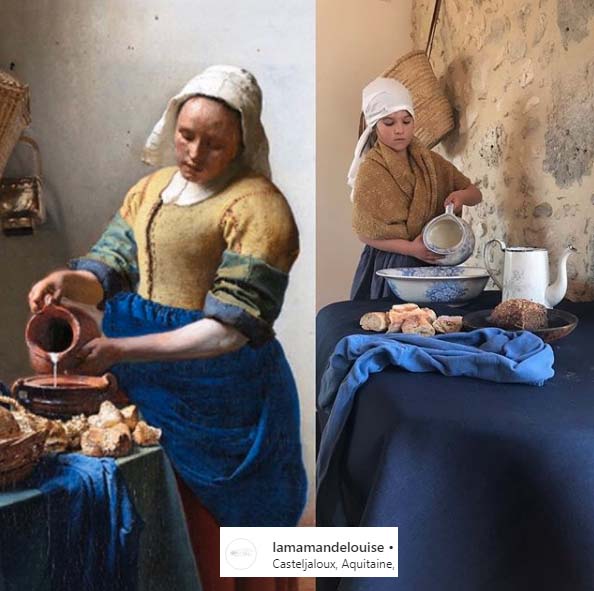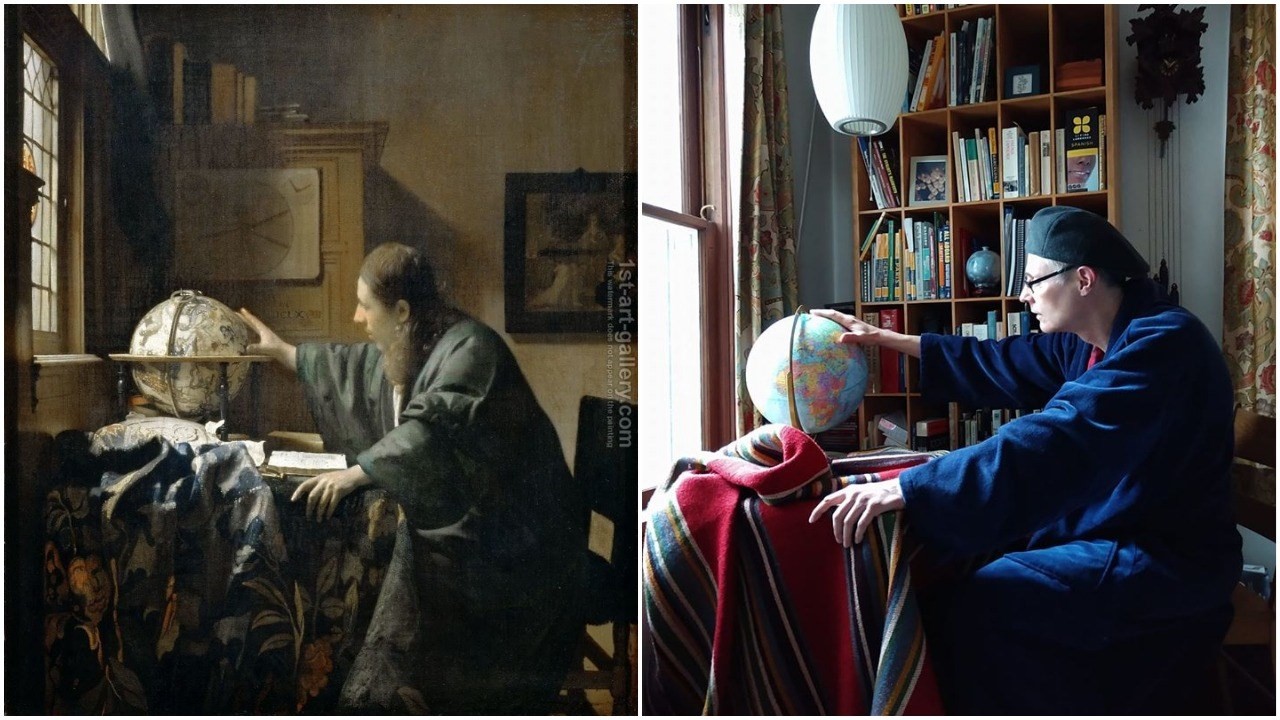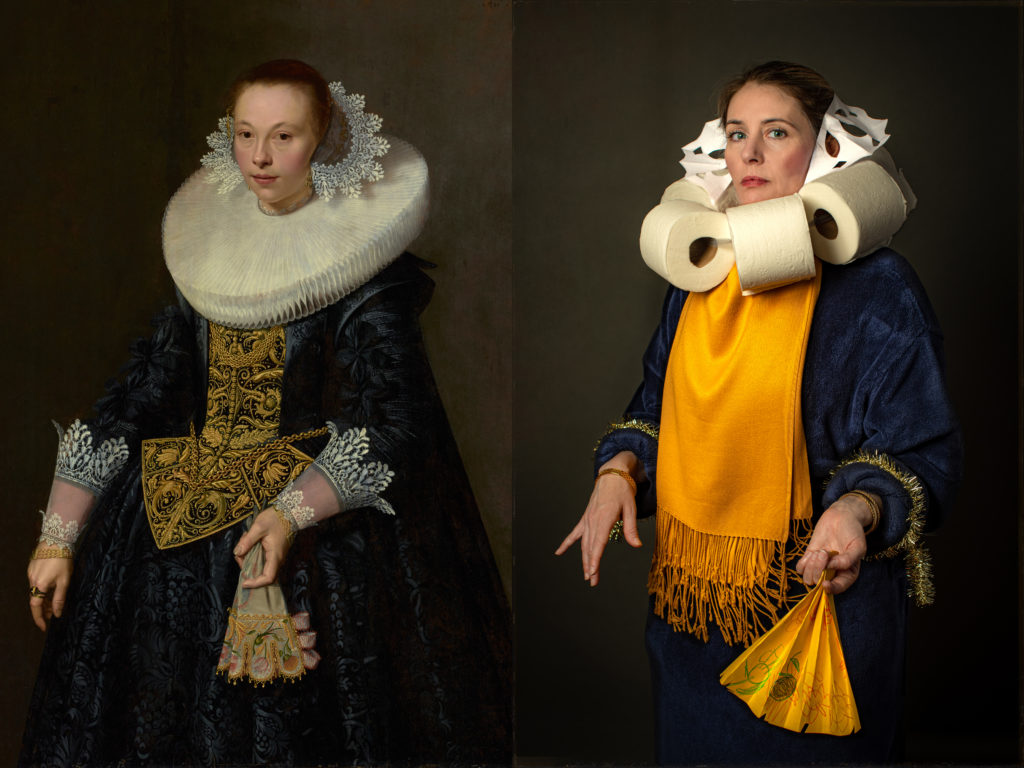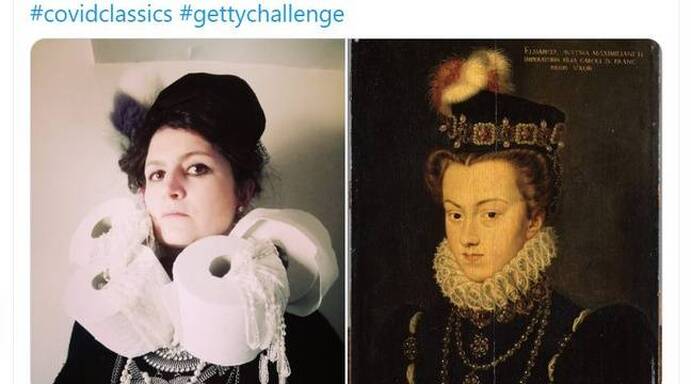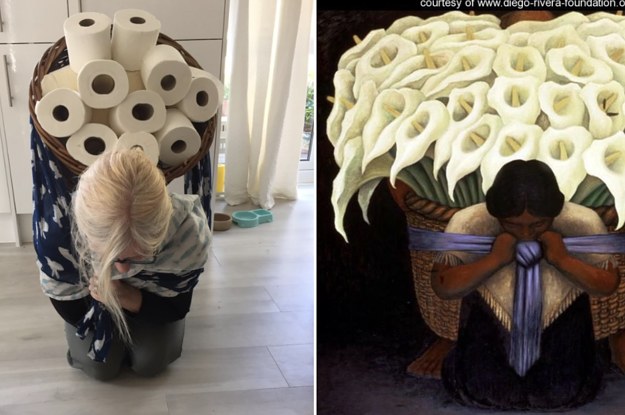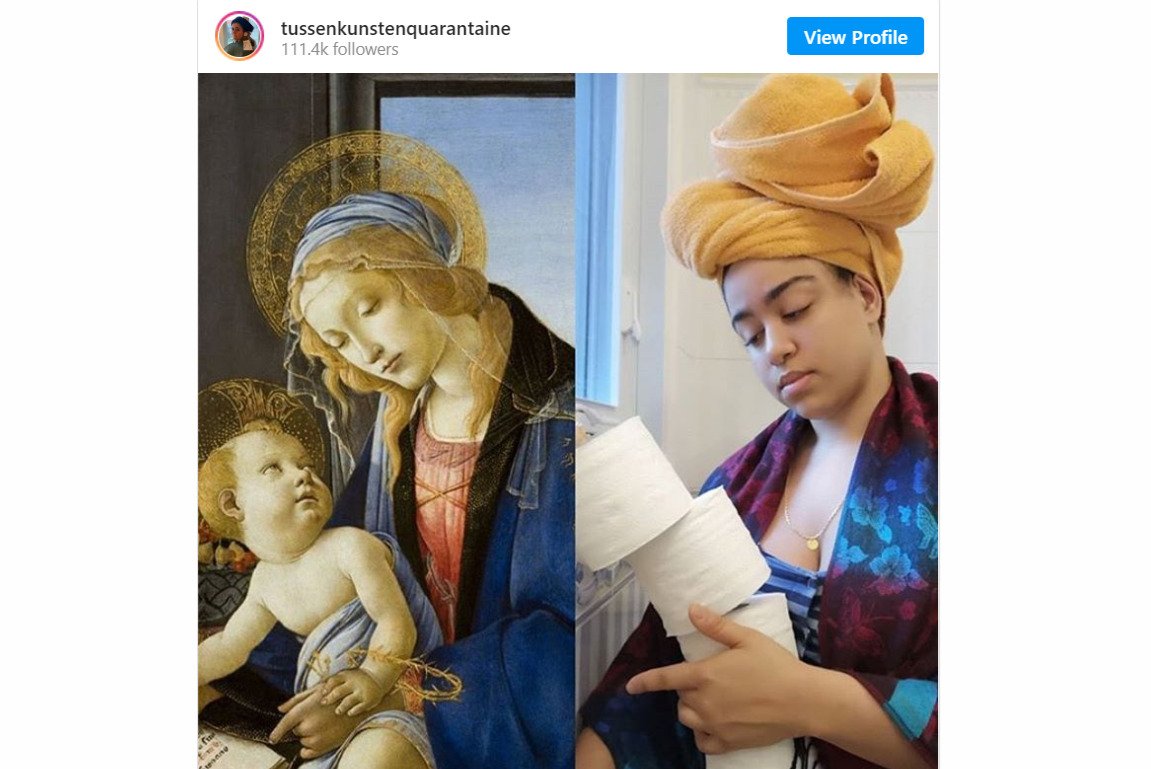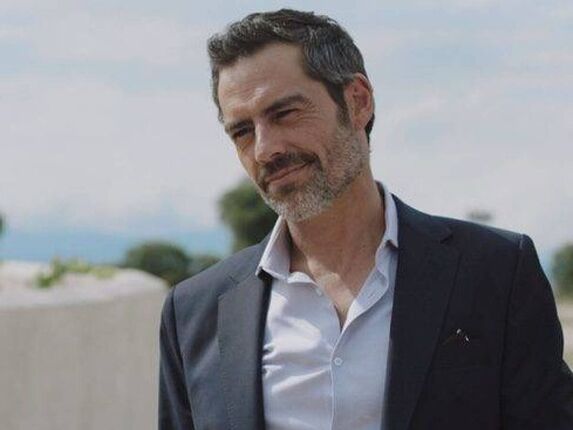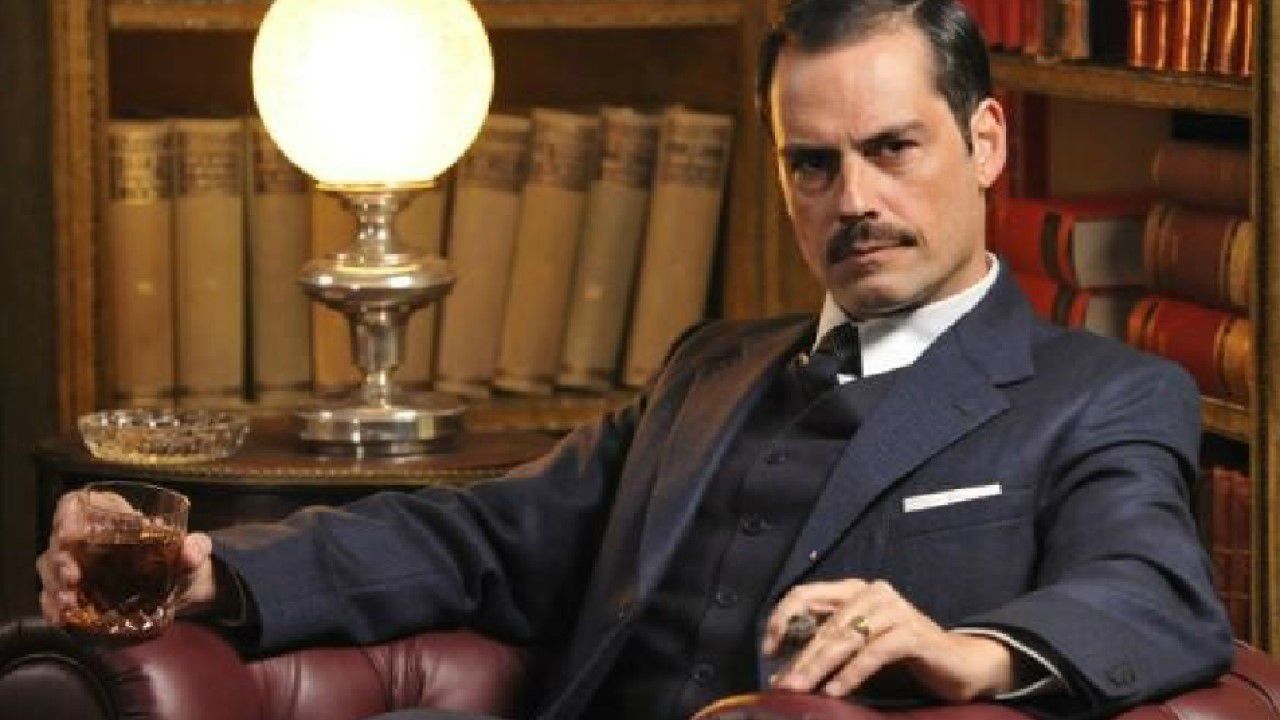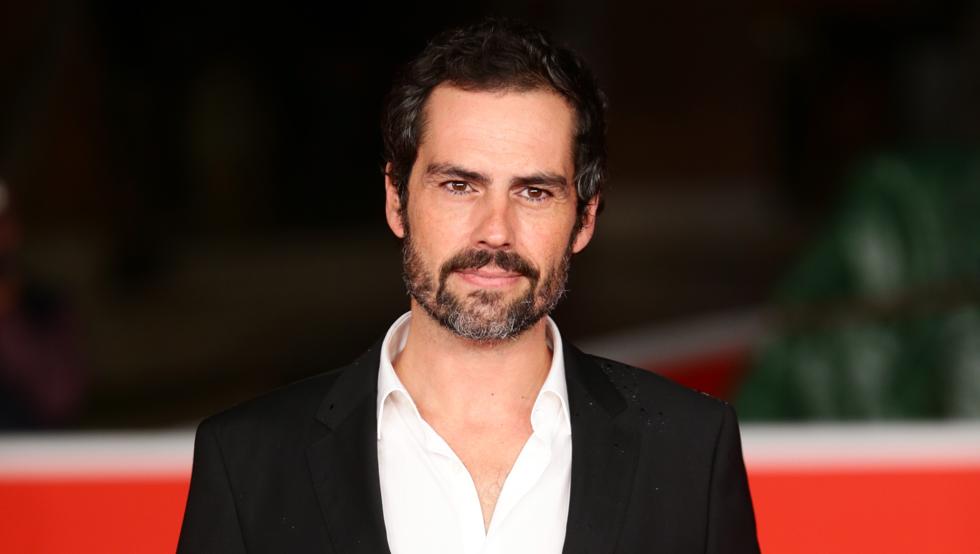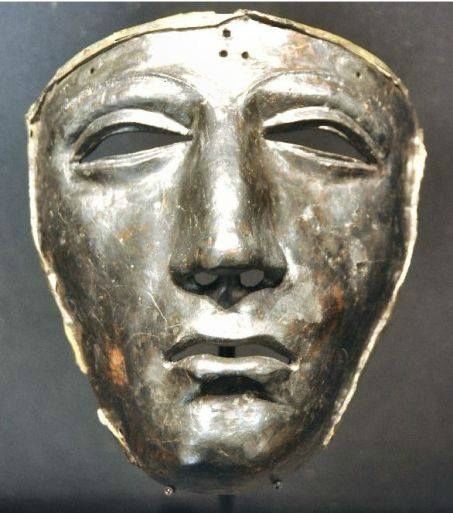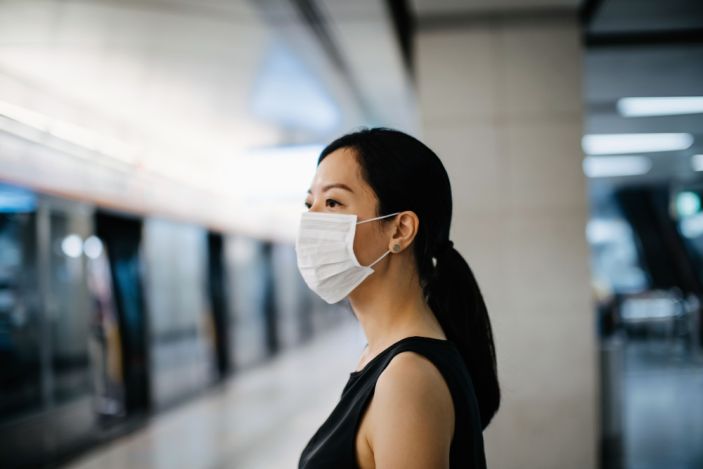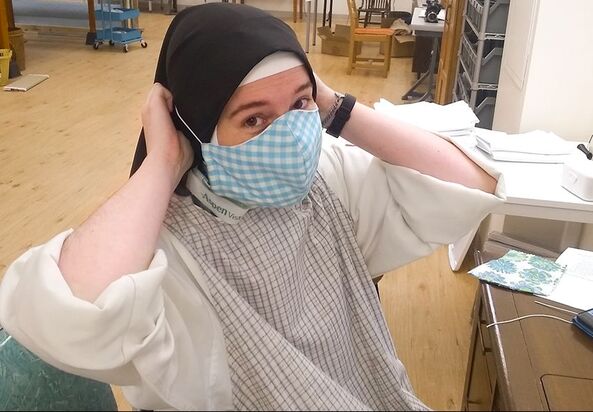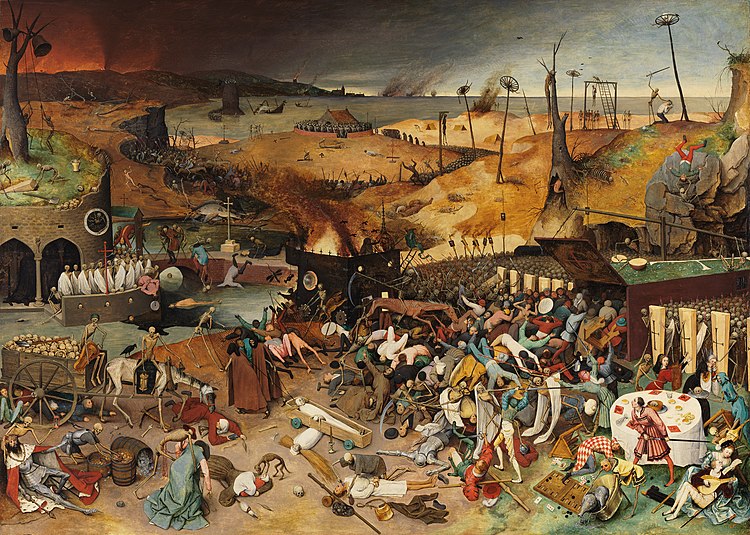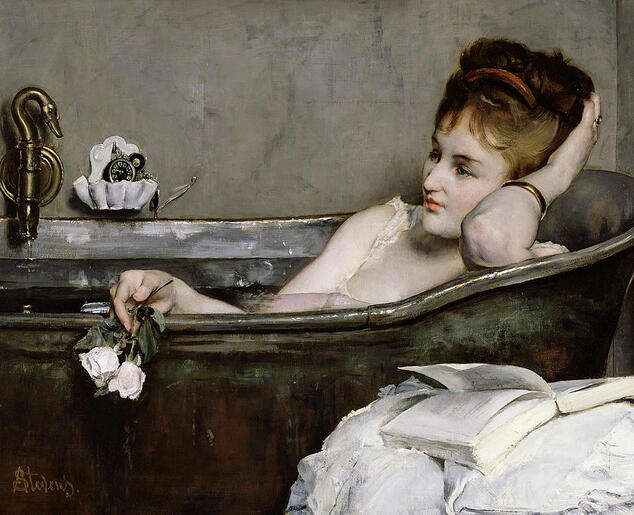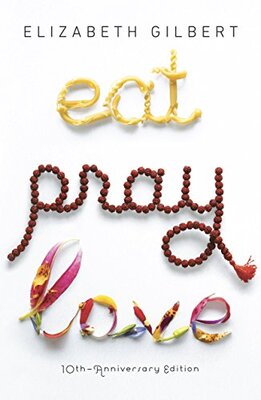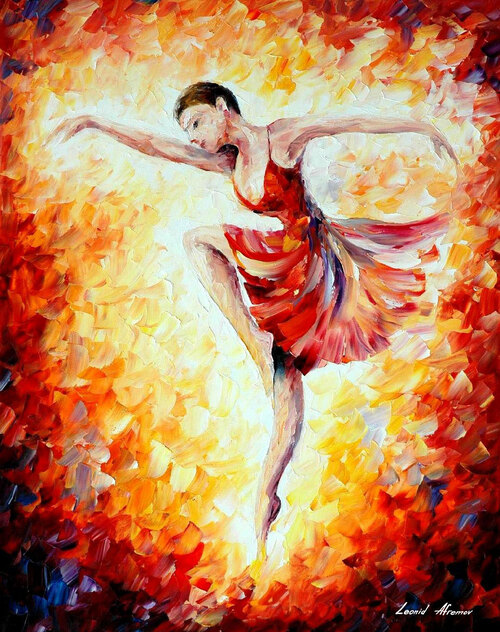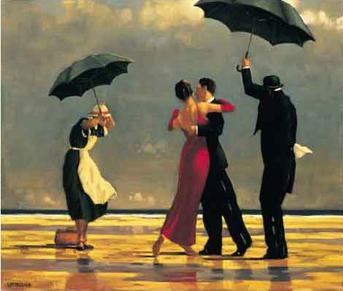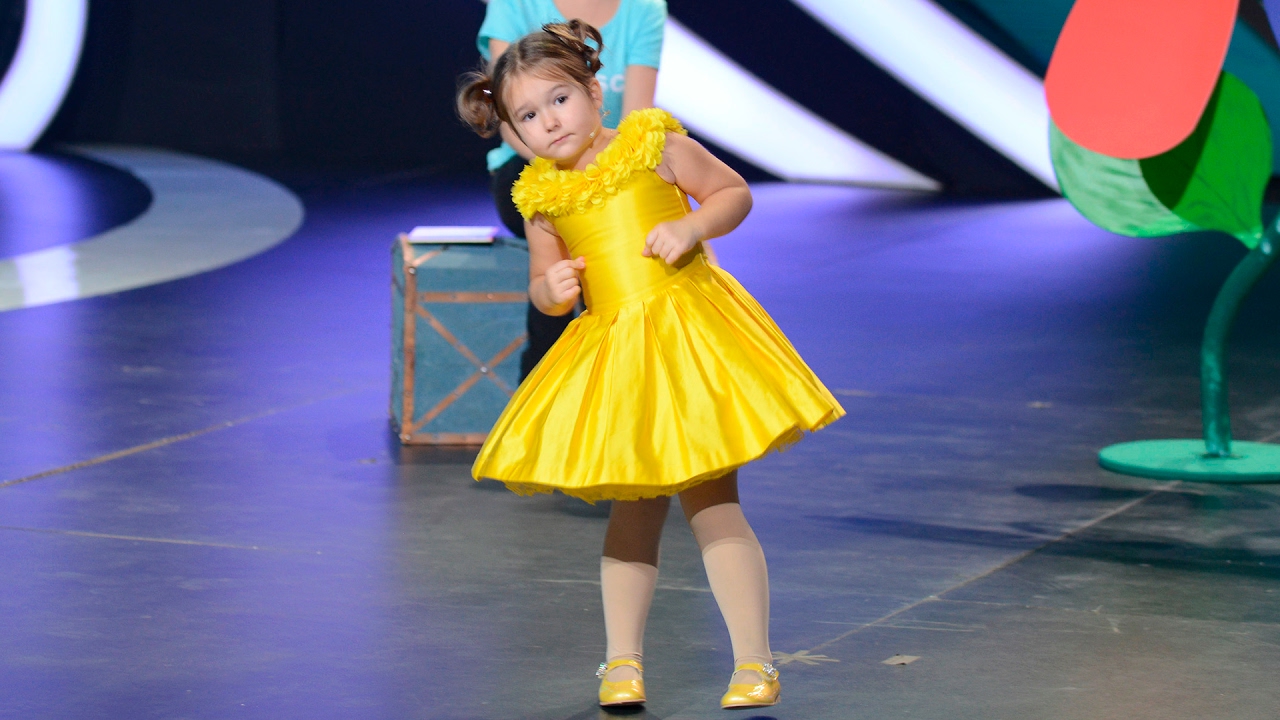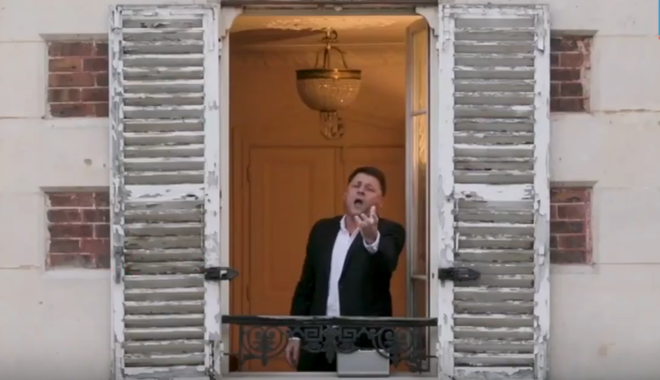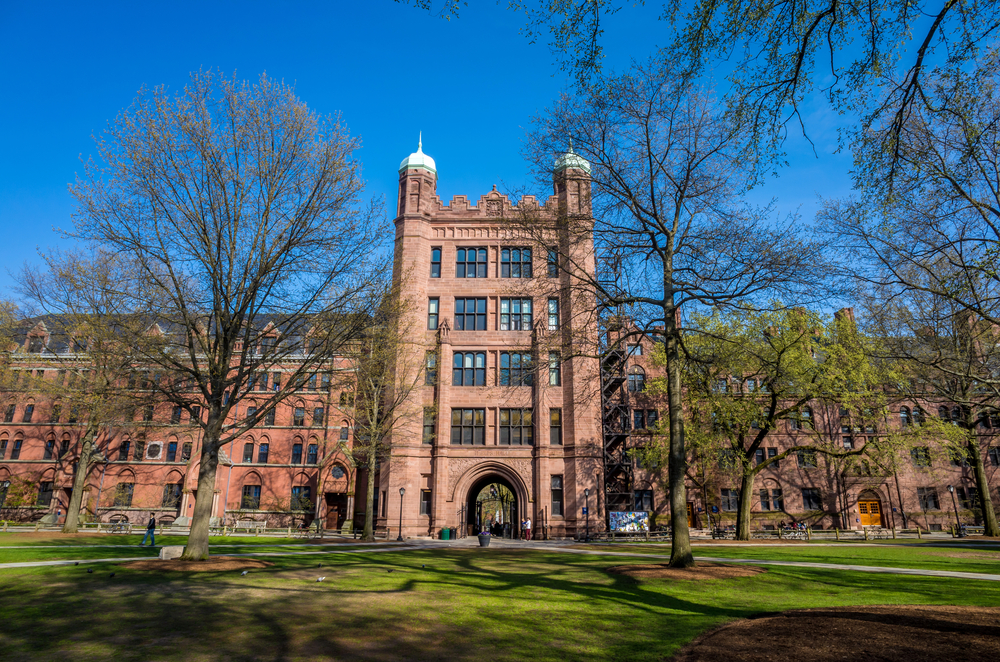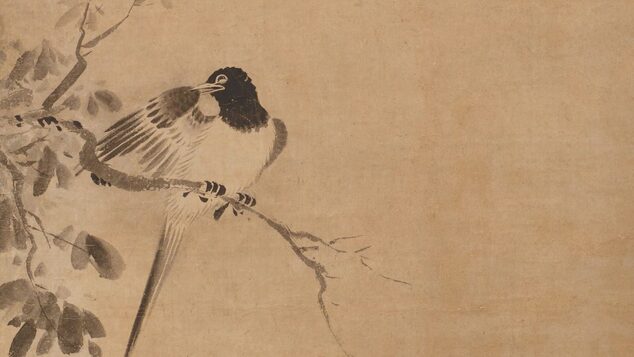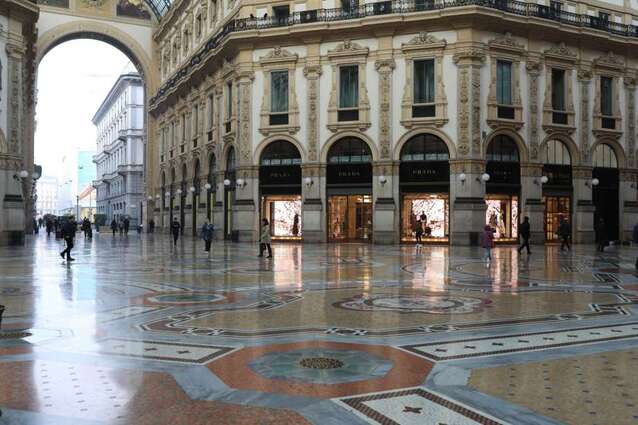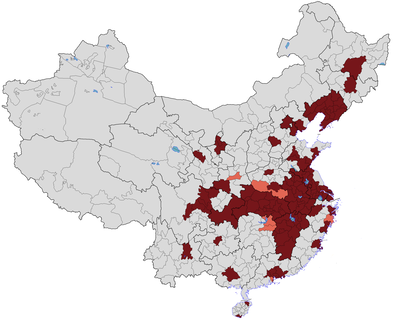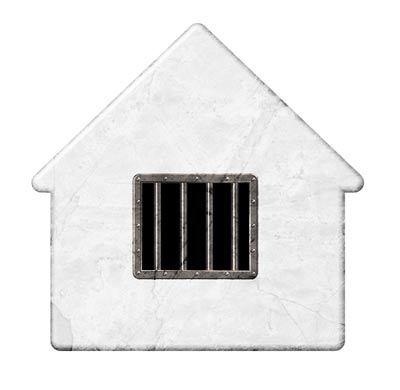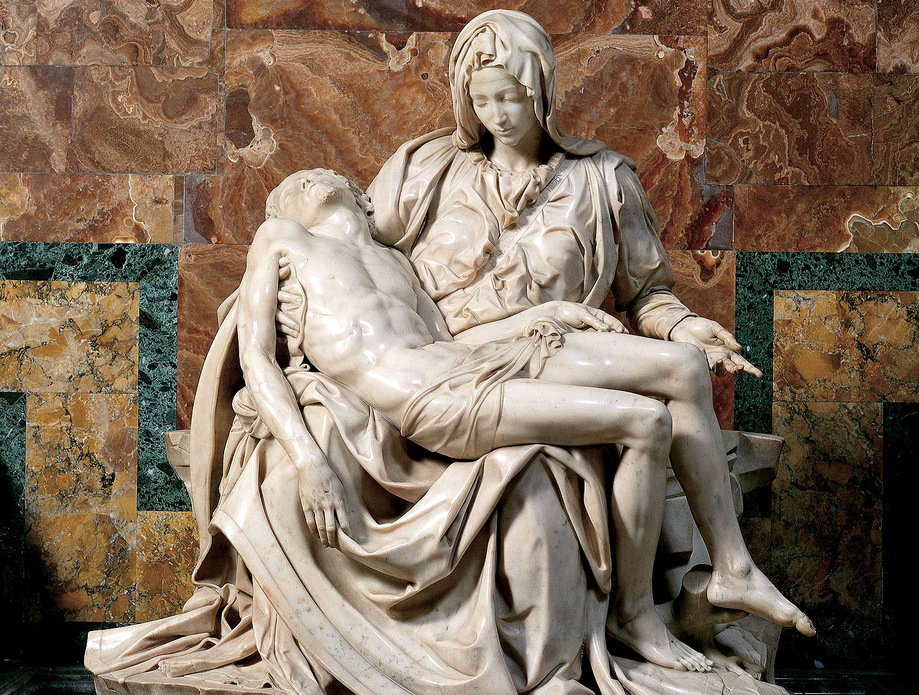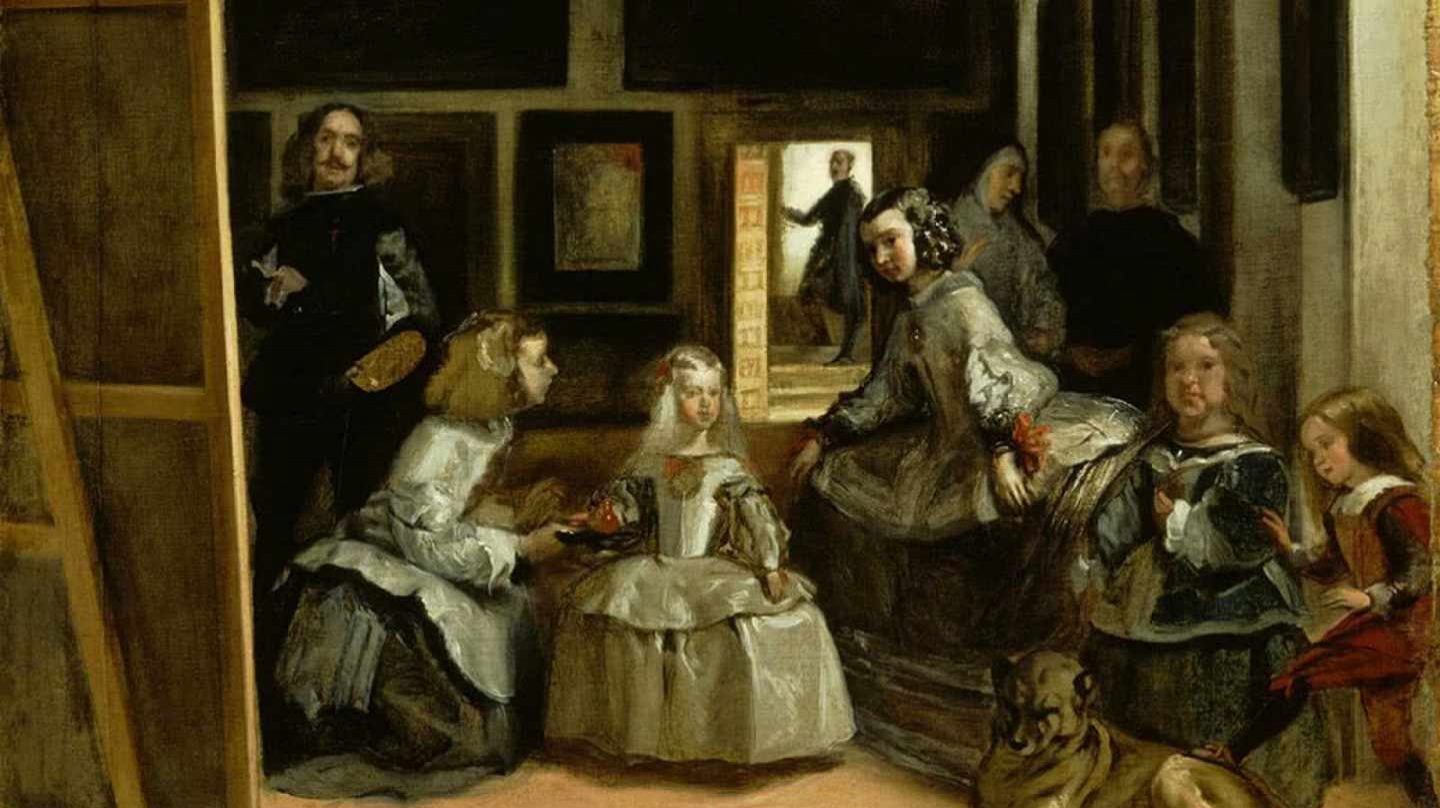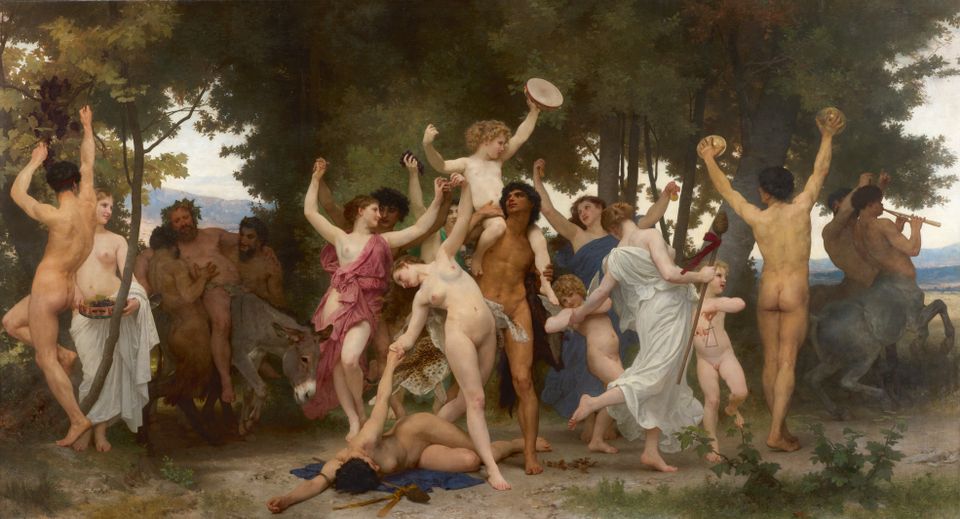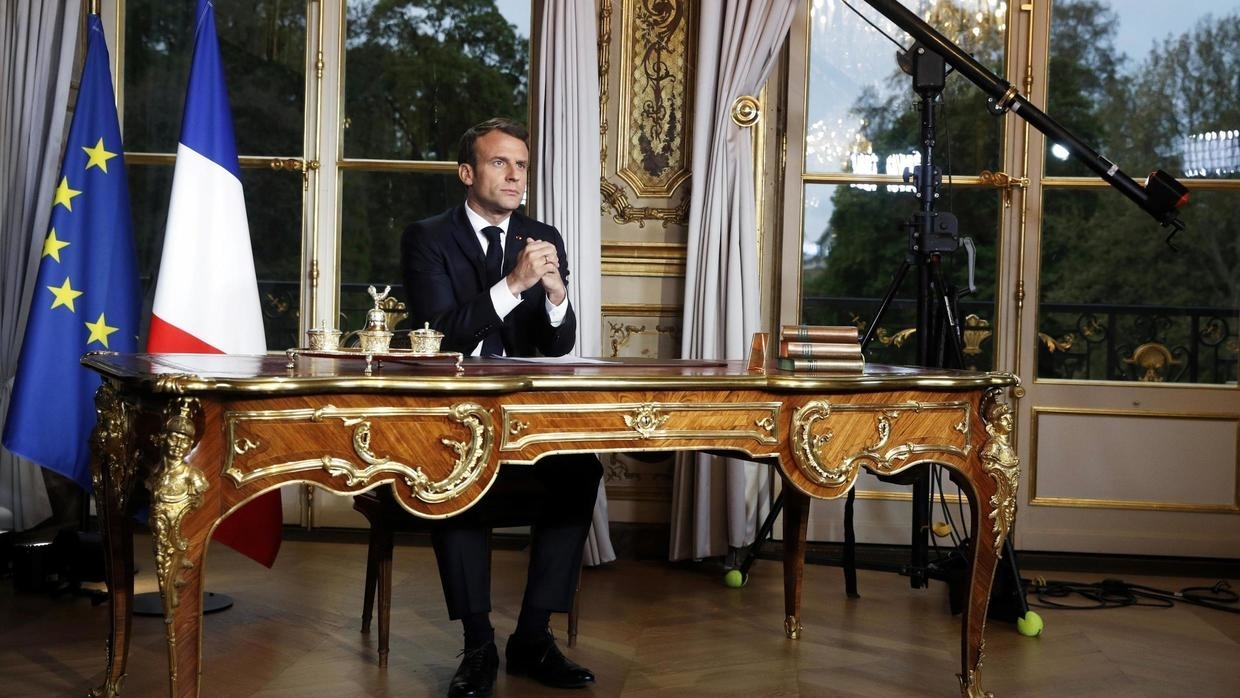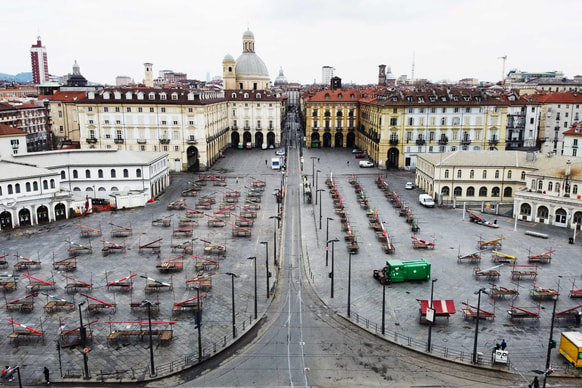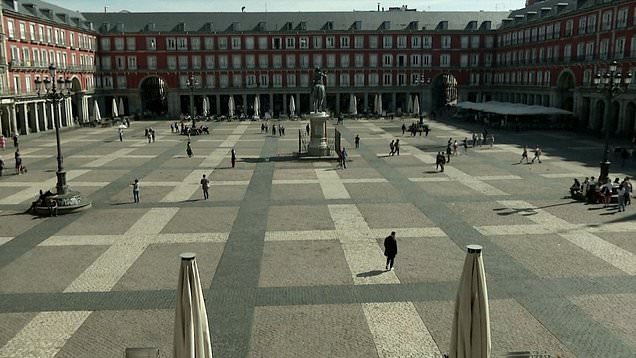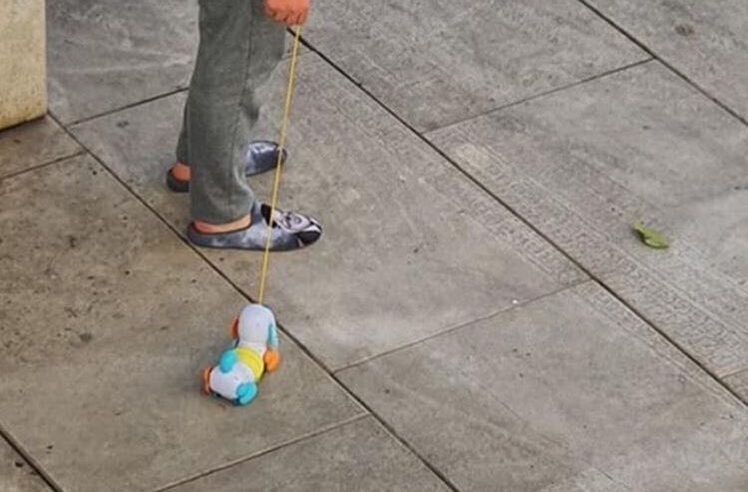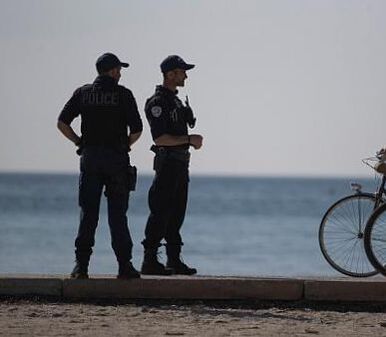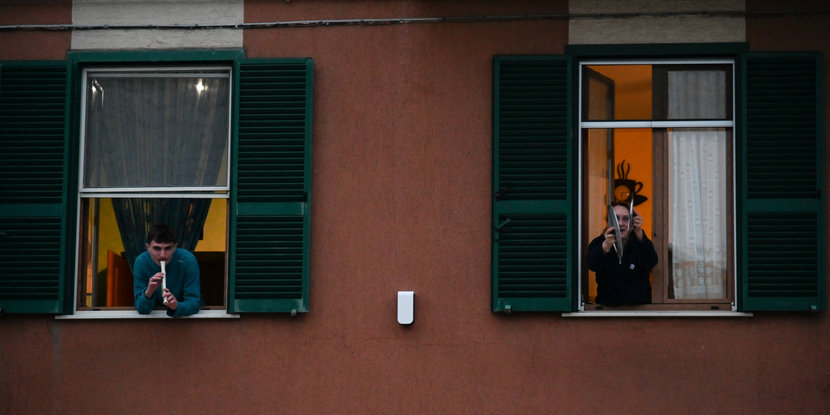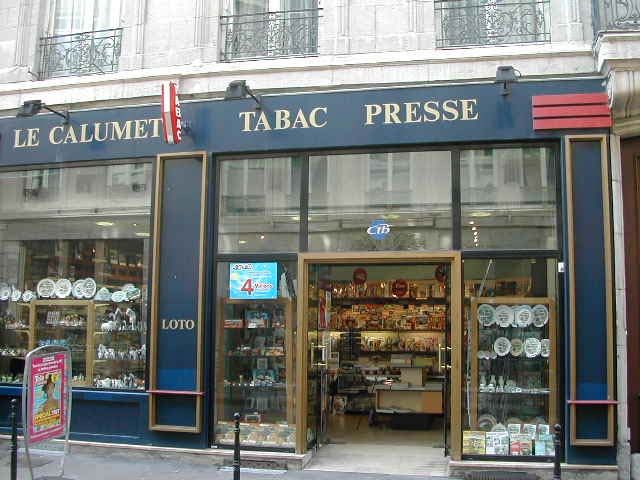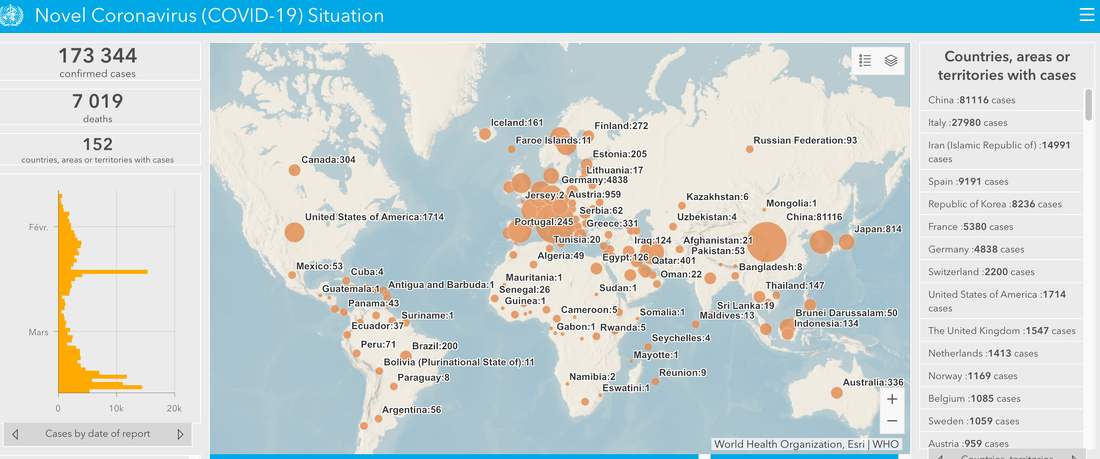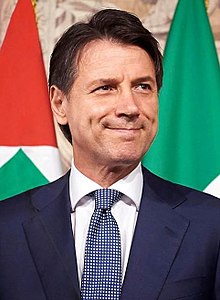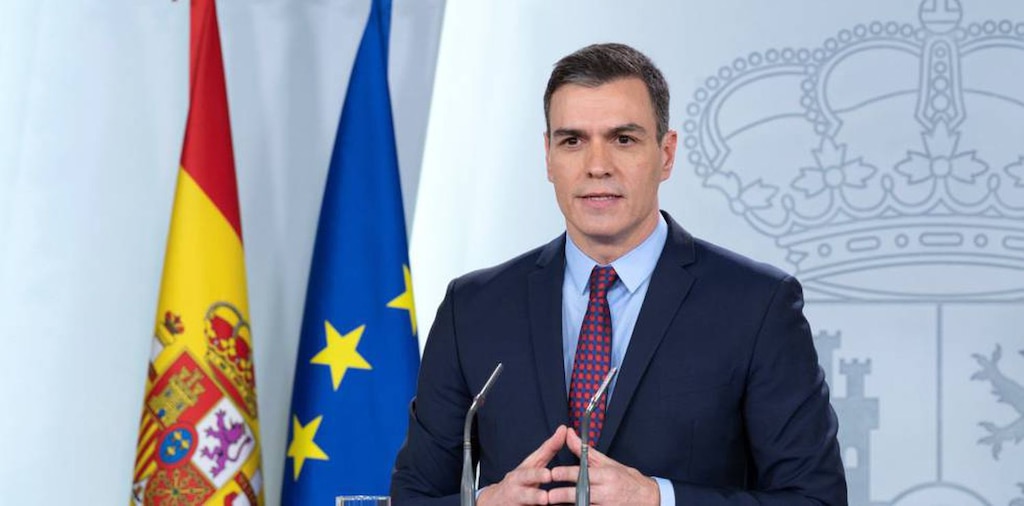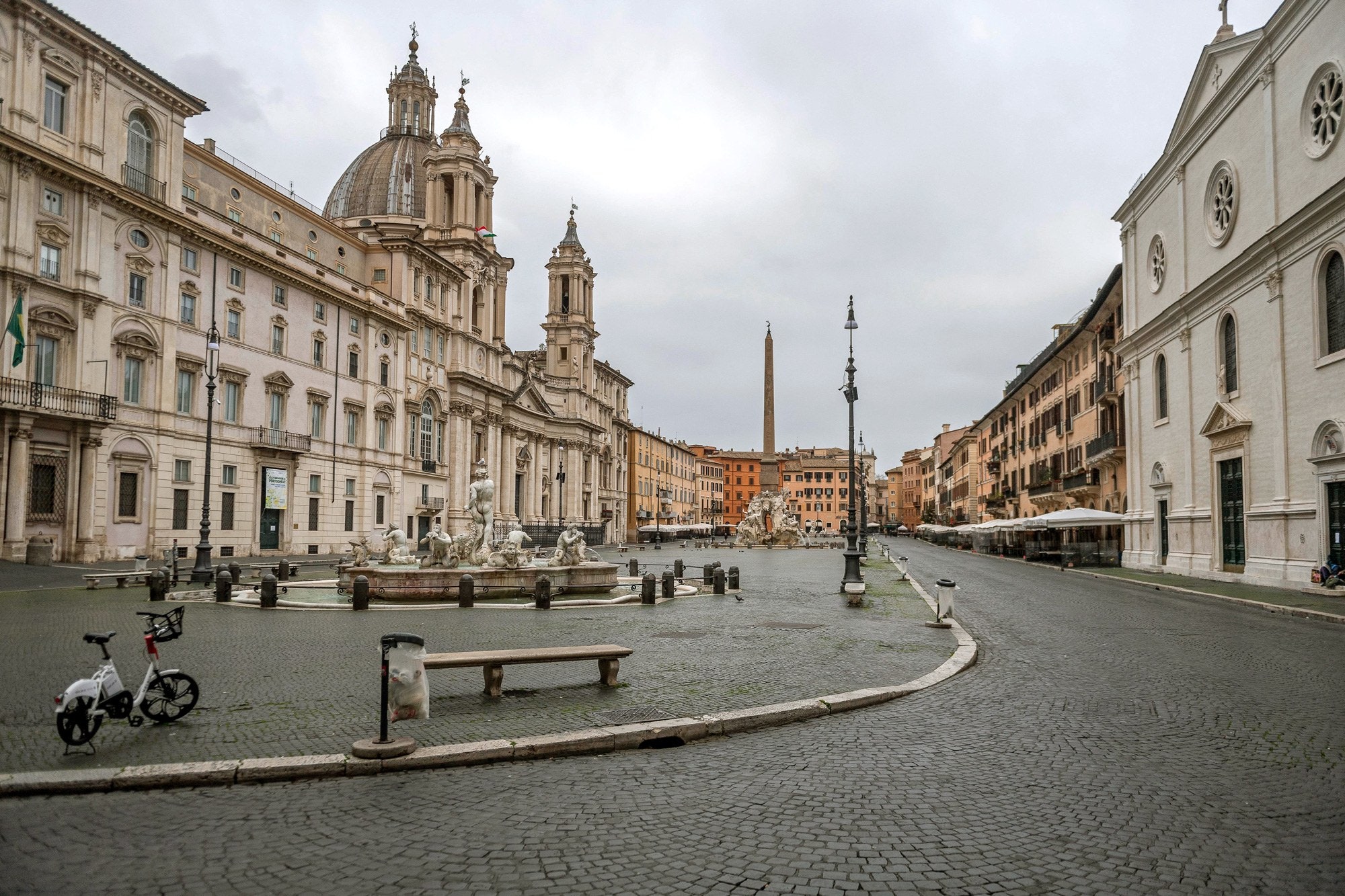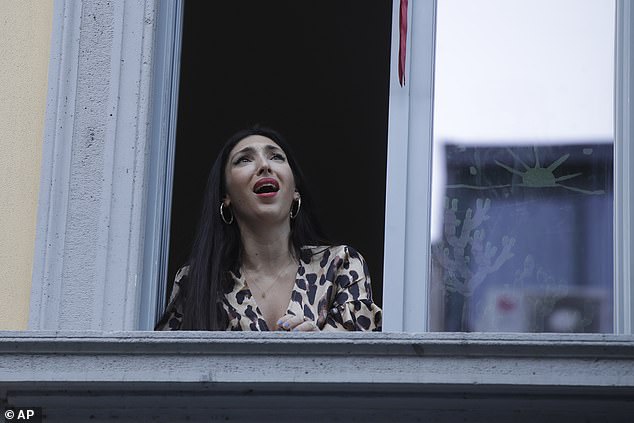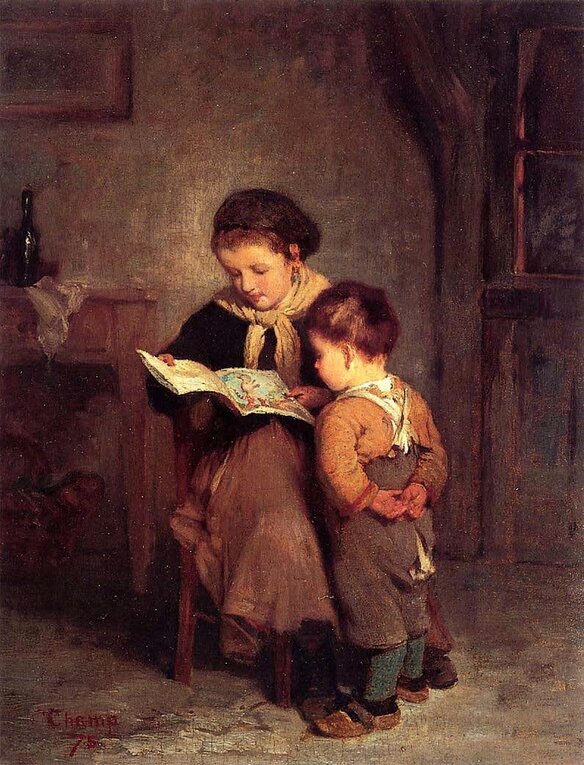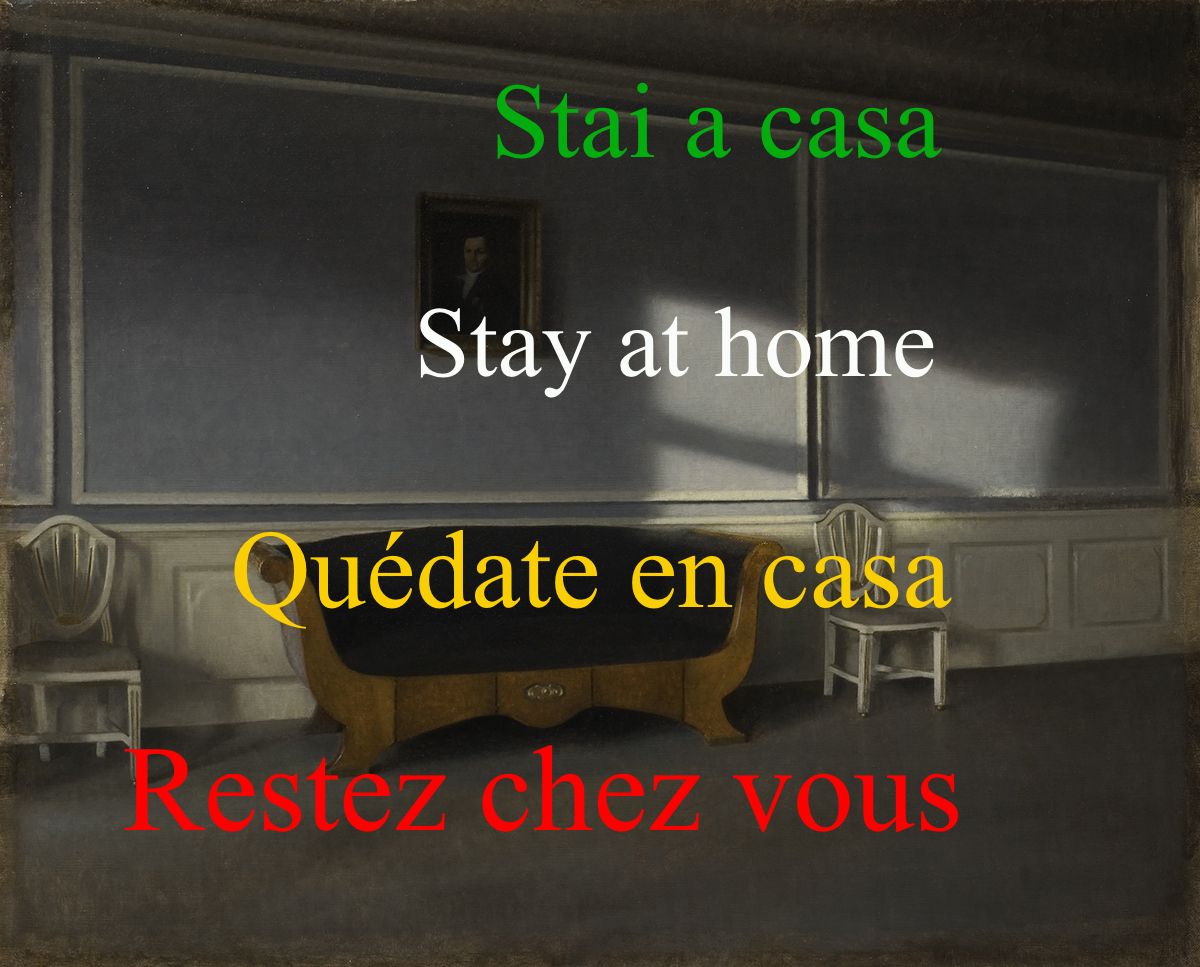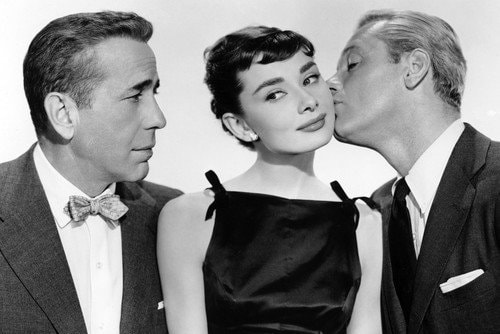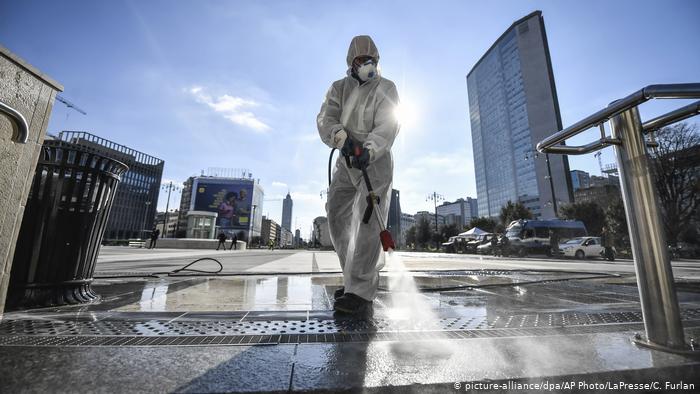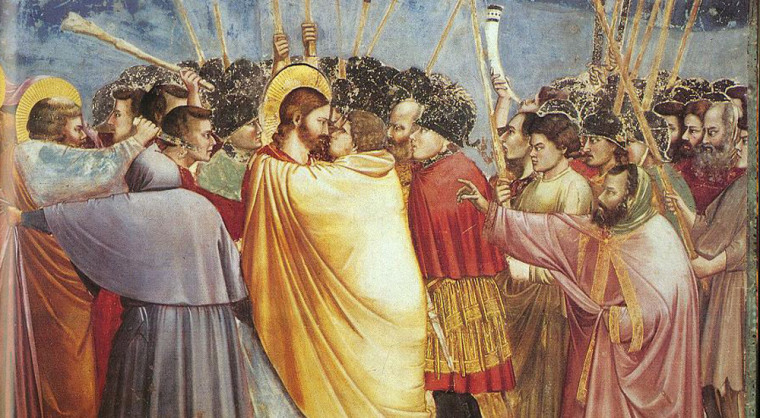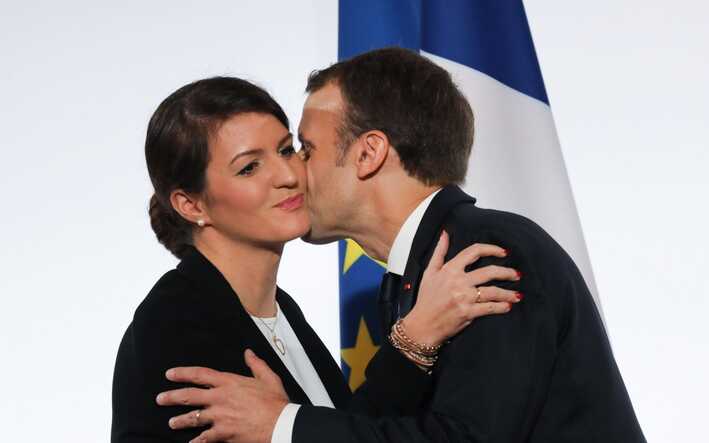|
Sunday, 16 July 2023, Paris. Jane Birkin, the woman who gave name to the most famous and expensive handbag in the world, took her last breath at around 11:00 o’clock in the morning, in her apartment. To her family, her public, to the generations of her time and ours, she had meant many things: mother, wife, lover, singer, actress, model, style icon, activist, but it is those “one” thing, small and big, of her and her life, will make us to remember her forever. One song:In 1968, at age 22, when Jane Birkin crossed the English Channel, she was looking for a job, but at the other end of the tunnel, she found Serge Gainsbourg: The French composer, musician, singer, the most famous French bad boy at the time. In 1969 the two sang together the Chanson 'Je t'aime… Moi Non Plus', which was written by Gainsbourg, originally for Brigitte Bardotte, his ex-girlfriend, who was planning to get married and did not want her recording of the song with Gainsbourg to be released. Lyrics Je t'aime, je t'aime Oh oui, je t'aime Moi non plus Oh, mon amour Comme la vague irrésolue Je vais, je vais et je viens Entre tes reins Je vais et je viens Entre tes reins Et je me retiens Je t'aime, je t'aime Oh oui, je t'aime Moi non plus Oh, mon amour Tu es la vague, moi l'île nue Tu vas, tu vas et tu viens Entre mes reins Tu vas et tu viens Entre mes reins Et je te rejoins Je t'aime, je t'aime Oh oui, je t'aime Moi non plus Oh, mon amour Comme la vague irrésolue Je vais, je vais et je viens Entre tes reins Je vais et je viens Entre tes reins Et je me retiens Tu vas, tu vas et tu viens Entre mes reins Tu vas et tu viens Entre mes reins Et je te rejoins Je t'aime, je t'aime Oh oui, je t'aime Moi non plus Oh, mon amour L'amour physique est sans issue Je vais, je vais et je viens Entre tes reins Je vais et je viens Je me retiens Non, maintenant Viens The song, filled with sexually charged lyrics like "Je vais et je viens (I go and I come), Entre tes reins(Between your loin), Et je me retiens(And I hold back)", and sparkled with Jane Birkin’ orgasmic murmuring and moaning, scandalised the Vatican and was banned by the BBC as well as on radio in several countries. But it was a worldwide hit, reaching Number One in the UK Charts. And it was Serge Gainsbourg's great gift for Jane Birkin, the best gift any man could give any woman: He made her famous, he made her his muse, he made her part of French culture. If Jane Birkin did nothing after that song, she would still be forever remembered in France as well around the world. That song, changed her life. One Movie:As an actress, Jane Birkin had appeared in more than 60 films, on both ends of The Channel, working with great directors such as Michelangelo Antonioni and Roger Vadim, and working opposite great actors including Alain Delon, Romy Schineider, Maggie Smith, David Niven, Peter Ustinov, etc. But Jane Birkin never had a movie of her own, unlike Jacqueline Bisset (born 13 September, 1944) and Charlotte Rampling(born 5 February 1946, same year as Jane Birkin), another two English actresses who had travelled across the channel to become Parisian but worked all over Europe(Anecdotally, all three English actress had debuted their silver screen career in American director Richard Lester's movie The Knack.....and How to Get It with uncredited roles, Jane Birkin as Motorbike girl, Jacqueline Bisset as Sweater girl, and Charlotte Rampling as Water Skier). The Night Porter(1974) is Charlotte Rampling's movie, in which she starred opposite Dirk Bogarde and delivered very poignant and powerful performance; The Man from Acapulco/Le Magnifique (1973) is Jacqueline Bisett's movie. It was a comic farce which starred Jean-Paul Belmondo as her hero, but Jacquline Bisset was the only heroine, both in Jean-Paul Belmondo's real life as a foreign student living in Paris and his fantasy as a Bond girl type of spy. In Jane Birkin's case, she did star in three films, by two of her life partners: Je t'aime moi non plus (English title: I Love You, I Don't) by Serge Gainsbourg, La fille prodigue (1981) and La pirate (1984) by Jacques Doillon, and all three films were director's movies conveying their own sexual fantasy with very odd and weak storylines. And she had never been the sole femal star of any film, La Piscine/The Swimming Pool (1969) is Romy Schneider's film, the film where Alain Delon intended to reunite with his first great love; Don Juan 1973 ou Si Don Juan était une femme...(English title: Don Juan, or If Don Juan Were a Woman)(1973) is Brigitte Bardotte's movie, created for her by her ex-husband French director Roger Vadim; La Bella Noiseuse(1991), the painfully long new wave film by another French director Jacques Rivette, is Emmanuelle Beart's movie, in which her body was presented as art in process; Even Evil under the Sun(1982) in which Jane Birkin is the main heroine/antagonist, it is every female star's movie, it is the movie of Maggie Smith as well as movie of Diana Rigg. In 2016, Jane Birkin was not young any more, not beautiful anymore, and she starred in La femme et le TGV (English title: The Railroad Lady). The movie told the story of the unlikely friendship between a lonely old woman living next to a TGV railroad line and a TGV conductor whose train passes by her home, In this very 84, Charring Cross Road kind of story, Jane Birkin gave a great performance, gentle, subtle, heartbreaking. And that movie, which is so short, lasting only 30 minutes, and in which she barely had chance to speak, that's Jane Birkin's movie, she was the star, the only star. And that's her last movie. One Daughter, One Man:Jane Birkin was a free soul, she lived as she had wanted like very few women had been able to do in her time. At 18, she married John Barry, the English composer who was best known for his scores of the James Bond films and Out of Africa, she had a daughter with him, left him, and never married again. Then she met Serge Gainsbourg, fell in love, had a daughter with him, and left him 13 years later, not because she fell out of love, but because he was too abusive, particularly when he drank. Jane Birkin was a brave woman before Me-Too became a movement. Both of her two ex-partners were composers and musicians, and for the third time, she chose someone more visual: The French director Jacques Doillon, director of movie Rodin(2017). She had a daughter with him, too, her name was Lou Doillon.(Interestingly Jacques Doillon's other three daughters with other three women all have names starting with "L": Lou Doillon (1982), Lola Doullon(1980), Lili Doillon(1995), Lina Doillon (2010).) Jacques Doillon gave Jane Birkin a daughter who grew up to look like just her, but he could not give her what she really wanted: Serge Gainsbourg. Even though she left him long time ago, she never stopped loving him. When he died of heart attack in 1991, she mourned so hard that it broke her union with Jacques Doillon, which did not pass the 13 year threshold either, like the one she had with Serge Gainsbourg. After their split, she mostly lived alone, having had one daughter with each of her men. One dress:In the fashion world, Jane Birkin was known for short T-shirt and very short mini skirt, Lolita blouse and tattered jeans, her messy bangs and wicker basket, but her most unforgettable outfit, is the Italian designer Emilio Pucchi crochet maxi dress she wore to go to The Artists Gala with Serge Gainsbourg in 1969. When she married John Barry in London at 18, Jane Birkin also chose to wear a crochet dress, daring in view but girlish in design: scoop neck and flounced elbow sleeves, with pleated skirt. But now, just a few years later, Jane Birkin in Paris, in this new plunging crochet dress, transformed herself into what would become the Jane Birkin we know, giving us not only a glare of her lithe body, but also a glimpse of the next decade: In that transparent crochet dress, she is the epitome of the 70's flower child. One basket, one bagBefore the Birkin Bag, there was the Birkin Basket. For more than a decade, Jane Birkin carried an oval shaped wicker basket with her everywhere, no matter what season she was in, what outfit she was wearing, making it her statement accessory. Then the 80s arrived, from her chance encounter with French luxury label Hermès chief executive Jean-Louis Dumas on her flight from Paris to London, Jane Birkin inspired the future fashion: The Birkin Bag. In the next 40 years, The Birkin Bag became a phenomenon, a collectible, a status emblem. But, The Bag is the legend of Jane Birkin, The Basket is the life of her: she carried it living, reading letters, browsing magazines, putting makeups, flânering; The Bag is the fantasy of her, The Basket is her fairytale: The Bag was carried by others who fantasized being her, The Basket was carried by her being herself: a young English girl being loved by one of the greatest French artists and France, she had The Basket, she had Serge Gainsbourg, she had everything. The Basket was her love, her youth, her style, The Basket was her story; The Bag, it was the story of Hermès. 'As you age, if you are healthy, then you shouldn't moan too much when people much younger have died tragically or are ill with things like leukaemia. I had that and was lucky to survive it.' Life did to Jane Birkin as it will eventually do to all of us: making her get old and get ill, and then death took over, taking her away. But like French President Emmanuel Macron said in his homage to Jane Birkin: "...She bequeaths us tunes and images that will never leave us..." Parce qu’elle incarnait la liberté, qu’elle chantait les plus beaux mots de notre langue, Jane Birkin était une icône française. Artiste complète, sa voix était aussi douce que ses engagements étaient ardents. Elle nous lègue des airs et des images qui ne nous quitteront pas. Further reading:Clifford Coffin (June 18, 1913–March 2, 1972) was an American fashion photographer, particularly for Vogue magazine. He started working as photographer first in London. While working for Vogue UK, he was reclaimed to New York to work for Vogue USA. For over a decade after the Second World War, he produced some of Vogue's most impeccably elegant fashion pictures in London, Paris and New York. Clifford Coffin was a perfectionist in his work. He was said to know more about fashion than his editors. In order to achieve the results he wanted, he often applied his models's make up and even managed their clothes and accessories. 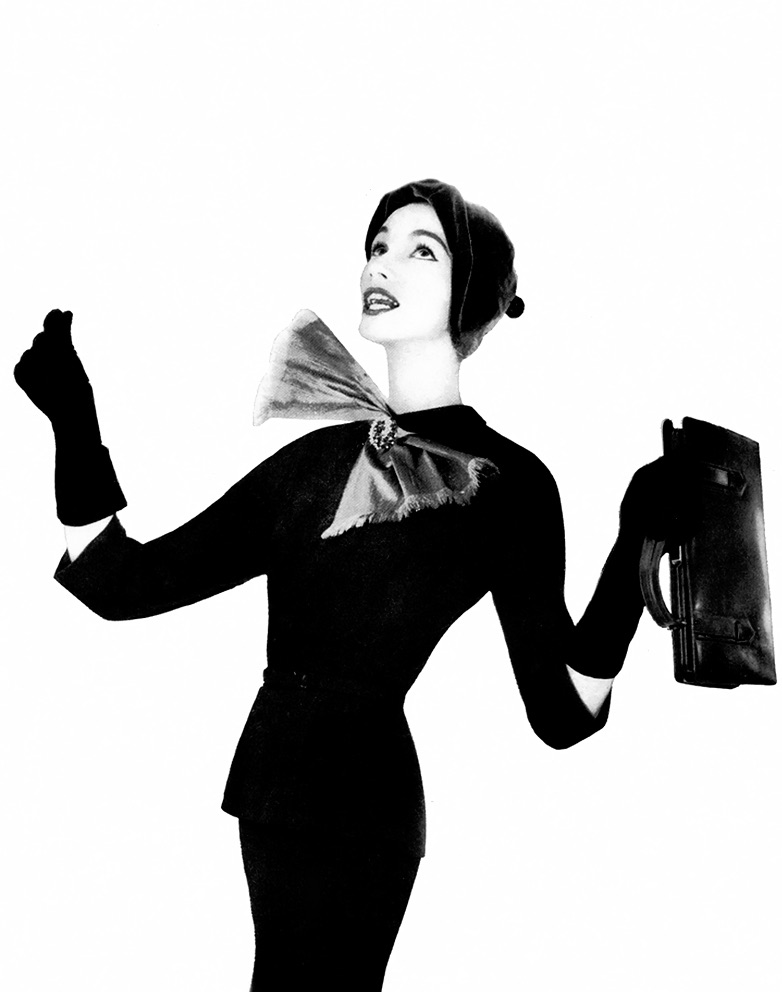 ‘It is hard to think of Coffin with anything but admiration. The fashion world needs its eccentric heroes and if he had lived now he would certainly have been applauded for his flamboyant behaviour. He reduced models to tears, fashion editors to desperation and himself to exhaustion. But out of the chaos, Coffin took some undeniably great pictures.’ - ‘Flashback’, The Sunday Telegraph Magazine, 1 June 1997. Photo by Clifford Coffin He was also an innovator. He sometimes used the light he called ring light, which he said was inspired by the lighting of the dentists, to create a special visual effect, making his photos look like surreal paintings. Clifford Coffin has often been called "the greatest of Vogue magazine’s 'lost' photographers". But in his short career, he not only captured the essence of elegance, glamour and joy of living in the post war years in the most cosmopolitan cities across the world, but also helped promoted the careers of the super models of the era like Barbara Goalen, Wenda Rogerson(later married to photographer Norman Parkinson, Clifford Coffin's greatest rival at the time), Suzy Parker, and discovered Elsa Martinelli, the Italian actress and model. He was not, however, enamored with Audrey Hepburn while working with her in Paris. He called her "fat", a word that can hardly described the forever too slim British actress. Other than fashion photographer, Clifford Coffin was also a great photo portraitist who photographed many subjects for Vogue's 'Spotlight' pages, including Christian Dior, Lucian Freud, Gloria Swanson, Lady Diana Cooper, Gore Vidal, Ernest Hemingway, Clifford Coffin was known for his eccentricity, he was called an "outspoken homosexual with a heroic appetite for self-destruction, his bad behaviour was legendary".
Coffin suffered from alcoholism and drug addiction, and died of throat cancer in Pasadena, California, in 1972, aged 58. In 1997, London's National Portrait Gallery paid tribute to the photographer by mounting the exhibition: Clifford Coffin: The Varnished Truth – Photographs from Vogue 1945 to 1955. In his photo-biography book Lifework published in 1983, Long term Vogue photographer Norman Parkinson thus wrote about his wife Wenda Parkinson: “Rembrandt had his Saskia; Romney had Emma Hamilton; Goya had the Duchess of Alba; Dante Gabriel Rossetti had Lizzie Siddal… Picasso had Fernande, Françoise, Jacqueline.” Perhaps he should add: Irving Penn had his Lisa Fonssagrives. Because the story of Wenda Parkinson and Norman Parkinson, a long lasting story of love and creativity is almost parallel and identical to the story of Irving Penn and his wife and long time muse Lisa Fonssagrives. Like Lisa Fonssagrives, Wenda Rogerson, was also born in may, and just one day apart from Lisa; Like Lisa who met her future husband in a phot shoot, Wenda, then an theater actress doubling as a model occasionaly, met her future husband in a photo shoot in the late 40s, where her beauty touched him deeply; Again like Lisa, Wenda married her photographer a few years later in the early 50s, and thus began another loving collaboration between a photographer and a model. Wenda first worked with Clifford Coffin at Vogue, the genius photographer with self destructive tendency. Then she met Norman Parkinson, and she became his wife and muse. But Wenda was not just another supermodel of her era, she was also a writer. Besides some travel essaies she did for Vogue, she had published a biography of Toussaint L’Ouverture the Haitian slave-turned-revolutionary, entitled This Gilded African in 1978. Wenda Parkinson died in 1987, leaving her husband mourning. Once again, Wenda shared the shocking similarity with Lisa, who died in 1992, leaving her husband Irving Penn mourning for his great loss. But like Lisa Fonssagrives, Wenda Parkinson would never die, her husband had made her immortal for us, for history. Like Norman Parkinson himself said, Wenda's beauty was "frozen, permanent - it does not age.", not even today, 36 years after her death, and 100 years after her birth. Exhibition: The largest Vermeer exhibition of 28 artworks from the 17th century Dutch master10/2/2023
Johannes Vermeer (October 1632 – December 1675) was a Dutch Baroque Period painter. So little is known about his life that he is called "The Sphinx of Delft". During his life time, Vermeer almost exclusively lived in Delft and had never traveled abroad. Centuries after his death, Vermeer’s artworks travelled all around the world, allowing people from all different countries appreciate his delicate lights and exquisite colors. Now, for the first time in history, The Dutch master’s artworks travelled again, this time, back to the master’s home. In his life time, Vermeer had produced only 35(another saying is 34) paintings, and 28 of them would be shown, all together in Rijksmuseum, Amsterdam, From 10 February to 4 June 2023. the well known masterpieces like The Girl with a Pearl Earring, The Geographer, Lady Writing a Letter with her Maid and Woman Holding a Balance will all appear in the exhibition. For more information and buy tickets, please visit Rijksmuseum.
On 20 January 1993, British actress and humanitarian Audrey Hepburn passed away of colon cancer in her home La Paisible in Switzerland. And Thirty years later, we are still thinking of her, talking about her, imitating her and idoling her. No one is like her. Barely two years ago, another documentary about Audrey Hepburn titled Audrey(2020) was made, with the help of Audrey Hepburn’s elder son Sean Hepburn Ferrer and her granddaughter Emma Ferrer, showing us a more intimate look into the eternal icon’s life. Over the decades, Audrey has been interviewed, written and filmed so many times there is hardly anything new the documentary can bring us, only affirming what we have already known: she is one of those very very rare human beings that have been truly blessed by God, one of his creatures that he has created with all his mighty efforts: he gave her beauty, grace, elegance, magnificence, intelligence, and a big heart, so big that she can give so much and give to so many, to her loved ones and to all the children in the world.
And to us, she gives us inspiration and nourishment: We are inspired daily that we can at least aspire to look like her, and are nourished always knowing that someone like Audrey Hepburn did exist, once, and forever. Apple Studio will produce a new Audrey Hepburn biopic, starring Rooney Mara, who will also be producer. The feature film will be directed by Italian filmmaker Luca Guadagnino, best know for his film Call me by Your Name in 2018. The screenplay will be written by Michael Mitnick, who has collaborated with Guadagnino previously. Rooney Mara, who will be playing Audrey Hepburn in the new biopic, is an American actress. Born on April 17, 1985, she began her career acting in television and independent films, and gained greater recognition for a supporting role in David Fincher's biographical drama The Social Network (2010). Mara had a career breakthrough when she starred as Lisbeth Salander in Fincher's thriller The Girl with the Dragon Tattoo (2011), which earned her a nomination for the Academy Award for Best Actress. Her career progressed with leading roles in the thriller Side Effects (2013), the science fiction romance Her (2013), and the romantic drama Carol (2015); all three were critical and commercial successes. For the latter, she won the Cannes Film Festival Award for Best Actress and received a nomination for the Academy Award for Best Supporting Actress. She has since appeared in the biographical drama Lion (2016), the supernatural drama A Ghost Story (2017), and portrayed Mary Magdalene in the biblical drama Mary Magdalene (2018). Audrey Hepburn, after starring in Roman Holiday(1953) as Princess Ann, has never left our consciousness. We love her as actress, adore her as style icon and admire her as humanitarian. Although she passed away in 1993 due to colon cancer, almost 30 years ago, she is remembered everyday in oneway or another in each corner of the world, Will Rooney Mara be able to evoke the unique elegance of Audrey Hepburn?
A biopic of Fred Astaire will be made against his wishes, starring British actor Tom Holland7/12/2021
On June 22, 1987, Fred Astaire, the greatest American dancer, one of Hollywood legends, died of pneumonia at the age of 88, after seven-decade career in film and stage.
During his life time, Astaire's life has never been portrayed on film as he always refused permission for such portrayals, saying, "However much they offer me—and offers come in all the time—I shall not sell." At the time of his death, it is reported that his will included a clause requesting that no such portrayal of him ever take place; he commented, "It is there because I have no particular desire to have my life misinterpreted, which it would be." On December 5, 2021, British actor Tom Holland announced that he would be portraying Fred Astaire in an upcoming biopic. Born in England in 1996, Tom Holland joined the London production of Billy Elliot the Musical in 2008. He soon found success in film, drawing strong reviews for his performance in The Impossible (2012). He achieved global stardom when it was announced that he would take over the iconic role of Peter Parker/Spider-Man for the big screen. In 2016, Holland made his debut as the superhero in Captain America: Civil War (2016), before earning the chance to carry his own feature with Spider-Man: Homecoming (2017). Holland then reprised his superhero role in the ensemble blockbusters Avengers: Infinity War (2018) and Avengers: Endgame (2019), before adding the next chapter to his character's story with Spider-Man: Far From Home (2019). Robyn Smith, Fred Astaire's widow, granted permission for the rights. Today Princess Diana would have turned 60. Her two sons Prince William and Prince Harry, unveiled a statue of their mum in Kensington Garden. "We remember her love." Thus said the two princes. And here are some other photos that show how Princess Diana, apart from being an an extraordinary beauty, an eternal inspiration, has always been a loving mother for her two sons.
Happy birthday, Princess Diana! Prince Philip. Duke of Edinburgh, husband to British Queen Elizabeth II, died on 9 April, 2021. On the day of his death, the flag at Buckingham Palace was lowered to half-mast and a notice was posted on the gates to mark the duke's death. In tribute to the duke, Westminster Abbey began tolling its tenor bell once every 60 seconds at 18:00 BST. It rang out 99 times to honour each year of his life. The prince of Greece and DenmarkPrince Philip was born on 10 July 1921 in Corfu, Greece, he was born Prince of Greece and Denmark, the only son of Prince Andrew of Greece and Denmark and his wife Princess Alice of Battenberg, Princess of Greece and Denmark. The first lieutenant of Royal NavyPrince Philip joined Royal Navy in 1939, In October of 1941, he became first lieutenant of HMS Wallace, at 21 years old one of the youngest first lieutenants in the Royal Navy. The Royal GroomPrince Philip's engagement to Princess Elizabeth was announced on 10 July 1947. Prior to the annoucement, he abandoned his Greek and Danish titles and styles, became a naturalised British subject, and adopted his maternal grandparents' surname Mountbatten. He was married to Elizabeth on 20 November 1947. Just before the wedding, he was granted the style His Royal Highness and created Duke of Edinburgh, Earl of Merioneth, and Baron Greenwich by King George VI, Elizabeth's father. The commander of Royal NavyAfter his honeymoon, Prince Philip returned to the navy. From 1949, he was stationed in Malta. On 16 July 1950, he was promoted to lieutenant commander; On 30 June 1952, Philip was promoted to commander, though his active naval career had ended in July 1951. The royal consortIn 1952, when Elizabeth became queen in 1952, Philip left active military service. Since then, he has accompanied her on her public events as a royal consort. The fatherOn 14 November 1948, 6 days before their wedding anniversary, Prince Philip and Queen Elizabeth had their first child Prince Charles. The couple have four children: Charles, Prince of Wales; Anne, Princess Royal; Prince Andrew, Duke of York; and Prince Edward, Earl of Wessex. The British PrinceOn 22 February 1957, Queen Elizabeth granted her husband the style and title of a Prince of the United Kingdom by Letters Patent, and it was gazetted that he was to be known as "His Royal Highness The Prince Philip, Duke of Edinburgh" The sportsmanPrince Philip loves sports like cricket, polo, horse riding, flying. He has also helped develop the equestrian event of carriage driving. Prince Philips is also a painter who paints will oils. His most famous painting was that of his wife the queen, at the intimate moment when she has her breakfast. The father-in-lawOn 29 July 1981, Prince Charles, Prince Philip's oldest son, married Princess Diana, and became father-in-law of Lady Diana, the most famous royal in the world. The grand fatherOn 21 June 1982, Prince Philip became grand father for the first time, when Prince William, the first son of Prince Charles and Princess Dian was born. At the time of his death, Prince Philips was grandfather of 8 grandchildren. He was married to Queen Elizabeth II for 73 years and was the longest-serving royal consort in British history, serving the Queen for more than six decades of her reign. Prince Philips died at 99, just 3 month before his 100th birthday, which he did not want to celebrate in a grand scale. Further interestArticles
Carole Lombard and Carolyn Besette, the shocking similarities between the two blond beauty16/3/2021
Carole Lombard (October 6, 1908 – January 16, 1942) was an American actress, particularly noted for her energetic, often off-beat roles in screwball comedies. After marrying Clark Gable, "The King of Hollywood", Lombard and Gable became the supercouple of Hollywood. Carolyn Jeanne Bessette-Kennedy (January 7, 1966 – July 16, 1999) was a publicist for Calvin Klein. After marriying John F. Kennedy Jr., they became a supercouple in New York as well in the US. The two women with extraordinary beauty showed more similarities in their life before both being killed tragically by airplane crash. 1. They are both blond haired beauty2. They were both the third and youngest child of their parentsCarole Lombard was the third child and the youngest child, the only daughter of her parents; Carolyn Bessette was the third and youngest child of her parents, with a pair of twin older sisters. 2. Their parents divorced when they were youngCarole Lombard's parents both descended from wealthy families and her early years were lived in comfort. The marriage between her parents was strained, however, and in October 1914, her mother took the children and moved to Los Angeles; Carolyn Bessette's parents divorced when she was very young. Her mother later remarried Richard Freeman, an orthopedic surgeon, and moved to Old Greenwich, Connecticut. 3. They both have a high profile marriage with a high profiled manCarole Lombard married Clark Gable, the biggest star of MGM, "The King of Hollywood"; Carolyn Bessette married John Kennedy Jr. the only son of ex President John Kennedy and his wife Jackie Kennedy, "The American Prince". 4. They both died of airplane crashIn the early morning hours of January 16, 1942, Carole Lombard, her mother and Winkler boarded a Transcontinental and Western Air Douglas DST (Douglas Sleeper Transport) aircraft to return to California. After refueling in Las Vegas, the airplane crashed shortly after taking off again. All 22 aboard, including Lombard, her mother, and 15 U.S. Army soldiers, were killed instantly. Carolyn Bessette-Kennedy died on July 16, 1999, along with her husband John F. Kennedy Jr. and her older sister Lauren, when the light plane John was piloting crashed into the Atlantic Ocean off the western coast of Martha's Vineyard. 5. They were both 33 years old when they died, and on date 16.Carole Lombard was born on October 6, 1908 and died on January 16, 1942, She was 33 years old. Carolyn Besette was born on 7 January 1966 and died on 16 July 1999. She was 33 years old. 6. At the time of their early death, they were both married less than 3 years.Carole Lombard married to Clark Gable on March 29, 1939, and died on January 16, 1942.
Carolyn Bessette married to John Kenney Jr. on September 21, 1966 and died on July 16, 1999. The former Paris Opera principal dancer and artistic director Patrick Dupond died on Friday at the age of 61 from a “devastating illness”, according to his life and work partner and Leïla Da Rocha. Patrick Dupond started dancing from very early age, as his mother wanted to channel the energy of this mischievous and turbulent boy after the death of his father. Ballet became the solution and then his passion, devotion, vocation. Max Bozzoni, former dancer at the Paris Opera took this exceptionally gifted boy under his wing and became his “teacher for life” until Bozzoni's death in 2003. With the help of his mentor and his own god given talent and hard work, Patrick Dupond was destined to be a star. In 1970, he entered the dance school of the Paris Opera, 10 years later in 1980, he became the star dancer of Paris Opera Ballet, and another 10 years later in 1990 he became dance director of the Paris Opera Ballet, succeeding Rudolph Nureyev, after the later died of aids, a post which he held for 5 years. During his brilliant dancing career, he has danced in all classic repertoire from Swan Lake to Don Quixote, and after becoming the star dancer of Paris Opera Ballet, he has worked with the greatest choreographers, including Maurice Béjart, Roland Petit, John Neumeier, Alvin Ailey as well as Nureyev himself. Patrick Dupond not only fulfilled the ultimate dream of a ballet dancer, but also became one of the most adored stars to his public, in France as well as internationally. In 1990, he also became an actor, playing in the thriller film Dancing machine, opposite Alain Delon and American actress Tonya Kinzinger. But just when everything looked rosy in this star's life, it started to change color, the color of blue. In 1997, Patrick Dupond was dismissed from Ballet Opéra de Paris as he had different vision of its future than that of the management. Although he accepted this decision with grace and was finally compensated, this incident left a profound wound in him. But the worse had yet to come. In 2000, he was the victim of a serious car accident, after 134 stitches, all doctors announced to him: he can never dance again. For Patrick Dupond, dancing is everything. When he was 17 years old, he told the journalist who interview him that he wanted to live for dance. Life became completely black for him. He sank into depression and made friends with alcool. But the dance in him did not die. Again with the help of Max Bozzoni, his eternal mentor, Patrick Dupont started daily training and was able to dance again in a few month and even went back to stage shortly. But it was not until he met Leïla Da Rocha, a professional basket ball player converted into an oriental dancer who founded her own dancing school, that Patrick recovered his joie de vivre. He noved to Soissons, near Paris to be with Leïla and they run the dancing school together ever since. For the general public in France, Patric Dupont became well known after he became a member of the jury for the reality show Danse avec les stars in 2018 and 2019. Leïla Da Rocha has described the departure of her love poetically: “Patrick Dupond s’est envolé ce matin pour danser avec les étoiles”. (Patrick Dupond has taken off to dance with the stars.) Further interestArticles Videos
International Women's Day is a global day celebrating the social, economic, cultural and political achievements of women. It was first honored in Austria, Denmark, Germany and Switzerland on 19 March, 1911, and today it celebrates its 110th year of birth. Renée Simonot, French actress and voice artist, mother of also French actress Catherine Deneuve, will also celebrate her 110th birthday this year, a very inspiring and empowering coincidence! Renée-Jeanne Simonot, her real name Jeanne Renée Deneuve(the maiden name which Catherine Deneuve used for her stage name) was born on 10 September 1911, and she is the oldest living actress in the world. The second French actress who has lived more than 100 years after Renée-Jeanne Simonot is Gisèle Casadesus (14 June 1914 – 24 September 2017), who died at 103 years old. Born in Le Havre, Renée-Jeanne Simonot debuted at the Odéon Theatre in 1918 at the age of seven. Primarily a stage actress, she remained there for 28 years, holding the post of "leading lady". Renée Simonot was one of the first French actresses to begin the dubbing of American films in France from the beginning of the talkies in 1929 through the 1930s. She was the voice of Olivia de Havilland (in most of her films), Sylvia Sidney, Judy Garland, Donna Reed and Esther Williams, among others. Renée Simonot had her first daughter, Danielle, out of wedlock on 27 October 1936. A few years later, she met Maurice Dorléac while dubbing for MGM, and they married in 1940. The couple had three daughters: Françoise Dorléac (1942–1967), Catherine Deneuve (born 22 October 1943) and Sylvie Dorléac (born 14 December 1946). Renée Simonot Simonot has been a widow since 1979 and lives alone in an apartment in Paris, 16e arrondissement. Catherine Deneuve sees her mother not only as someone who has given her birth but also a source of inspiration, "a pretty incredible woman" ("une femme assez incroyable")who has made her who she is today. In an interview with Le Monde in 2012, Catherine Deneuve has described her mother's life like this:"...It's incredible!...She lives alone, she plays bridge, she wears glasses but has very good hearing and her brain works great. It's certainly a heartwarming image of old age. I tell myself that we, my sisters and I must have taken a lot from her in terms of energy! (« C'est incroyable, oui : ma mère a 100 ans ! Bientôt 101. Elle vit seule chez elle, joue au bridge, porte des lunettes mais conserve une très bonne ouïe et une tête formidable. C'est assurément une image réconfortante de la vieillesse. Je me dis que, question énergie, on doit tenir pas mal de ma mère, mes sœurs et moi !) In an interview conducted a few months before her 102nd birthday in 2013, Renée Simonot said: "My old age is not sad. I am lucky to be very surrounded. There is not a day where I don't get a phone call or a visit from my children and grandchildren." In 2019, ahead of her mother Renée Simonot's 108th birthday, Catherine Deneuve told Gala: "It's pretty amazing, it comes from her genes. My sisters and I are holding her. She has been in a home for two or three years. At the same time it's a little scary, it still seems very far in life. I am all the more surprised by her longevity that she is not sick." Further interestIf Spanish film is overwhelmingly dominated by Pedro Almodóvar who likes tell strange stories about strange people who are strangely Spanish, Spanish tv is completely different, which is full of creativity and beauty. From the most elegant series Gran Hotel, to the most romantic like Velvet, the most poetical La Señora, the most exotic El tiempo entre costuras, the most tragic La sonata del silencio, to the most intriguing and addictive El Internado. Some of the best tv series like Gran Hotel, Cuéntame cómo pasó are so popular that other countries have purchased the story and made their own version. For someone who loves Spanish culture and language, the Spanish tv series are like a big treasure box that will never disappoint. And now, some of the best Spanish TV series can be watched on Amazon Prime, most of them free for Amazon Prime subscribers. If you want to subscribe to Amazon Prime Spain to enjoy all these wonderful tv series, you can click here. 1. Gran Hotel (TV series,2011-2013)/Grand HotelThe story 1905, Northern Spain. A young boy of humble background Julio Olmedo came to the luxurious Grand Hotel to look for his sister Cristina, who worked there as a maid and had not written to him for too long. Although he was told Cristina was fired for theft, Julio thought something has happened to her and was determined to find her. He mader himself a waiter under the name Julio Espinosa to investigate his sister's disappearance, thus met Alicia Alarcón, the younger daughter of the hotel's owner Doña Teresa who decided to help him. And they fell in love. Watch on Amazon prime video 2. La otra mirada(tv series, 2018-2019)/Another LookThe story Set in an academy for young ladies in Seville in the 1920s, it shows a teaching center clinging to an unwavering way of doing things and conditioned by the traditions of the city and those years. All this universe and its pillars wobble with the arrival of a new teacher Terresa, who has a very different way of seeing things and who has a secret objective directly related to the academy. The search for their own voice of a group of adult and young women will be the destiny of the protagonists. Watch on Amazon prime video 3. La Señora(tv series 2008-2010, 39 capitulos)The story 1920s, in Asturias, northern Spain where the difference between the middle class and working class was huge, Victoria Márquez, daughter of a mine's owner fell in love with Angel, son of a worker in her father's minery who was forced to become a priest to help his family and be away from Victoria. But the two never stopped loving each other, even after Victoria had to marry Gonzalo, marqués de Castro, the business partner and also murder of her father. It was a tragic but powerful love story. After the end of the serie, the production company made a spin-off called 14 de abril. La República in which some of the characters in La Señora, including Gonzalo and Angel will make occasional appearance. Watch on Amazon prime video 4. La República /14 de Abril, La República (tv series, 2011-2019) | The RepublicThe story 14 de abril. La República is Spanish tv series produced by Diagonal TV, it is the spin-off of another wonderful Spanish tv series La Señora. Although it keeps some of the personages from La Señora, the story is basically a new story of new time, about the family la Torre, a family of privilege living in Madrid, who lives in the times of chaos and great change, and the impossible love of their son Fernando de la Torre (Félix Gómez), with two women Alejandra (Verónica Sánchez) and Mercedes (Mariona Ribas). Watch on Amazon prime video 5. La Sonata del Silencio/The Silence Sonata (tv series, 2016)The story La sonata del silencio is a Spanish TV series produced by RTVE, Spanish Nationl Channel 1, adapted by Spanish writer Paloma Sánchez-Garnica's novel of same title. It contains only 1 season, 9 episodes, with each episode starting its narration from the angle of one personage(mostly woman) living in the building, so each episode has different theme and tone, like that of a Sonata. Episode 1: Marta Episode 2: Elena Episode 3: Roberta Episode 4: Virtuditas Episode 5: Fermina Episode 6: Julita Episode 7: Rafael Episode 8: Antonio Episode 9: Marta y Elena Watch on Amazon prime video 6. El tiempo entre costuras(tv series, 21 October 2013-20 January 2014)The story The story of transformation of a woman, not of cinderella to princess, but rather the transformation of an ordinary costurera (Spanish: seamstress), Sira Quiroga from a humble family background into a woman of class and courage , a woman who decides to save her country from the war. Watch on Amazon prime video 7. Lo que escondían sus ojos(TV Series,2016)/What her eyes hideThe story Lo que escondían sus ojos tells the love story of Ramón Serrano Suñer, the brother-in-law of Spanish dictator Francisco Franco and Sonsoles de Icaza, la Marquesa consorte de Llanzol, which became a scandal in the most exclusive circle of high society. 8. Velvet(TV Series, 2013-2016)The story The main storyline of the show is the love story of Alberto Márquez (played by Miguel Ángel Silvestre), heir of Galerías Velvet, one of the most prestigious fashion houses in the Spain of the late 1950s, and Ana Rivera (Paula Echevarría), who works as a seamstress there. Watch on Amazon prime video 9. El Internado Laguna Negra(TV series, 2007-2010)/The Black Lagoon Boarding SchoolThe story Marcos and Paula, the Galician brother and sister who have just lost their parents in an accident in Greek sea, are sent to the Black Lagoon boarding school, a boarding school where wealthy parents in Spain sent their children. Soon, however, strange things start to happen including mysterious murders, and it seems everything is connected somehow to Paula, a girl of 5 years old, and her brother decides to investigate with the help of the friends he makes in the boarding school. Watch on Amazon prime video 10. Carlos, Rey Emperador(tv series, 2015-2016)/Charles, Emperor KingThe story The series tells the story of Charles I or Charles V, Holy Roman Emperor, one of the most powerful men Europe has met, the ruler of an empire as great in size as in diversity. As the life of Charles of Habsburg is told since his arrival to Spain, it can be seen how the heir to the crowns of Germany, Burgundy, the Netherlands, the Free County, Artois, Nevers and Rethel, of the territories of the Crown of Aragon and its related Italian territories, and of the territories of the Catholic Monarchs in Castile, North Africa and the Americas, matures as a statesman and gets strong Watch on Amazon prime video 11. Cuéntame cómo pasóThe story Cuéntame cómo pasó (English:Tell me how it happened), usually shortened to Cuéntame and also known in English as Remember When, is a Spanish prime-time television drama series which has been broadcast on La 1 of Televisión Española since 2001. It recounts the experiences of a middle-class family, the Alcántaras (Spanish: Los Alcántara), The story reflects the changes in Spain beginning from 1968, one of the last years of the rule of Francisco Franco to the early years of Spanish democracy. Through situations, characters, and attitudes of the era, the series evokes a wistful reminiscence of those times. It paints a very realistic Spain of that times and intelligently integrate some of the historical happenings into the story line. With 20 seasons, 369 episodes and 5 unnumbered special episodes it is also the longest running prime-time television series in Spain. Watch on Amazon prime video 12. Isabel(TV series, 2012-2014)The story This series is a biography about the Queen of Castile, Isabella the Catholic. The first season chronicles the period between 1461 and 1474: from the end of her childhood to her marriage with Ferdinand II of Aragon and her difficult arrival to the Crown. The second season chronicles the period between 1474 and 1492: from her crowning to the conquest of Granada and the beginning of the journey of Christopher Columbus. The third season covers the marriages of Joanna and Philip and Juan and Margaret, the subsequent deaths of Juan, Isabel (Queen of Portugal) and after Juan´s death, Princess of Asturias, and Isabel's son, Miguel as well as the death of Isabel, Queen of Castile herself. Watch on Amazon prime video
After two months of lockdown in one way or another, we can have limited freedom now in our own city or province or even country, but not yet other countries. Most of us can not yet travel across the border. But for those who love to travel for culture and art, they can at least visit some of the best museums around world without leaving their homes. Other than Metropolitan Museum of Art, all other museums are in Europe, with one in United Kingdom, one in France, one in Italy, one in Vatican, one in Holland, and two in Spain.
1. British Museum, London, United Kindom
The British Museum, in the Bloomsbury area of London, United Kingdom, is a public institution dedicated to human history, art and culture. Its permanent collection of some eight million works is among the largest and most comprehensive in existence, having been widely sourced during the era of the British Empire. It documents the story of human culture from its beginnings to the present. It was the first public national museum in the world.
The British Museum was established in 1753, largely based on the collections of the Irish physician and scientist Sir Hans Sloane. It first opened to the public in 1759, in Montagu House, on the site of the current building. Its expansion over the following 250 years was largely a result of expanding British colonisation and has resulted in the creation of several branch institutions, the first being the Natural History Museum in 1881.
And now there are 11 ways for you to stay curious, keep learning, and experience over two million years of human history – all without stepping out your front door.
2. Musée du Louvre, Paris, France
Une préfiguration en est imaginée en 1775-1776 par le comte d'Angivillier, directeur général des Bâtiments du roi, comme lieu de présentation des chefs-d'œuvre de la collection de la Couronne. Ce musée n'a été inauguré qu'en 1793 sous l'appellation de Muséum central des arts de la République dans le palais du Louvre, ancienne résidence royale située au centre de Paris, est aujourd'hui le plus grand musée d'art et d'antiquités au monde. Sa surface d'exposition est de 72 735 m
The Louvre (or the Louvre Museum (French: Musée du Louvre , is the world's largest art museum and a historic monument in Paris, France. A central landmark of the city, it is located on the Right Bank of the Seine in the city's 1st arrondissement (district or ward).
Approximately 38,000 objects from prehistory to the 21st century are exhibited over an area of 72,735 square meters (782,910 square feet). In 2019, the Louvre received 9.6 million visitors, making it the most visited museum in the world. The museum is housed in the Louvre Palace, originally built as the Louvre castle in the late 12th to 13th century under Philip II. Remnants of the fortress are visible in the basement of the museum. Due to urban expansion, the fortress eventually lost its defensive function, and in 1546 Francis I converted it into the primary residence of the French Kings. The building was extended many times to form the present Louvre Palace. In 1682, Louis XIV chose the Palace of Versailles for his household, leaving the Louvre primarily as a place to display the royal collection, including, from 1692, a collection of ancient Greek and Roman sculpture. In 1692, the building was occupied by the Académie des Inscriptions et Belles-Lettres and the Académie Royale de Peinture et de Sculpture, which in 1699 held the first of a series of salons. The Académie remained at the Louvre for 100 years. During the French Revolution, the National Assembly decreed that the Louvre should be used as a museum to display the nation's masterpieces. The museum opened on 10 August 1793 with an exhibition of 537 paintings, the majority of the works being royal and confiscated church property. Because of structural problems with the building, the museum was closed in 1796 until 1801. The collection was increased under Napoleon and the museum was renamed Musée Napoléon, but after Napoleon's abdication, many works seized by his armies were returned to their original owners. The collection was further increased during the reigns of Louis XVIII and Charles X, and during the Second French Empire the museum gained 20,000 pieces. Holdings have grown steadily through donations and bequests since the Third Republic. The collection is divided among eight curatorial departments: Egyptian Antiquities; Near Eastern Antiquities; Greek, Etruscan and Roman Antiquities; Islamic Art; Sculpture; Decorative Arts; Paintings; Prints and Drawings.
3. Gallerie Uffizi, Florence, Italy
La Galleria degli Uffizi, attualmente denominata Galleria delle Statue e delle Pitture (ex Palazzo degli Uffizi), fa parte del complesso museale fiorentino denominato Le Gallerie degli Uffizi e comprendente, oltre alla suddetta galleria, il Corridoio Vasariano, le collezioni di Palazzo Pitti e il Giardino dei Boboli.
Le quattro realtà museali unificate costituiscono per quantità e qualità delle opere raccolte uno dei più importanti musei del mondo. Vi si trovano la più cospicua collezione esistente di Raffaello e Botticelli, oltre a nuclei fondamentali di opere di Giotto, Tiziano, Pontormo, Bronzino, Andrea del Sarto, Caravaggio, Dürer, Rubens ed altri ancora. Mentre a Palazzo Pitti si concentrano le opere pittoriche del Cinquecento e del Barocco (spaziando da Giorgione a Tiziano, da Ribera a Van Dyck), ma anche dell'Ottocento e Novecento italiano, il corridoio Vasariano ospitava fino al 2018 parte della Collezione di Autoritratti (oltre 1.700), che prossimamente sarà ospitata nella Galleria delle Statue e delle Pitture. Il museo ospita una raccolta di opere d'arte inestimabili, derivanti, come nucleo fondamentale, dalle collezioni dei Medici, arricchite nei secoli da lasciti, scambi e donazioni, tra cui spicca un fondamentale gruppo di opere religiose derivate dalle soppressioni di monasteri e conventi tra il XVIII e il XIX secolo. Divisa in varie sale allestite per scuole e stili in ordine cronologico, l'esposizione mostra opere dal XII al XVIII secolo, con la migliore collezione al mondo di opere del Rinascimento fiorentino. Di grande pregio sono anche la collezione di statuaria antica e soprattutto quella dei disegni e delle stampe che, conservata nel Gabinetto omonimo, è una delle più cospicue ed importanti al mondo.
The Uffizi Gallery is a prominent art museum located adjacent to the Piazza della Signoria in the Historic Centre of Florence in the region of Tuscany, Italy. One of the most important Italian museums and the most visited, it is also one of the largest and best known in the world and holds a collection of priceless works, particularly from the period of the Italian Renaissance.
After the ruling house of Medici died out, their art collections were gifted to the city of Florence under the famous Patto di famiglia negotiated by Anna Maria Luisa, the last Medici heiress. The Uffizi is one of the first modern museums. The gallery had been open to visitors by request since the sixteenth century, and in 1765 it was officially opened to the public, formally becoming a museum in 1865. Today, the Uffizi is one of the most popular tourist attractions of Florence and one of the most visited art museums in the world.
4. Musei Vaticani, Vatican city state
I Musei Vaticani sono il polo museale della Città del Vaticano.Fondati da papa Giulio II nel XVI secolo, occupano gran parte del vasto cortile del Belvedere e sono una delle raccolte d'arte più grandi del mondo, dal momento che espongono l'enorme collezione di opere d'arte accumulata nei secoli dai papi: la Cappella Sistina e gli appartamenti papali affrescati da Michelangelo e Raffaello sono parte delle opere che i visitatori possono ammirare nel loro percorso. Benché i musei si trovino interamente in territorio vaticano, il loro ingresso si trova in territorio italiano, in viale Vaticano 6 a Roma.
The Vatican Museums (Italian: Musei Vaticani; Latin: Musea Vaticana) are the public art and sculpture museums in the Vatican City. They display works from the immense collection amassed by the Roman Catholic Church and the Papacy throughout the centuries including several of the most renowned Roman sculptures and most important masterpieces of Renaissance art in the world. The museums contain roughly 70,000 works, of which 20,000 are on display, and currently employ 640 people who work in 40 different administrative, scholarly, and restoration departments.
Pope Julius II founded the museums in the early 16th century.The Sistine Chapel with its ceiling decorated by Michelangelo and the Stanze di Raffaello decorated by Raphael are on the visitor route through the Vatican Museums.They are one of the largest museums in the world and one of the most visited. There are 54 galleries, or sale, in total with the Sistine Chapel, notably, being the very last sala within the Museum.
Virtual tour of The Vatican Museums
5. El Museo del Prado, Madrid, Spain
El Museo Nacional del Prado, en Madrid, España, es uno de los más importantes del mundo, singularmente rico en cuadros de maestros europeos de los siglos XVI al XIX, según el historiador del arte e hispanista Jonathan Brown «pocos se atreverían a poner en duda que es el museo más importante del mundo en pintura europea».
Su principal atractivo radica en la amplia presencia de Velázquez, el Greco, Goya (el artista más extensamente representado en el museo),Tiziano, Rubens y el Bosco, de los que posee las mejores y más extensas colecciones que existen a nivel mundial, a lo que hay que sumar destacados conjuntos de autores tan importantes como Murillo, Ribera, Zurbarán, Fra Angelico, Rafael, Veronese, Tintoretto, Patinir, Antonio Moro, Van Dyck o Poussin, por citar solo algunos de los más relevantes. El inventario de bienes artísticos comprendía, a febrero de 2017, más de 35 000 objetos, desglosados en 8045 pinturas, 9561 dibujos, 5973 estampas y 34 matrices de estampación, 971 esculturas (además de 154 fragmentos), 1189 piezas de artes decorativas, 38 armas y armaduras, 2155 medallas y monedas, por encima de 15 000 fotografías, 4 libros y 155 mapas. Por endémicas limitaciones de espacio, el museo exhibía una selección de obras de máxima calidad (unas 900), por lo que era definido como «la mayor concentración de obras maestras por metro cuadrado». Al igual que otros grandes museos europeos, como el Louvre de París y los Uffizi de Florencia, el Prado debe su origen a la afición coleccionista de las dinastías gobernantes a lo largo de varios siglos. Refleja los gustos personales de los reyes españoles y su red de alianzas y sus enemistades políticas, por lo que es una colección asimétrica, insuperable en determinados artistas y estilos, y limitada en otros. Solo desde el siglo XX se procura, con resultados desiguales, solventar las ausencias más notorias. El Prado no es un museo enciclopédico al estilo del Museo del Louvre, el Hermitage, el Metropolitan, la National Gallery de Londres, o incluso el vecino Museo Thyssen-Bornemisza, que tienen obras de prácticamente todas las escuelas y épocas. Por el contrario, es una colección intensa y distinguida, formada esencialmente por unos pocos reyes aficionados al arte, donde muchas obras fueron creadas por encargo. El fondo procedente de la Colección Real se ha ido complementando con aportaciones posteriores, que apenas han modificado su perfil inicial, puesto que, a diferencia de lo habitual en las pinacotecas nacionales de otros países, los esfuerzos, más que a completar las faltas, han ido dirigidos a reforzar el núcleo esencial. Muchos expertos la consideran una colección «de pintores admirados por pintores», enseñanza inagotable para nuevas generaciones de artistas, desde Manet, Mary Cassatt, Renoir, Toulouse-Lautrec y Degas, que visitaron el museo en el siglo XIX, hasta Picasso, Matisse, Dalí, Francis Bacon y Antonio Saura, quien decía: «Este museo no es el más extenso, pero sí el más intenso». Las escuelas pictóricas de España, Flandes e Italia (sobre todo Venecia) ostentan el protagonismo en el Prado, seguidas por el fondo francés, más limitado si bien con buenos ejemplos de Nicolas Poussin y Claudio de Lorena. La pintura alemana cuenta con un repertorio discontinuo, con cuatro obras maestras de Durero y múltiples retratos de Mengs como principales tesoros. Junto al breve repertorio de pintura británica, circunscrito casi al género del retrato, hay que mencionar la pintura holandesa, una sección no demasiado amplia pero que incluye a Rembrandt. Aunque sean aspectos menos conocidos, el museo cuenta también con una importante sección de Artes decorativas (que incluye el Tesoro del Delfín) y con una colección de esculturas, en la que destacan las greco-romanas. Junto con el Museo Thyssen-Bornemisza y el Museo Nacional Centro de Arte Reina Sofía, el Museo Nacional del Prado forma el llamado Triángulo del Arte, meca de numerosos turistas de todo el mundo. Esta área se enriquece con otras instituciones cercanas: el Museo Arqueológico Nacional, el Museo Nacional de Artes Decorativas, la Real Academia de Bellas Artes de San Fernando y otros pequeños museos.
The Prado Museum (Spanish: Museo del Prado ), officially known as Museo Nacional del Prado, is the main Spanish national art museum, located in central Madrid. It is widely considered to have one of the world's finest collections of European art, dating from the 12th century to the early 20th century, based on the former Spanish Royal Collection, and the single best collection of Spanish art. Founded as a museum of paintings and sculpture in 1819, it also contains important collections of other types of works. The Prado Museum is one of the most visited sites in the world, and it is considered one of the greatest art museums in the world. The numerous works by Francisco Goya, the single most extensively represented artist, as well as by Hieronymus Bosch, El Greco, Peter Paul Rubens, Titian, and Diego Velázquez, are some of the highlights of the collection.
The collection currently comprises around 8,200 drawings, 7,600 paintings, 4,800 prints, and 1,000 sculptures, in addition to many other works of art and historic documents. It is one of the largest museums in Spain. The best-known work on display at the museum is Las Meninas by Velázquez. Velázquez and his keen eye and sensibility were also responsible for bringing much of the museum's fine collection of Italian masters to Spain, now the largest outside Italy.
Virtual tour of Museo del Prado
6. El Museo Thyssen-Bornemisza
El Museo Nacional Thyssen-Bornemisza es una pinacoteca de maestros antiguos y modernos ubicada en Madrid, España. Su existencia se debe al acuerdo de arrendamiento (1988) y a la posterior adquisición, por parte del Gobierno español (1993), del núcleo más valioso de la colección privada reunida a lo largo de siete décadas por la familia Thyssen-Bornemisza. Este fondo artístico aportó numerosos ejemplos de pintores extranjeros ausentes de los museos españoles, desde el gótico de los siglos XIV y XV (Duccio, Jan van Eyck) hasta el pop art y la pintura figurativa de los años 1980 (Lucian Freud, Richard Estes), por lo que vino a complementar el repertorio expuesto en los dos principales centros estatales, el Museo del Prado y el Reina Sofía. La apertura del Museo Thyssen-Bornemisza en 1992 dio lugar, al unirse a estos dos museos, al llamado Triángulo del Arte del paseo del Prado, área museística de Madrid que concentra el acervo pictórico más importante de España.
The Thyssen-Bornemisza National Museum (Spanish, the Museo Nacional Thyssen-Bornemisza), or simply the Thyssen, is an art museum in Madrid, Spain, located near the Prado Museum on one of city's main boulevards. It is known as part of the "Golden Triangle of Art", which also includes the Prado and the Reina Sofia national galleries. The Thyssen-Bornemisza fills the historical gaps in its counterparts' collections: in the Prado's case this includes Italian primitives and works from the English, Dutch and German schools, while in the case of the Reina Sofia it concerns Impressionists, Expressionists, and European and American paintings from the 20th century.
With over 1,600 paintings, it was once the second largest private collection in the world after the British Royal Collection. A competition was held to house the core of the collection in 1987–88 after Baron Thyssen, having unsuccessfully sought permission to enlarge his Museum in Lugano (Villa Favorita), searched for a better-suited location elsewhere in Europe. 7. Rijksmuseum, Amsterdam, Holland
The Rijksmuseum (English: National Museum) is a Dutch national museum dedicated to arts and history in Amsterdam. The museum is located at the Museum Square in the borough Amsterdam South, close to the Van Gogh Museum, the Stedelijk Museum Amsterdam, and the Concertgebouw.
The Rijksmuseum was founded in The Hague on 19 November 1798 and moved to Amsterdam in 1808, where it was first located in the Royal Palace and later in the Trippenhuis. It was the most visited museum in the Netherlands and also the largest art museum in the country. The museum has on display 8,000 objects of art and history, from their total collection of 1 million objects from the years 1200–2000, among which are some masterpieces by Rembrandt, Frans Hals, and Johannes Vermeer. The museum also has a small Asian collection, which is on display in the Asian pavilion.
Virtual tour of Rijksmuseum
8. Metropolitan Museum of Art, New York, USA
The Metropolitan Museum of Art of New York City, colloquially "the Met", is the largest art museum in the United States and one of the most visited art museums in the world. The Metropolitan Museum of Art was founded in 1870 for the purposes of opening a museum to bring art and art education to the American people.
Its permanent collection contains over two million works, divided among 17 curatorial departments. The permanent collection consists of works of art from classical antiquity and ancient Egypt, paintings, and sculptures from nearly all the European masters, and an extensive collection of American and modern art. The Met maintains extensive holdings of African, Asian, Oceanian, Byzantine, and Islamic art. The museum is home to encyclopedic collections of musical instruments, costumes, and accessories, as well as antique weapons and armor from around the world. Several notable interiors, ranging from 1st-century Rome through modern American design, are installed in its galleries.
Virtual tour of The Met
Coronavirus has put half of the world in quarantine, leaving us time to think, doing things we have thought of doing but never seemed to find the time, like reading.
Death in Venice (German: Der Tod in Venedig), 1912
Death in Venice is a novella written by the German author Thomas Mann and was first published in 1912 as Der Tod in Venedig. The work presents a great writer suffering writer's block who visits Venice and is liberated, uplifted, and then increasingly obsessed, by the sight of a stunningly beautiful youth. Though he never speaks to the boy, much less touches him, the writer finds himself drawn deep into ruinous inward passion; meanwhile, Venice, and finally, the writer himself, succumb to a cholera plague.
The main character is Gustav von Aschenbach, a famous author in his early fifties who has recently been ennobled in honor of his artistic achievement (thus acquiring the aristocratic "von" in his name). He is a man dedicated to his art, disciplined and ascetic to the point of severity, who was widowed at a young age. As the story opens, he is strolling outside a cemetery and sees a coarse-looking red-haired foreigner who stares back at him belligerently. Aschenbach walks away, embarrassed but curiously stimulated. He has a vision of a primordial swamp-wilderness, fertile, exotic and full of lurking danger. Soon afterwards, he resolves to take a holiday.
After a false start in traveling to Pula on the Austro-Hungarian coast, Aschenbach realizes he was "meant" to go to Venice and takes a suite in the Grand Hôtel des Bains on the Lido island. Aschenbach checks into his hotel, where at dinner he sees an aristocratic Polish family at a near-by table. Among them is an adolescent boy of about fourteen in a sailor suit. Aschenbach, startled, realizes that the boy is supremely beautiful, like a Greek sculpture. His older sisters, by contrast, are so severely dressed that they look like nuns. Later, after spying the boy and his family at a beach, Aschenbach overhears the lad's name, Tadzio, and conceives what he first interprets as an uplifting, artistic interest.(Tadzio, the boy in the story, is the nickname for the Polish name Tadeusz and based on a boy Mann had seen during his visit to Venice in 1911.) Soon the hot, humid weather begins to affect Aschenbach's health, and he decides to leave early and move to a cooler location. On the morning of his planned departure, he sees Tadzio again, and a powerful feeling of regret sweeps over him. When he reaches the railway station and discovers his trunk has been misplaced, he pretends to be angry, but is really overjoyed; he decides to remain in Venice and wait for his lost luggage. He happily returns to the hotel and thinks no more of leaving. Over the next days and weeks, Aschenbach's interest in the beautiful boy develops into an obsession. Aschenbach next takes a trip into the city of Venice, where he sees a few discreetly worded notices from the Health Department warning of an unspecified contagion and advising people to avoid eating shellfish. He smells an unfamiliar strong odour everywhere, later realising it is disinfectant. However, the authorities adamantly deny that the contagion is serious and tourists continue to wander round the city, oblivious. Aschenbach at first ignores the danger because it somehow pleases him to think that the city's disease is akin to his own hidden, corrupting passion for the boy. Next, Aschenbach rallies his self-respect and decides to discover the reason for the health notices posted in the city. After being repeatedly assured that the sirocco is the only health risk, he finds a British travel agent who reluctantly admits that there is a serious cholera epidemic in Venice. Aschenbach considers warning Tadzio's mother of the danger; however, he decides not to, knowing that if he does, Tadzio will leave the hotel and be lost to him. Aschenbach begins to fret about his aging face and body. In an attempt to look more attractive, he visits the hotel's barber shop almost daily, where the barber eventually persuades him to have his hair dyed and his face painted to look more youthful. Freshly dyed and rouged, he again shadows Tadzio through Venice in the oppressive heat. A few days later, Aschenbach goes to the lobby in his hotel, feeling ill and weak, and discovers that the Polish family plan to leave after lunch. He goes down to the beach to his usual deck chair. Tadzio is there, unsupervised for once, and accompanied by an older boy, Jasiu. A fight breaks out between the two boys, and Tadzio is quickly bested; afterward, he angrily leaves his companion and wades over to Aschenbach's part of the beach, where he stands for a moment looking out to sea; then turns halfway around to look at his admirer. To Aschenbach, it is as if the boy is beckoning to him: he tries to rise and follow, only to collapse sideways into his chair. Aschenbach's body is discovered a few minutes later.
Read the book
In 1971, the novel is made into film directed Luchino Visconti, starring Dirk Bogarde.
Watch the movie
The Plague (French: La Peste), 1947
The Plague (French: La Peste) is a novel by Albert Camus, published in 1947, that tells the story of a plague sweeping the French Algerian city of Oran. It asks a number of questions relating to the nature of destiny and the human condition. The characters in the book, ranging from doctors to vacationers to fugitives, all help to show the effects the plague has on a populace.
The novel is believed to be based on the cholera epidemic that killed a large proportion of Oran's population in 1849 following French colonization, but the novel is set in the 1940s. The Plague is considered an existentialist classic despite Camus' objection to the label.The narrative tone is similar to Kafka's, especially in The Trial, whose individual sentences potentially have multiple meanings; the material often pointedly resonating as stark allegory of phenomenal consciousness and the human condition.
Read the book
Listen to the book on youtube
The Plague was made into a film in 1992, directed by Luis Puenzo, starring William Hurt, Sandrine Bonnaire, Robert Duvall, Raúl Juliá.
The Horseman on the Roof (French: Le Hussard sur le toit)
The Horseman on the Roof (French: Le Hussard sur le toit) is a 1951 adventure novel written by Jean Giono. It tells the story of Angelo Pardi, a young Italian carbonaro colonel of hussars, caught up in the 1832 cholera epidemic in Provence and fell in love with an aristocratic woman.
Perhaps no other of his novels better reveals Giono's perfect balance between lyricism and narrative, description and characterization, the epic and the particular, than The Horseman on the Roof. This novel, which Giono began writing in 1934 and which was published in 1951, expanded and solidified his reputation as one of Europe's most important writers. This is a novel of adventure, a roman courtois, that tells the story of Angelo, a nobleman who has been forced to leave Italy because of a duel, and is returning to his homeland by way of Provence. But that region is in the grip of a cholera epidemic, travelers are being imprisoned behind barricades, and exposure to the disease is almost certain. Angelo's escapades, adventures, and heroic self-sacrifice in this hot, hallucinatory landscape, among corpses, criminals and rioting townspeople, share this epic tale. Synopsis Francais: Le Hussard est d'abord un roman d'aventures : Angelo Pardi, jeune colonel de hussards exilé en France, est chargé d'une mission mystérieuse. Il veut retrouver Giuseppe, carbonaro comme lui, qui vit à Manosque. Mais le choléra sévit : les routes sont barrées, les villes barricadées, on met les voyageurs en quarantaine, on soupçonne Angelo d'avoir empoisonné les fontaines ! Seul refuge découvert par hasard, les toits de Manosque ! Entre ciel et terre, il observe les agitations funèbres des humains, contemple la splendeur des paysages et devient ami avec un chat. Une nuit, au cours d'une expédition, il rencontre une étonnante et merveilleuse jeune femme. Tous deux feront route ensemble, connaîtront l'amour et le renoncement.
Read the book in French
Read the book in English
In 1995, it was made into a film of the same name directed by Jean-Paul Rappeneau and starring Juliette Binoche and Olivier Martinez.
Watch the movie
Love in the Time of Cholera (Spanish: El amor en los tiempos del cólera), 1985
Love in the Time of Cholera (Spanish: El amor en los tiempos del cólera) is a novel by Colombian Nobel prize winning author Gabriel García Márquez. The novel was first published in Spanish in 1985. Alfred A. Knopf published an English translation in 1988, and an English-language movie adaptation was released in 2007.
The main characters of the novel are Florentino Ariza and Fermina Daza. Florentino and Fermina fall in love in their youth. A secret relationship blossoms between the two with the help of Fermina's Aunt Escolástica. They exchange several love letters. However, once Fermina's father, Lorenzo Daza, finds out about the two, he forces his daughter to stop seeing Florentino immediately. When she refuses, he and his daughter move in with his deceased wife's family in another city. Regardless of the distance, Fermina and Florentino continue to communicate via telegraph. But upon her return, Fermina realizes that her relationship with Florentino was nothing but a dream since they are practically strangers; she breaks off her engagement to Florentino and returns all his letters.
A young and accomplished national hero, Dr. Juvenal Urbino, meets Fermina and begins to court her. Despite her initial dislike of Urbino, Fermina gives in to her father's persuasion and the security and wealth Urbino offers, and they wed. Urbino is a physician devoted to science, modernity, and "order and progress". He is committed to the eradication of cholera and to the promotion of public works. He is a rational man whose life is organized precisely and who greatly values his importance and reputation in society. He is a herald of progress and modernization. Even after Fermina's engagement and marriage, Florentino swore to stay faithful and wait for her. However, his promiscuity gets the better of him. Even with all the women he is with, he makes sure that Fermina will never find out. Meanwhile, Fermina and Urbino grow old together, going through happy years and unhappy ones and experiencing all the reality of marriage. At an elderly age, Urbino attempts to get his pet parrot out of his mango tree, only to fall off the ladder he was standing on and die. After the funeral, Florentino proclaims his love for Fermina once again and tells her he has stayed faithful to her all these years. Hesitant at first because she is only recently widowed, and finding his advances untoward, Fermina eventually gives him a second chance. They attempt a life together, having lived two lives separately for over five decades. Urbino proves in the end not to have been an entirely faithful husband, confessing one affair to Fermina many years into their marriage. Though the novel seems to suggest that Urbino's love for Fermina was never as spiritually chaste as Florentino's was, it also complicates Florentino's devotion by cataloging his many trysts as well as a few potentially genuine loves. By the end of the book, Fermina comes to recognize Florentino's wisdom and maturity, and their love is allowed to blossom during their old age.
Read the book in English
Read the book in Spanish
In 2007, Love in the Time of Cholera is made into a film directed by Mike Newell, starring Giovanna Mezzogiorno(Fermina Daza), Javier Bardem(Florentino Ariza ) and Benjamin Bratt(Doctor Juvenal Urbino).
Producer Scott Steindorff spent over three years courting Gabriel García Márquez for the rights to the book telling him that he was Florentino and would not give up until he got the rights.[
Watch the movie
Blindness (Portuguese: Ensaio sobre a cegueira)
Blindness (Portuguese: Ensaio sobre a cegueira, meaning Essay on Blindness) is a novel by Portuguese author José Saramago published in 1995.
It is one of his most famous novels, along with The Gospel According to Jesus Christ and Baltasar and Blimunda. In 1998, Saramago received the Nobel Prize for Literature, and Blindness was one of his works noted by the committee when announcing the award.
Blindness is the story of an unexplained mass epidemic of blindness afflicting nearly everyone in an unnamed city, and the social breakdown that swiftly follows. The novel follows the misfortunes of a handful of characters who are among the first to be stricken and centers on "the doctor's wife," her husband, several of his patients, and assorted others, who are thrown together by chance. After lengthy and traumatic quarantine in an asylum, the group bands together in a family-like unit to survive by their wits and by the unexplained good fortune that the doctor’s wife has escaped the blindness. The sudden onset and unexplained origin and nature of the blindness cause widespread panic, and the social order rapidly unravels as the government attempts to contain the apparent contagion and keep order via increasingly repressive and inept measures.
The first part of the novel follows the experiences of the central characters in the filthy, overcrowded asylum where they and other blind people have been quarantined. Hygiene, living conditions, and morale degrade horrifically in a very short period, mirroring the society outside. Anxiety over the availability of food, caused by delivery irregularities, acts to undermine solidarity; and lack of organization prevents the internees from fairly distributing food or chores. Soldiers assigned to guard the asylum and look after the well-being of the internees become increasingly antipathetic as one soldier after another becomes infected. The military refuse to allow in basic medicines, so that a simple infection becomes deadly. Fearing a break out, soldiers shoot down a crowd of internees waiting upon food delivery. Conditions degenerate further as an armed clique gains control over food deliveries, subjugating their fellow internees and exposing them to rape and deprivation. Faced with starvation, internees battle each other and burn down the asylum, only to discover that the army has abandoned the asylum, after which the protagonists join the throngs of nearly helpless blind people outside who wander the devastated city and fight one another to survive. The story then follows the doctor's wife, her husband, and their impromptu “family” as they attempt to survive outside, cared for largely by the doctor’s wife, who can still see (though she must hide this fact at first). The breakdown of society is near total. Law and order, social services, government, schools, etc., no longer function. Families have been separated and cannot find each other. People squat in abandoned buildings and scrounge for food. Violence, disease, and despair threaten to overwhelm human coping. The doctor and his wife and their new “family” eventually make a permanent home in the doctor's house and are establishing a new order to their lives when the blindness lifts from the city en masse just as suddenly and inexplicably as it struck.
Read the book in English
Read the book in Spanish
In 2008, the novel was made into film directed by Fernando Meirelles, with Julianne Moore and Mark Ruffalo as the main characters. Saramago originally refused to sell the rights for a film adaptation, but the producers were able to acquire it with the condition that the film would be set in an unnamed and unrecognizable city.
Watch the movie
Except Love in the time of Cholera, all books are written by European authors, and also four of the five books are written by authors awarded by Nobel prize, so it seems these great writers are all obsessed with epidemic or think it is a powerful background for a good story.
And all five books have been made into movies so it will be a double visual feast to watch the movies after reading the books. For the first time, all of us all around the world, we are talking about one thing, we are thinking about one thing, and more than half of the world is living the same life: quarantined. The following list of A-Z could be somewhat reliable life sketch for too many of us, whether we will admit or not. A: At home is where you are, always "If I am not at home, I'm on my way home so I can stay there." B: Balcony Balcony is not optional, it is a necessity. A: You have a balcony: That's not only where you read, write, look at the view, that's your gym, that's your stage, that's your safe connection to the world. B: You do not have a balcony: Sell your home no matter how big it is, how beautiful the fireplace is, and get a balcony. C: Cooking the salvation Pizza, pasta, cakes, anything will do. Flour, sugar, eggs are now your new friends. D: Doctor is your new hero More than ever do you realize how important a doctor is and how heroic he/she can be. E: Eight O'clock ritual It's time of applause, time of appreciation, time of gratitude, time of free concert, time of solemn solidarity. F: Fear of the coronavirus Fear of getting it, fear for your family and your friends of getting it; Fearful that the man 1 meter behind you on the supermarket checkout line who just coughed... might give it to you...... G: Grocery shopping is a game and an adventure When grocery shopping becomes one of your most legitimate motive to go out, it becomes forbidden fruit, it becomes fun, it becomes a game between you and the vigilant police who can appear anytime any place: how many trips can you make a day, what is the minimum you need to carry for each trip, how many meters away from your home... But at the same time, it also becomes an adventure, a potential encounter with an invisible enemy which can appear anytime any place. It takes much longer to prepare the trip than the trip itself: the mask or scarf; the gloves for riding or for golf or for surgery; the sun glasses the goggles, or hemlet; or better yet, just dress like an astronaut! H: Health before anything else Overnight, it becomes your No. 1 PRIORITY. I: Insecurity, about everything Will you lose someone you love or care, your job, your home before it all ends? When will your life returns to normal? Or Will it return to normal at all? Will you dare to go to the restaurant, go to gym, go to your favorite flourist even after you are allowed to do? Will you be really safe on the train, on the airplane even after you are allowed to travel again, and in a hotel room? Is where you are living safe enough to live after lockdown? Will those recovered people be able to transmit the virus again? And, what if the second waves of outbreak really comes...... J: Jokes, the more the better K: Keep busy Make mask or make love; Walk your dog or do a downward dog; Read the latest research on possible vaccine or read an erotic novel; Move, move your legs. your brain, move any part of your body; Make tea or make disfectant gel; Entertain your neighbour or spy on them... Just keep busy L: Lockdown Everyone knows what it is, and almost everyone is in it, one way or another. M: Mask. what else? You buy it, you make it, you watch how people make it, you are fascinated by it and read everything about it, From United States to UK, from France to Finland, from South Corea to South Africa...... You wear it your version your way and you look at everyone who does not cover his and/or her face/mouth/nose in someway as a potential carrier. N: Number obssession Numbers, numbers, numbers, they are everywhere: The headlines of newspapers, the websites, the blogs, the videos...everywhere. Numbers of confirmed cases, numbers of active cases, numbers of death, numbers of recovered, numbers of test; Numbers around the world, numbers in all the countries most affected, United States, Spain, Italy, France, Germarny, UK.... And more importantly, numbers in your own city: Numbers of confirmed cases and active cases to calculate your own risk of getting infected while getting out, number of cases in intensive care in your local hospital to calculate your possibility to be taken care of in the worst scenario. You as well as the whole world, all become obssessed with numbers, not mentioning the numbers of jobs lost, amount of money lost or injected by government.... O: Oversleeping Suddenly, the world becomes small, time becomes abundant, and it's becoming so easy to just doze off. P: Pet is the new pass to paradise Pet is the new pass to paradise which is called"outside", even if it's just for a few minutes, even if it's just a few meters. A: You have a pet: you should treat it as a prince or a princess; B: You do not yet have a pet: it should be the first item on your post-lockdown bucket list, a dog, a cat, a rabbit, a pig, anything you can take out for a walk or grocery shopping to get prepared for next lockdown. Q: Questions, Questions. and more questions How did it transmit exactly? How did it travel from China to my country in such a short time? Why does it kill more men than women? Is it really true that nobody can give it to you by touching a box of icecream you are buying? R: Room of your own It does not matter if it is a tiny apartment, a hotel room, a cabin in the mountain, it has to be your own, not sharing with anyone, not even someone you love most in the world. A: You have a room of your own, with your own balcony, count yourself blessed and lock the virus and voleurs(thieves) out of your lockdown room. B: You do not have a room of your own: Move your future pet to No.2 on your post-lockdown bucket list, and start searching on your local listings, or put out your own annoncement: Searching for a room with balcony, with bathroom, with view, with room for mini marathon and paw dance. S: Social distancing the new mantra Social distance is your new mantra although 99.99% of your time you are a-social. T: Toilet paper stockpile mystery Why??? Is it because fear helps grow your buttom or because bathroom traveling can add some mileadge of your daily excercise regime? Sherlock Holmes might find it worth his time. U: United...while isolated Showing solidarity through social distancing; Feeling united while being isolated. This is the new world we are living in. V: Virus, of course Never has one single word been in the collective consciousness of almost everyone (other than babies and monks perhaps) on the planet so unanimously. W: Wet market Yes, that's Where everything started, and to think that it's a Wet market in Wuhan Where Wild animals are being sold freely....... it is quite chilling. X: Xenophobia Sadly it's happening, in some places even quite violently, particularly against Asian people. And Donald Trump is definately the cheerleader of one such Xenophobia camp. The proof: He has named coronavirus "chinese virus". Y: Yawning That's the by-product of oversleeping, and the proof that you need to go out to make some Vitamin D. Z: Zoonotic Zoonosis: Pertaining to a zoonosis: a disease that can be transmitted from animals to people or, more specifically, a disease that normally exists in animals but that can infect humans. There are multitudes of zoonotic diseases.(Medicinenet)
Yes, that's what a pademic can do to someone like you who has zero knowledge and interest of biology.....Welcome to the life of quarantine.
It seems coronavirus is conquering the world taking more lives everyday, but every day we are fighting against the enemy with more solidarity, seeing more hope.
Solidarity: One world, together at home
One World: Together At Home is a campaign rallying funds for the COVID-19 Solidarity Response Fund for the World Health Organization. The WHO's mission for COVID-19 is to prevent, detect, and respond to the pandemic. This Fund, powered by the UN Foundation, goes directly to WHO's rapid response to COVID-19 around the world.
Hope: Spain reported 399 cases of death related to COVID-19, the lowest since 21 March
Spain
As the second most affected country in the world and the most affected in Europe, Spain has now more than 200,000 confirmed cased of covid-19 and has mourned more than 20,000 deaths. But both the latest daily confirmed cases anddeath toll(399) presented by El Ministerio de Sanidad(The Minister of Health) in Spain are lower than the day before, in particular, the daily death is the lowest since 4 weeks offering a ray of hope. Gratitude: Duke of Edinburgh, Prince Philip thanks people who help us stay safe
UK
Prince Philip, Britain’s Queen Elizabeth's 98-year-old husband, who is staying with the queen at her Windsor Castle home during the outbreak, made a rare statement to thank those involved in the fight against the Covid-19 pandemic. "As we approach World Immunisation Week, I wanted to recognise the vital and urgent work being done by so many to tackle the pandemic; by those in the medical and scientific professions, at universities and research institutions, all united in working to protect us from Covid-19. On behalf of those of us who remain safe and at home, I also wanted to thank all key workers who ensure the infrastructure of our life continues; the staff and volunteers working in food production and distribution, those keeping postal and delivery services going, and those ensuring the rubbish continues to be collected." After retiring from public life in May 2017 Prince Philip haa been rarely seen in public since.
More than half of the world is living in some kind of quarantine now due to the spread of coronavirus. It is not easy for any of us to live in such a limited way, but our imagination and creativity can be our best friends at such time.
tussenkunstenquarantaine(between art and quarantine) challenge
The instagram account #tussenkunstenquarantaine(Between Art and Quarantine ) has initiated the challenge of recreating one's favorite artwork at home using household stuff.
Tussen Kunst & Quarantaine For everyone at home who needs some relief. Some homemade art 👩ðŸ¼â€ðŸŽ¨ 1. Pic your artwork 2. Use 3 items in your home 3. Share @tussenkunstenquarantaine
This initiative then inspired The Rijks museum in Amsterdam, Holland to do the same. The museum is open 24 hours online now.
The Rijks museum challenge
Getty Museum challange
Then Getty Museum in Los Angles, CA, United States, inspired by the above two challenges, initiated its own challenge adapted with the invitation to use digitized and downloadable artworks from Getty’s online collection.
The Getty museum has been closed since March 14, and will remain closed until further notice. — Alex Woollard (@Woollards) March 28, 2020
And it seems Johannes Vermeer(1632-1675) is the most popular choice, from his Girl with a pearl earring to The Milkmaid all become inspirations of the new artists around the world. The master of light 400 years ago must be amused.
And toilet paper, after playing a dominant role in the stockpile dramas around the world, becomes creative tool for many people while recreating their own masterpieces.
Obituary:Portugese Actor Filipe Duarte of Spanish tv series El tiempo entre costuras Dies at 4618/4/2020
Morreu o ator Filipe DuarteO ator Filipe Duarte morreu esta sexta-feira, vítima de um enfarte do miocárdio. Nascido a 5 de junho de 1973, em Angola, formou-se na Escola Superior de Teatro e Cinema do Instituto Politécnico de Lisboa. Filipe Duarte integrou várias produções portuguesas, entre filmes e novelas. "Variações", que chegou no ano passado aos cinemas, foi um dos últimos projetos em que participou. Entrava atualmente na novela brasileira "Amor de Mãe", que está a ser exibida na SIC. Em 2015 foi distinguido como Melhor Ator de Cinema, na XX Gala dos Globos de Ouro, pela participação no filme "A Vida Invisível". (SICnoticias) Muere el actor de 'El tiempo entre costuras', Filipe Duarte, a los 46 añosFilipe Duarte, uno de los protagonistas de la famosa serie El tiempo entre costuras, ha fallecido este viernes a los 46 años por un infarto de miocardio. El portugués era conocido en España por haber trabajado en varias series de televisión en abierto, como Matadero, El tiempo entre costuras —basada en la novela de María Dueñas— o El accidente. También apareció en la película española Miel de Naranjas, protagonizada por Blanca Suárez, Filipe Duarte nació en Angola y se crió en Lisboa (Portugal), donde se formó como actor. En Portugal era una estrella que había hecho de todo: televisión, cine y teatro. Además, era actor de doblaje en películas de animación. El medio portugués SIC ha dado a conocer la noticia. El actor, al que cariñosamente llamaban Pipo, deja una hija de 8 años. Portugese actor Felipe Duarte dies of heart attack at 46The Portugese actor Filipe Duarte who played the role of seductive Portugese business man in the popular Spanish TV series El tiempo entre costuras dies of sudden heart attack at his home in Cascais, near Lisbon on Friday 17 April 2020. Born in Angola on June 5, 1973, Duarte moved to Lisbon to continue his training as an actor. Duarte's acting career began in 1997, when he appeared in a short movie. Two years later he made his TV debut with Jardim da Celeste. This was followed with a movie debut in 2001. He is best known for his various television and movies roles, including Guardian Angel, A Outra Margem, Cinzento e Negro, and The Invisible Life(La vida invisible). The latter of these four notably earned Duarte the Best Actor award in Portuguese Golden Globe in 2015. The Portuguese actor is also the voice behind the video game Days Gone's protagonist Deacon St. John, and at the time of his death, the actor's most recent work, a film dubbed Nothing Ever Happened is in post-production. The President of Portugal, Marcelo Rebelo de Sousa, expressed his condolences to the family this Saturday and wrote on the Presidency website that "it is sad to lose him, so young, in the middle of a career and a life." Rebelo de Sousa also highlighted his extensive career in the world of theater, film and television, where he was a regular in Portugal. Filipe Duarte is survived by his partner Spanish actress Nuria Menca and their daughter of 8 years old. May this wonderful man and actor rest in peace. Every day, from city to city, from country to country, the new cases of Coronavirus are increasing drastically. As of 28 March 2020, There are already more than 650,000 confirmed cases with more than 30,000 deaths around the world according to worldometer. And there are not enough surgical masks, for patients, for people who want to protect themselves, but in particular for the health workers like doctors and nurses who have to be exposed to people infected for hours on end. They need In Hongkong, a city of 7 million which was hit hard 17 years ago by SARS, almost all Hongkongese wear face masks when they go out after the outbreak of Covid-19, which means 200 million surgical masks per month. In Italy, the country most affected by the pandemic besides China, many health workers have been forced to wear their mask for up to 12 hours, exposing them to the danger of being infected. In Spain, the chemical and automobile manufacturers have needed to leave their masks for the health workers. In France, the minister of Solidarity and Health Ministry for distribution Olivier Veran said 30 million masks would last only three days for the medical personnel. In the United States, many doctors, nurses and first responders have had to spray their masks with bleach at the end of each day and hanging them up at home to dry to use for another day, and some medical professionals urged the public online to donate whatever they’ve stockpiled to local health care facilities. When a small piece of material usually not even noticed by most of us become a scarcity, what is happening around the world? Someone give Amancio Ortega, the man who created Zara, the largest clothing retailing chain in the world promised to provide 300,000 facial masks per week to the health workers through Spain. Chinese business man, the founder of Alibaba Jack Ma donated more than 1 million face masks to Russia Someone made themIn Spain, in Alicante province, a group of aparadoras – women who stitch shoes in their own homes, have sewed thousands of facial mask for their local hospital. In a small Murcian town named Yecla famous for furniture production, more than 30 companies joined together to repurpose their factories as face mask makers. The nuns from Santa Clara Convent in Mallorca have sewn more than 1,200 face masks for the health workers on the island. Their sisters of different orders and different country are doing the same: The Dominican nuns at Our Lady of the Rosary Monastery in New Jersey have been sewing face masks for their local hospital. Someone sell In 16th arrondissement of Paris, a man possessing more than 23,000 face masks was arrested as he intended to sell those masks, which has been forbidden by French Goverment soon after the outbreak of Covid-19.
In Malaga Spain, a doctor was suspected of stealing 300 face mask while working and is now being investigated. As of 23 March 2020, more than 350,000 people around the world have been infected by coronavirus, and more than 15,000 of them have died.(source: worldometer) Italy, the first country outside of China to implement lockdown, has 59,138 people infected and 5,476 deaths, and its Prime Minister Giuseppe Conte has announced extension of the national lockdown instead of the original ending date of 3 April. Spain's prime minister Pedro Sanchez has also requested to extend the state of emergency for another 15 days, until 11 April. And France is very likely going to do the same. We have no choice. We will have to stay at home longer. But we can choose to be happy while at home. No. 1: Take care of yourself Music, meditation, massage, an indulgent long bath, hundreds of candles, lavendar infused pillows, a cup of the best white tea in the world..... Pamper yourself, you are worth it! No. 2: Cook for yourself or someone you love No matter what happens, we always need to eat, and eating and cooking can have healing effect at a time like this. Of course, we need to be careful not to make the food delicious to get too fat to celebrate the ending of coronavirus pandemic. No.3 Dance Dance. Dance alone or with someone else. Dance quickly, dance slowly; Dance vertically, dance horizontally; Dance on the floor, dance in the air; Just dance. "When we move, our state of mind changes." someone says So dance, dance to be happy. No. 4: Learn a new language Her name is Bella Devyatkina. This adorable little girl is from Russia, and she can speak Russian, French and English when she was 2 years old, and when she was four, she can also speak Spanish, German, Chinese and Arabian. If we assume Bella started to learn language at 1 year old, that would be one languge per 5 months; and if we are going to be locked down for one month, we can at least learn 1/5 of a language, and the longer the lockdown, the better our new language skill, very good trade-off. And we can still beat Bella at one thing: she does not speak Corean! By now we all know South Corea is becoming a model in the fight against coronavirus, without any lockdown. So it will not be a bad first travel destination post-coronavirus. Besides, the hugely popular serie Good Doctor featuring Freddie Heymore actually is a remake of the South Corean serie of the same name. So it seems South Corea does have really good doctors. Let's go to Seoul and be safe! No. 5: binge watch movies or tv series Now it is the best time to do it! We have time, and we have popcorn! Only to remember washing our hands for 20 seconds before popping any porcorn into our mouth! And, yes, we can start by watching The Good Doctor, which is really good and really addictive, and very scary and healing, like a visual chicken soup of the soul. No. 6: Start a new project or even new business Amazon is crashed sometimes after shoppers around the world who have to stay at home order online; Netflix Europe has to lower its digital quality because two many people are watching videos at the same time; People working in offices are working from home remotely; Classes of high school to universities are moving online; Classes of language learning, yoga, pirate and other sports, are conducted online. We think we are living in digital age, but now we are being pushed toward the digital village. If you have thought about any project that is digital, you can start now, it will be the future. Even after coronavirus, nothing will be the same again, some of the classes will not be moved back to physical classrooms, some of us will continue to go shopping online only, some of the tasks and jobs will contiune to be conducted remotedly, become optional or even disappear completely... No. 7: Entertain your neighbors From Paris to Neples, singers and musicians are using their talents to entertain their neighbours from their windows and balconies, you can do the same, too. Who knows, you might be the next viral balcon talent! To make us feel even more happier, we can also enroll in a free class called The Science of Well-Being offered by University of Yale for free, which is taught by professor Laurie Santos and is the most popular class in Yale's history. So perhaps looking for happiness has become our priority even before the outbreak of coronavirus. Stay home, stay safe!
Thursday 19 March 2020, is the first day of spring in all countries in Northern Hemisphere, the earliest in 124 years. The flowers are blossoming, the birds are chirping. But we can not see it. We are not allowed to go out. Because thursday, 19 March 2020, is also the 10th days of Italy's national lockdown of 60 million people due to Covid-19 pandemic, with over 35,000 confirmed cases and nearly 3,000 deaths from the disease. China was the first country to implement lockdown on 23 January 2020 in Wuhan, the city where the first case of Coronavirus was found, which eventually expanded to some other cities affecting more than 57 million people. On 14 March 2020, Spain went into national lockdown, then France, Denmark, Ireland, Poland, El Salvador, New Zealand..... From city to city, from country to country, we're being "locked down"; We are being "locked up" because home, sweet home is now prison, soft prison. Some of us are even being "locked in" as they have to be with someone else 247, love or no love. We are living with longings:
And we are facing fear.
And all of us are asking: Why? Why is this happening? In her powerful Ted talk, global health expert Alanna Shaikh has suggested that the outbreak "is the result of the way we as humanbeings are interacting with our planet, human choices are driving us into a position where we are going to see more". In other words, we are doing this to ourselves, we are being punished by nature, for our intrusion and manipulation. Perhaps the outbreak of cornavirus in 2019 is a sign that we're intruding too much, and the advance of the spring 2020 is another sign that we are manipulating too much. In the same TED talk, Alanna Shaikh has also stated that"This is not the last major outbreak we're ever going to see...there is gonna be more outbreaks, and there is gonna be mor epidemics. That's not maybe, that's a given." So even we can survive the pandemic this time by staying at home, we can not do it again, not because it's boring or frustrating, but because maybe it will not be enough, or not effective at all.
What we need to do, is to stay away from nature where we are not wanted. Now. On 9 March 2020, Italy went into national quarantine under the order of Prime Minister Giuseppe Conte, allowed to go out only for necessity, work, and health circumstances; On 14 March 2020, Spain follow suit, and Spanish prime minister, Pedro Sánchez formally declared a state of emergency. Three days later, on 17 March 2020, French president Emmanuel Macron asked all French people to "restez chez vous"(stay at home), because "Nous sommes en guerre"(We are at war") In just one week, three most beloved European countries in the world in 2019 have all of their shops, cafes, restaurants, bars, museuems....everything within their countries, as well as their borders, closed, all because of a virus which does not need passport. And their people? Stay at home, Stai a casa, Restez chez vous, Quedate en casa. And when you go out, maintain social distance, at least one meter from each other. And what is happening to these three Latin people who like to kiss and hug each other, talk to each other for hours on end while being very close to each other, loving the human contact as much as the street outside of their homes. How are they adjusting the new "Lockdown life style"? The Italian way Italy was the first Western democracy to adopt such extreme measures in the face of the very dangerous Covid-19. At first the lock down was implemented only in the Lombardy area in the North, the richest region in Italy with Milan the fashion capital as its center. Then it was nationwide. It has profundly changed every Italian's life, from North to South, from Bergamo to Palermo. Life becomes indoor business. You drink your coffee, do your homework; You talk to your friend over phone, take your yoga or pilate classes online; You skype and stream, and feel scared, hoping your neighbours are not catching the virus, and worried, worried about the future, worried that that you may have done 99% of things correctly to protect yourself and your family, to only be attacked by the virus on a bag of rice. It has been 10 days after the lockdown in Italy, most people have been supportive of the drastic approach of the goverment and been trying to adjust, but according to the Italian police, about 43,000 people have violated the decree, among them a man in Sicily tested positive went out shopping, and a priest who officiated a funeral near Venice, with some of the violators claiming not understanding the restrictions. Spanish way Similar to Italy, Spain's epicenter of coronavirus is also in Northern area, including Madrid and Barcelona, the biggest two cities in Spain, but Spain went directly to national lockdown, forbidding its citizens to go out until absolutely necessary, like buying grocery, medicine, and curiously, tobacco. To live indoors for Spanish, is just as difficult as for Italians, who are people of outdoors. But even for some non Spaniard who works from home as freelancer, it feels as if the time had stopped, and something as mundane as taking out the trash could cause attention of Police, and walking your dog has transformed from a chore into a priviledge. And you can't help being amused by how Spaniards are using their creativity to deal with the lockdown. French way The French style lockdown is very similar to the Italian style: You need to have a self printed "attestation"(a travel permit signed by yourself) to justify your reason for moving about, but you can walk your pet and you can still jog and ride bicycle(which seems to be banned on Thursday 19 March), as long as it's close to your home and not for too long. Around 100,000 police have been mobilised to set up checkpoints throughout the country to enforce the rules, and in just one day, over 4000 French people were fined due to violation of the rules. Although no paper is needed in Spain during lockdown as in France and Italy, but breaking rules can mean up to 30,000 euro fines, compared with Italy's 206 euros and France's 135 to 375 euros. The most beautiful things that has come out of the lockdown, are the balcony and window concerts held in all three countries, by talented singers and musicians for their neighbours, and the nightly ritual of applauding to the health workers, which is now spread all over Europe. And the Latin way What is the most curious thing about the national lockdowns in Italy, Spain and France?
The tabacco shops are allowed to open as well as supermarkets and pharmacies, as it accounts as essentials in all three countries. It has been proven by medical data that people who smoked and are smoking are more vulnerable to coronavirus, and Global health expert Alanna Shaikhhasand has suggested in her TED talk that it is the best moment to quit smoking. So, it seems that besides the Italian way, Spanish way, and French way lockdown, there is also The Latin way. On 9 March 2020, the government of Italy under Prime Minister Giuseppe Conte imposed a national quarantine, restricting the movement of the population except for necessity, work, and health circumstances, in response to the growing outbreak of COVID-19 in the country. Less than a week later, on 14 March 2020, The Spanish prime minister, Pedro Sánchez formally declared a state of emergency, placing the country in lockdown and ordering people to stay at home for the next two weeks unless they have to buy food or medicine or go to work or hospital, meaning more than 100 million Europeans in the two countries are now in lockdown. On 16 March 16 2020, German president Frank-Walter Steinmeier told its people to "stay at home". On the same day, The White House urged all older Americans to stay home and everyone to avoid crowds and eating out at restaurants as part of sweeping guidelines meant to combat an expected surge of coronavirus cases. Canadian Prime Minister Justin Trudeau, who is still under quarantine after his wife tested positive for Covid-19, urged people to stay at home and closed its border to "People who are not Canadian citizens or permanent residents." Even Boris Johnson, the UK Prime Minister who has previously asked only the people with symptoms to stay at home, has changed his tone to urge all people to stay at home and avoid all unnecessary social contact with others. Today, one day later, on 17 March 2020, French people are required to stay at home after midday unless they need to buy groceries, travel to work, exercise or for medical care, making France the third European country into National lockdown after Italy and Spain. And all Schengen borders are now closed. After Italy's lockdown, the Italian people have invented various creative ways to live with the new norm. Some cafes learned to serve the espressos on a tray with a handle longer than 1 meter(the new standard of social distancing), some people became runners so they can stay outside longer, but more Italians sang from their balconies (called by someone "balconi") to entertain their neighbours with national anthem or operas. Across Spain, Spanish people are having new ritual of applauses from their windows or terraces at certain time every night, to thank the health workers who are at the frontline of the war against coronavirus everyday. Meanwhile, however, there are people who have learned a trick to stay outside: borrow dogs from the neighbour. Because according to the Spanish government statement: you can not go out, but if you have a dog, you can walk your furry friend with four feet. As the lockdown continues, perhaps Italy will become a running country and Spain will have more dog owners. What will the French people do to live with national lockdown? Making more love? Or like the president Emmanuel Macron suggested: Read? What is cheek kissingCheek kissing is a ritual or social kissing gesture to indicate friendship, family relationship, perform a greeting, to confer congratulations, to comfort someone, to show respect. Cheek kissing is very common in Southern, Central and Eastern Europe, the Mediterranean, the Middle East, the Horn of Africa, Central America and South America. In other countries, including the U.S. and Japan, cheek kissing is common as well at an international meeting between heads of state and First Ladies or members of royal and the Imperial families. Depending on the local culture, cheek kissing may be considered appropriate among family members as well as friends and acquaintances: a man and a woman, two women, or two men. The last is less socially accepted in many cultures. In cultures and situations where cheek kissing is the social norm, the failure or refusal to give or accept a kiss is commonly taken as an indicator of antipathy between the people, and to dispel such an implication and avoid giving offense may require an explanation, such as the person has a contagious disease such as a cold. (Wikipedia) On 13 March 2020, The World Health Organization (WHO) declared Europe as the world's COVID-19 pandemic epicenter, when cases in Italy and other nations on the continental Europe soared. At the time of WHO's declaration: Italy has 17,770 cases and 1,255 deaths, Spain has 4,209 cases and 120 deaths, France has 3,661 cases and 79 deaths, Germany has 2,860 cases. Today on 15 March 2020, the WHO's online COVID-19 dashboard shows the dramatical increase of infected cases in the most affected countries in continental Europe. Italy: 21157 cases Spain: 5753 cases France: 4469 cases Germany: 3795 cases Switzerland :1359 cases Netherlands :959 cases Sweden :924 cases Norway :907 cases Denmark :827 cases Belgium :689 cases Austria :655 cases To view WHO's world situation dashbord, you can click here Where does the ritual of cheek kissing come fromIn his book One Kiss or Two: In Search of the Perfect Greeting, Andy Scott believed that “In his Epistle to the Romans, St. Paul instructed followers to ‘salute one another with a holy kiss.’ And so the ‘holy kiss’ became a common greeting among early Christians and a central part of Catholic ceremony.” Overtime perhaps the holy kisses on lips evolved into more mild kisses on the cheek, and is still very popular in many Catholic countries like Latin America and continental Europe. In Latin American countries Argentina, Chile, Columbia or Peru, one kiss on the cheek is enough, where it is more usual to kiss two times on the cheek in countries like Italy, Spain, Germany, or three kisses for Belgium, the Netherlands, Switzerland, etc. Will the ritual of cheek kissing be abandoned post Coronavirus?In France, the country of romance and famous French kisses, the number of cheek kisses practiced by French people can be either two or three depending on the regions they are in. In early March 2020, French president Emmanuel Macron ordered its citizens to stop kissing each other on the cheek as the coronavirus spreads across Europe rapidly. And health minister, Olivier Véran sent the same message to ask people to stop participating in the traditional cheek kissing(la bise): "The reduction in social contacts of a physical nature is advised," Véran said at a media briefing in Paris. "That includes the practice of the bise. The virus is circulating in our territory and we must now slow down its spread." Monsieur Véran said "These measures are temporary and we will likely have to revise them," But even one day in the near future the spread of virus is finally contained, and the restrictions of cheek kissing do not exist anymore, how many people will restrain from doing that on their own because of fear?
|
Archives
July 2023
|
